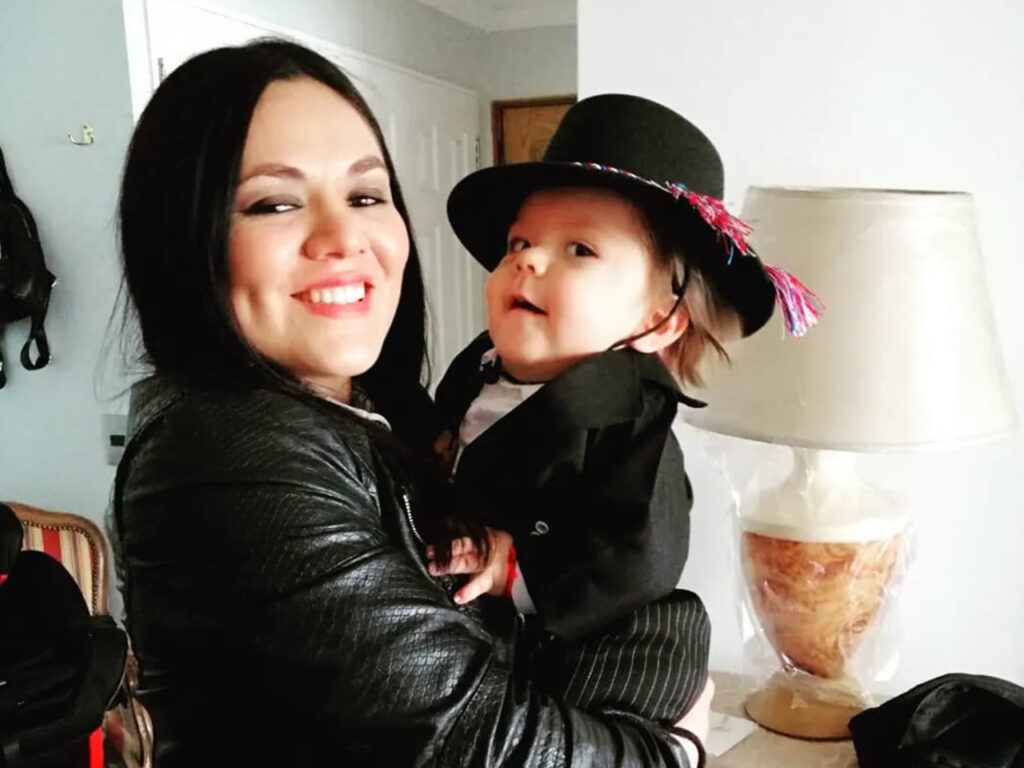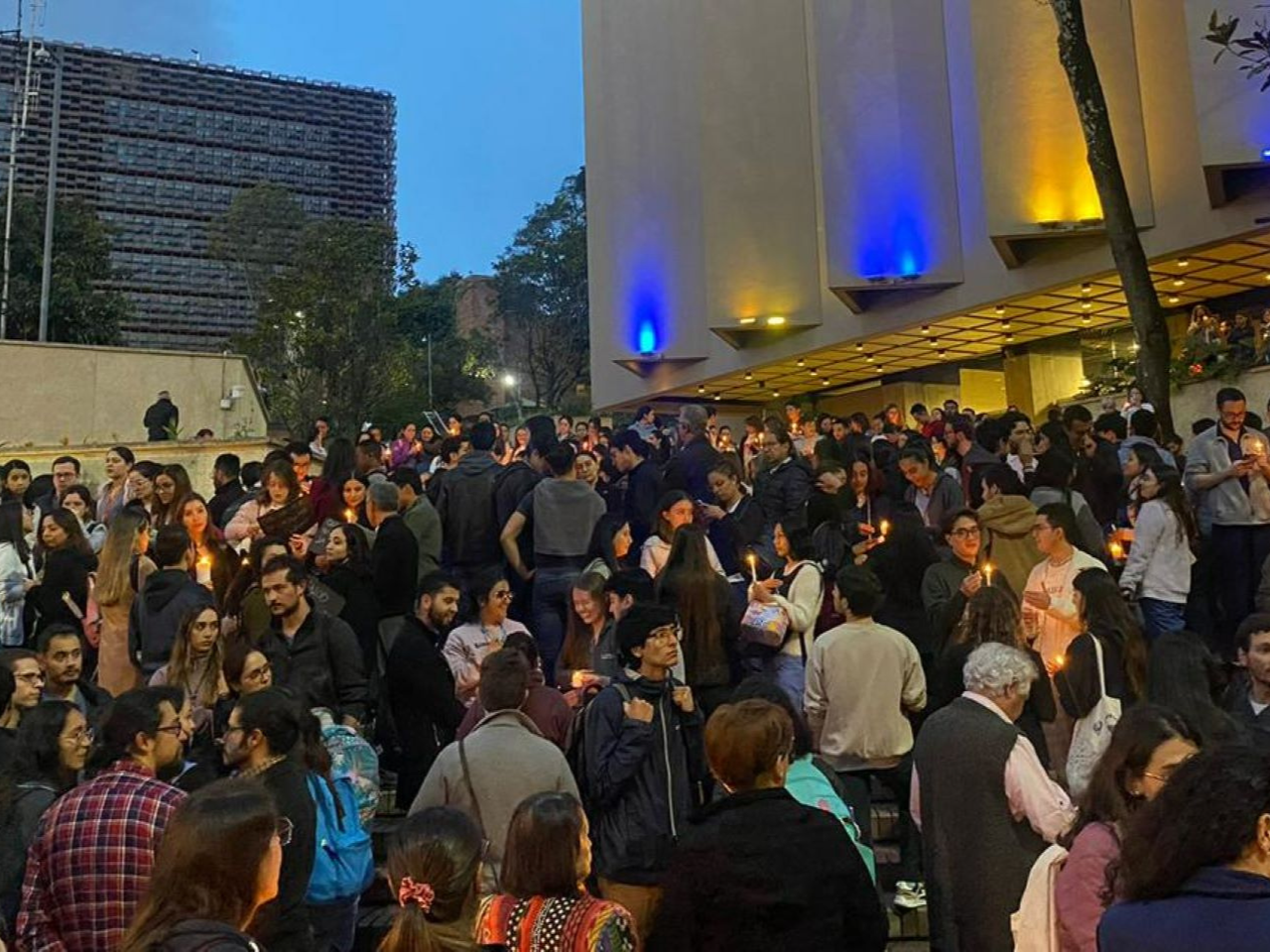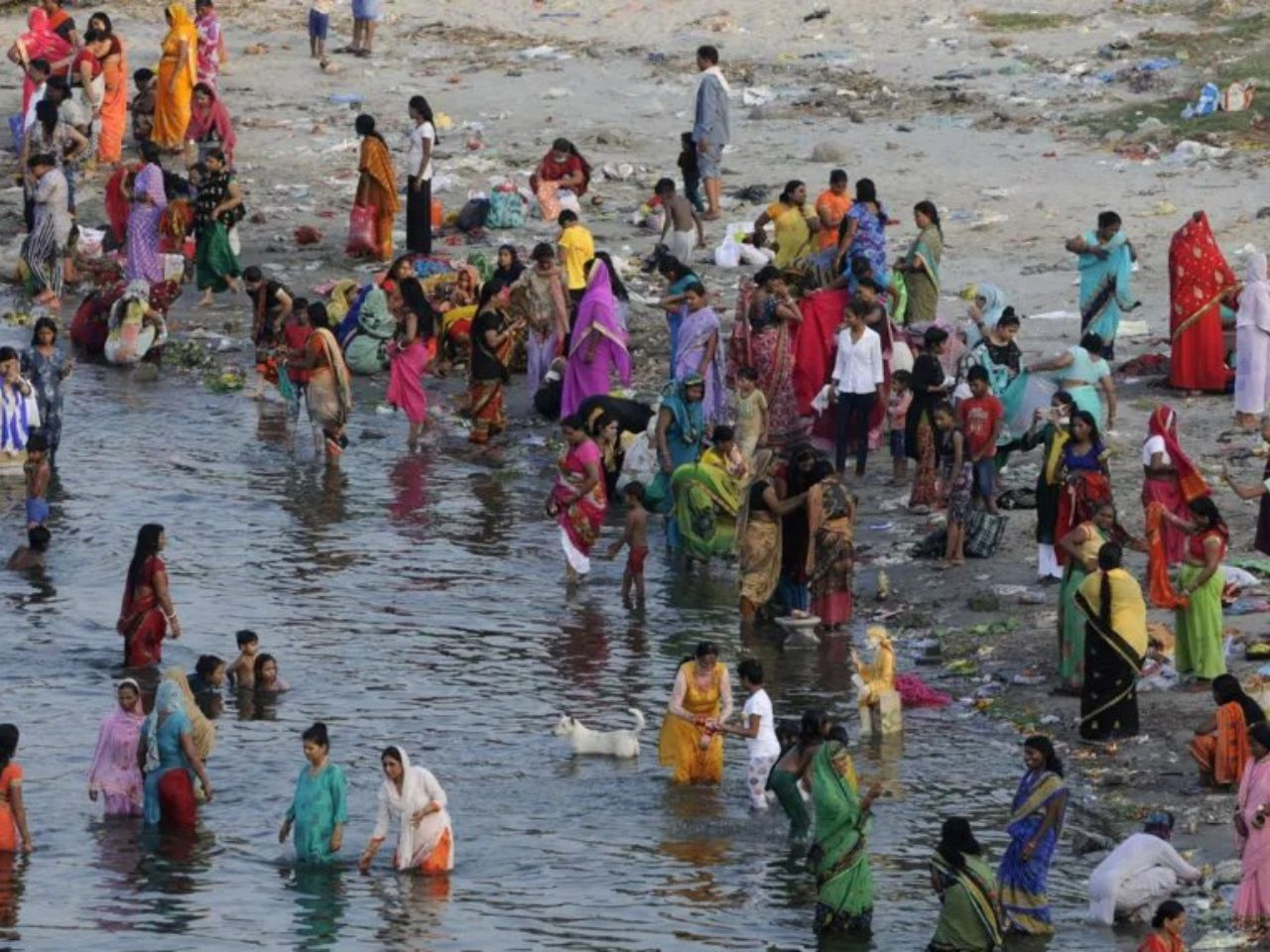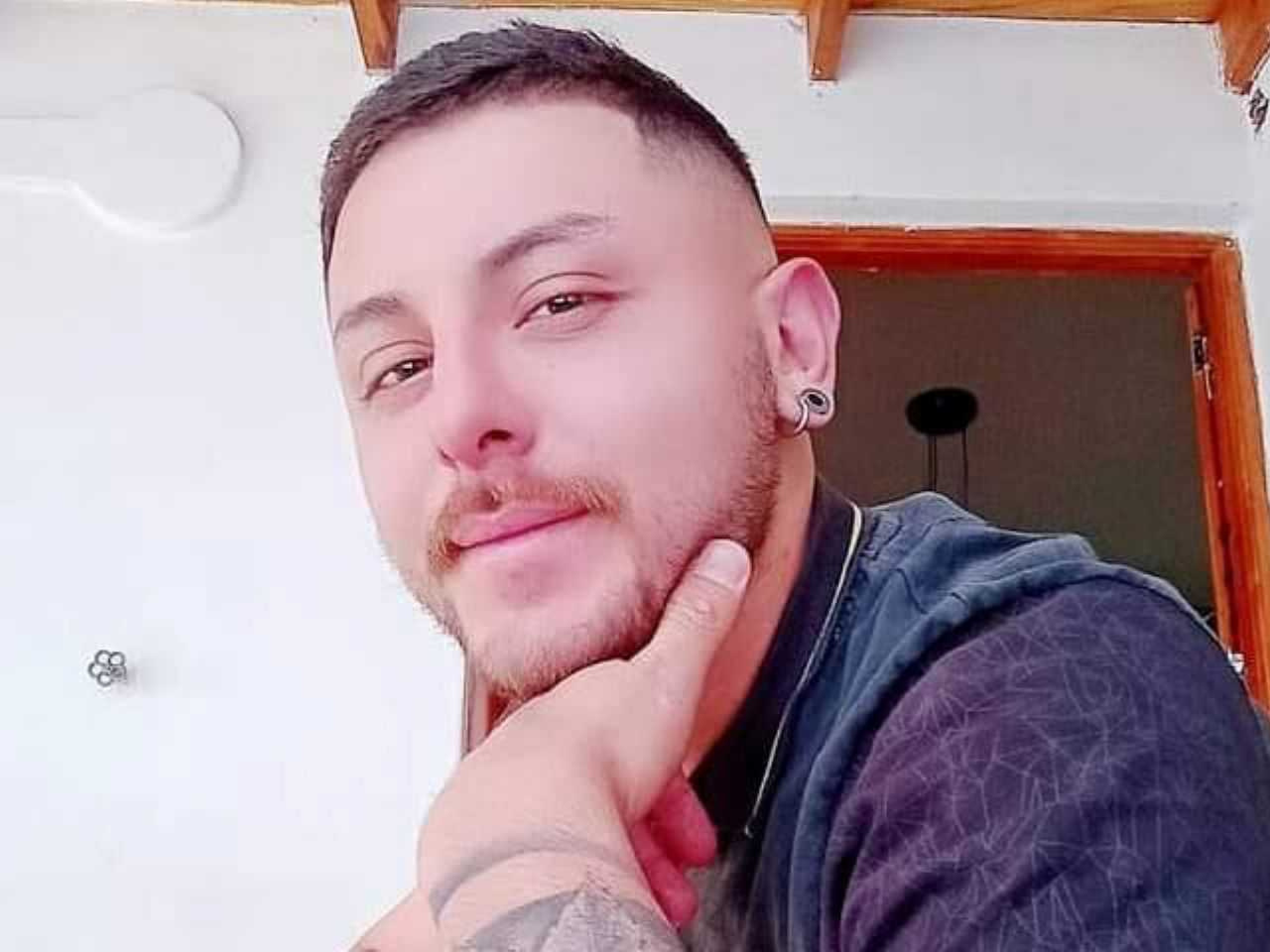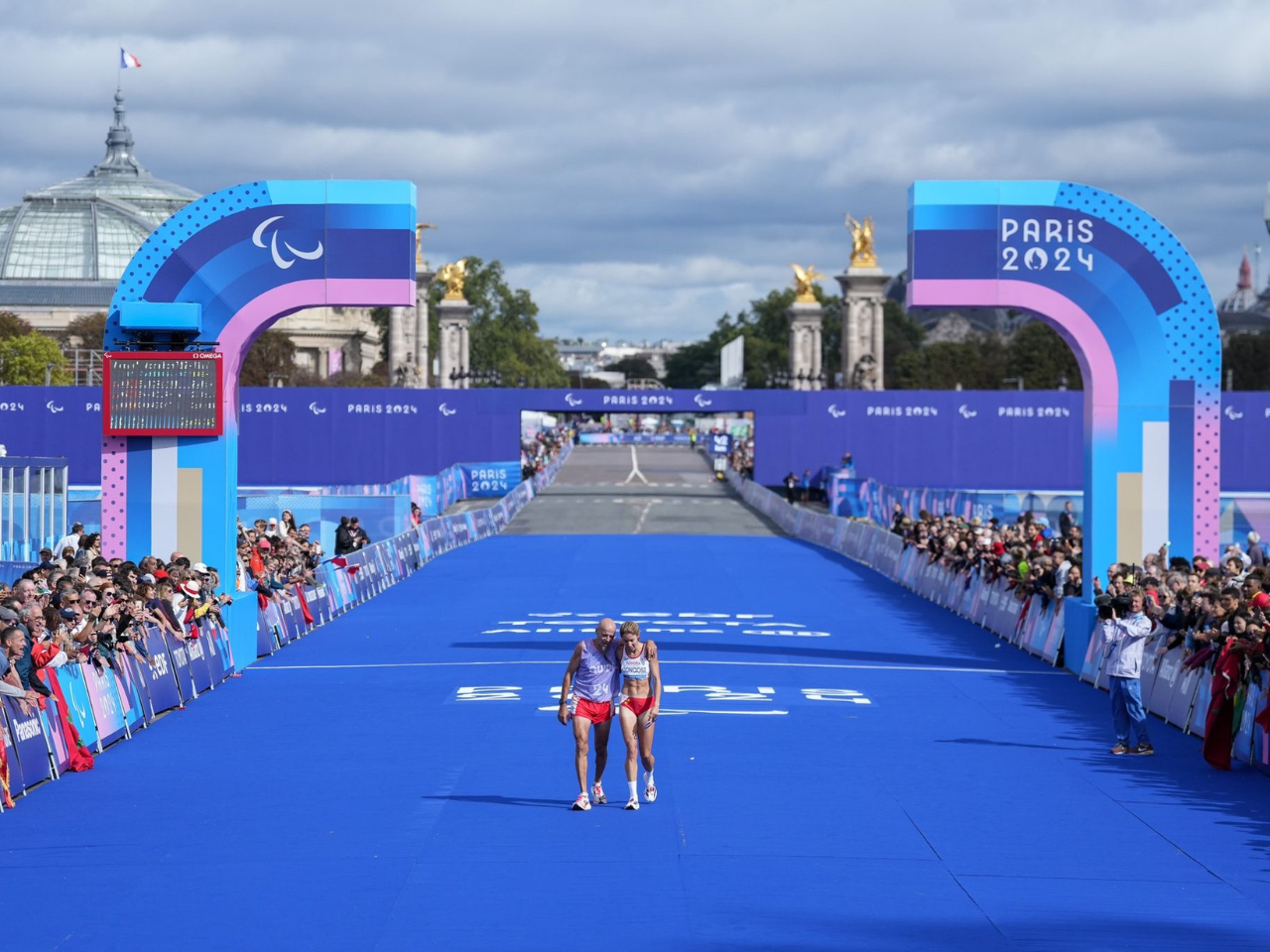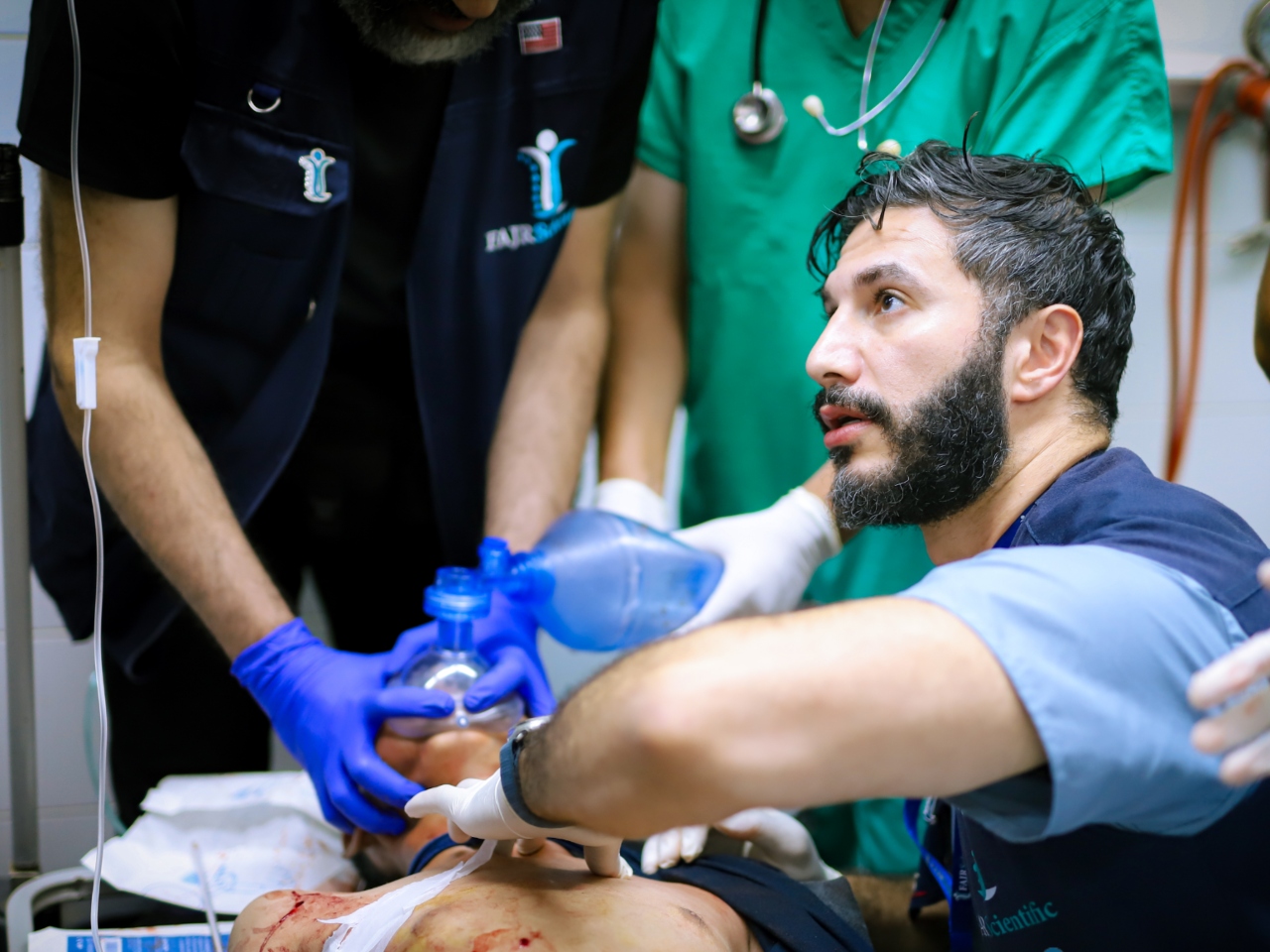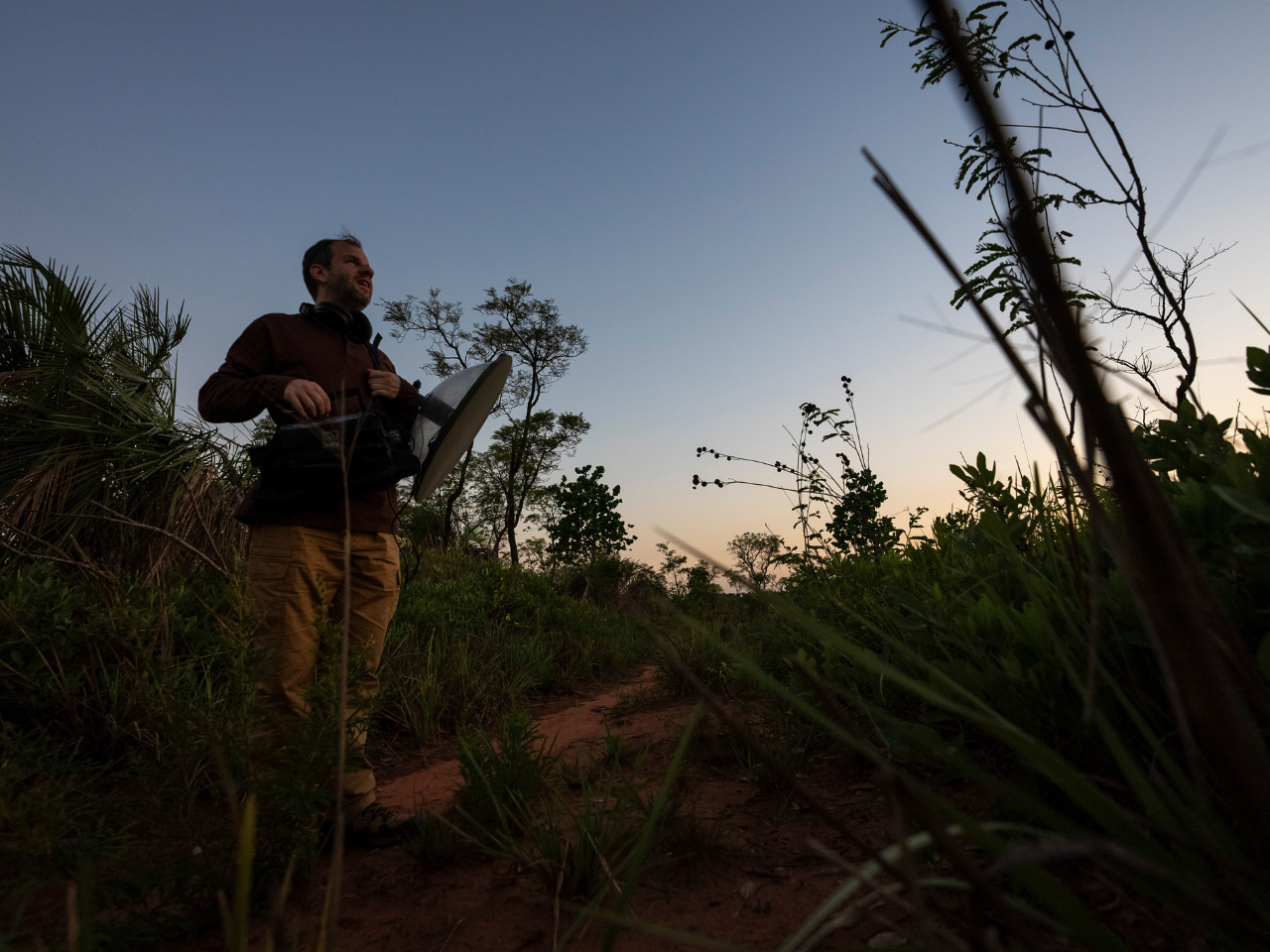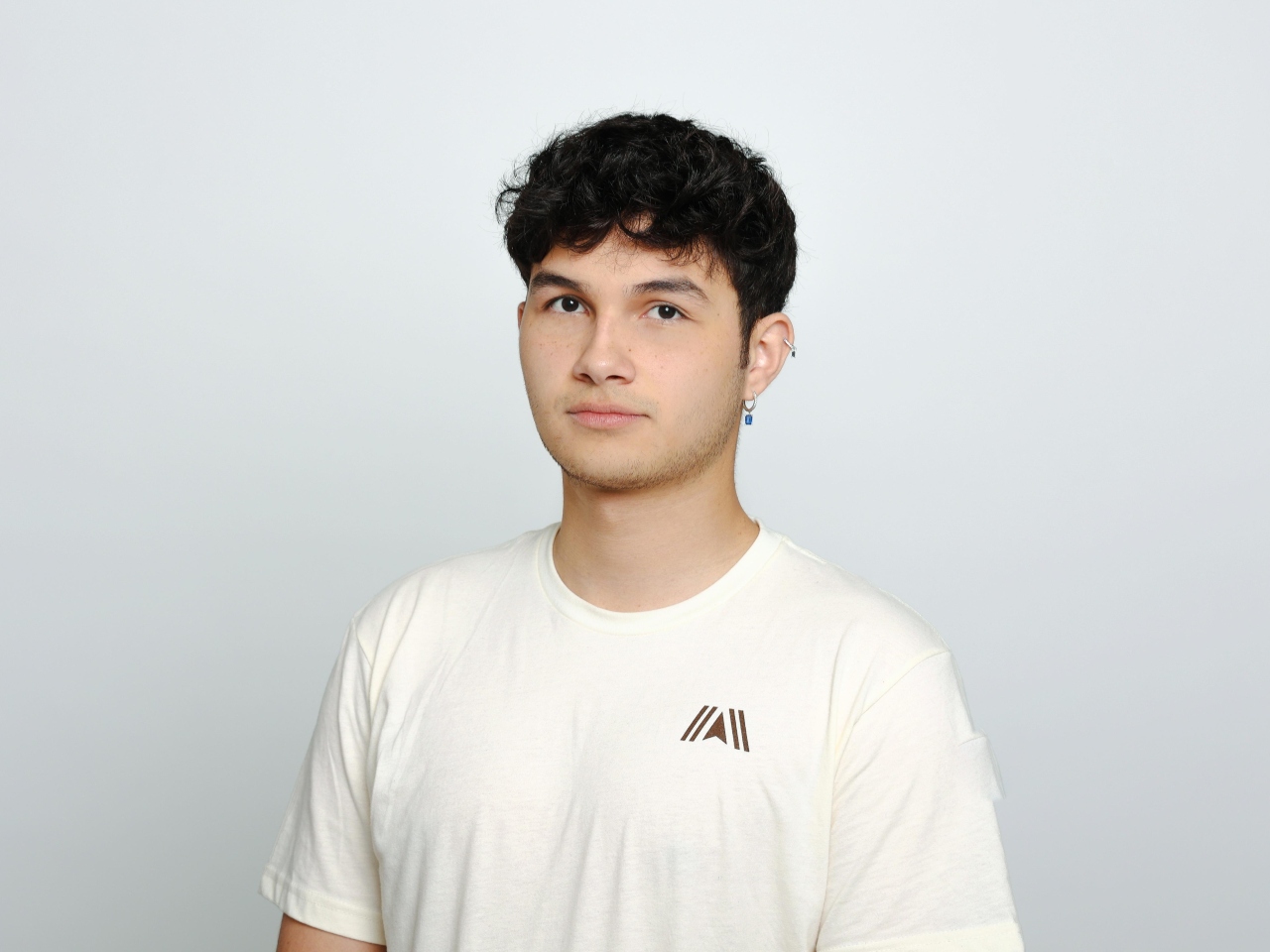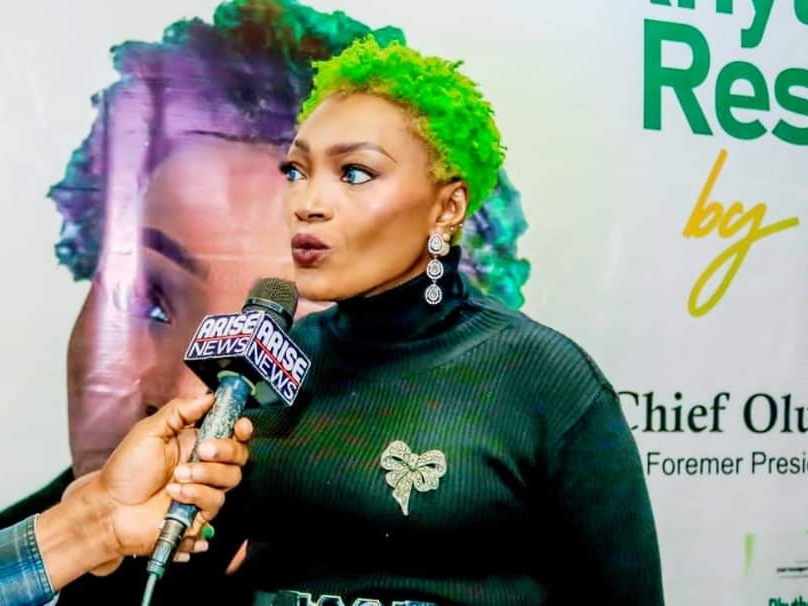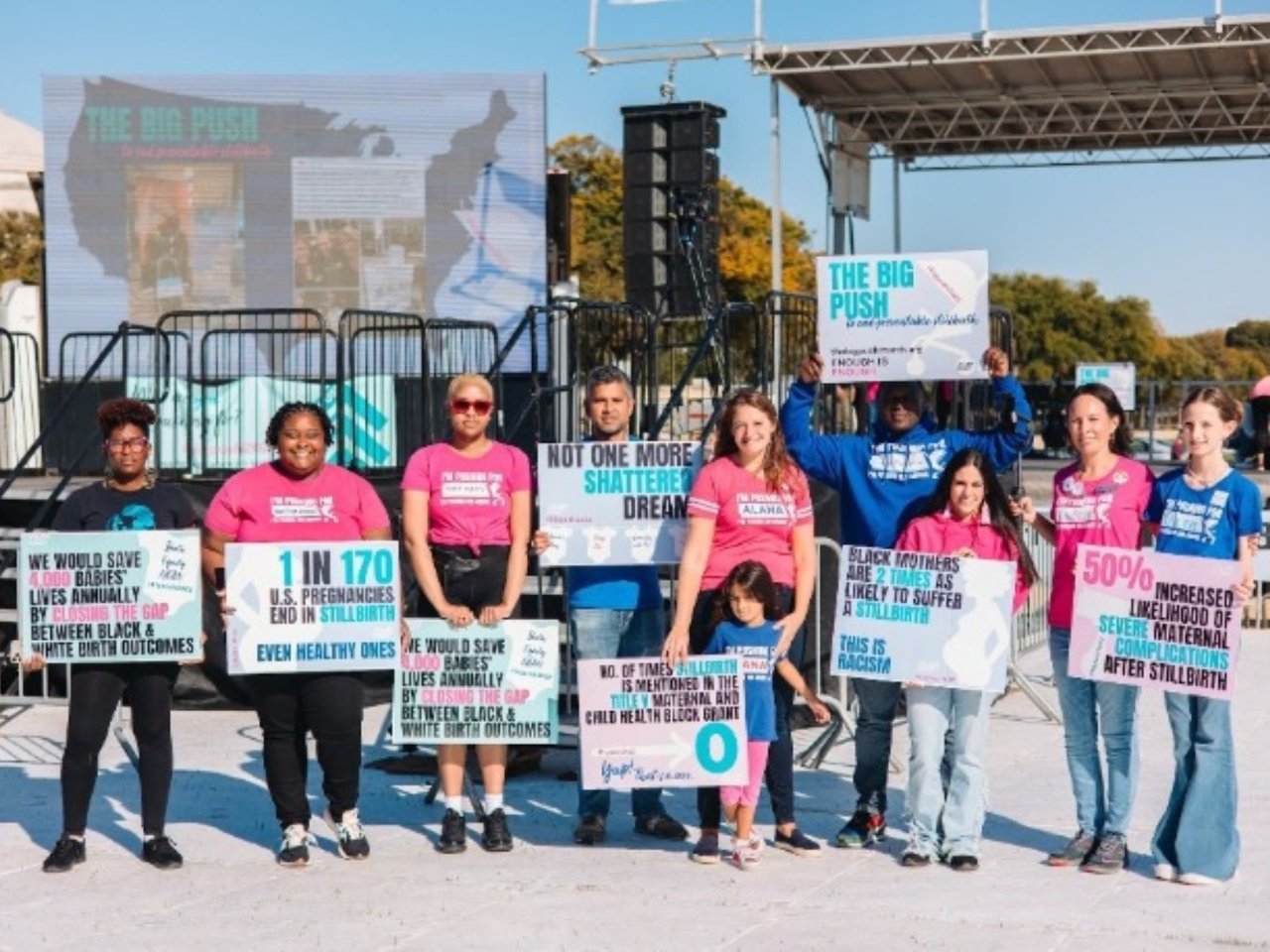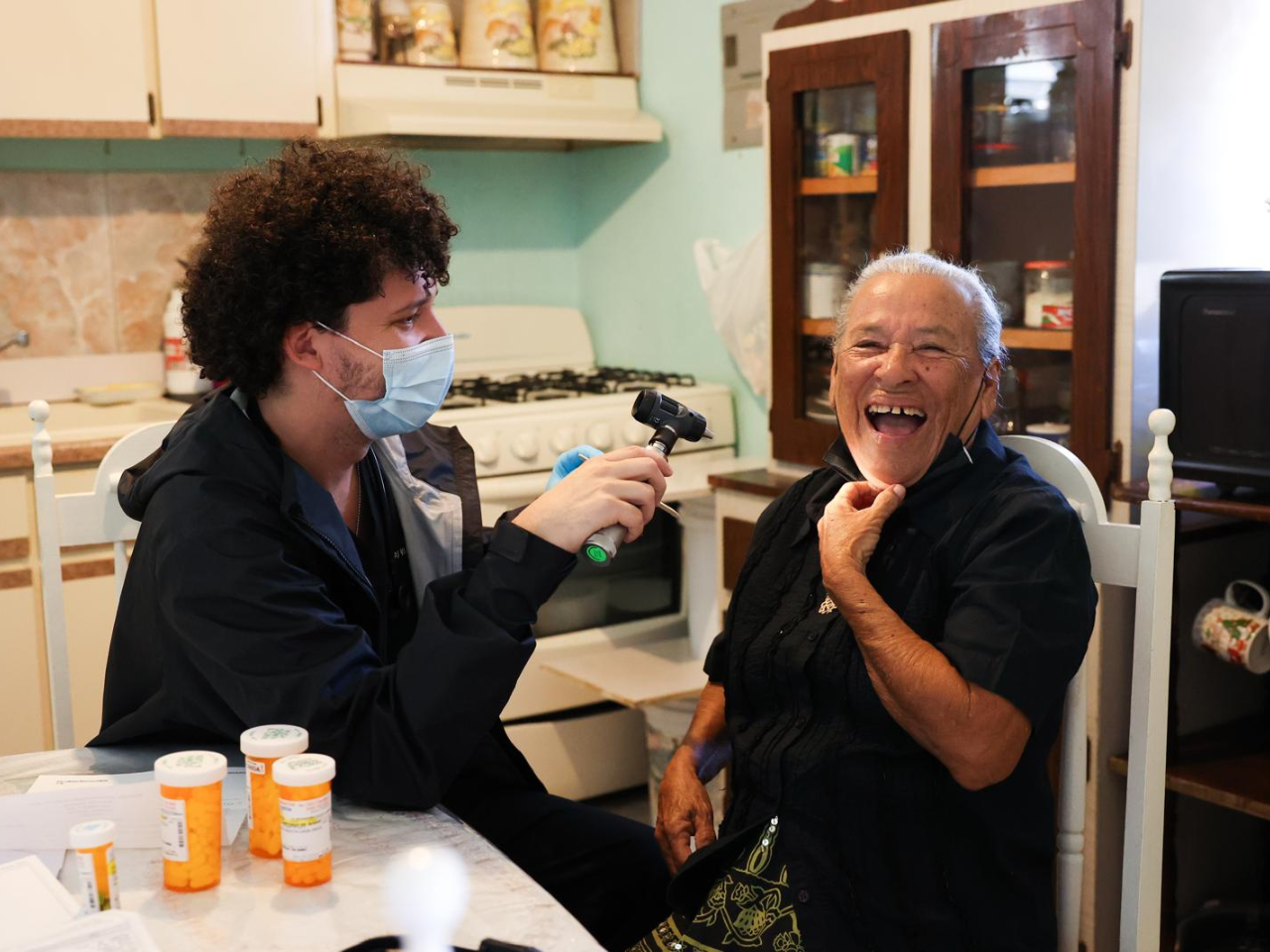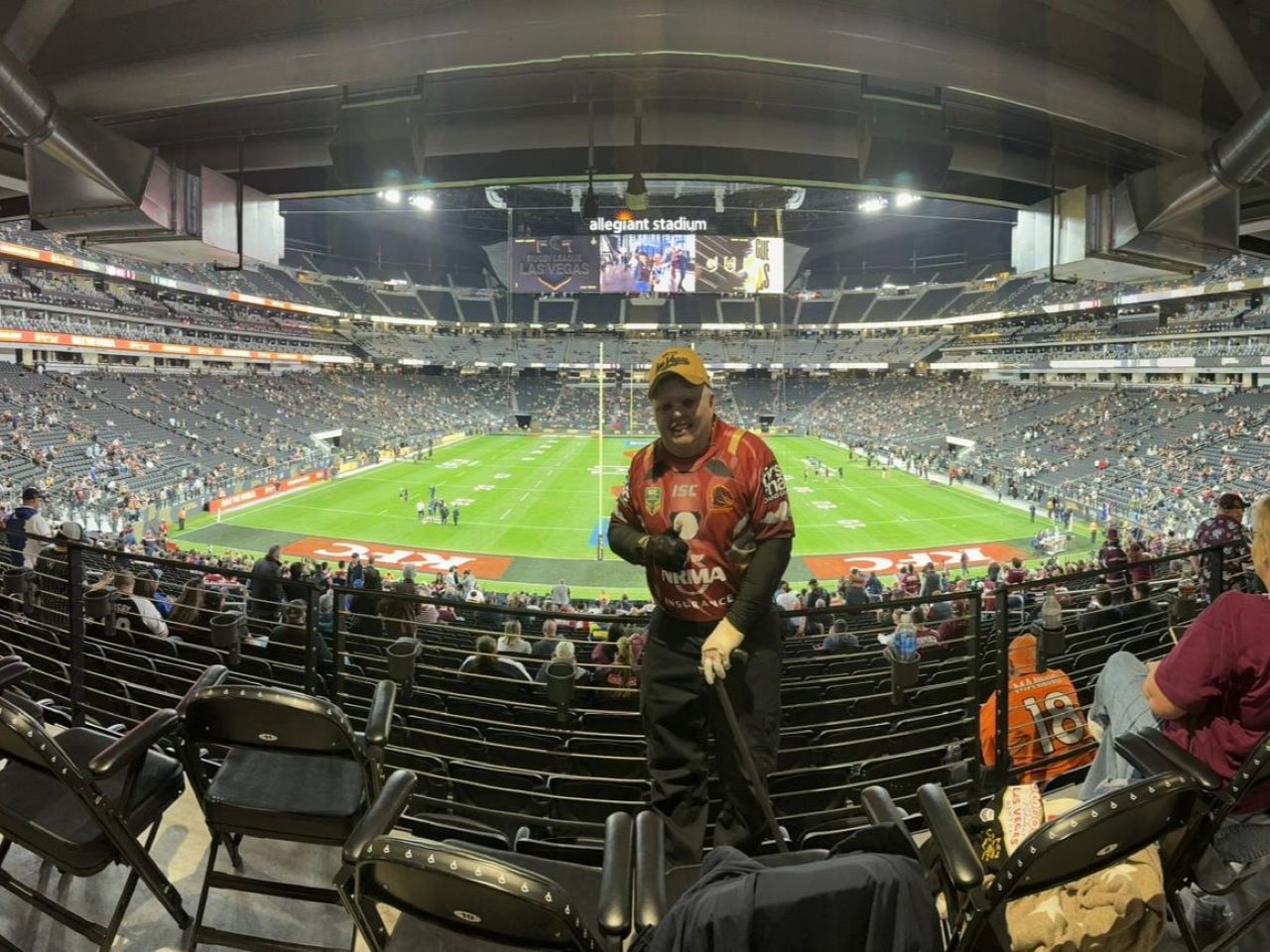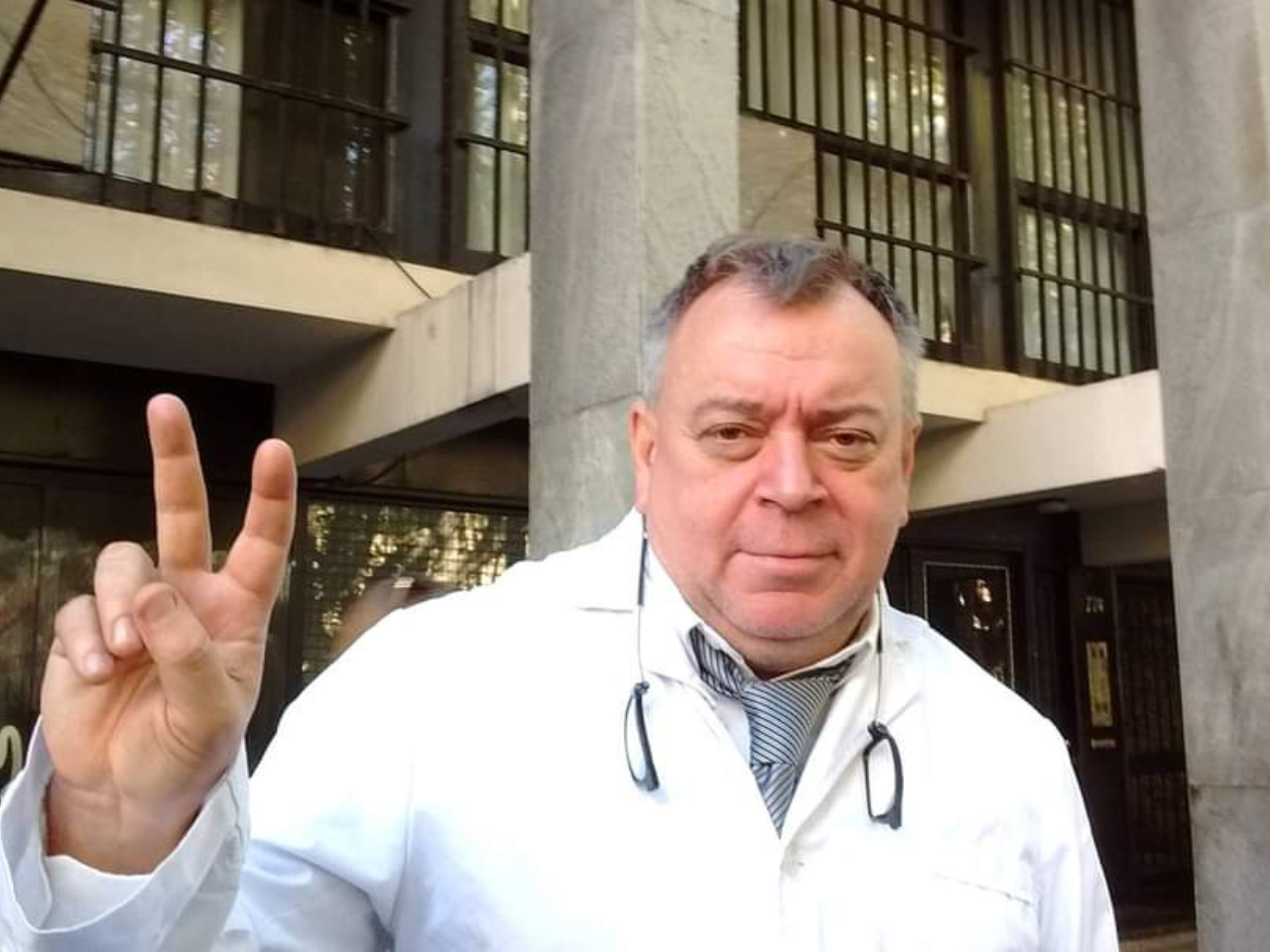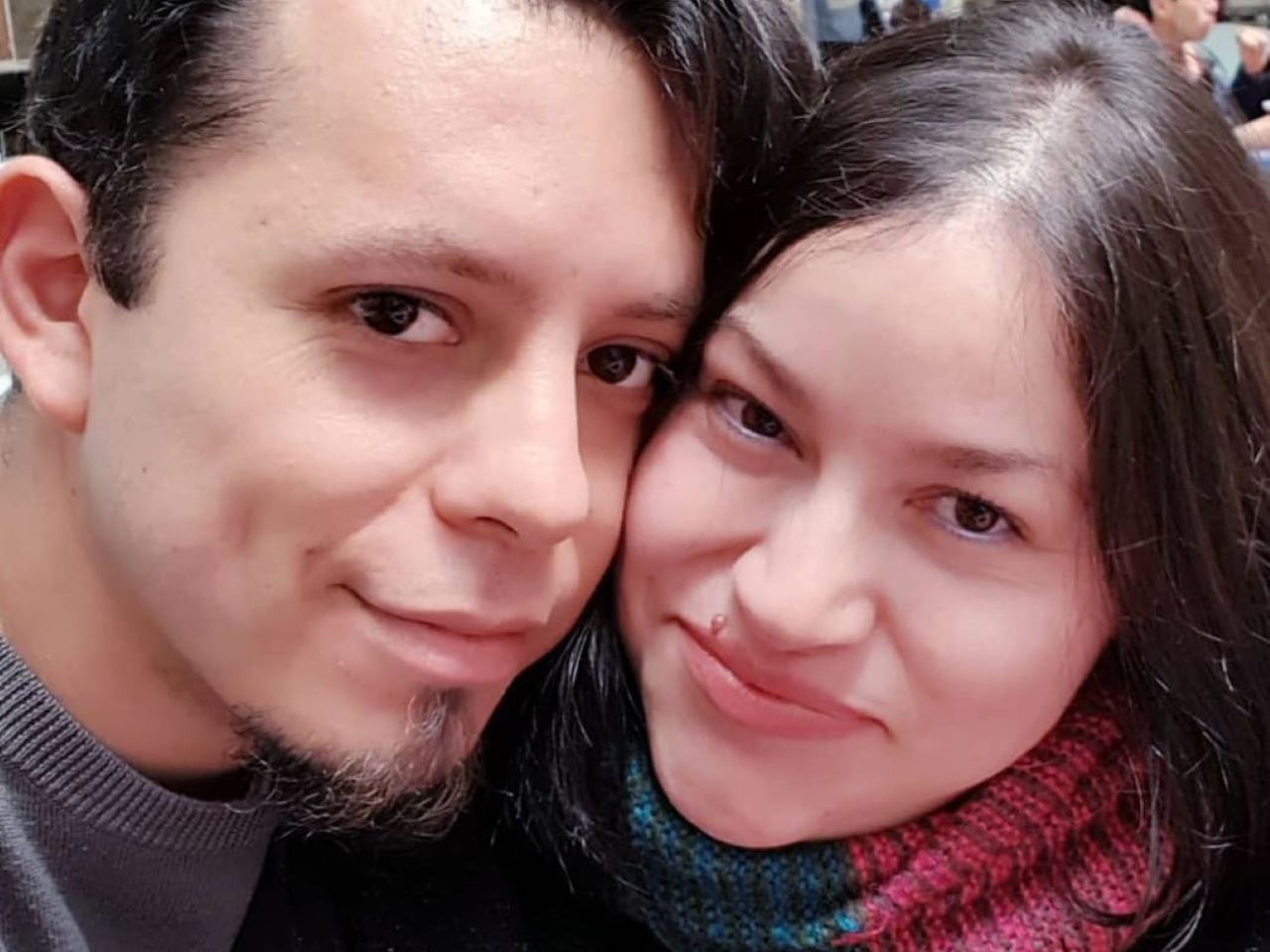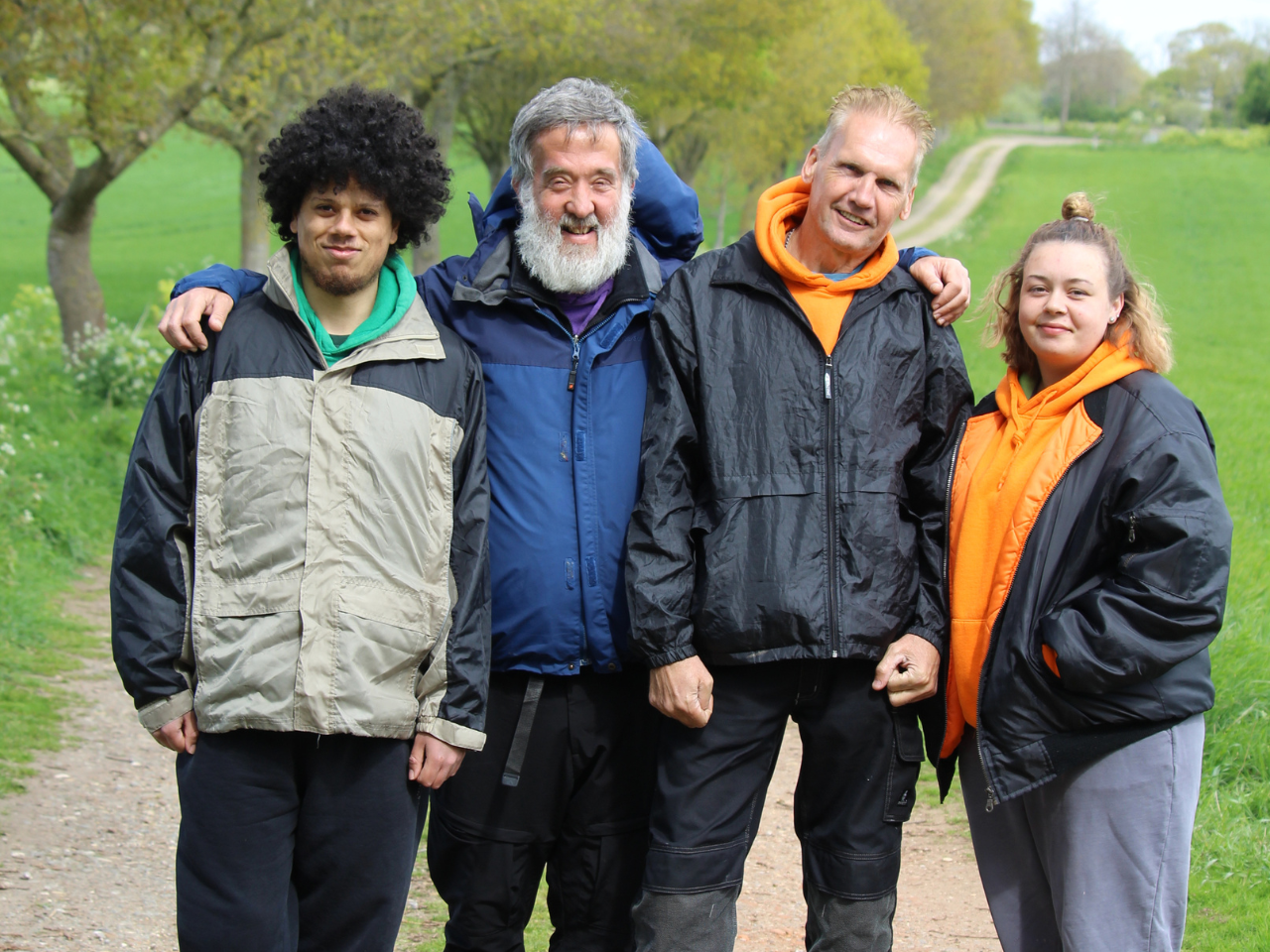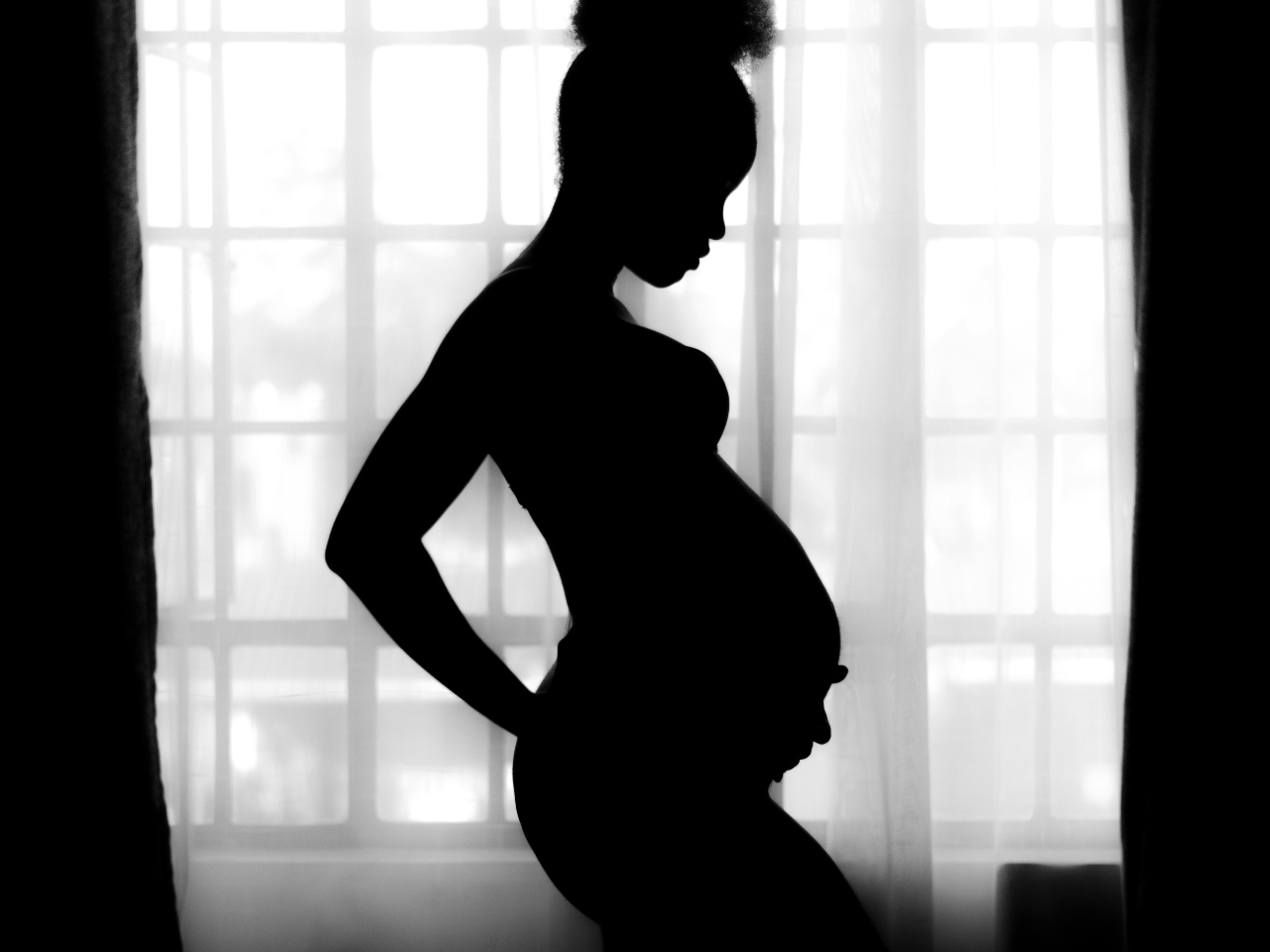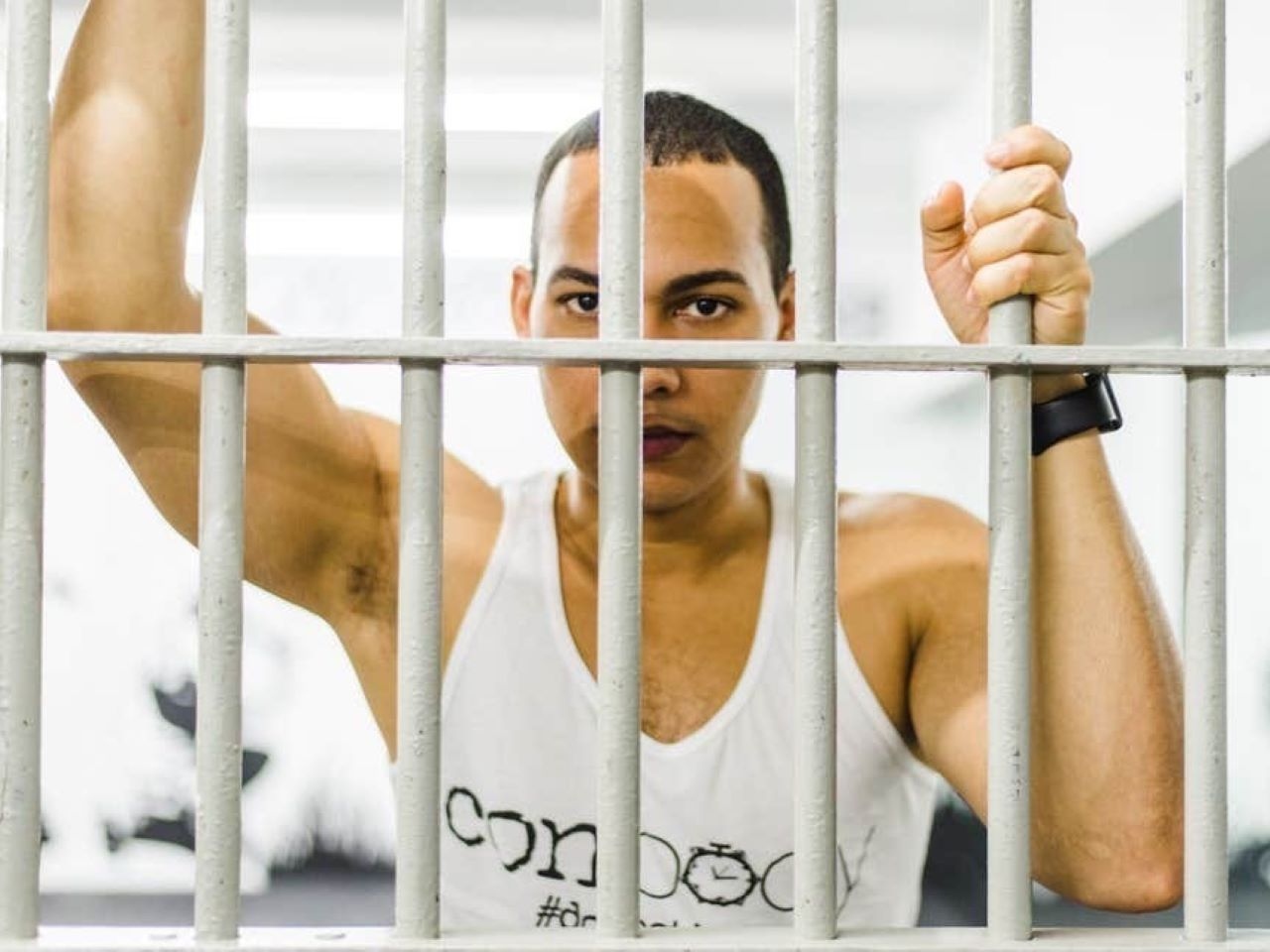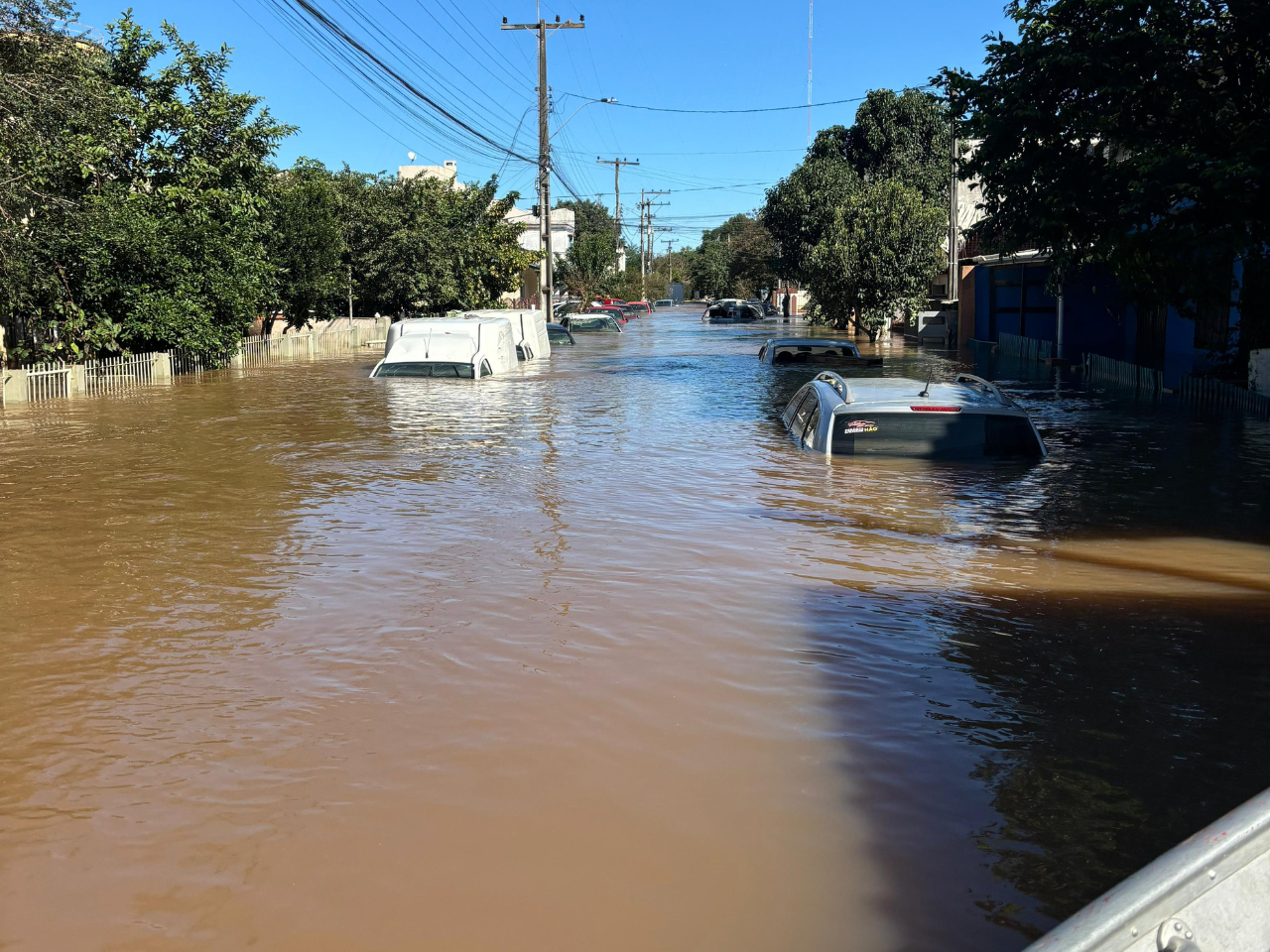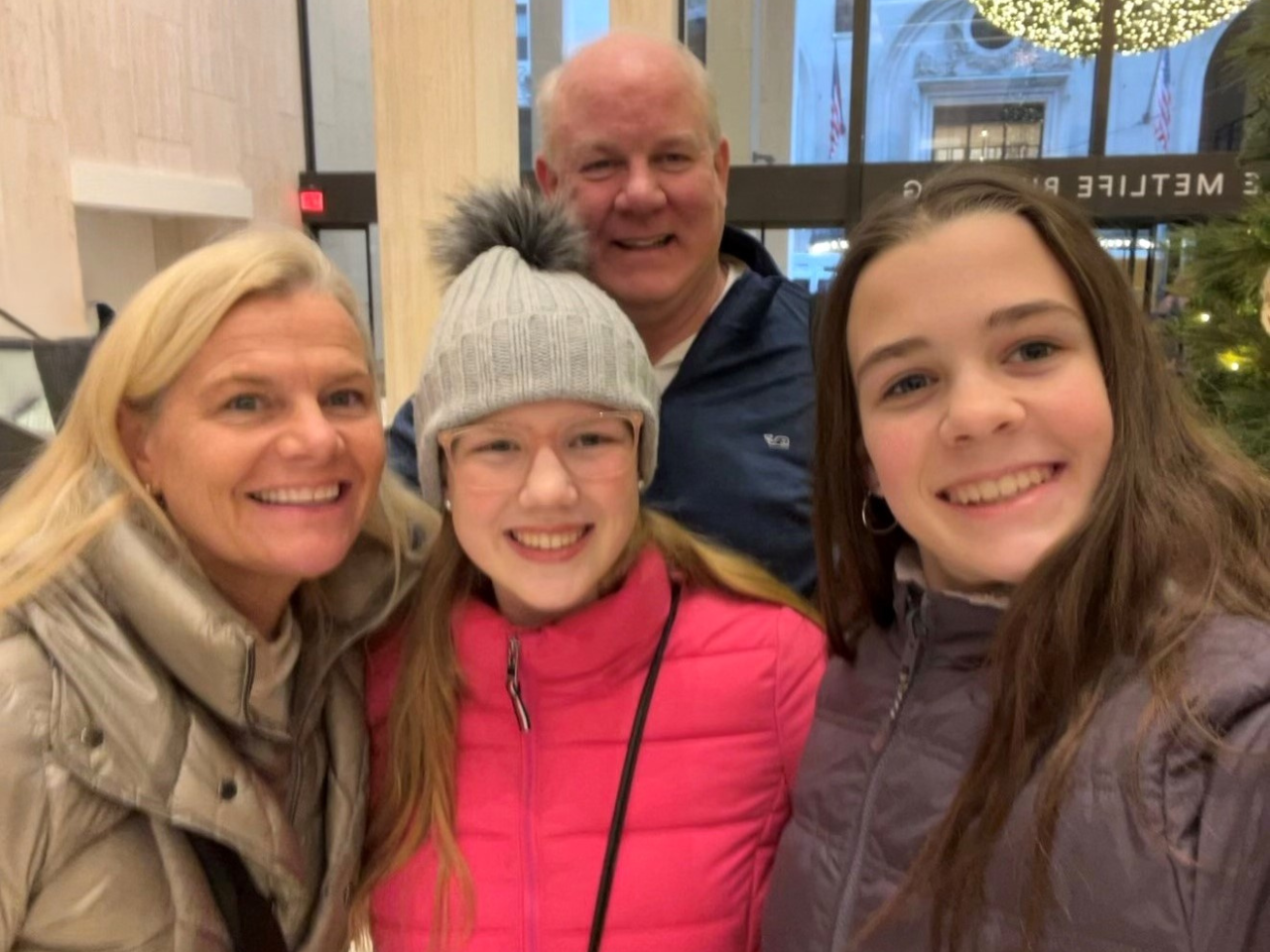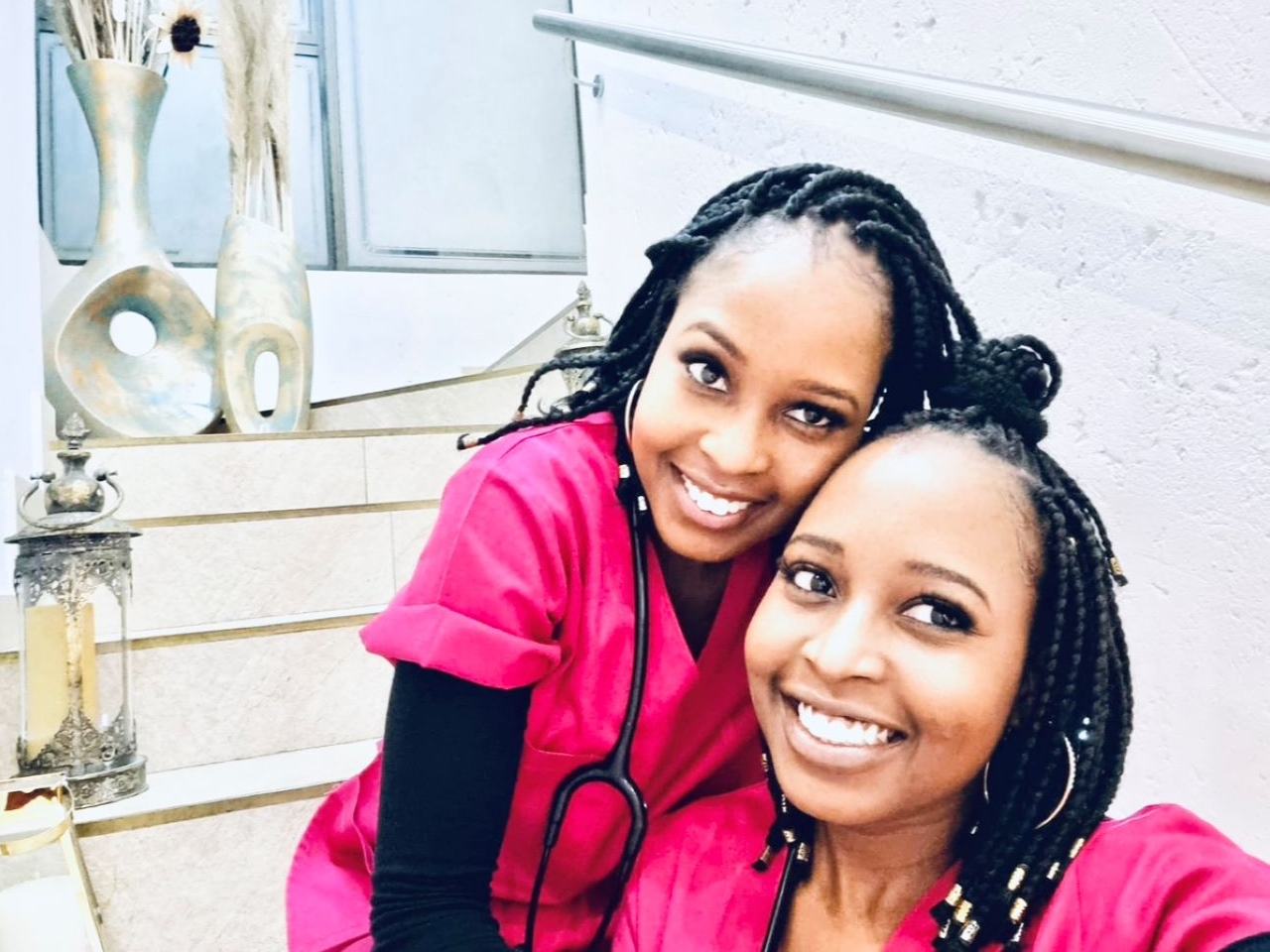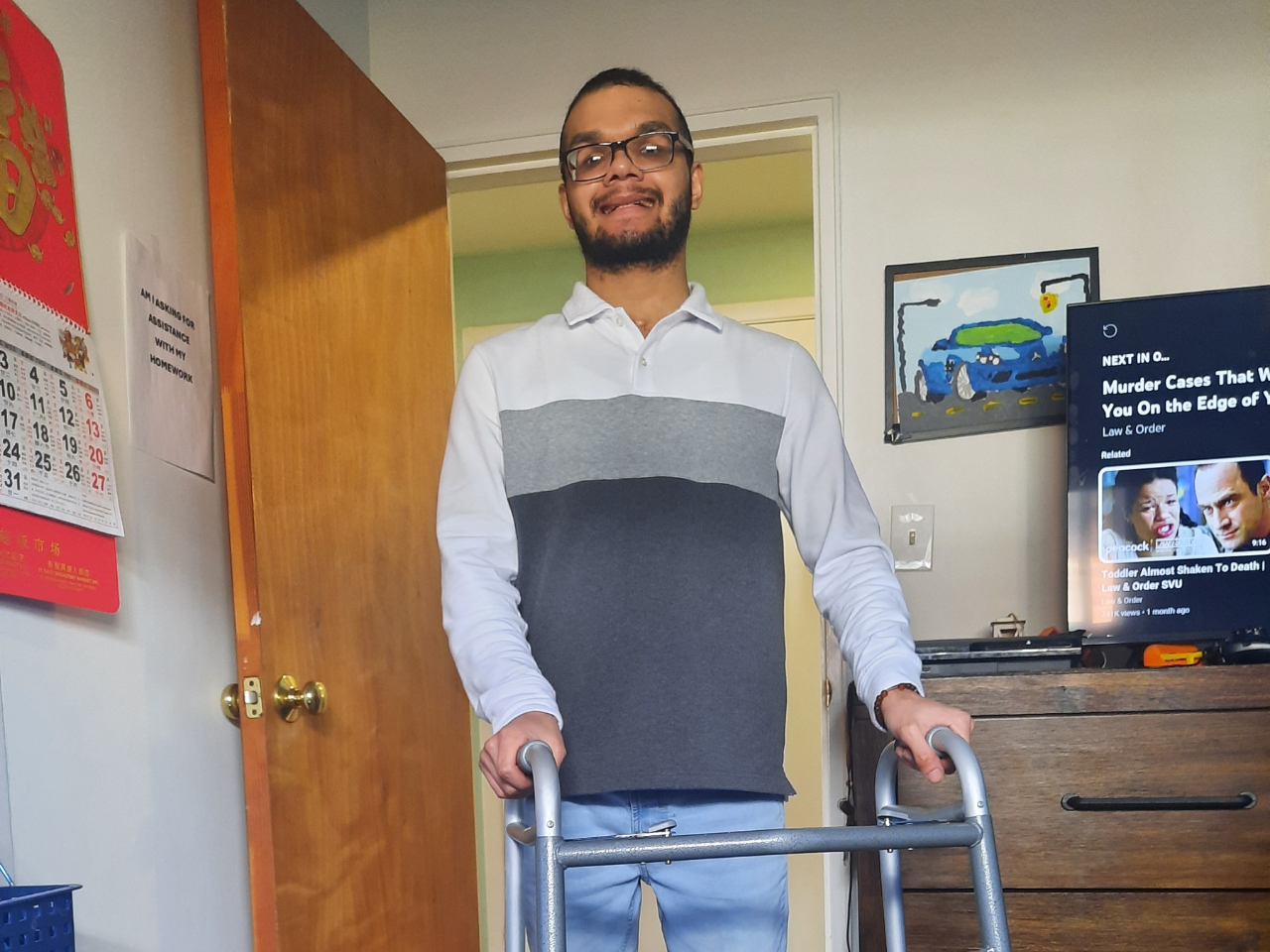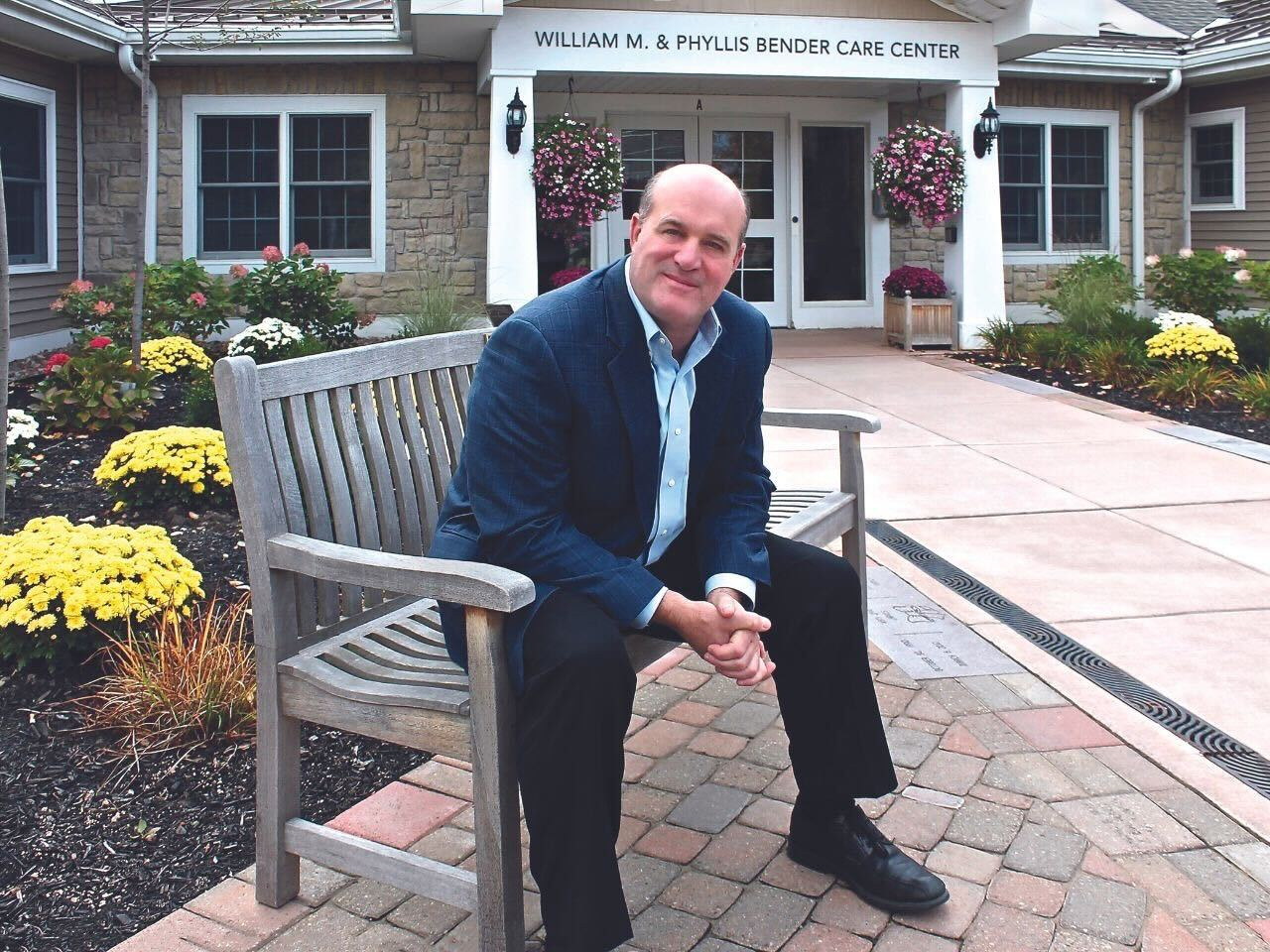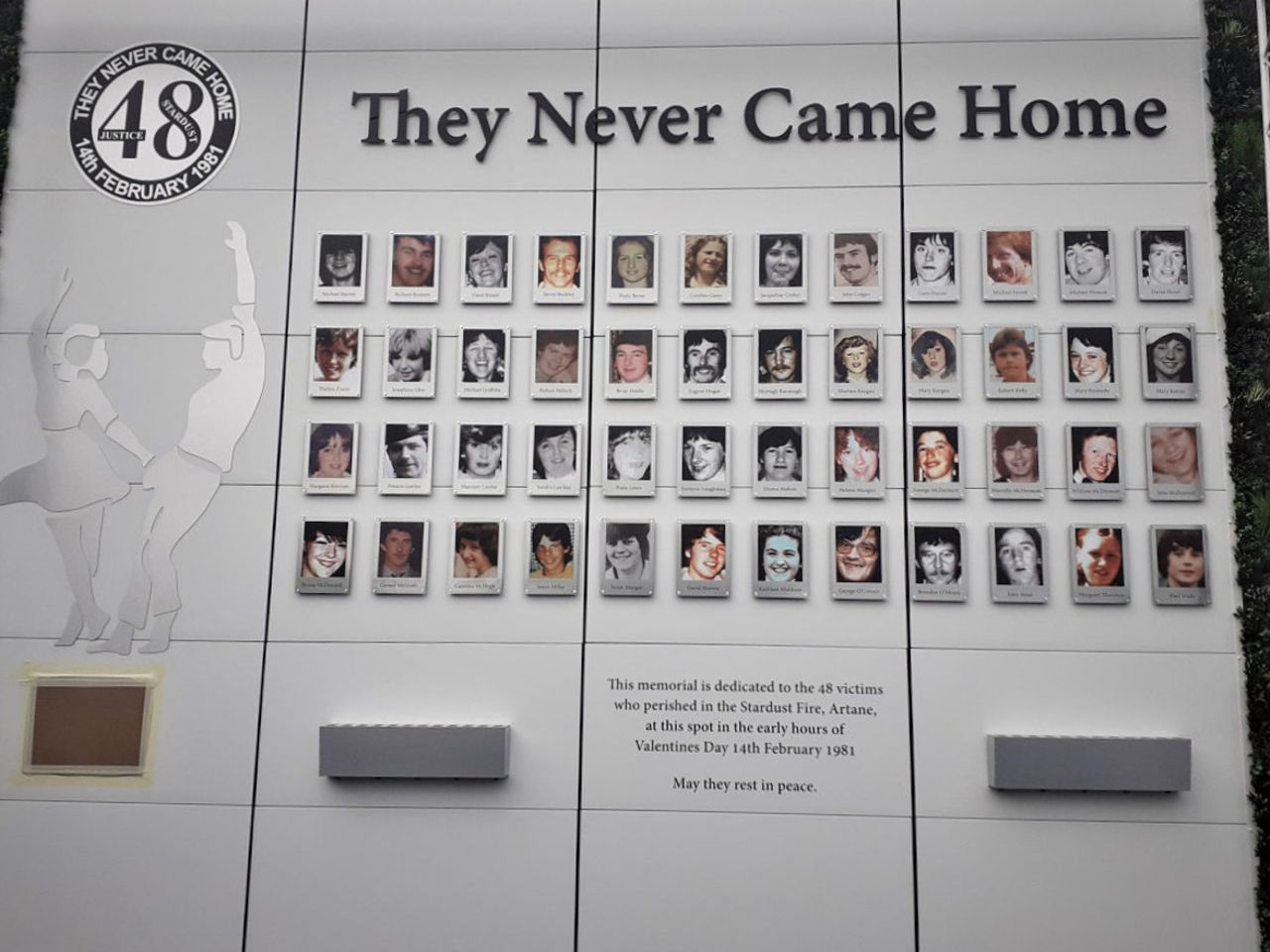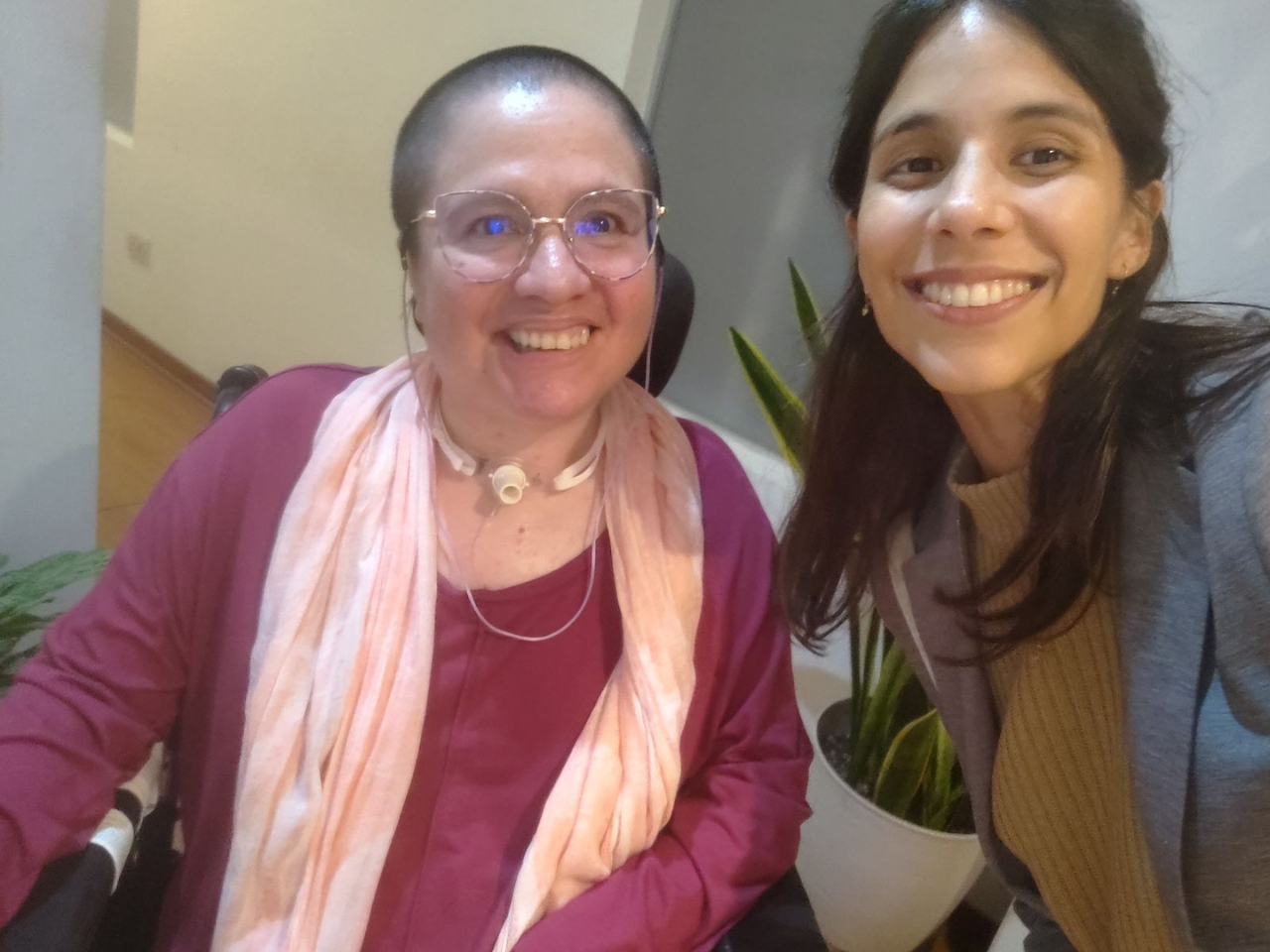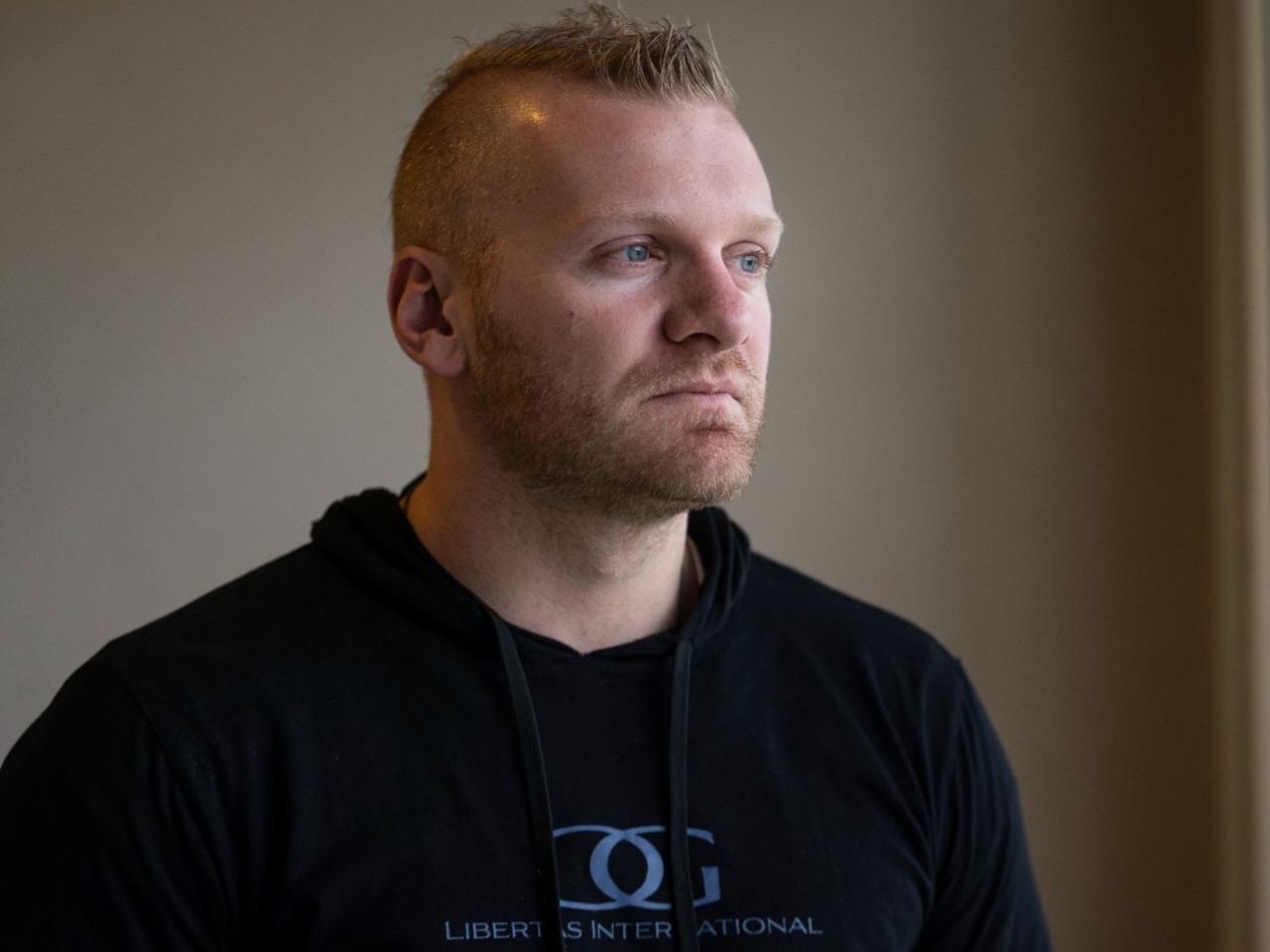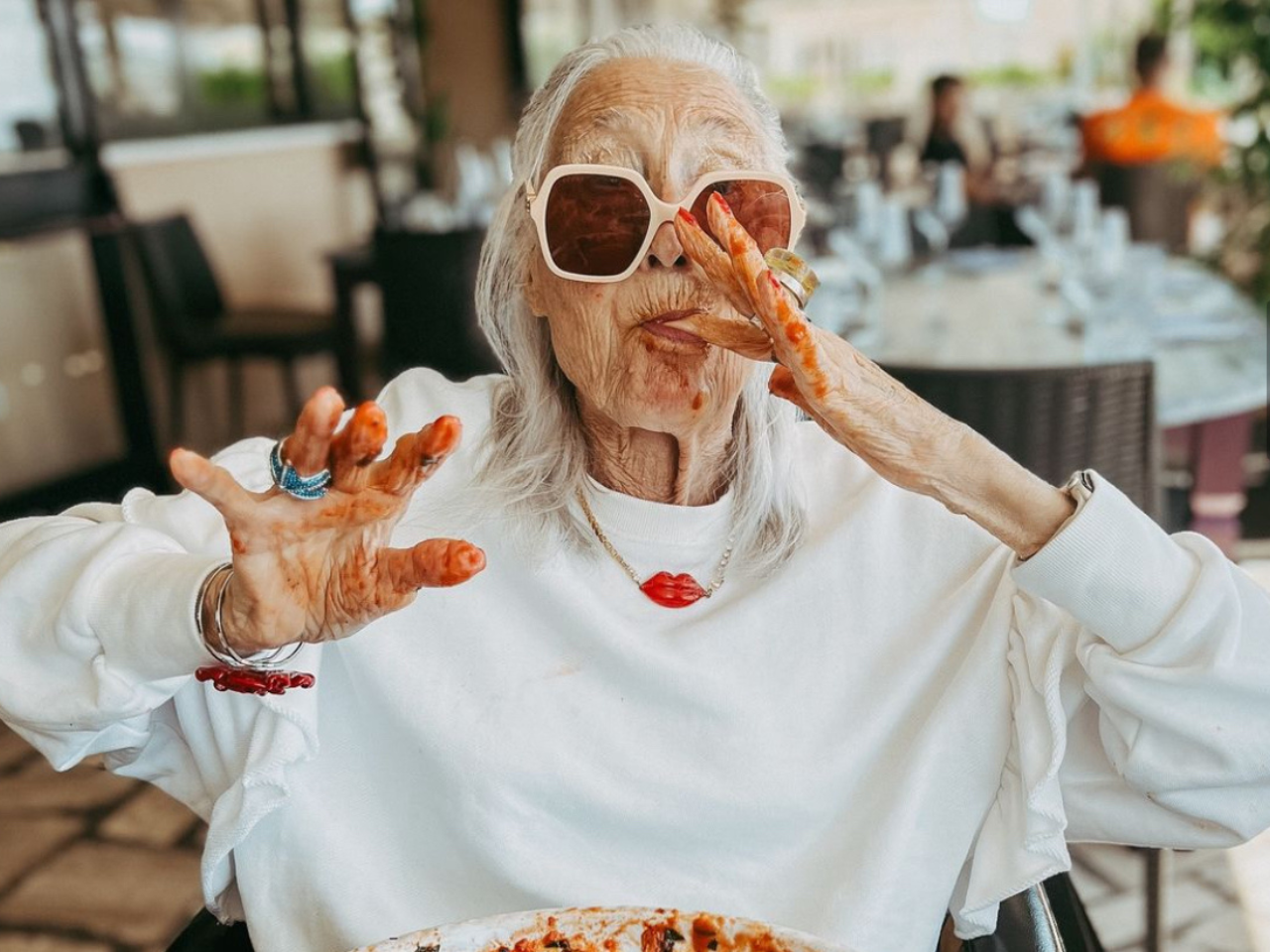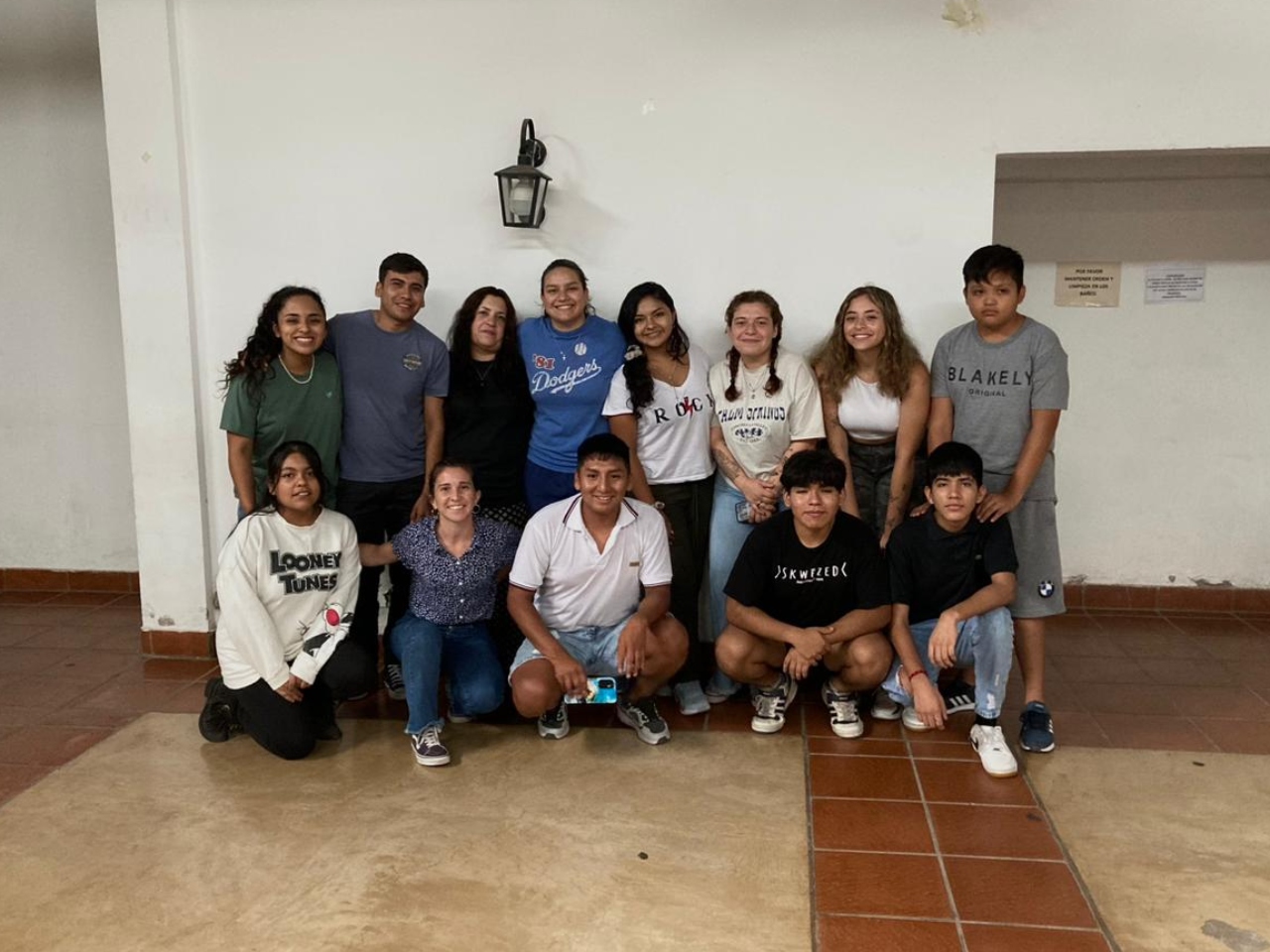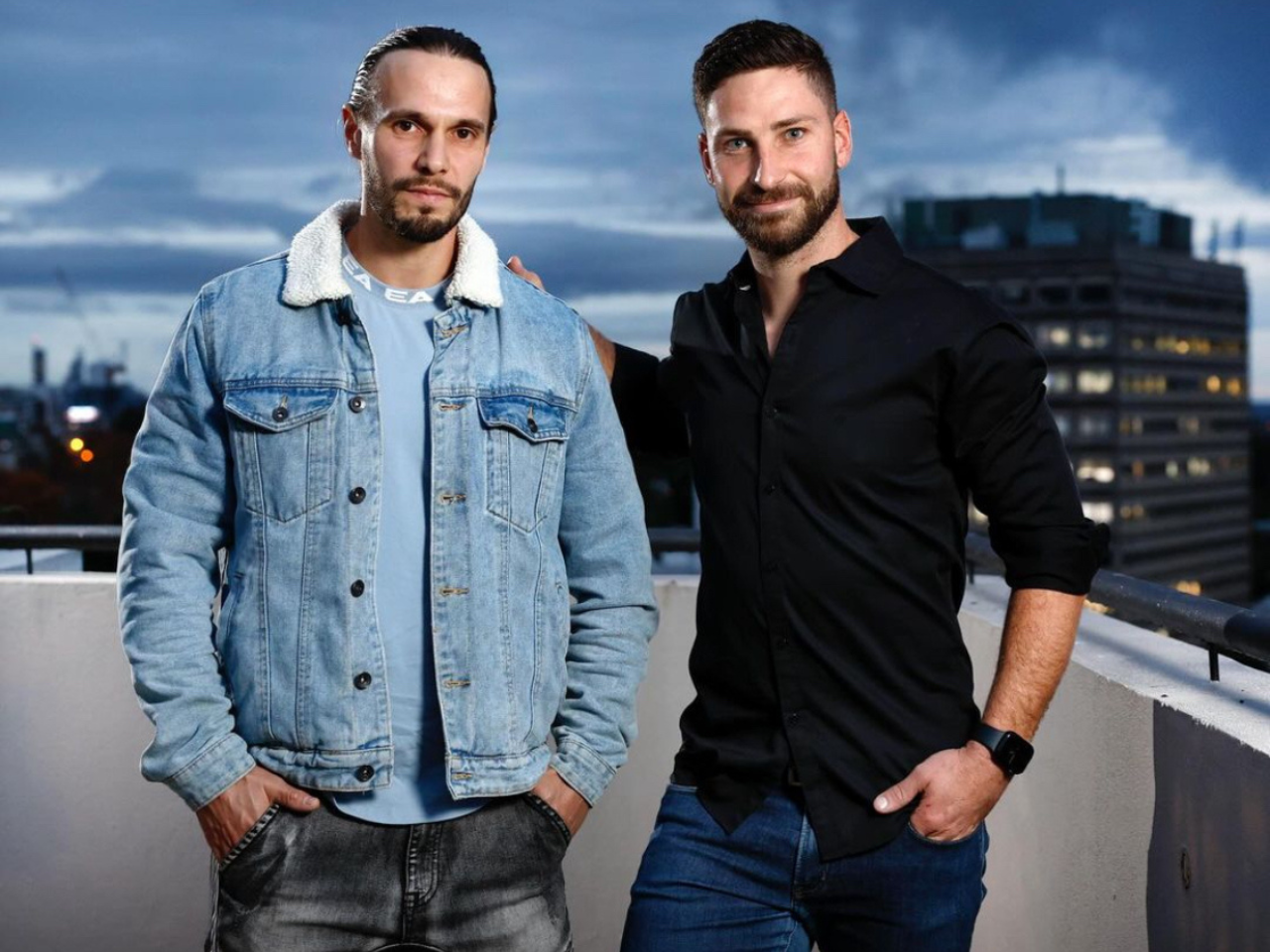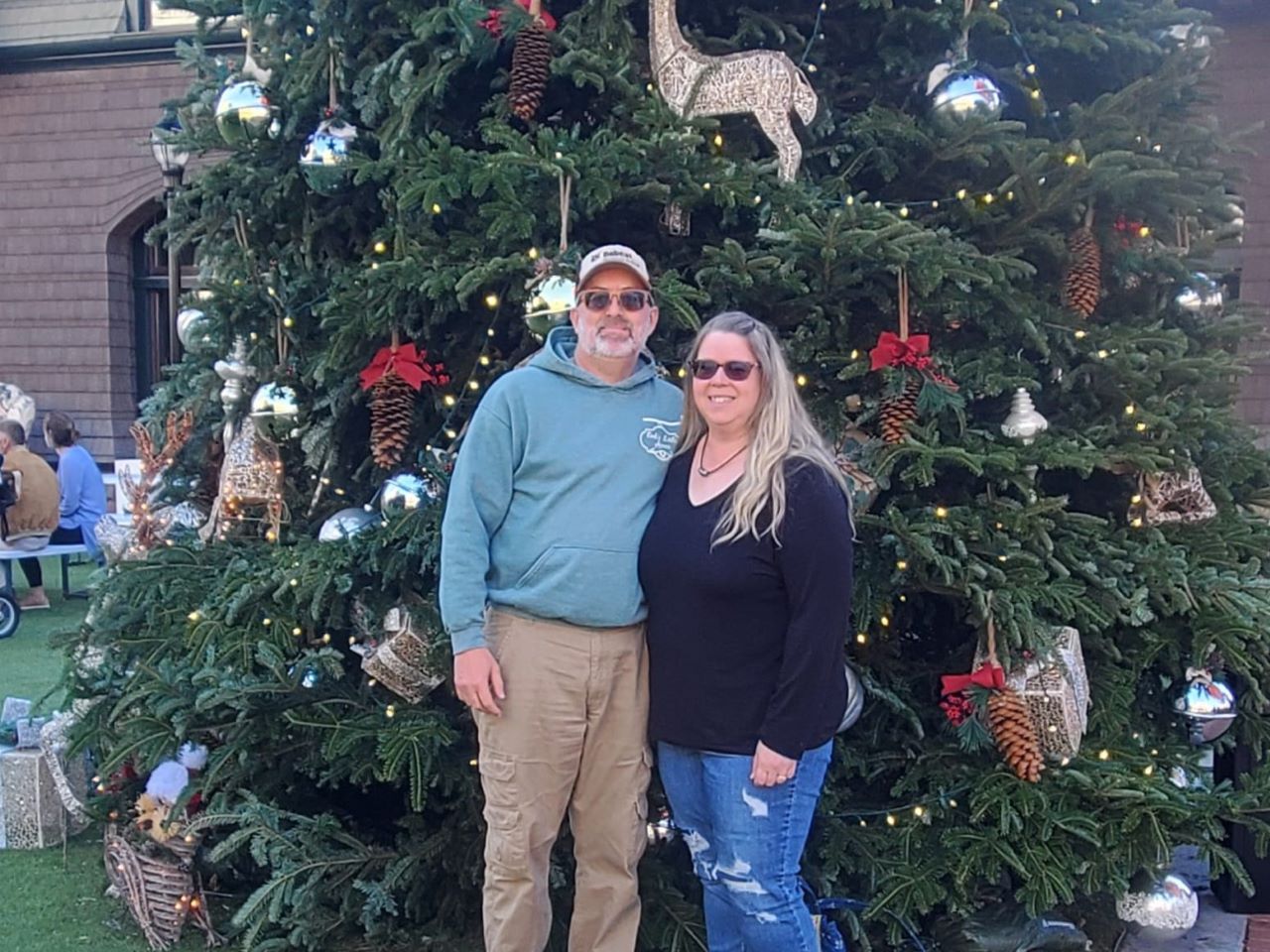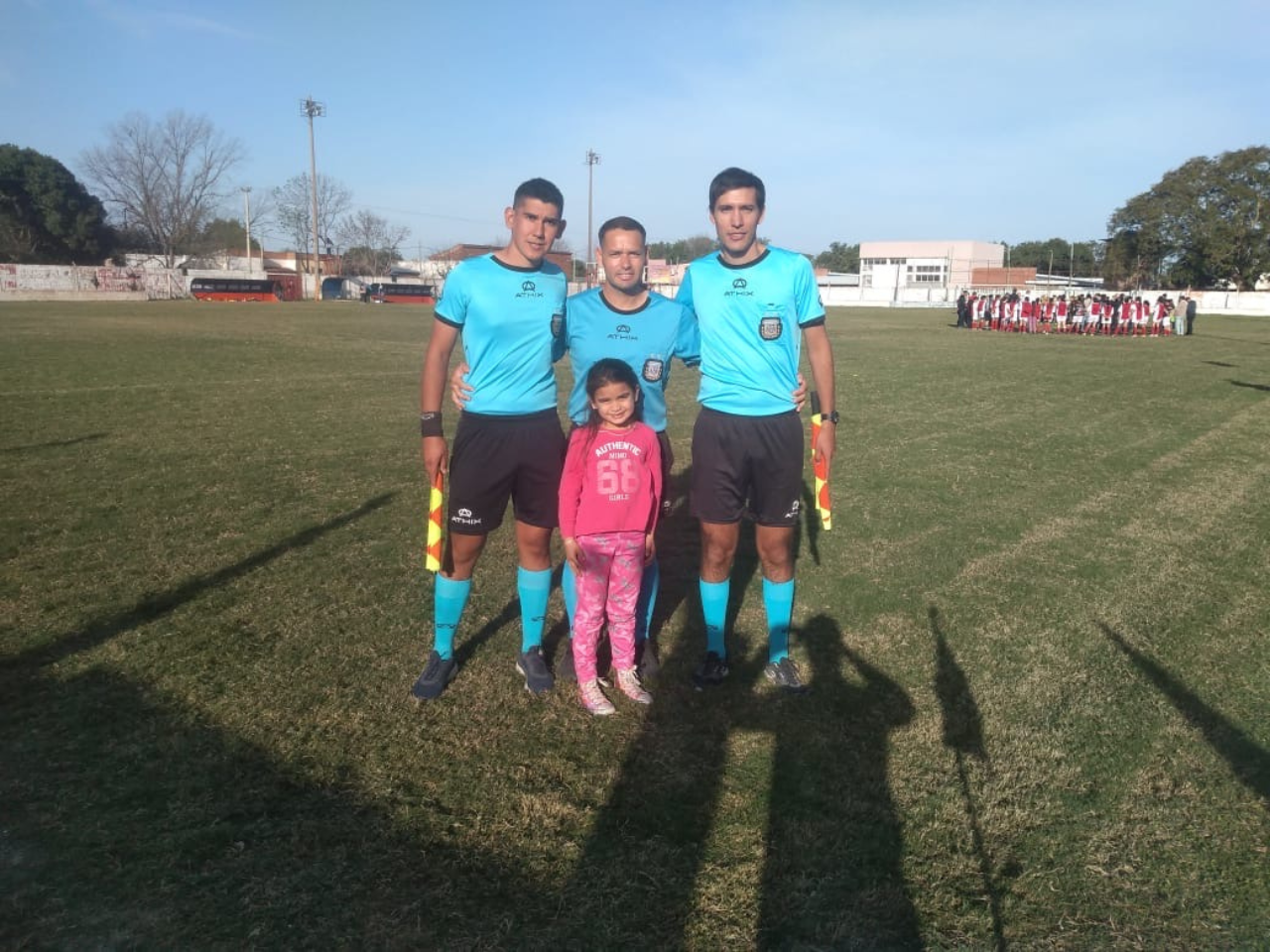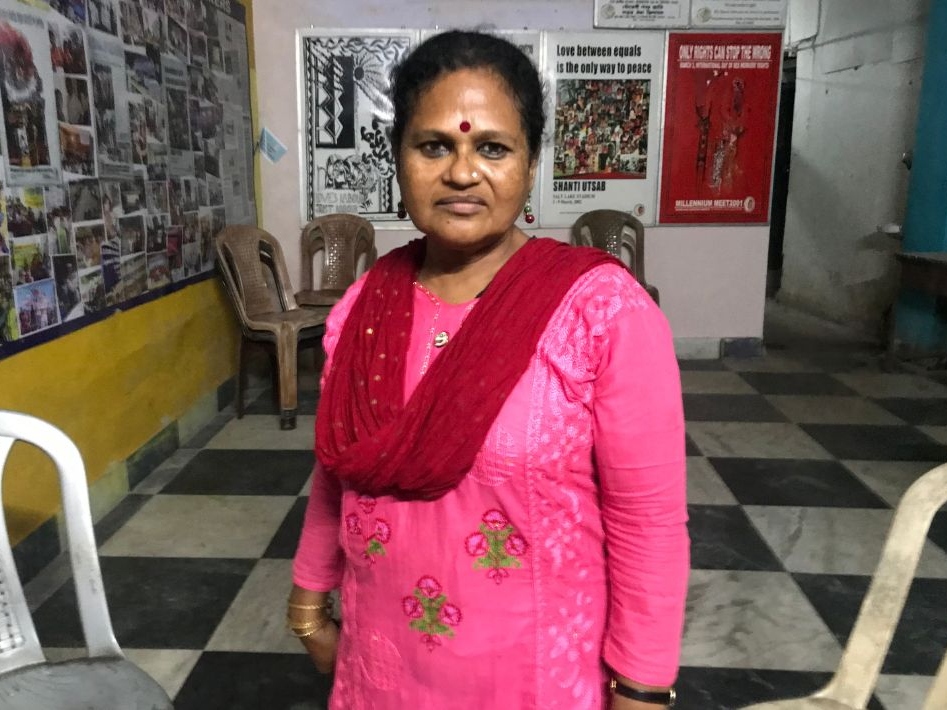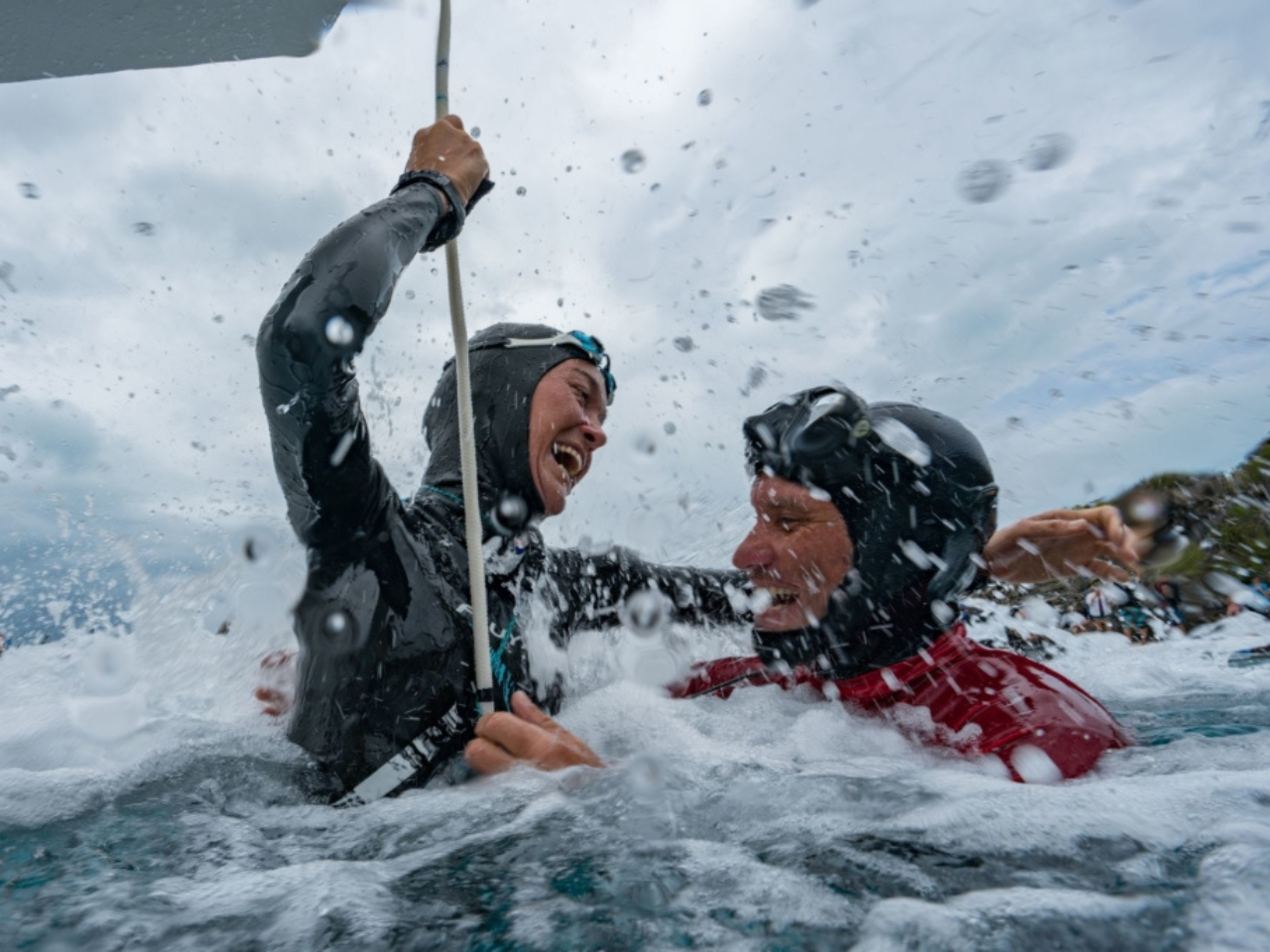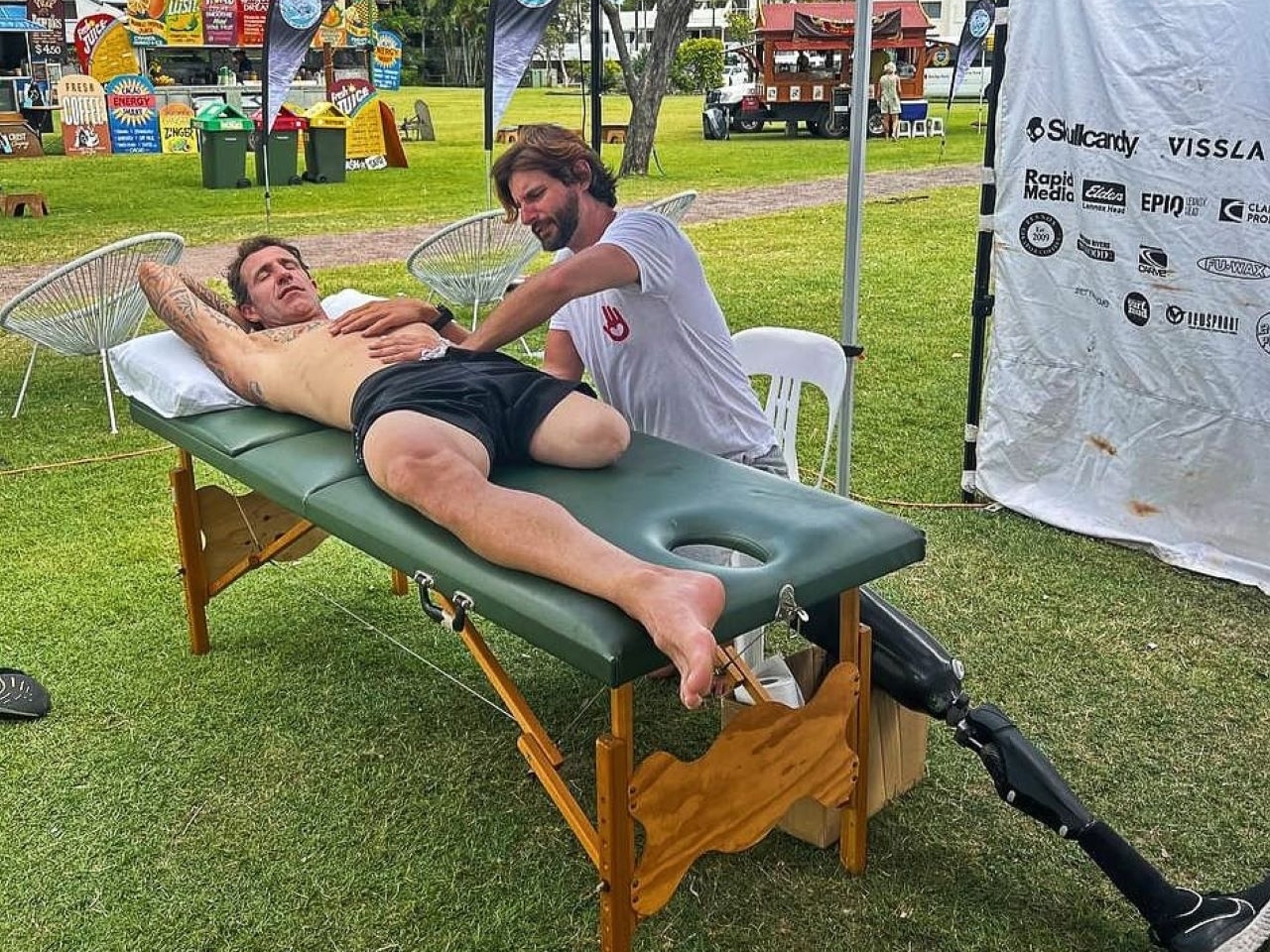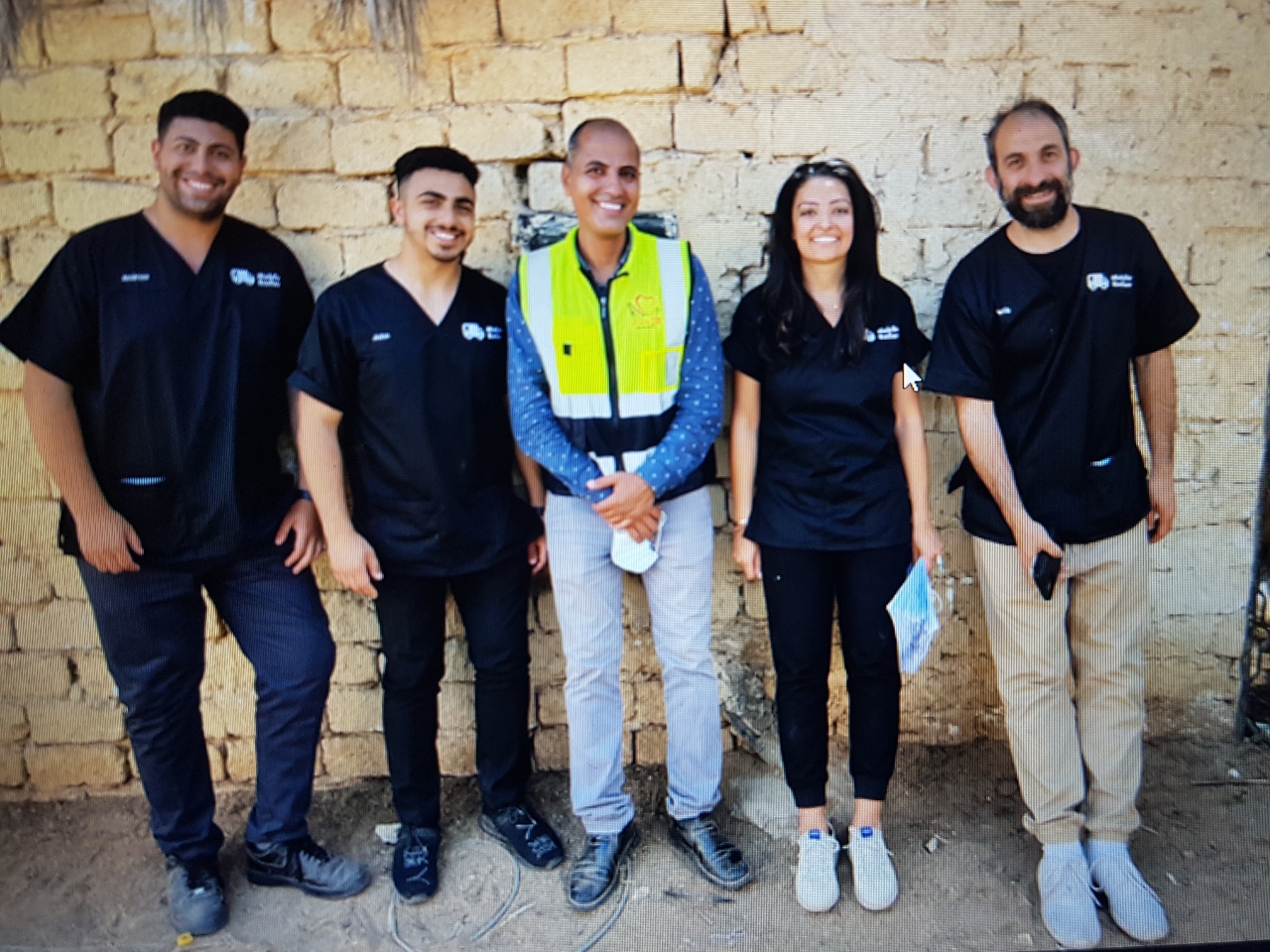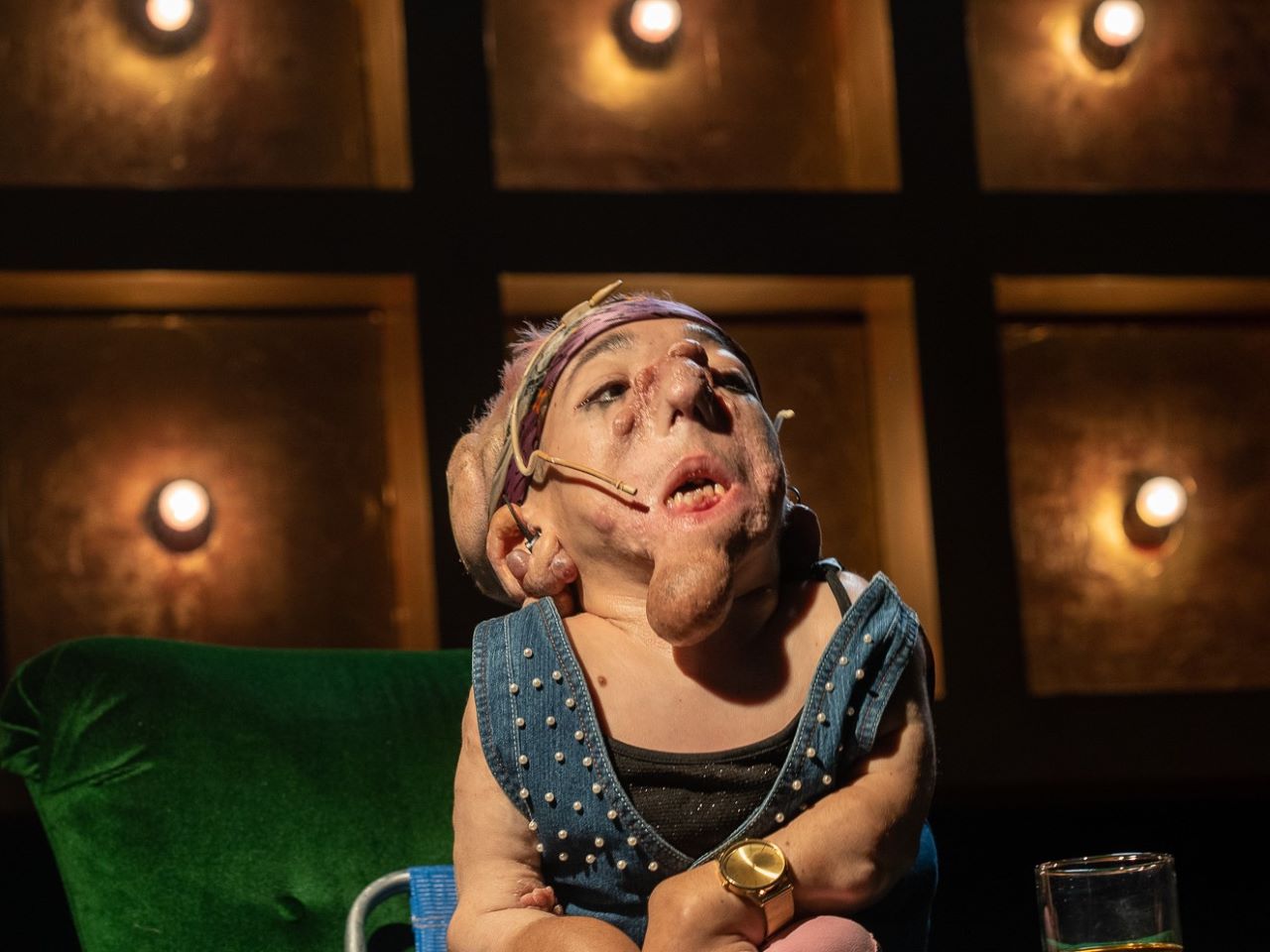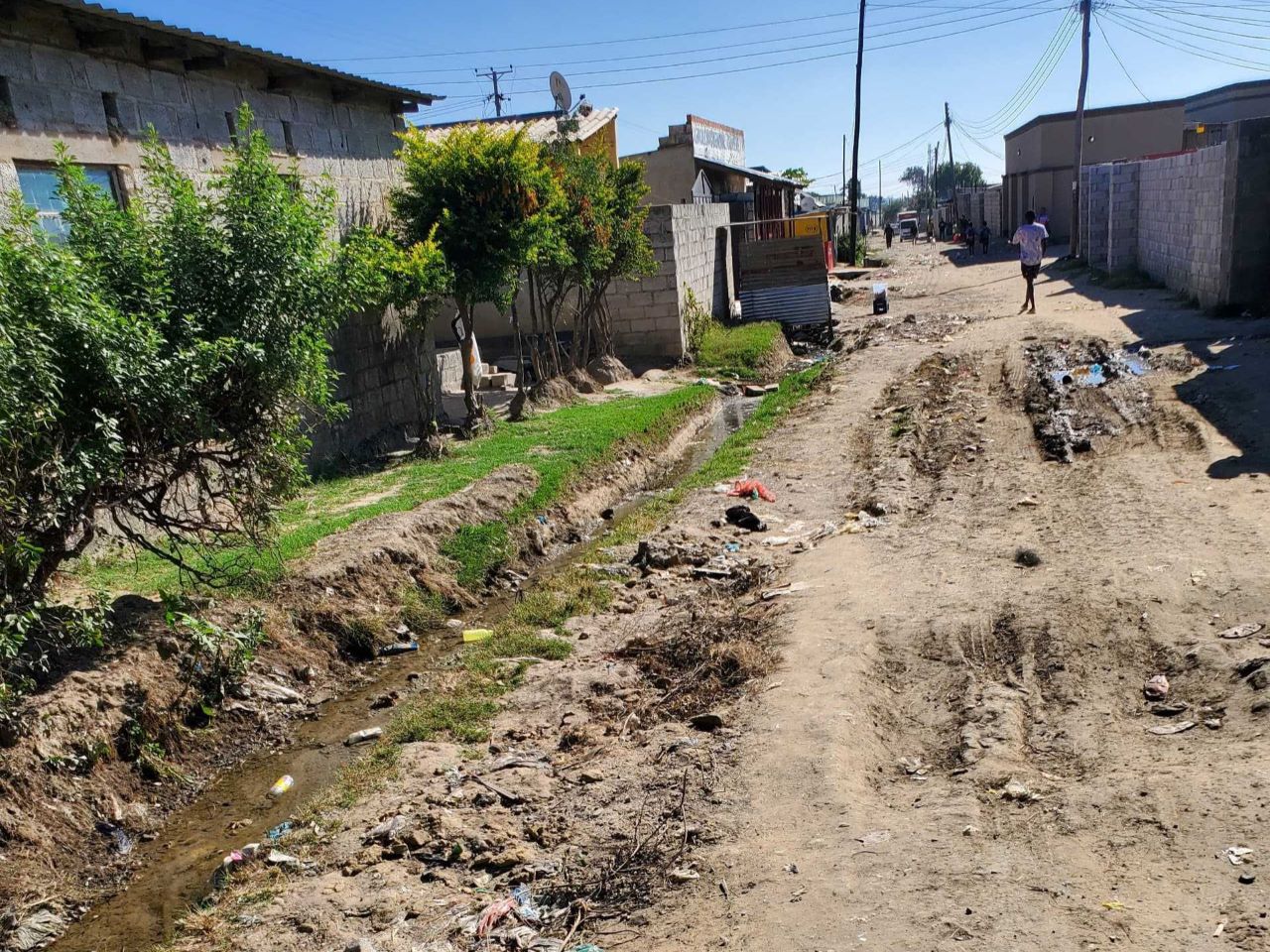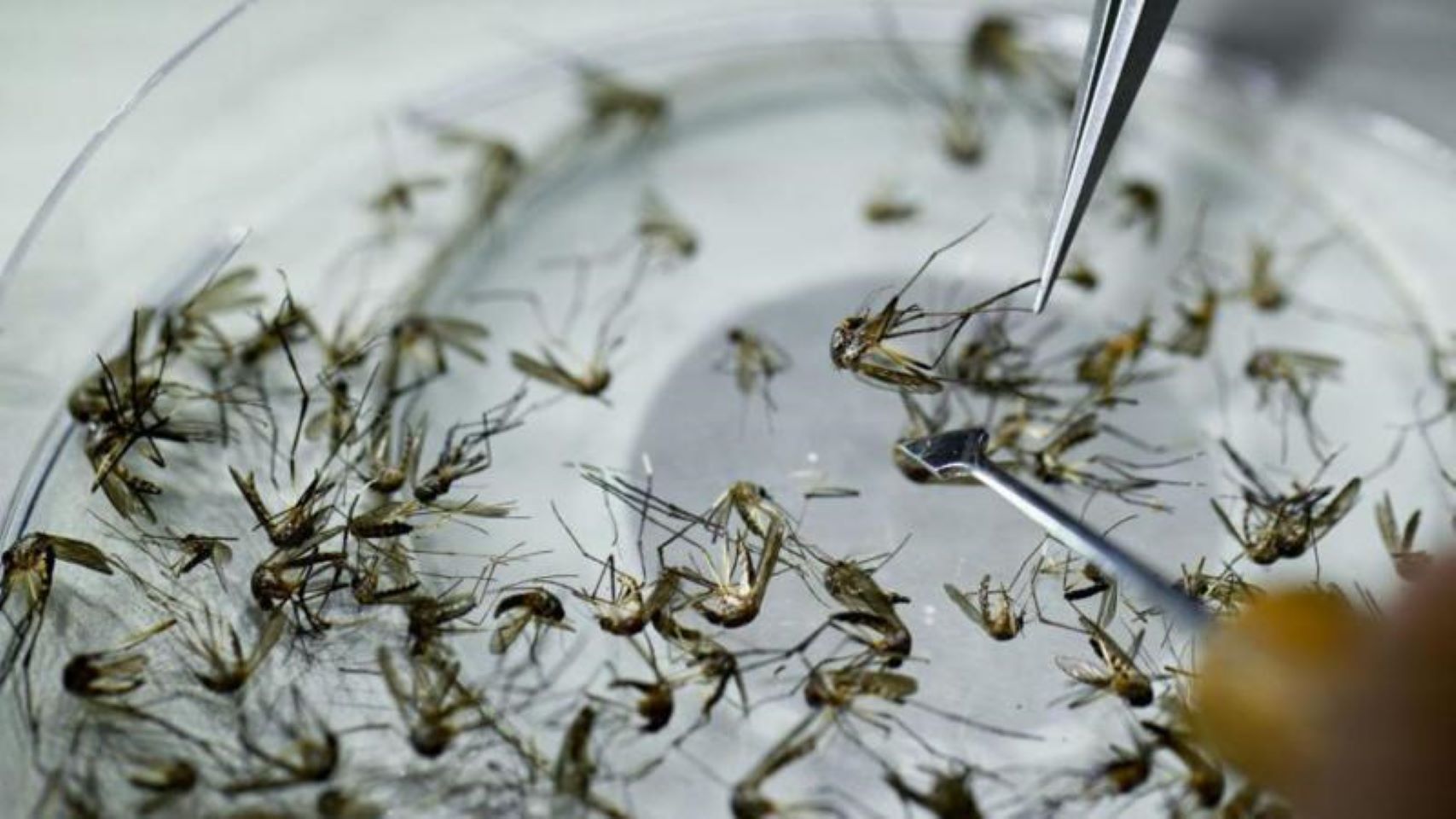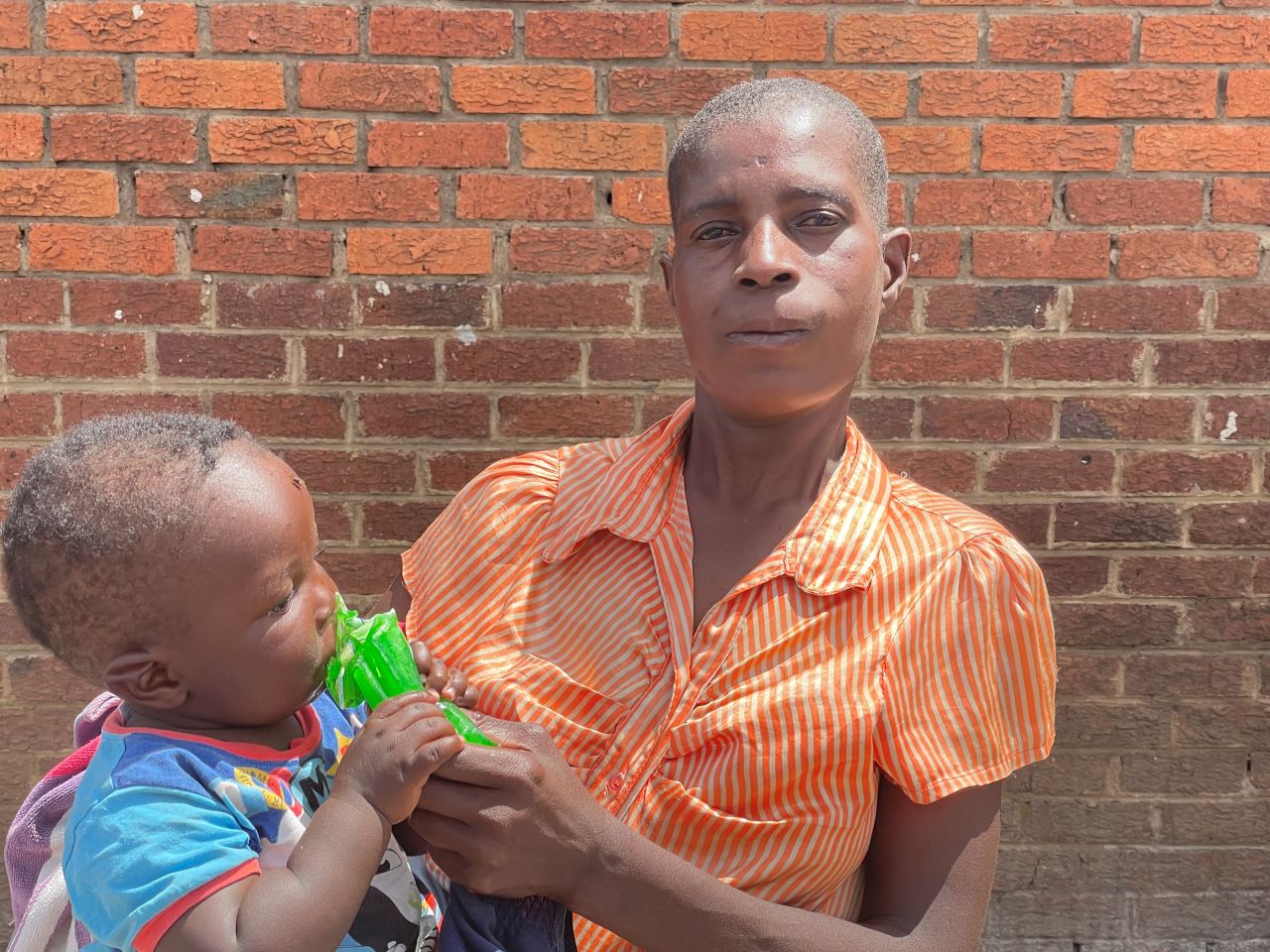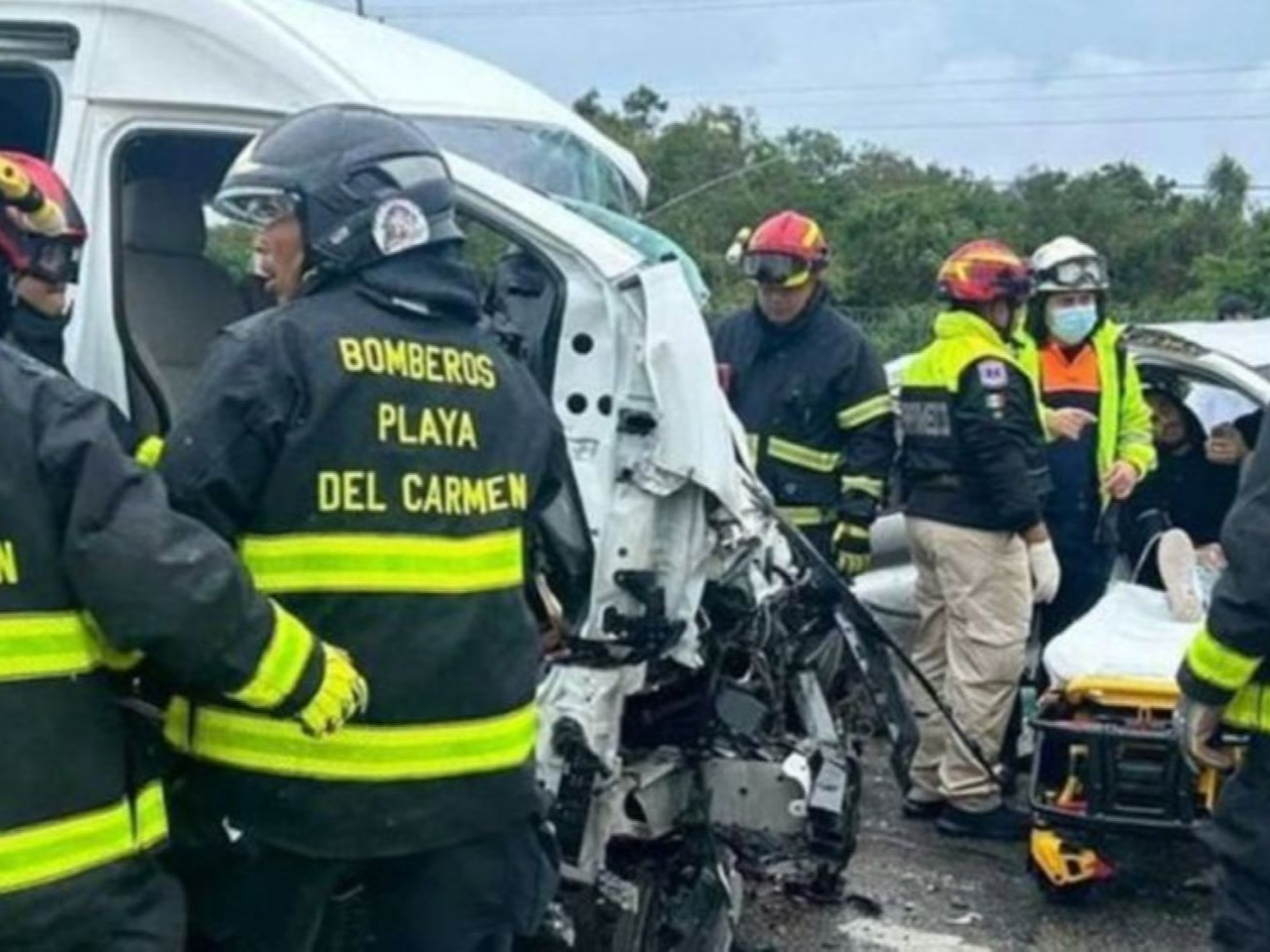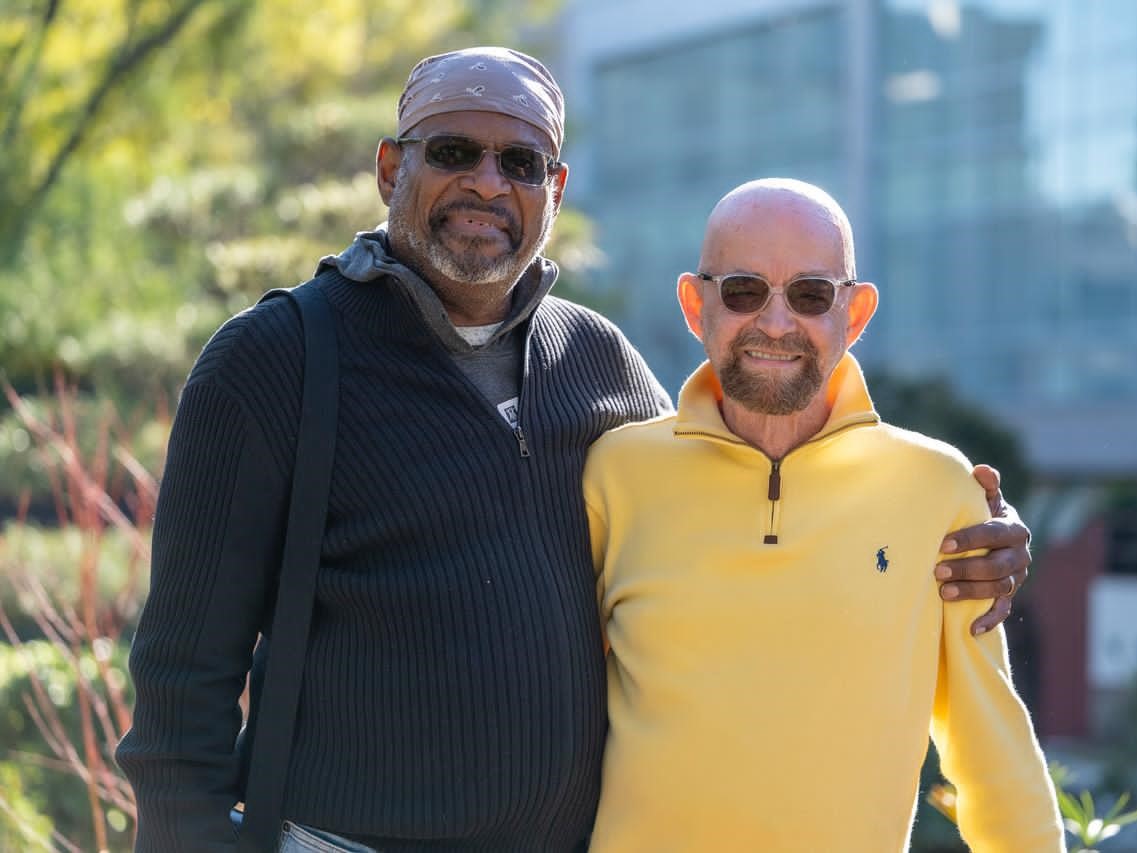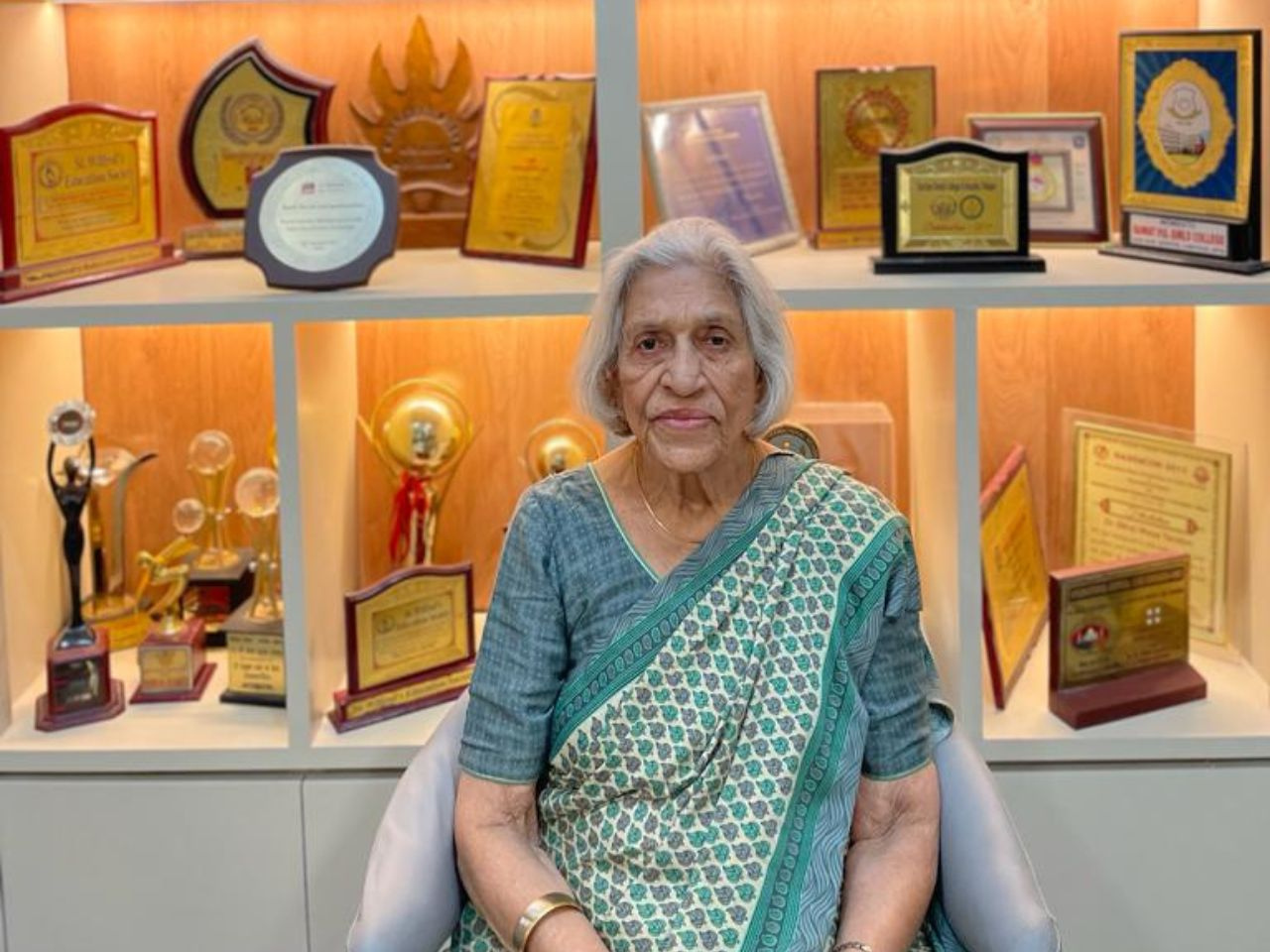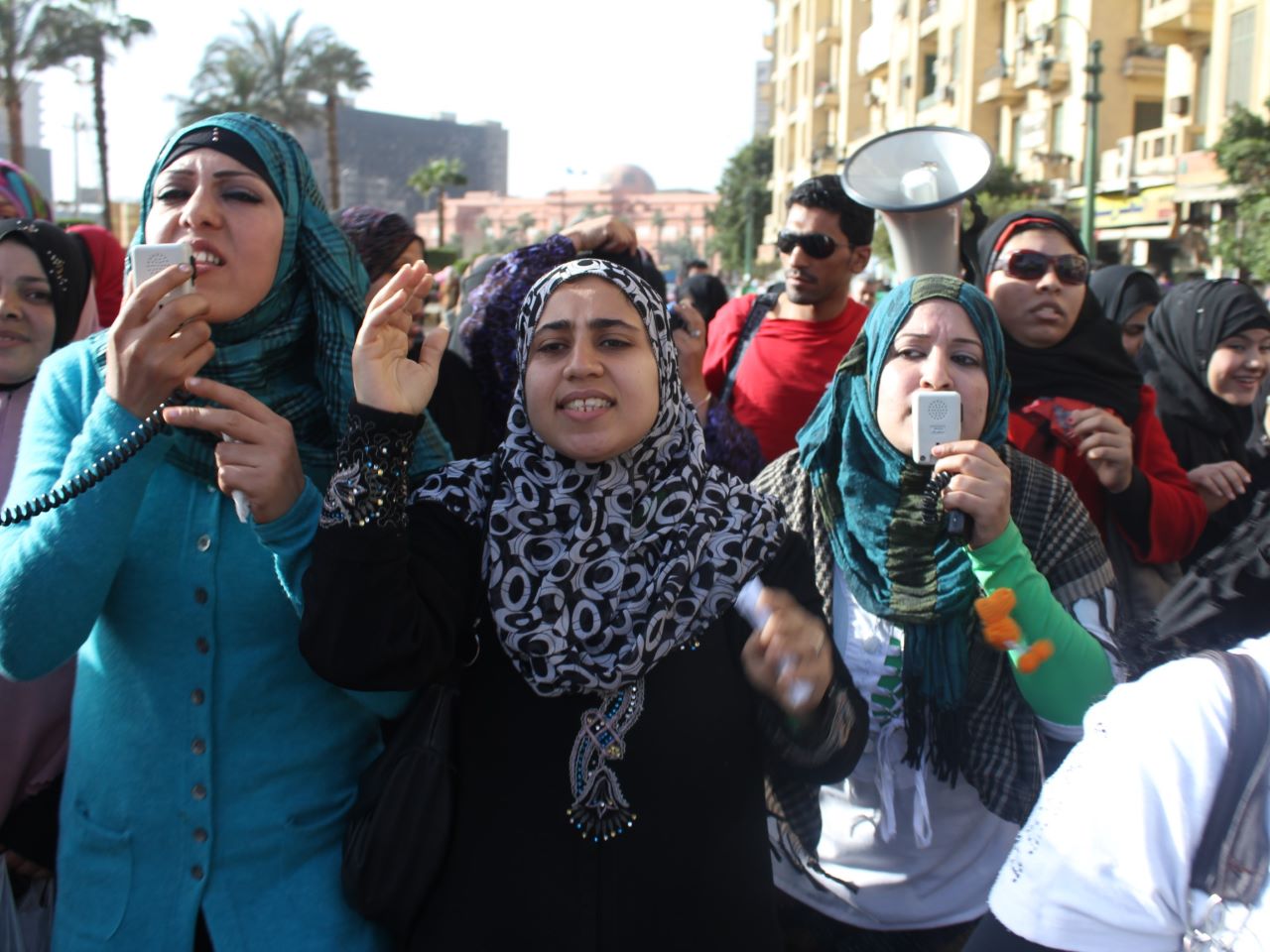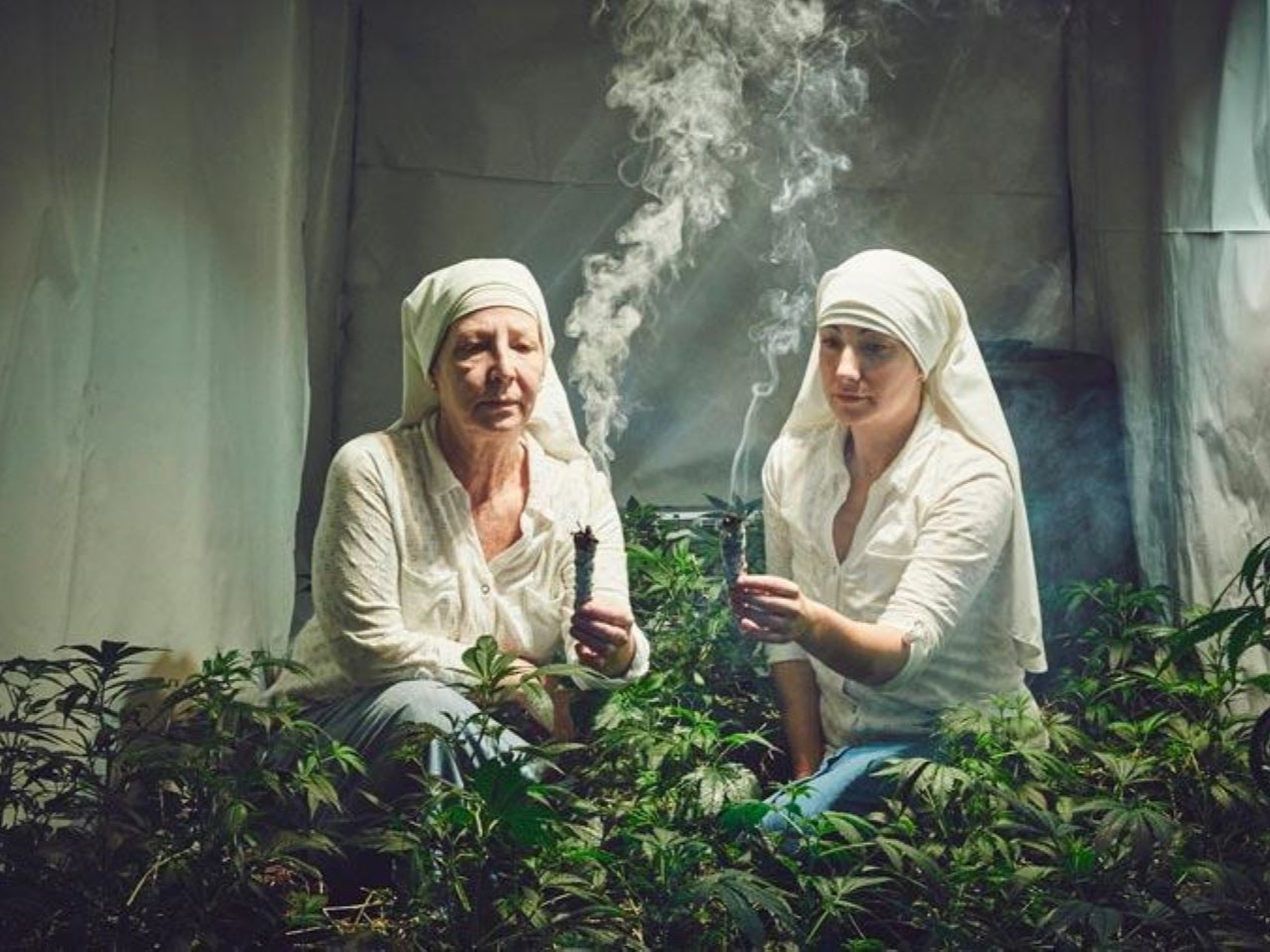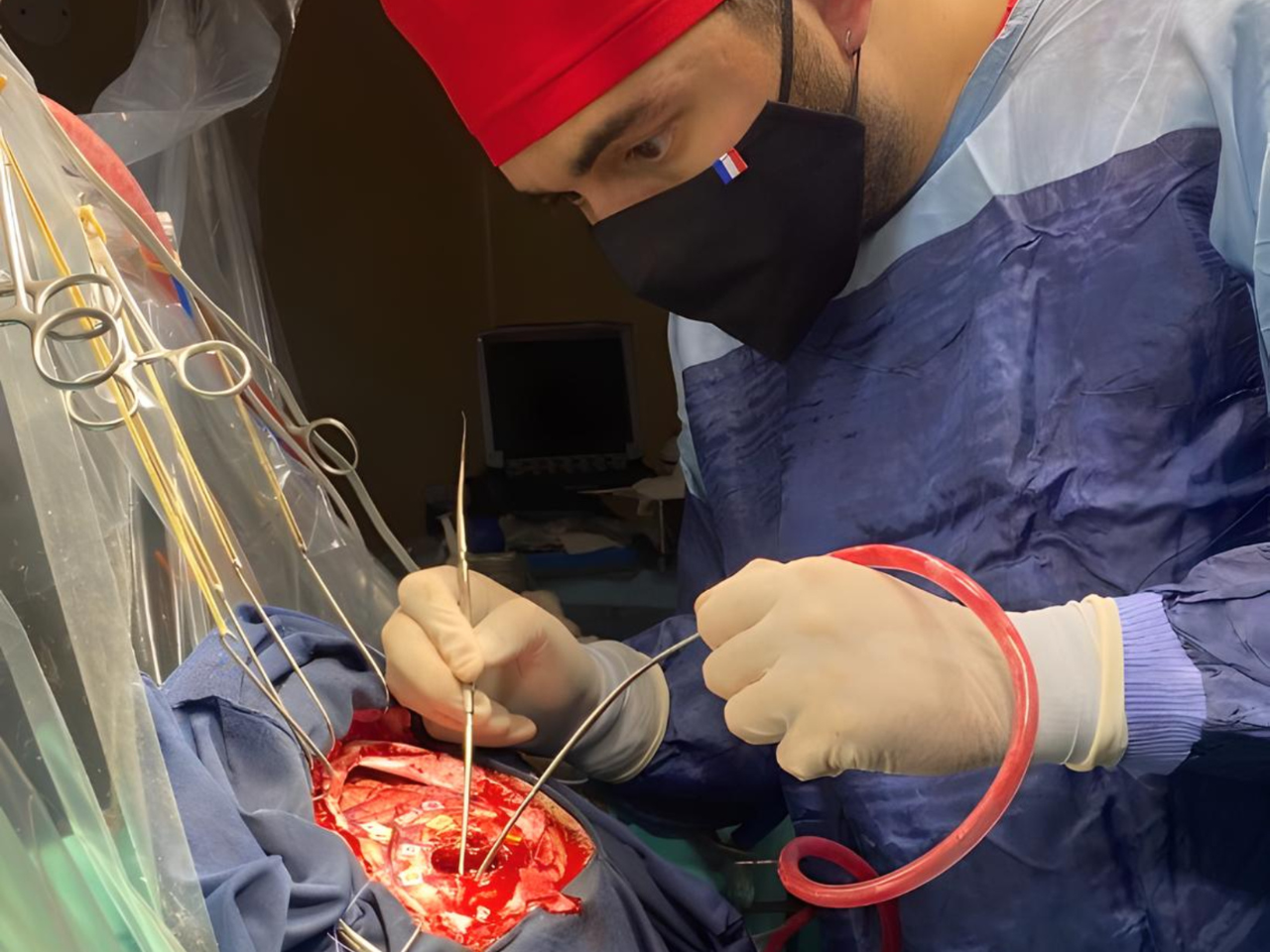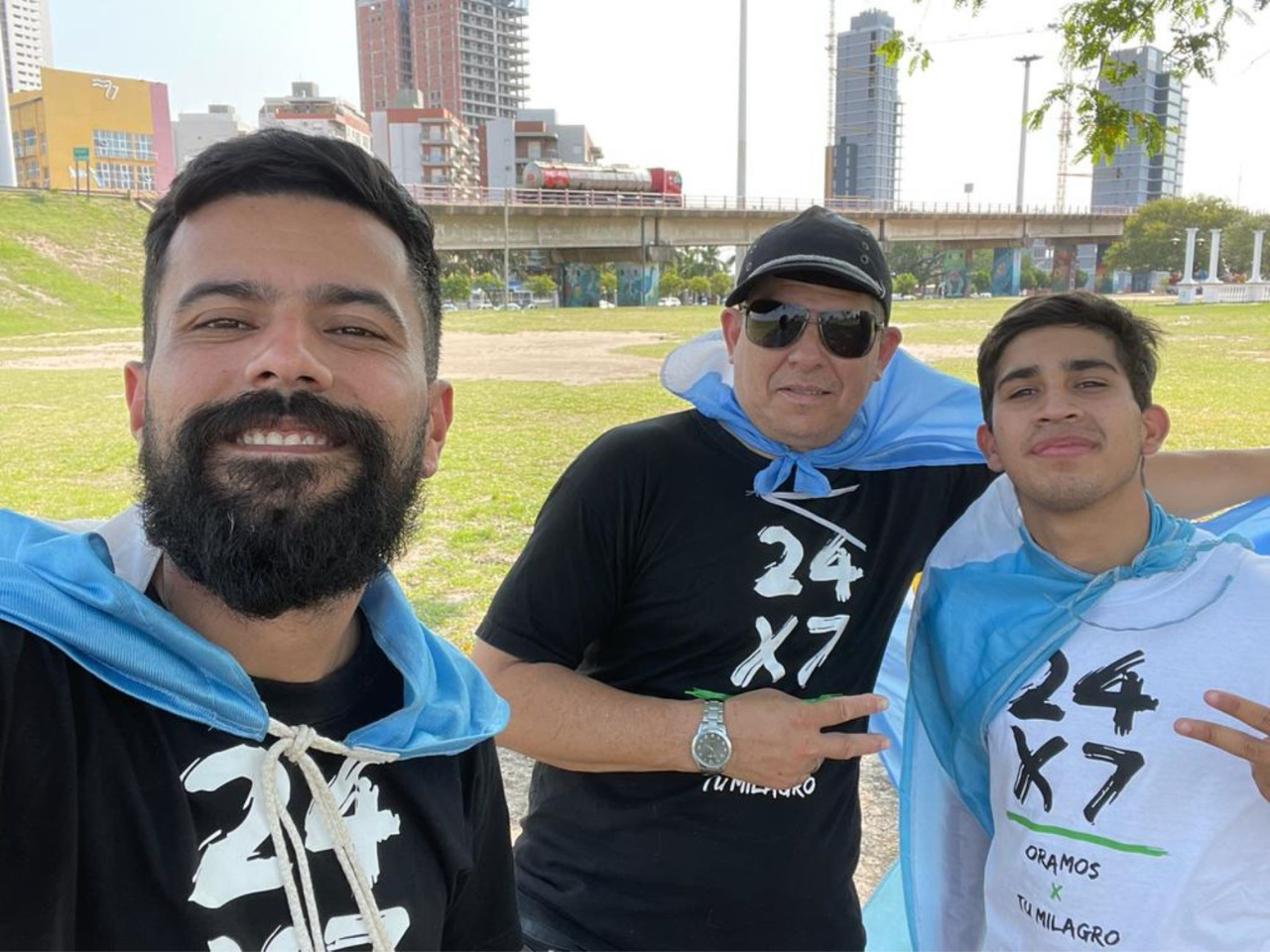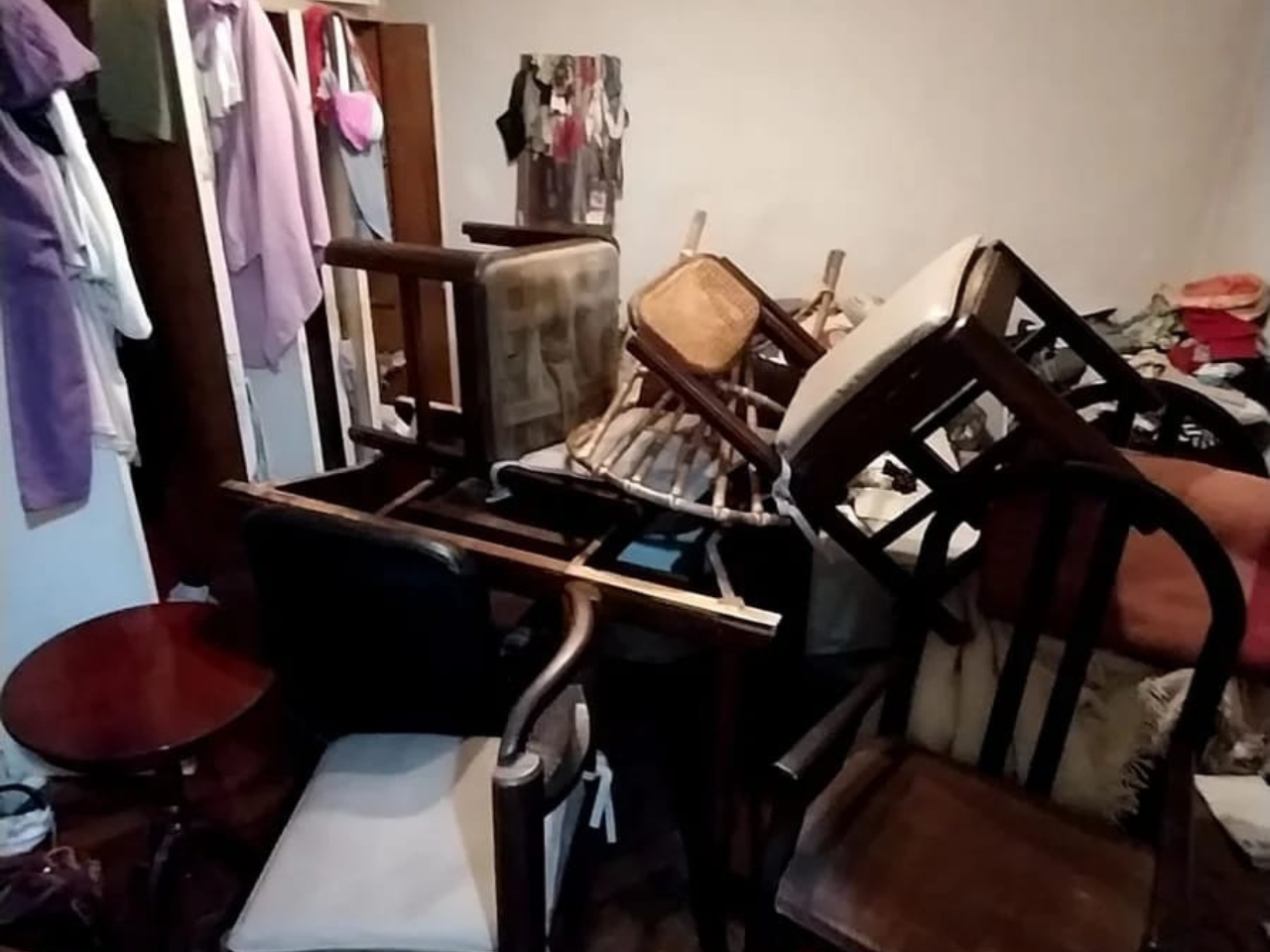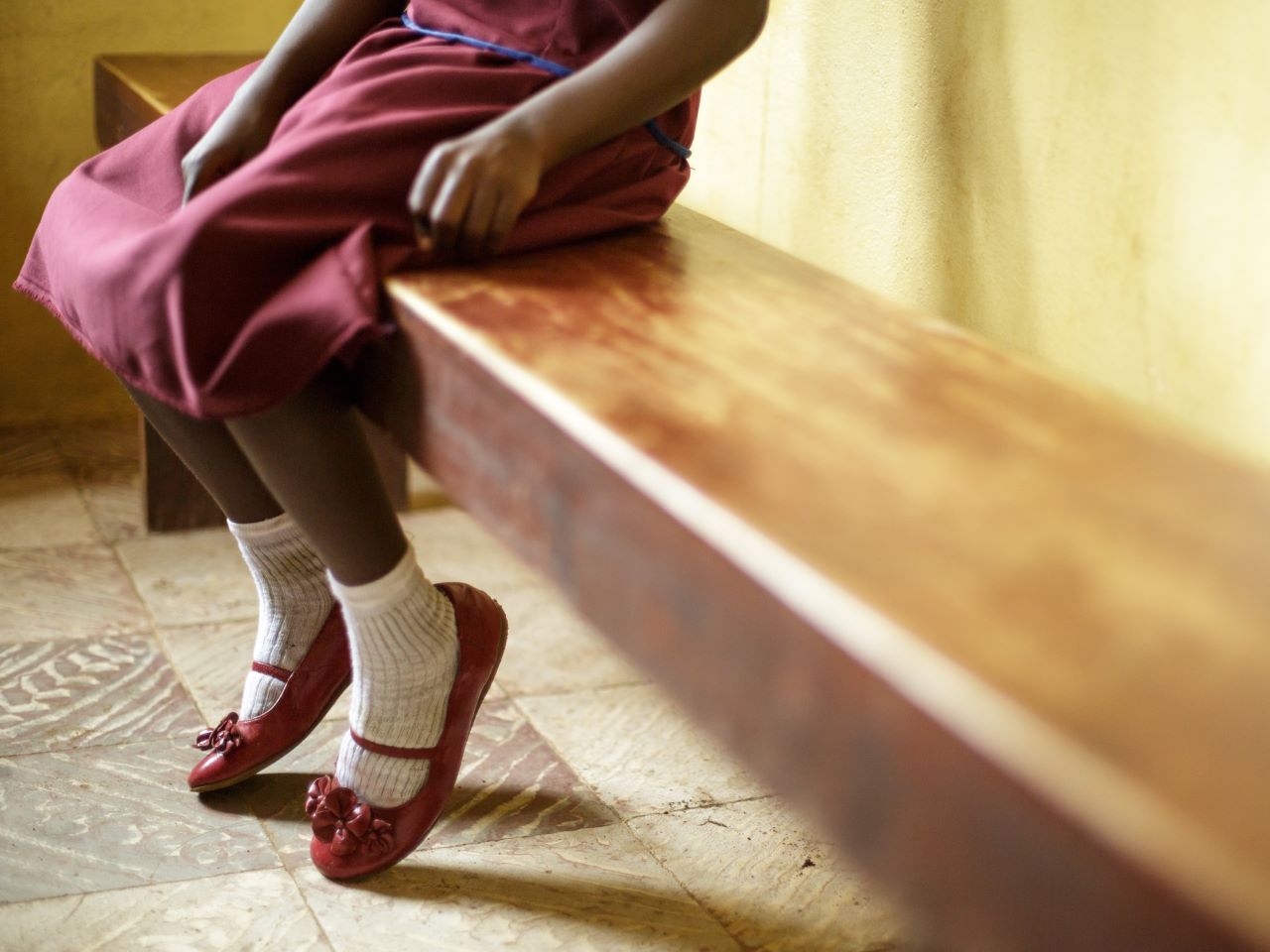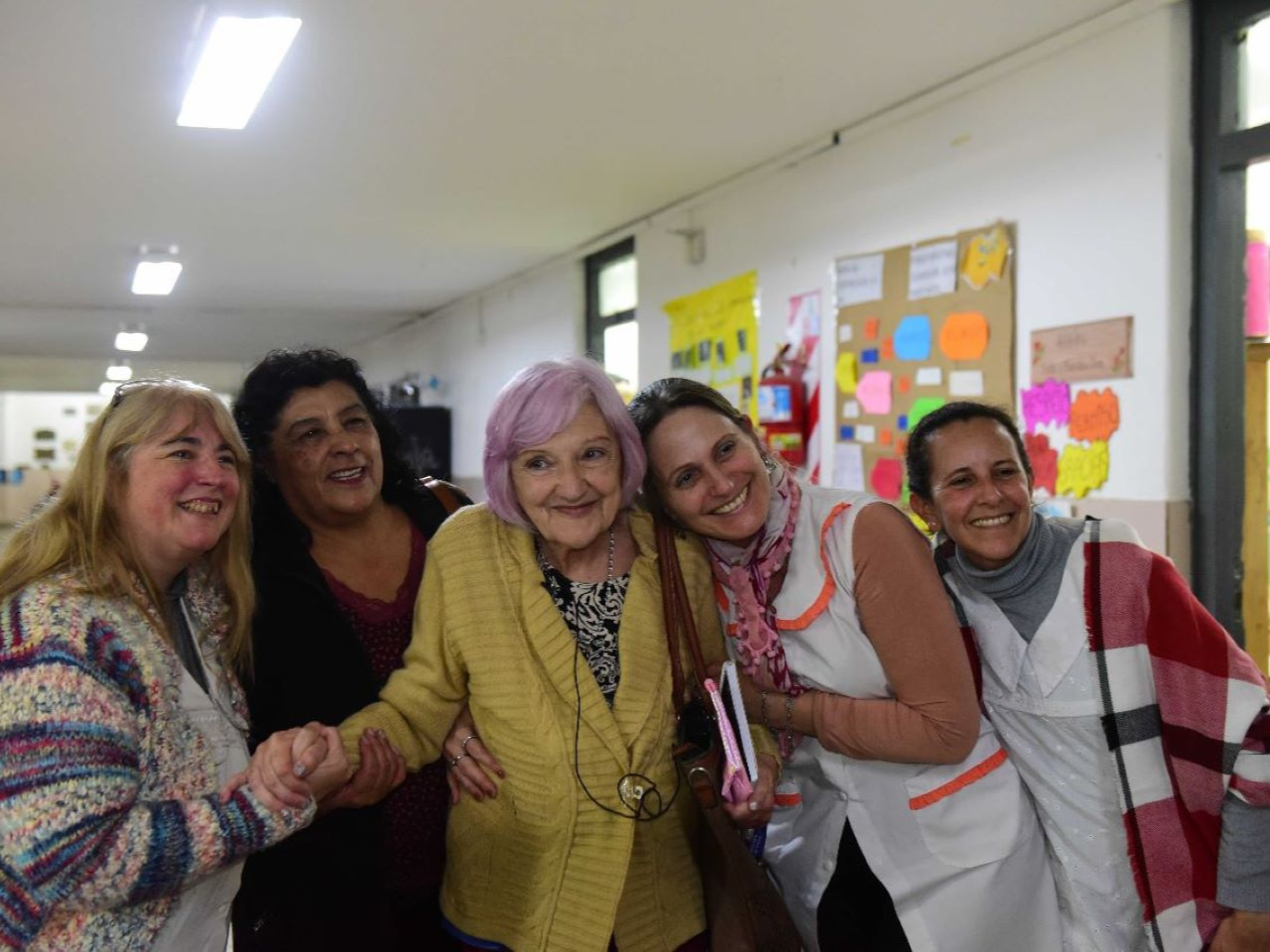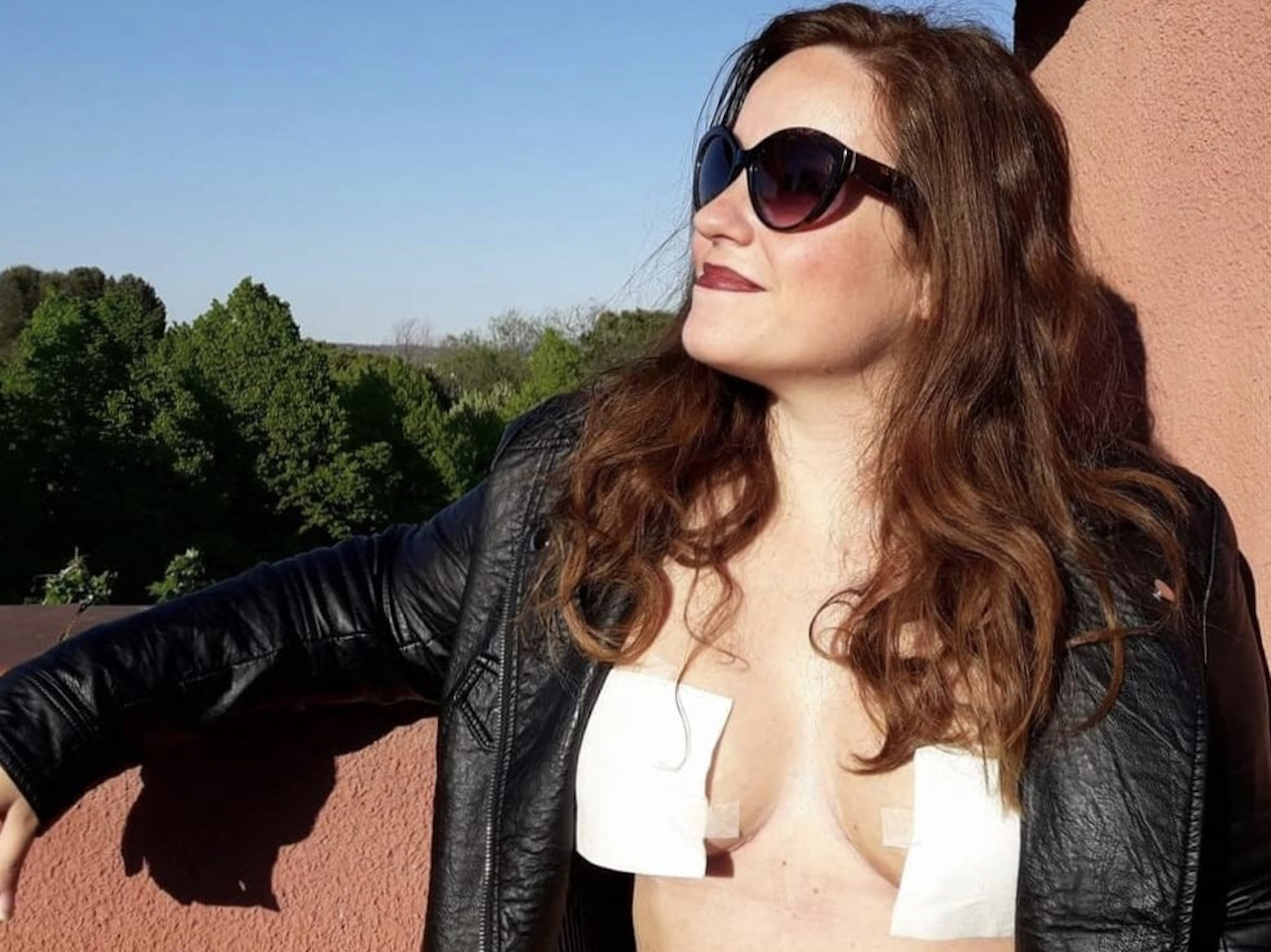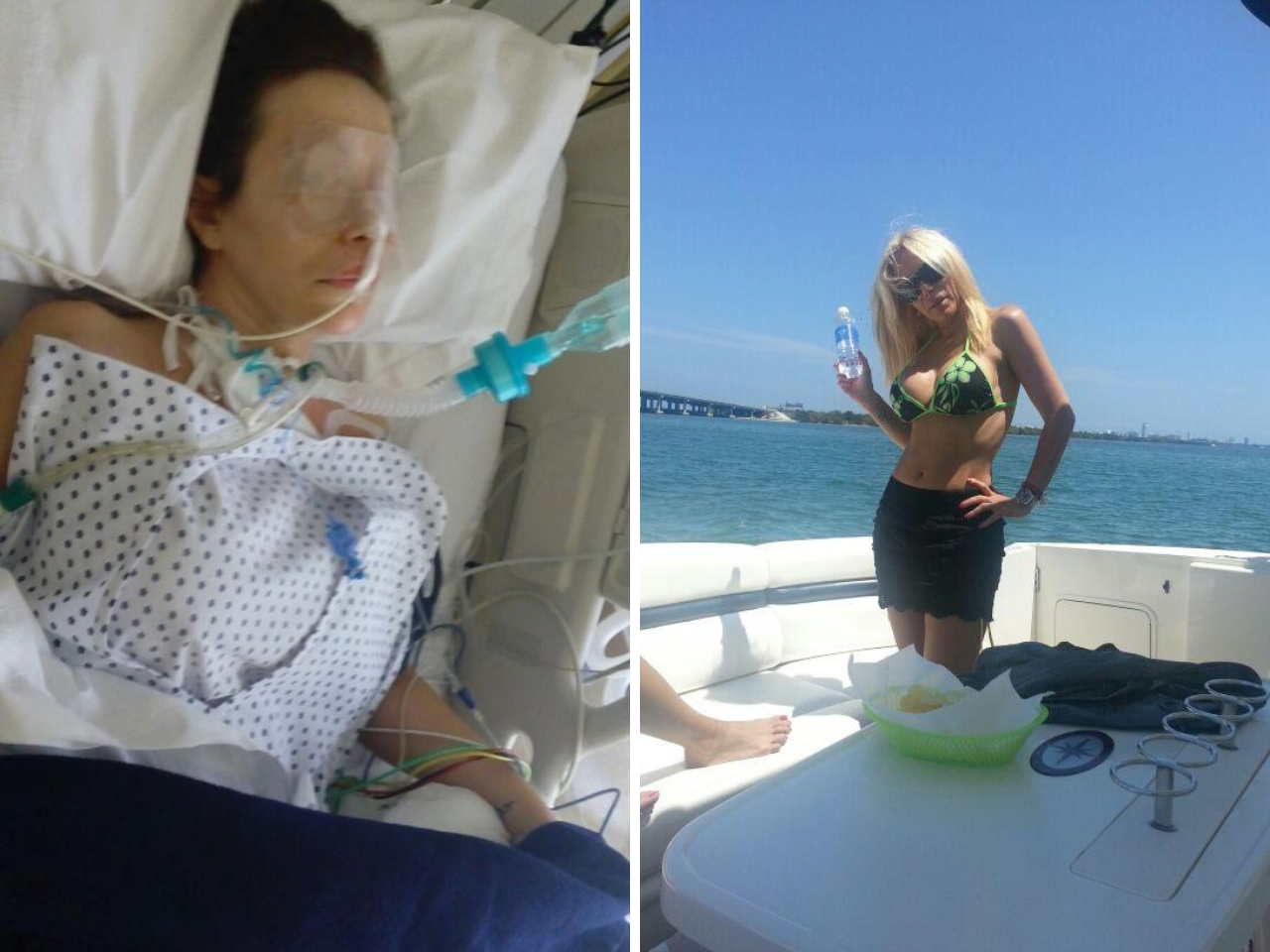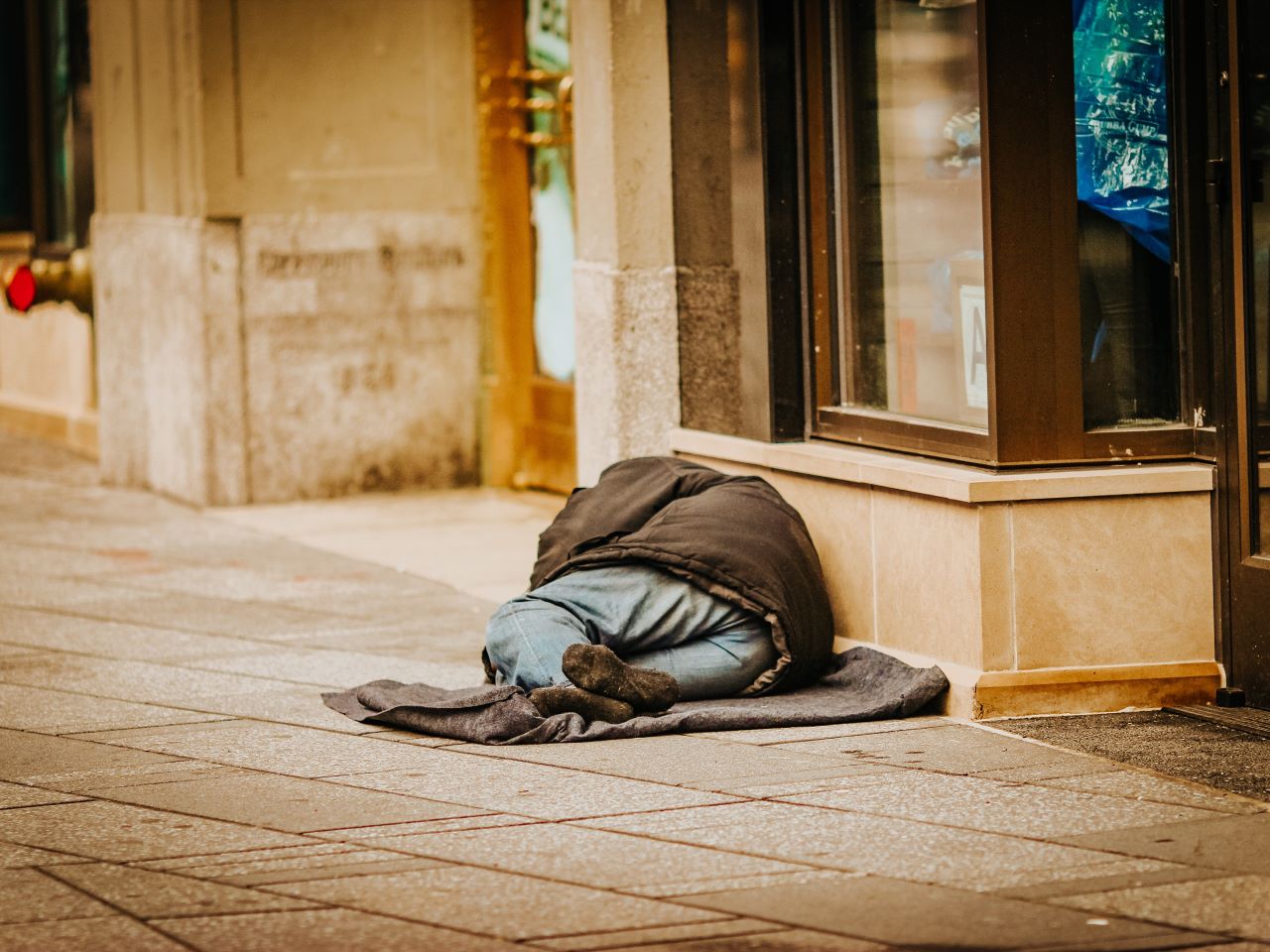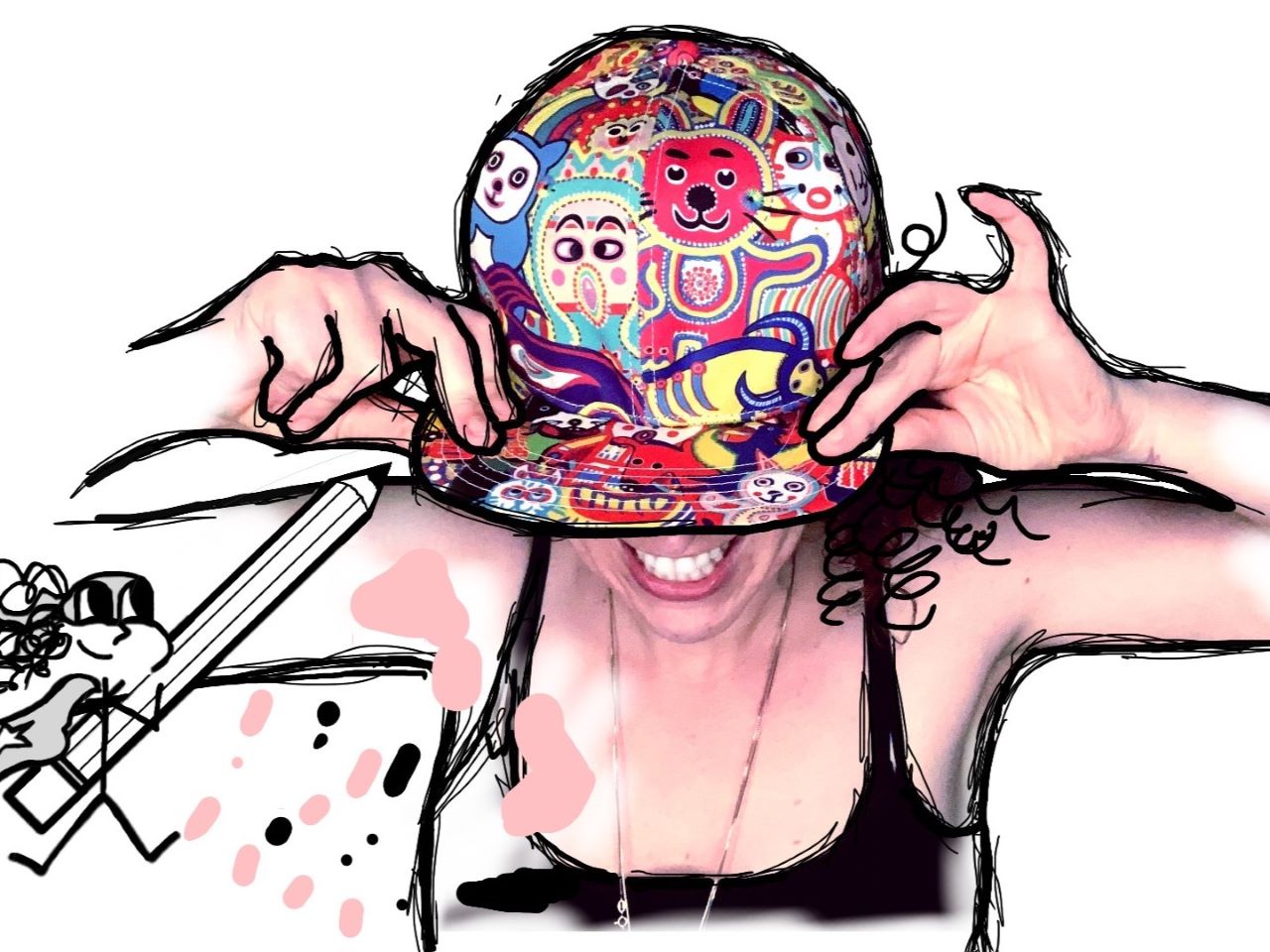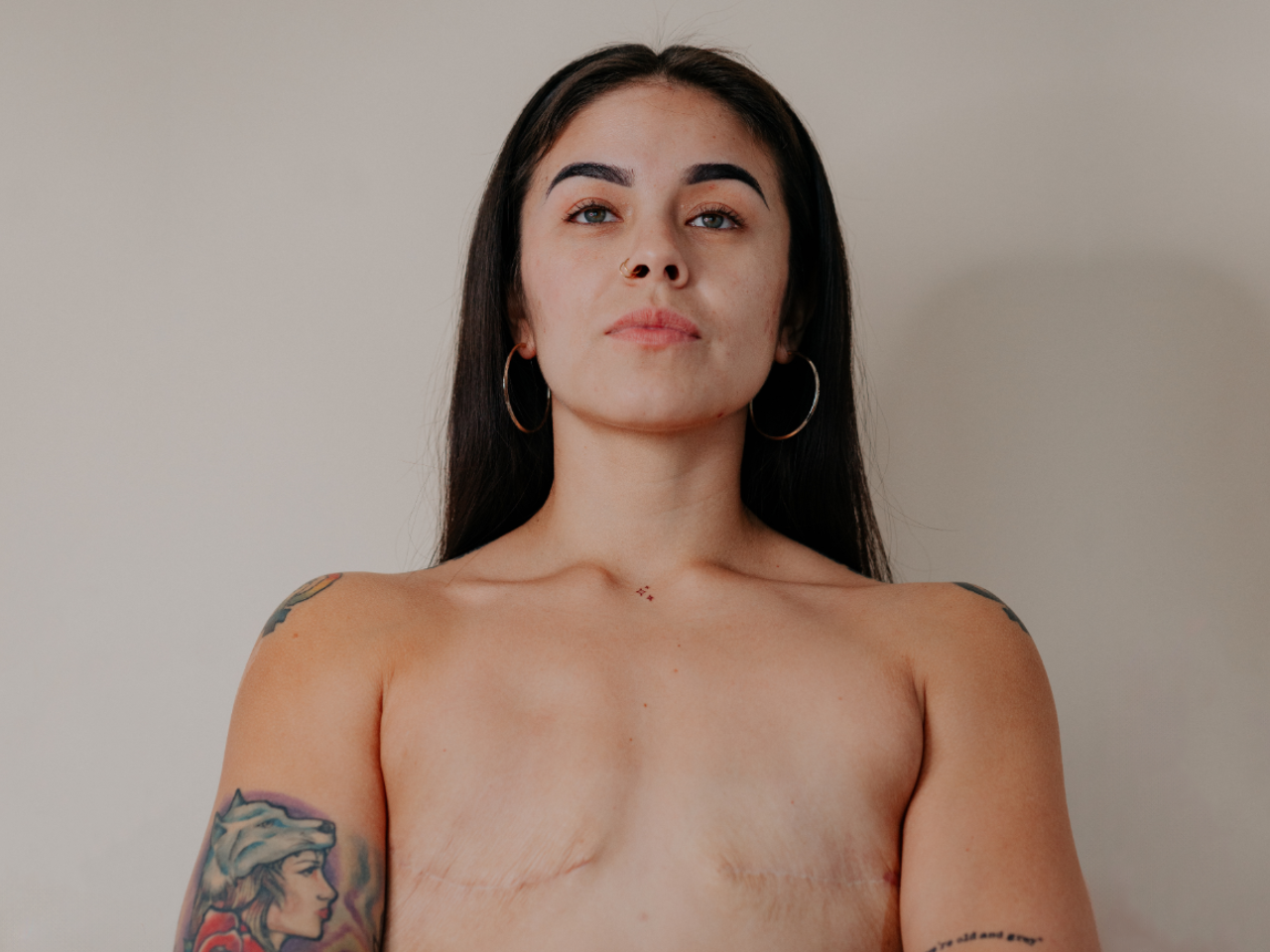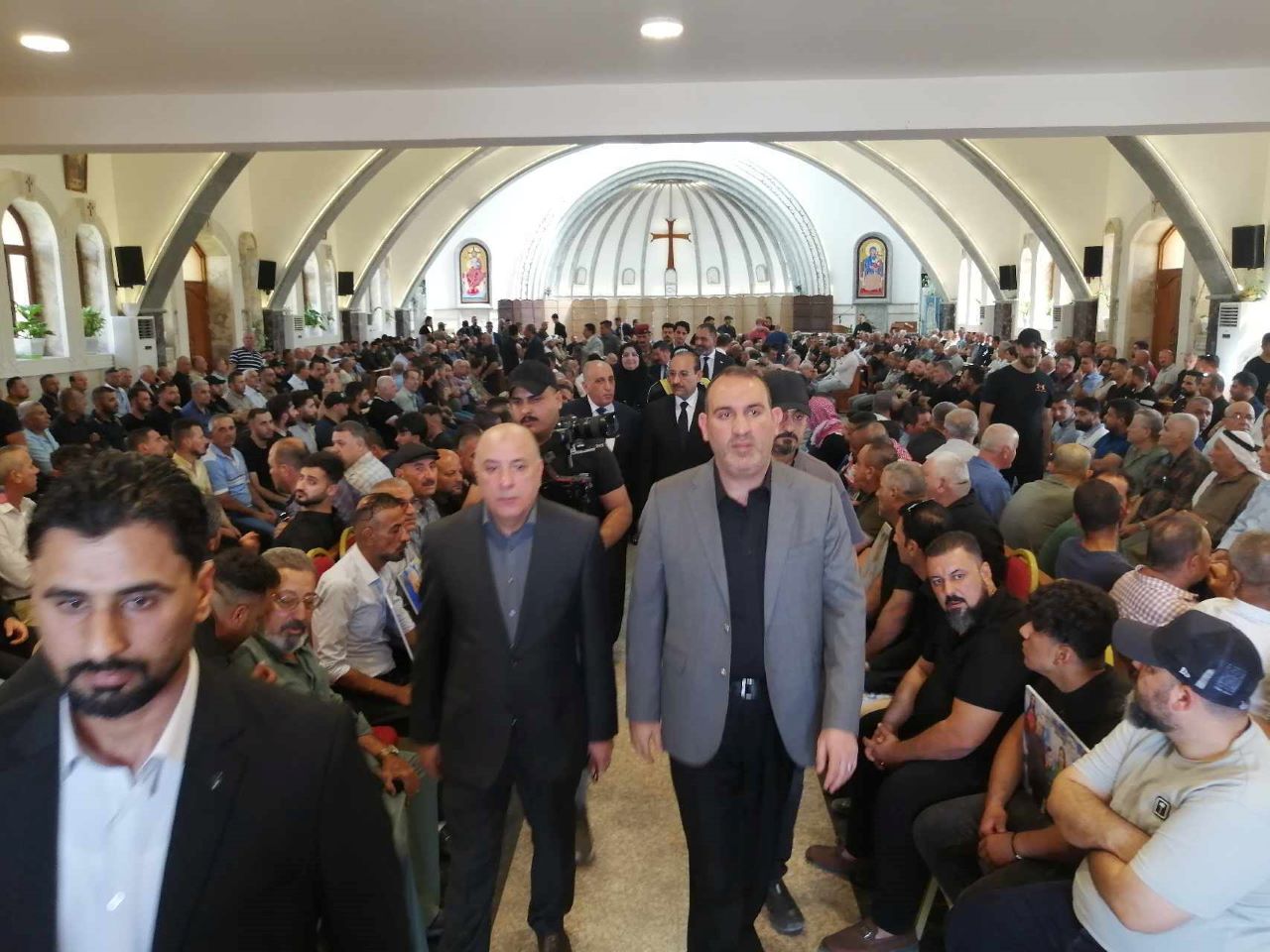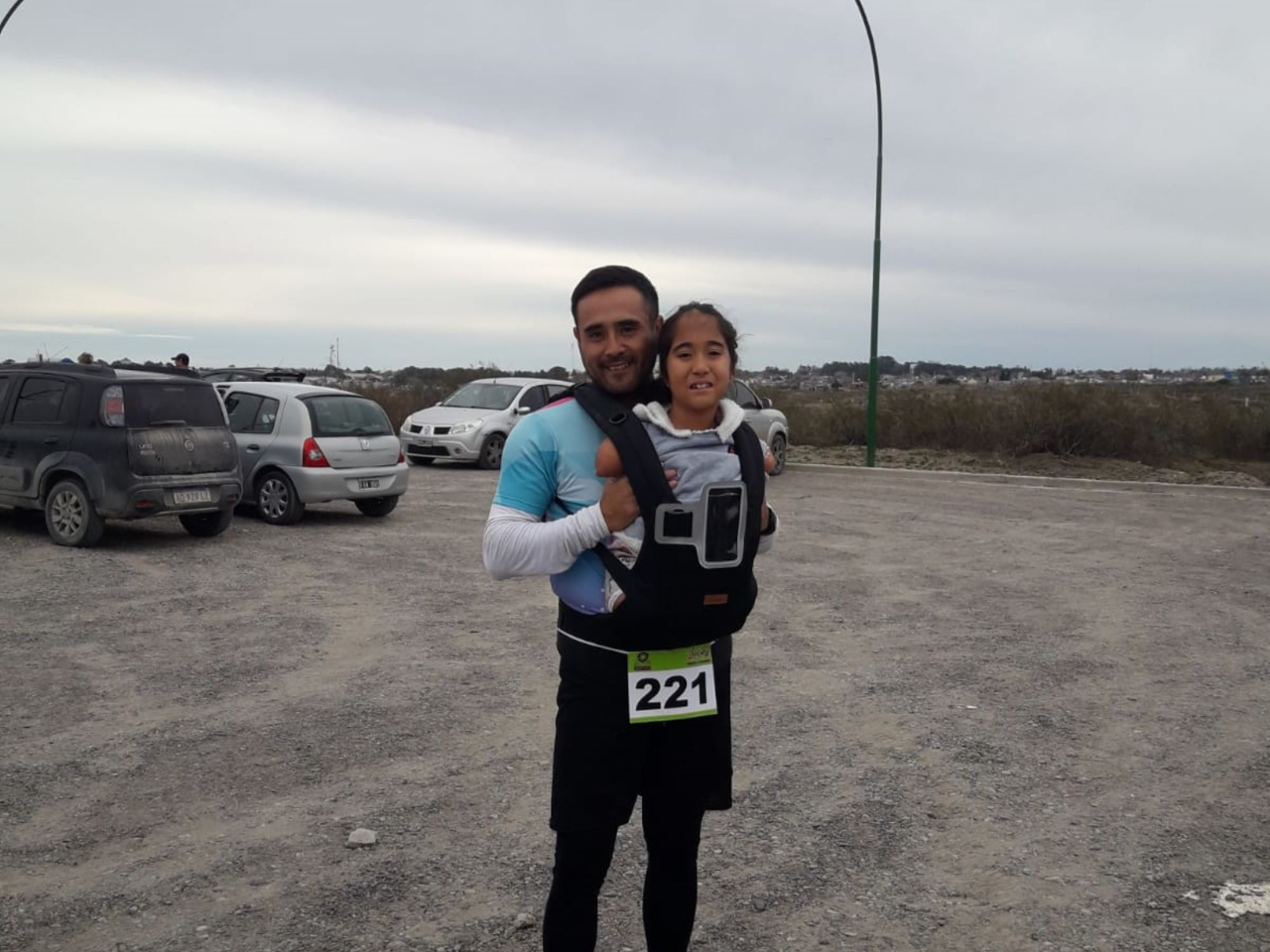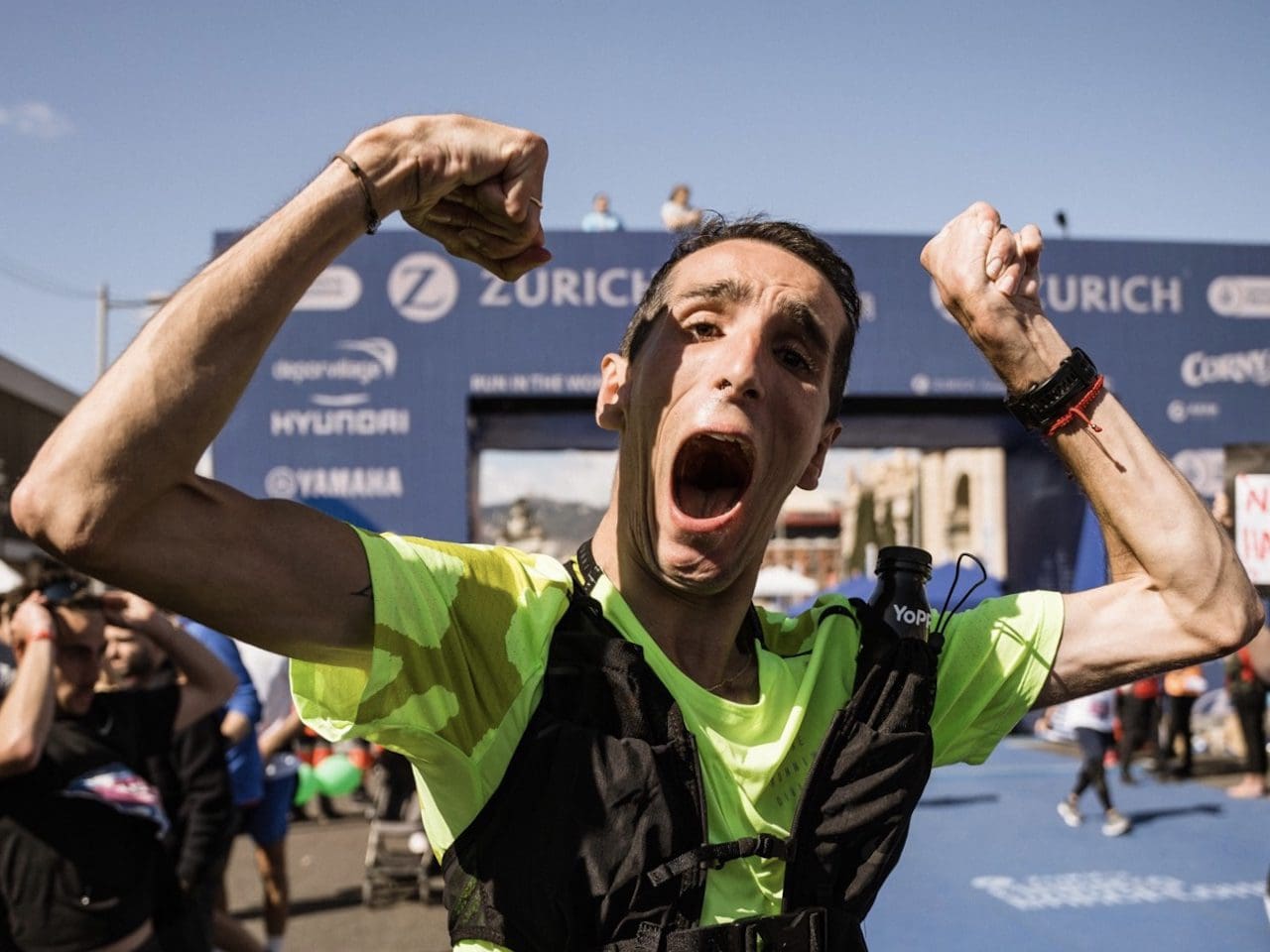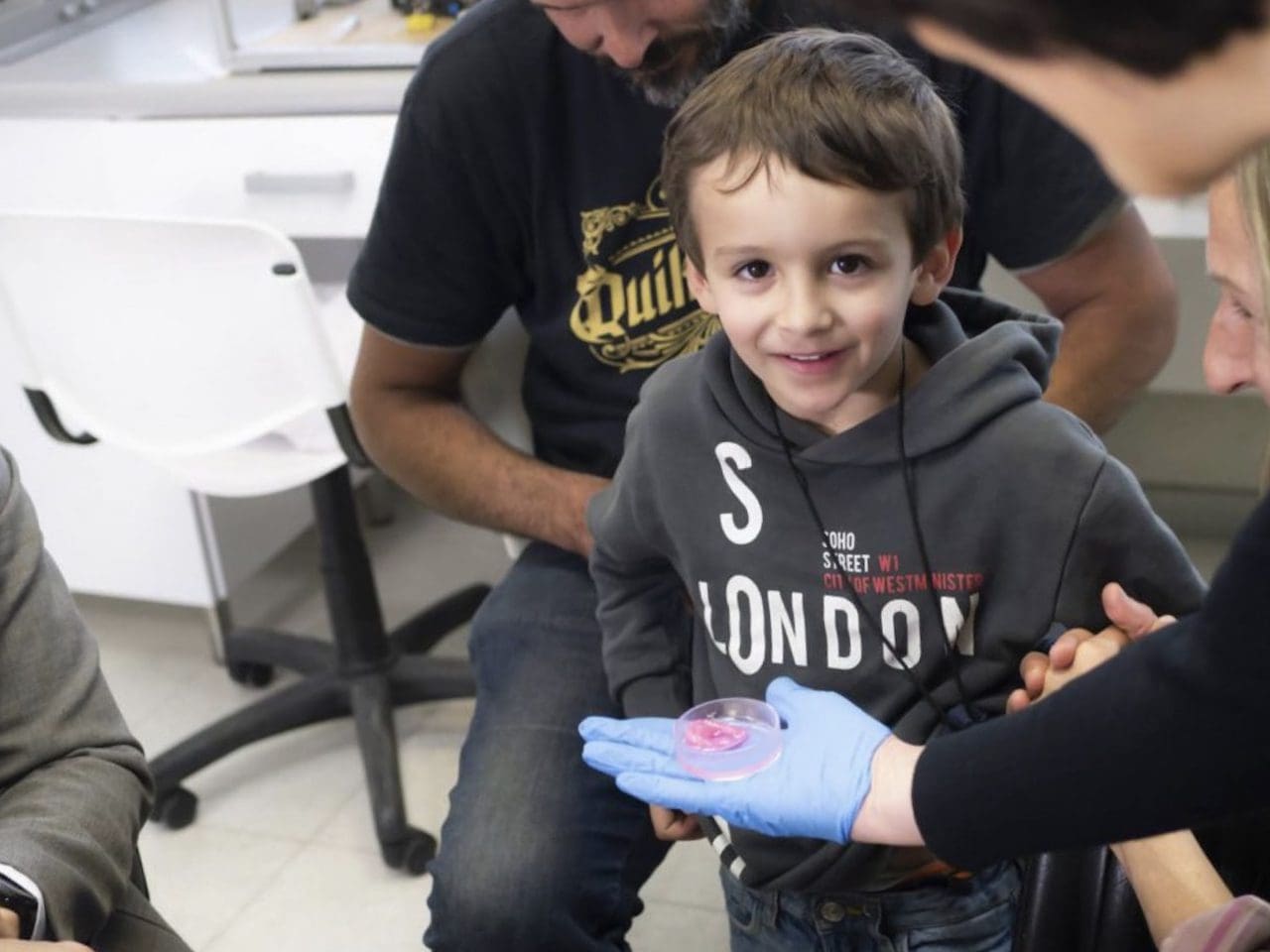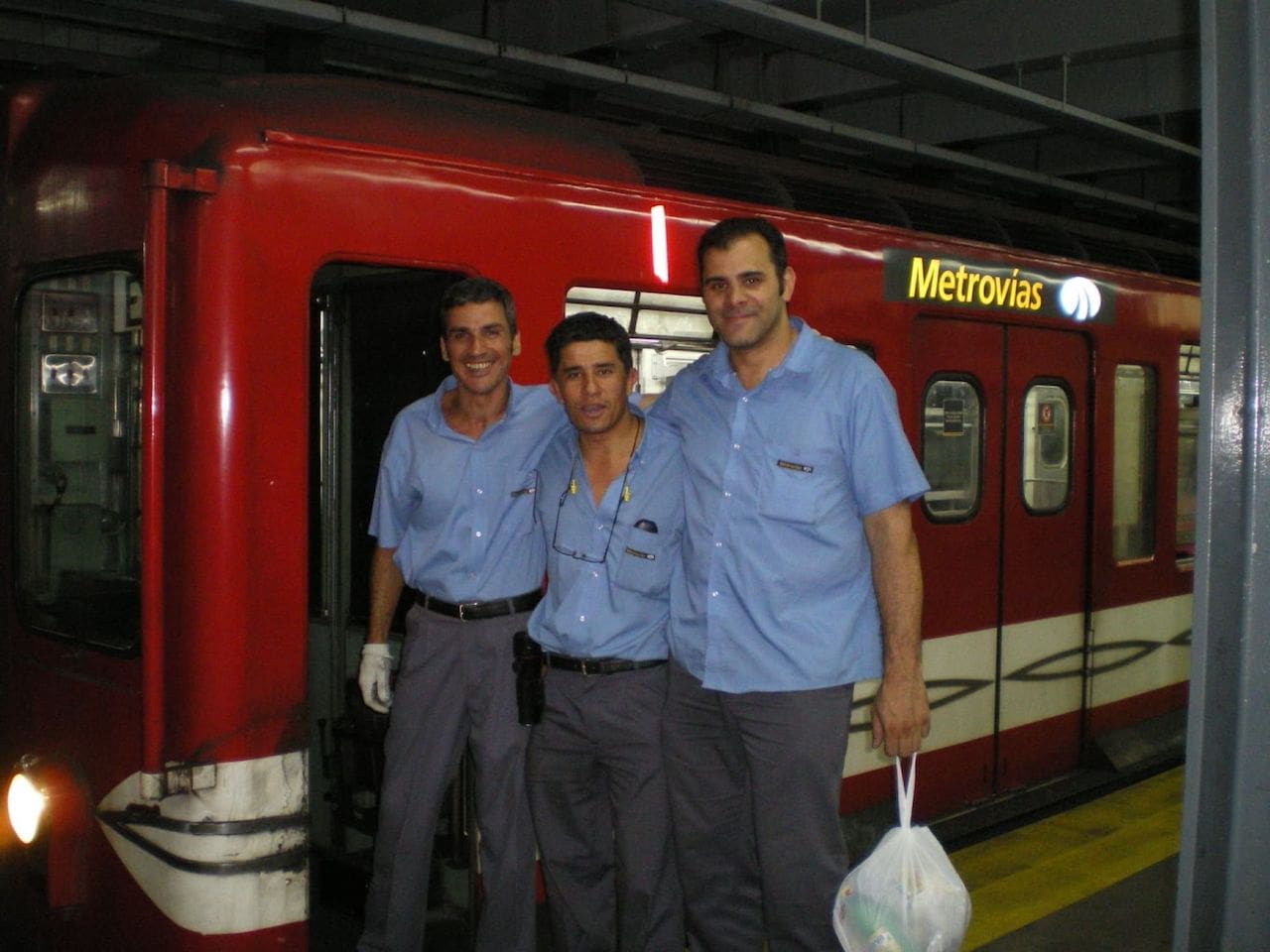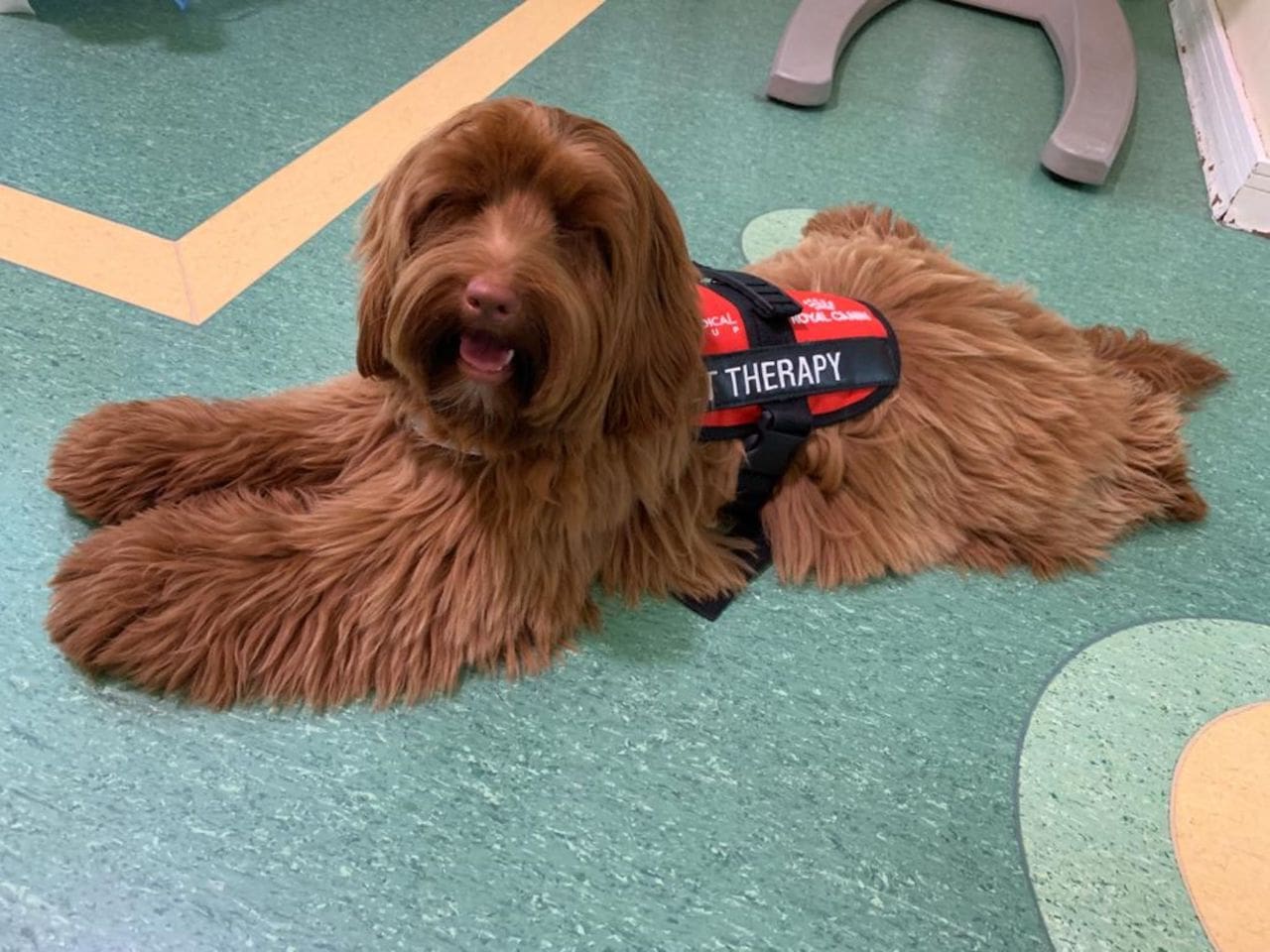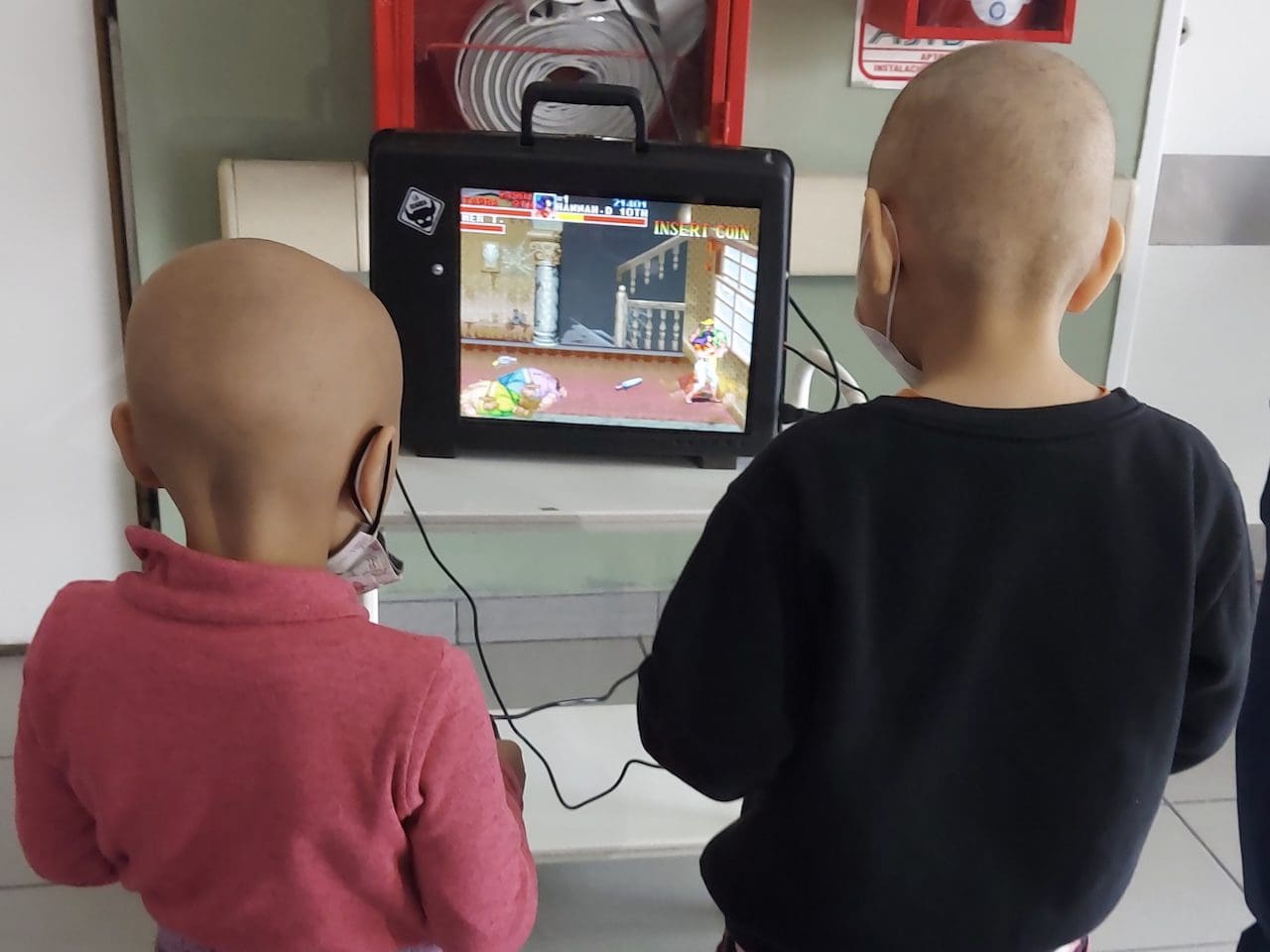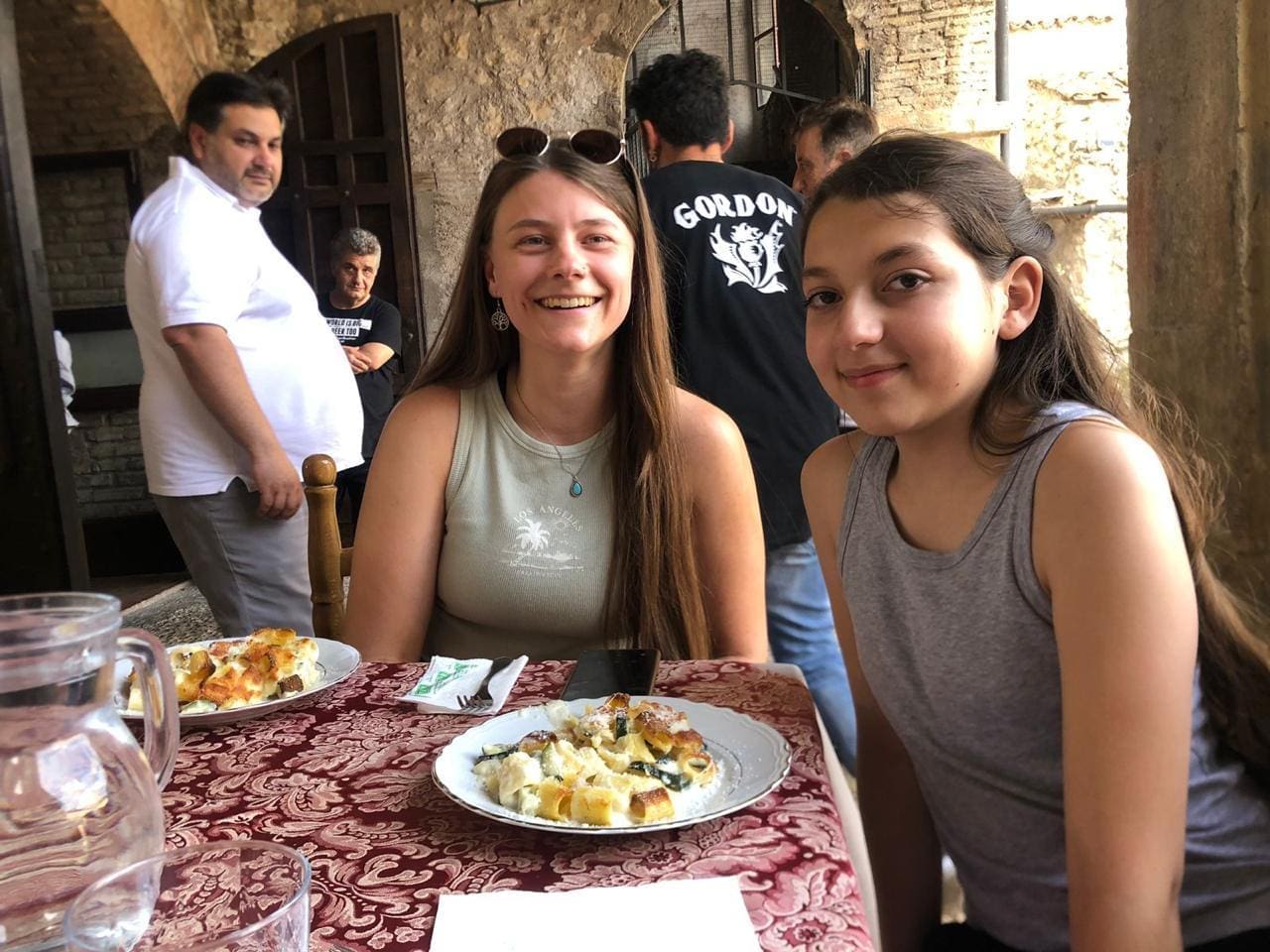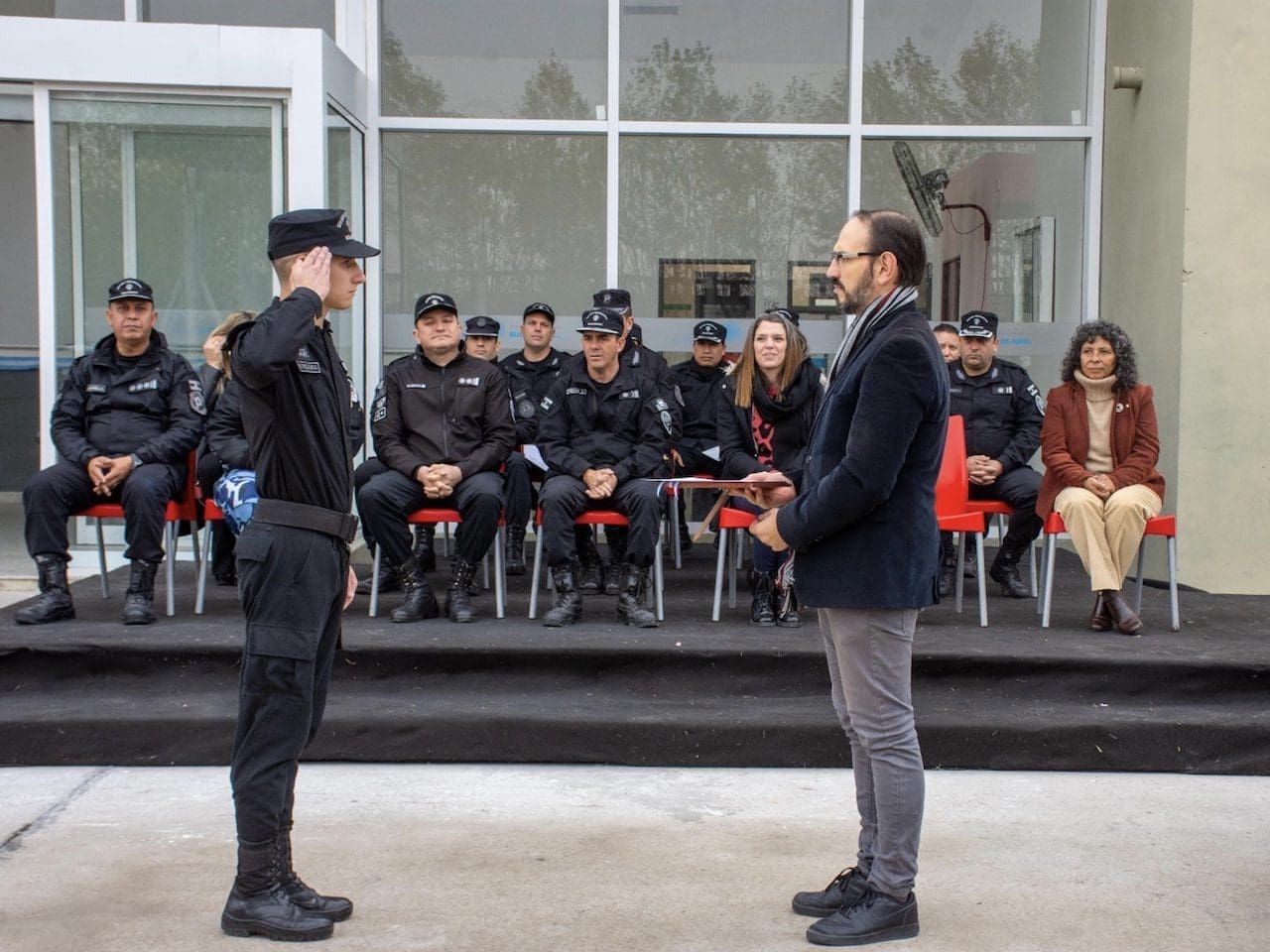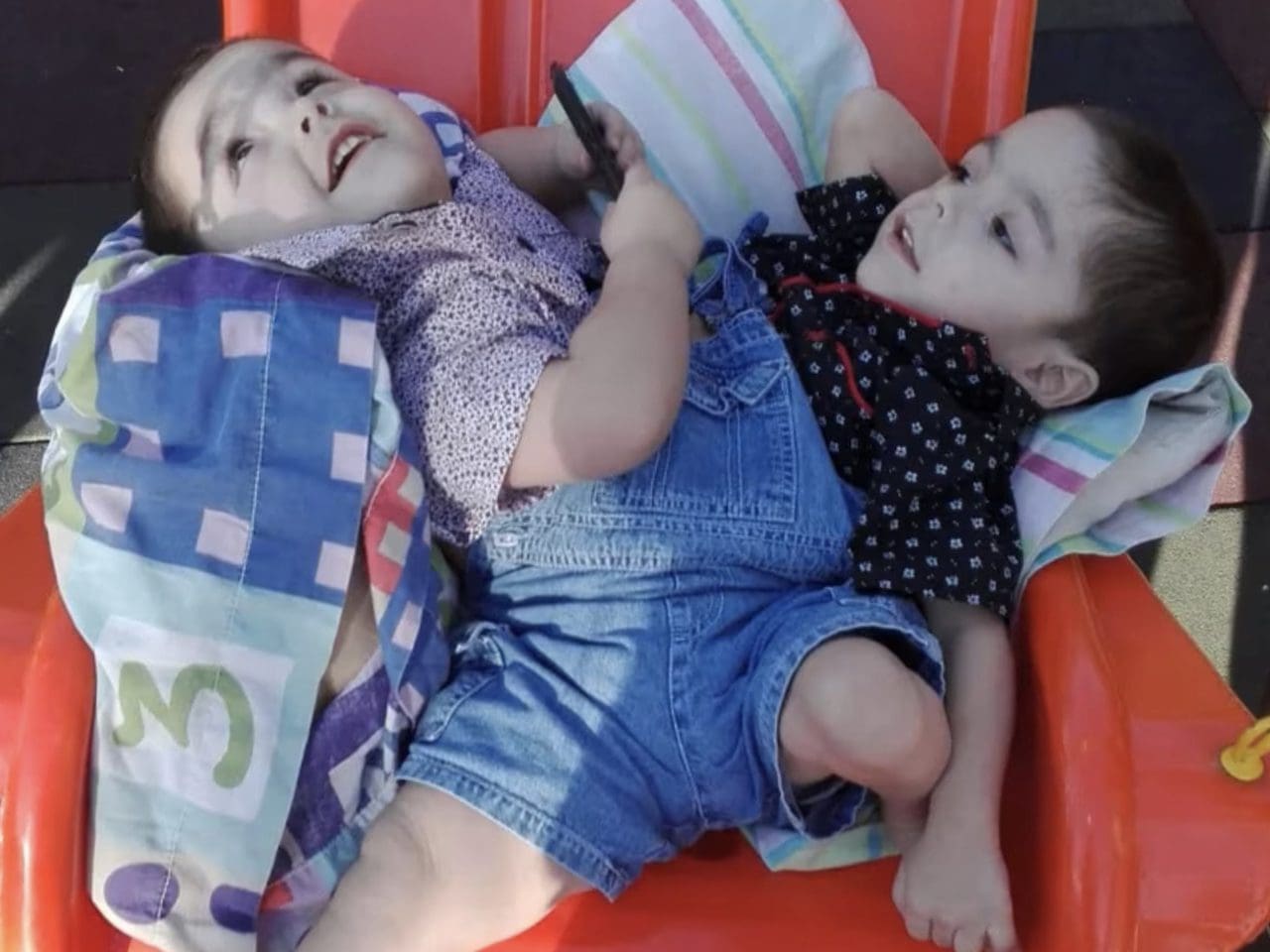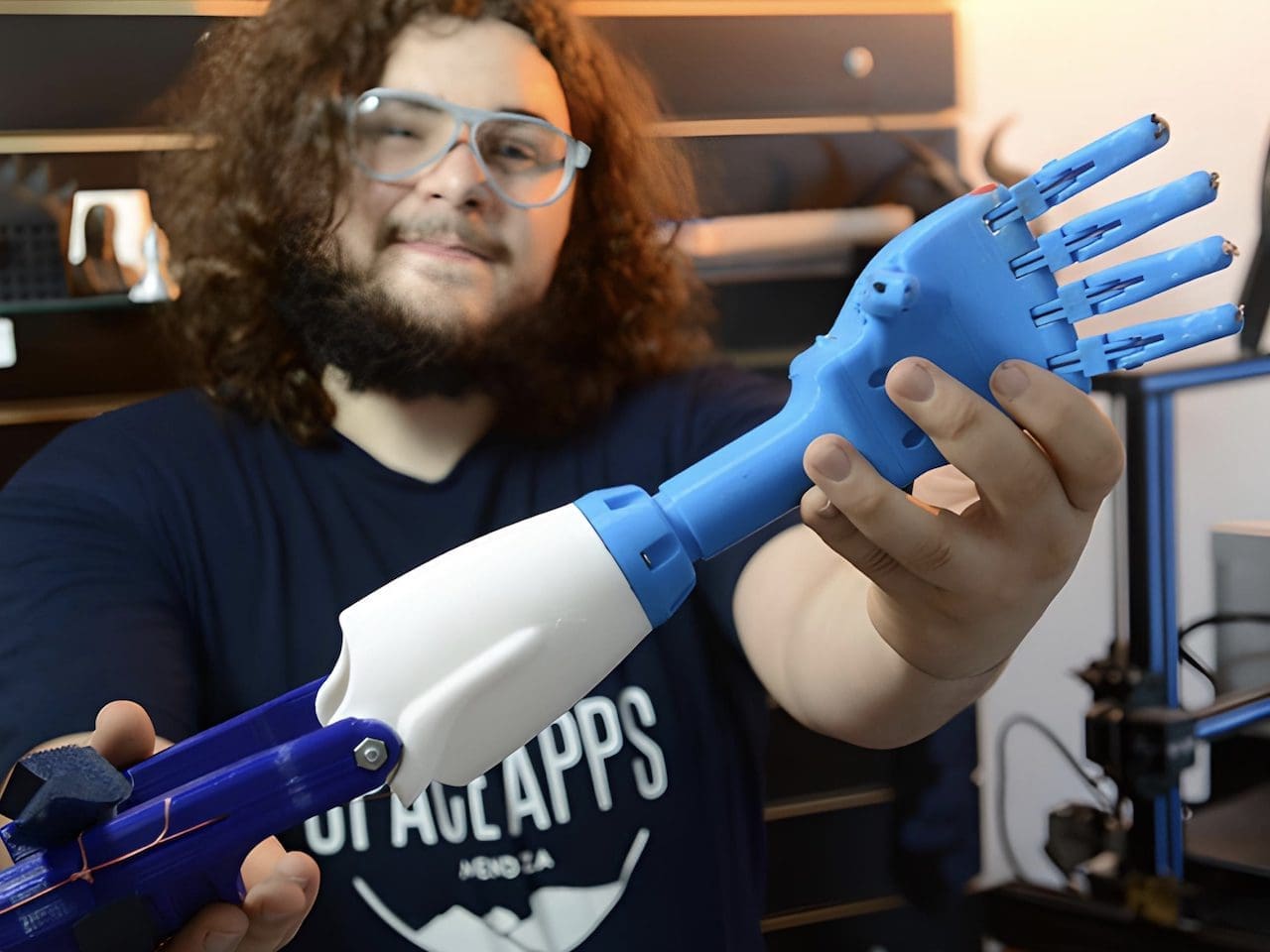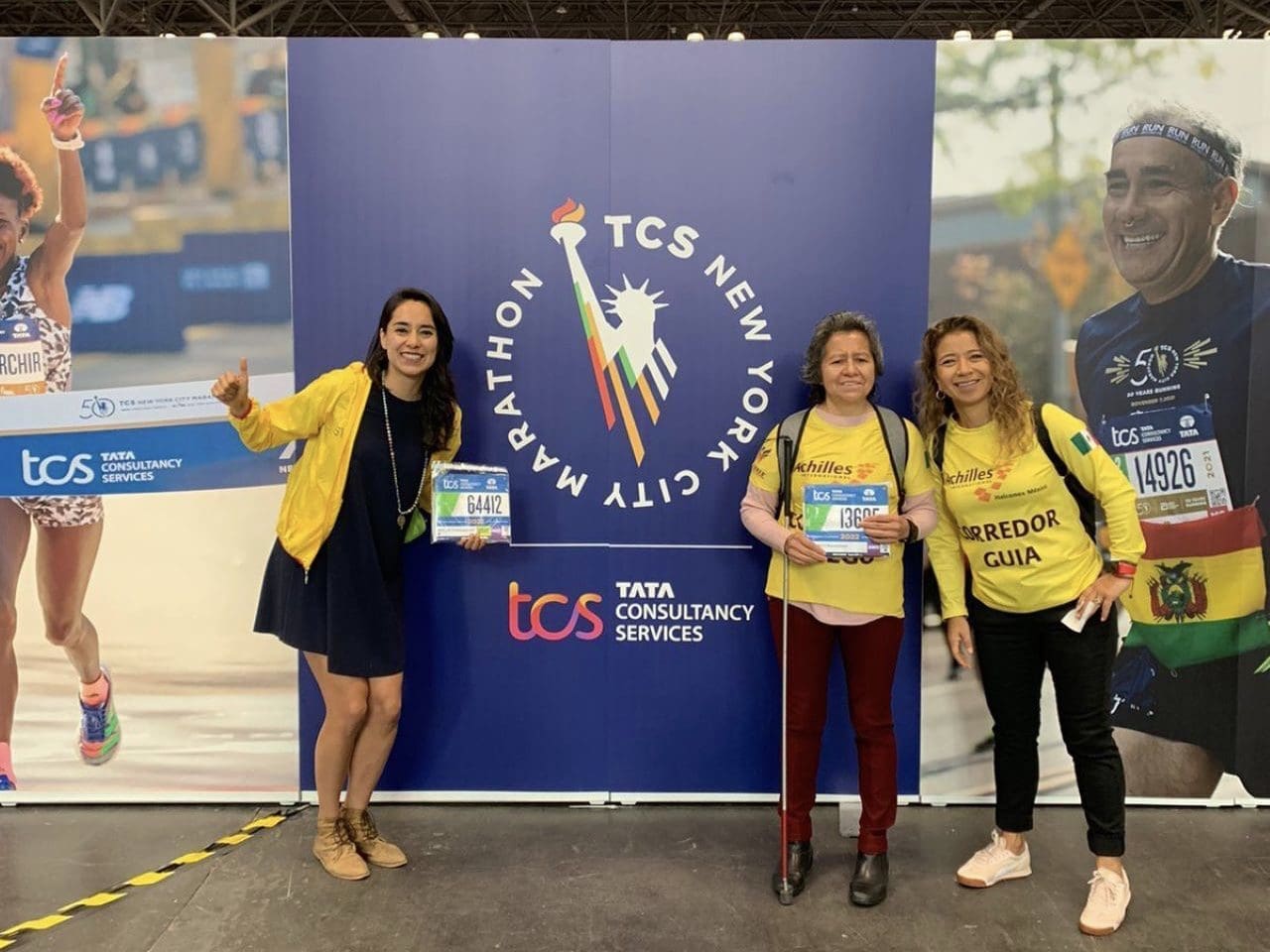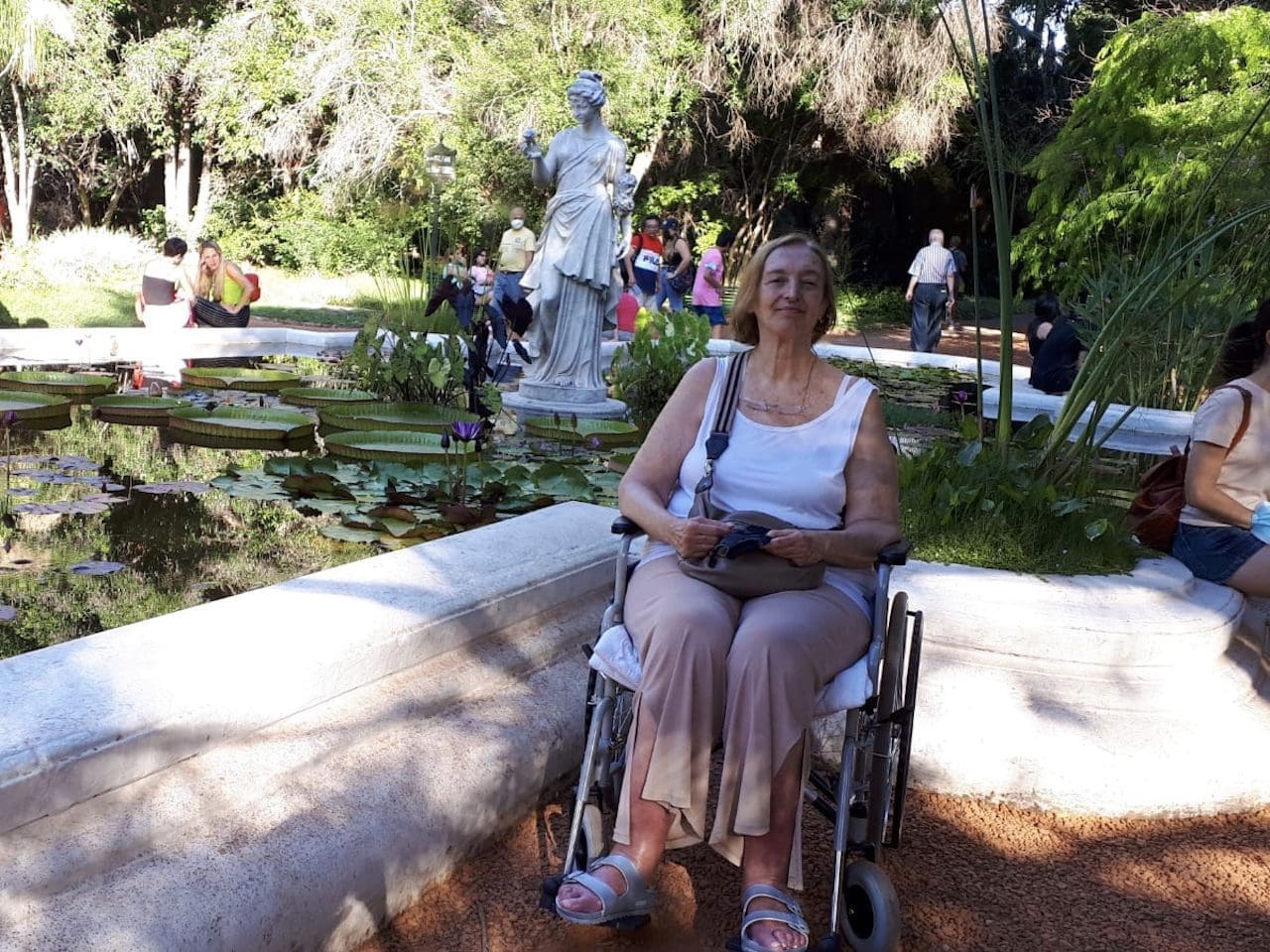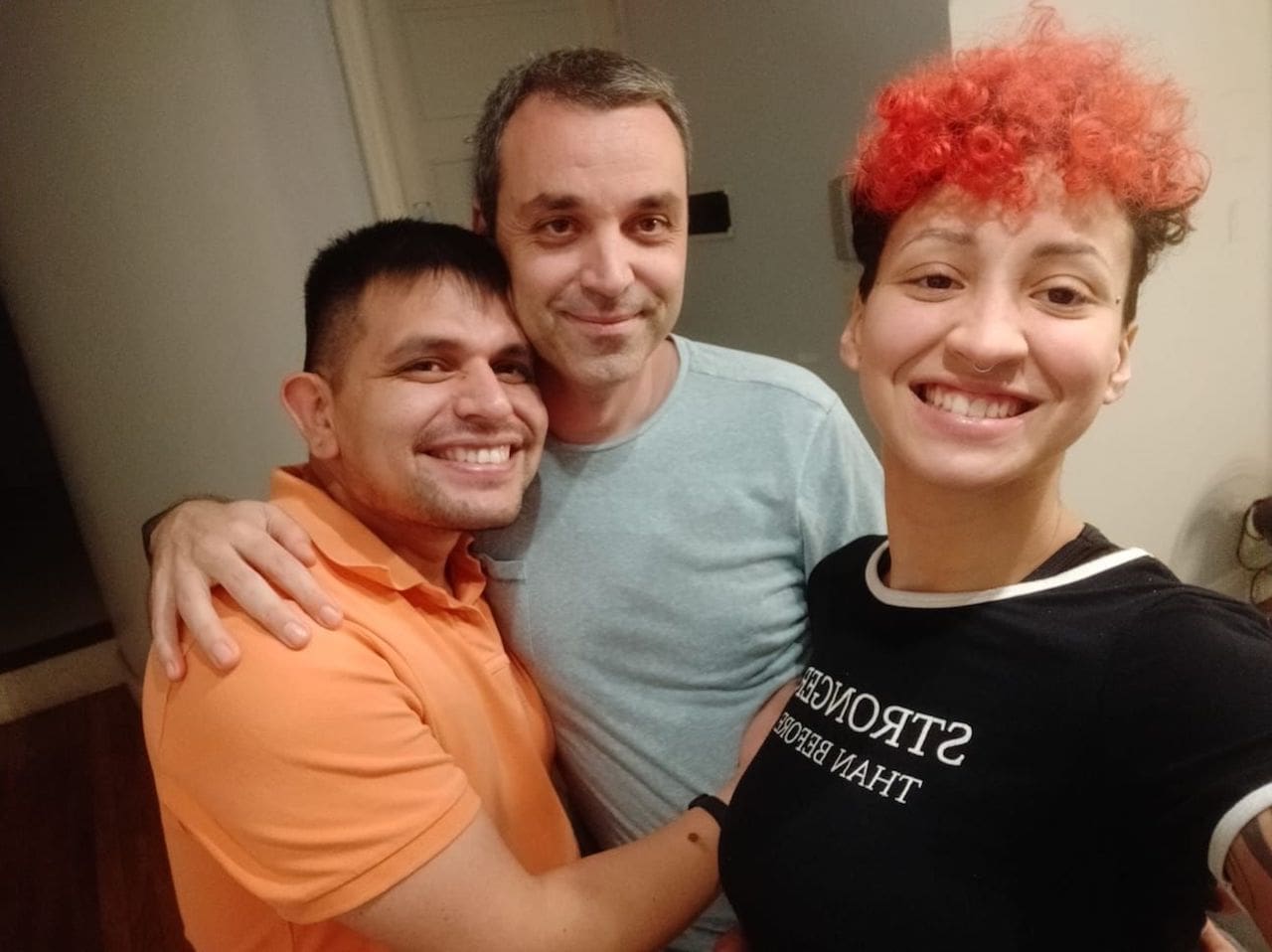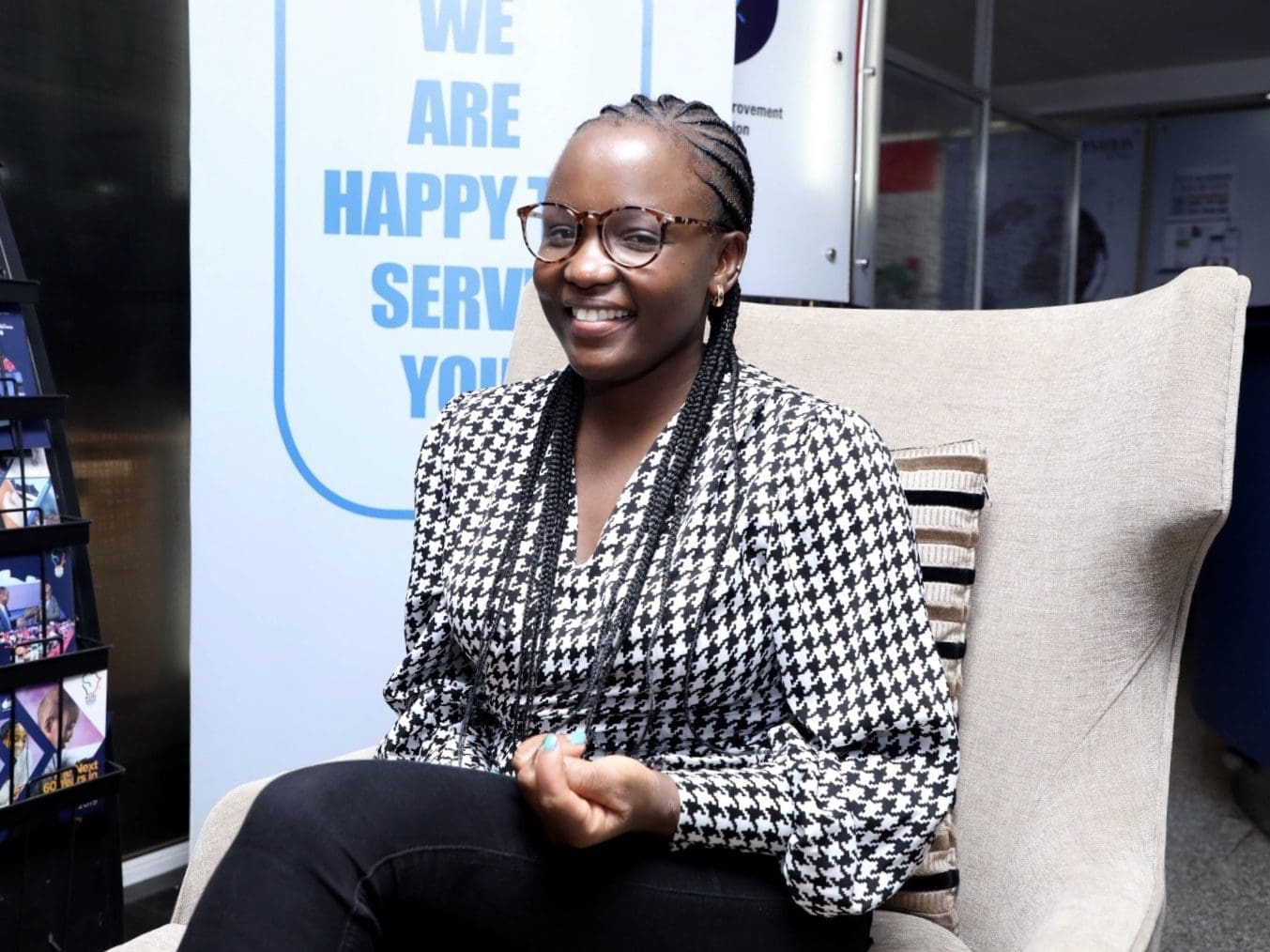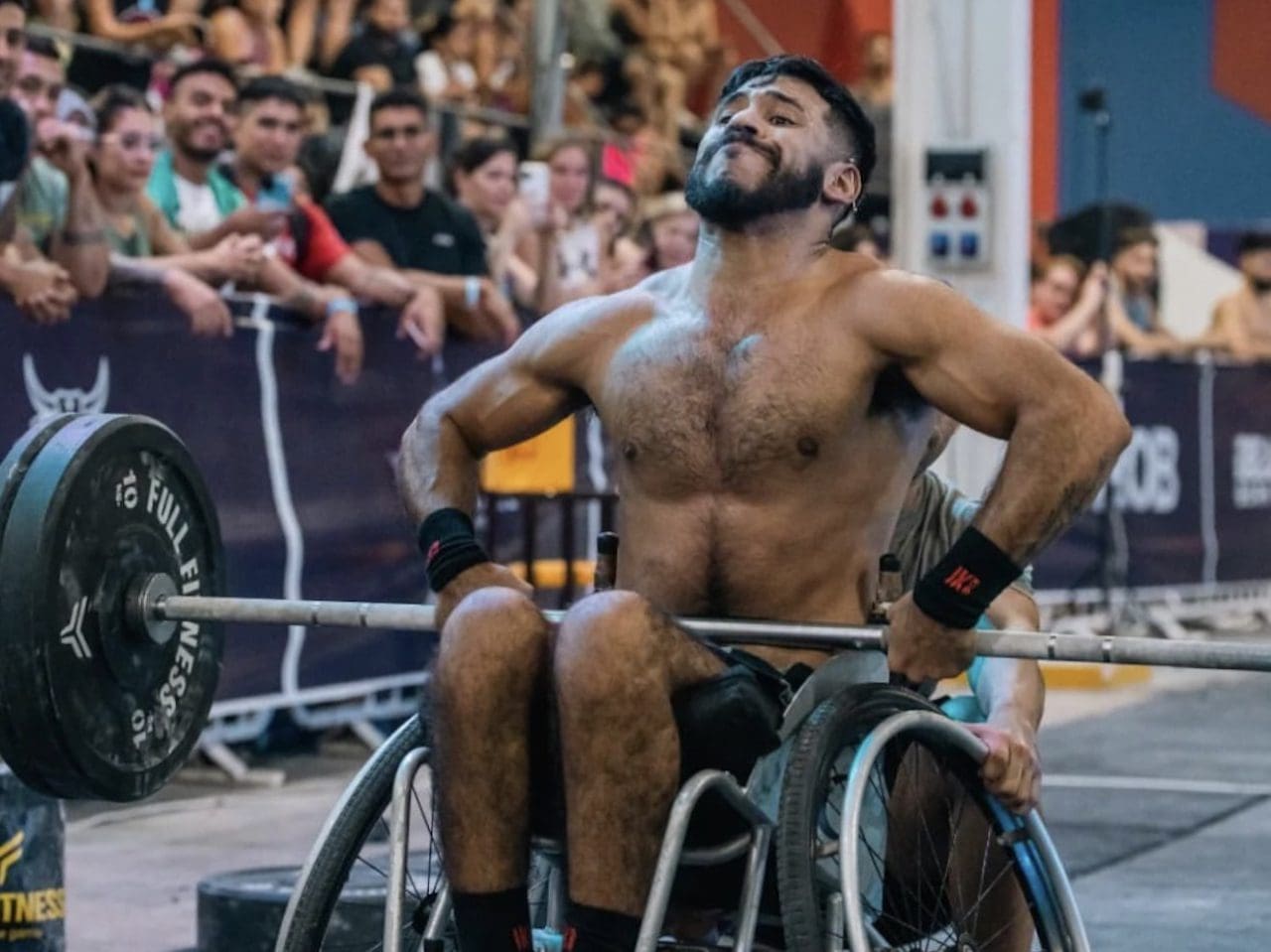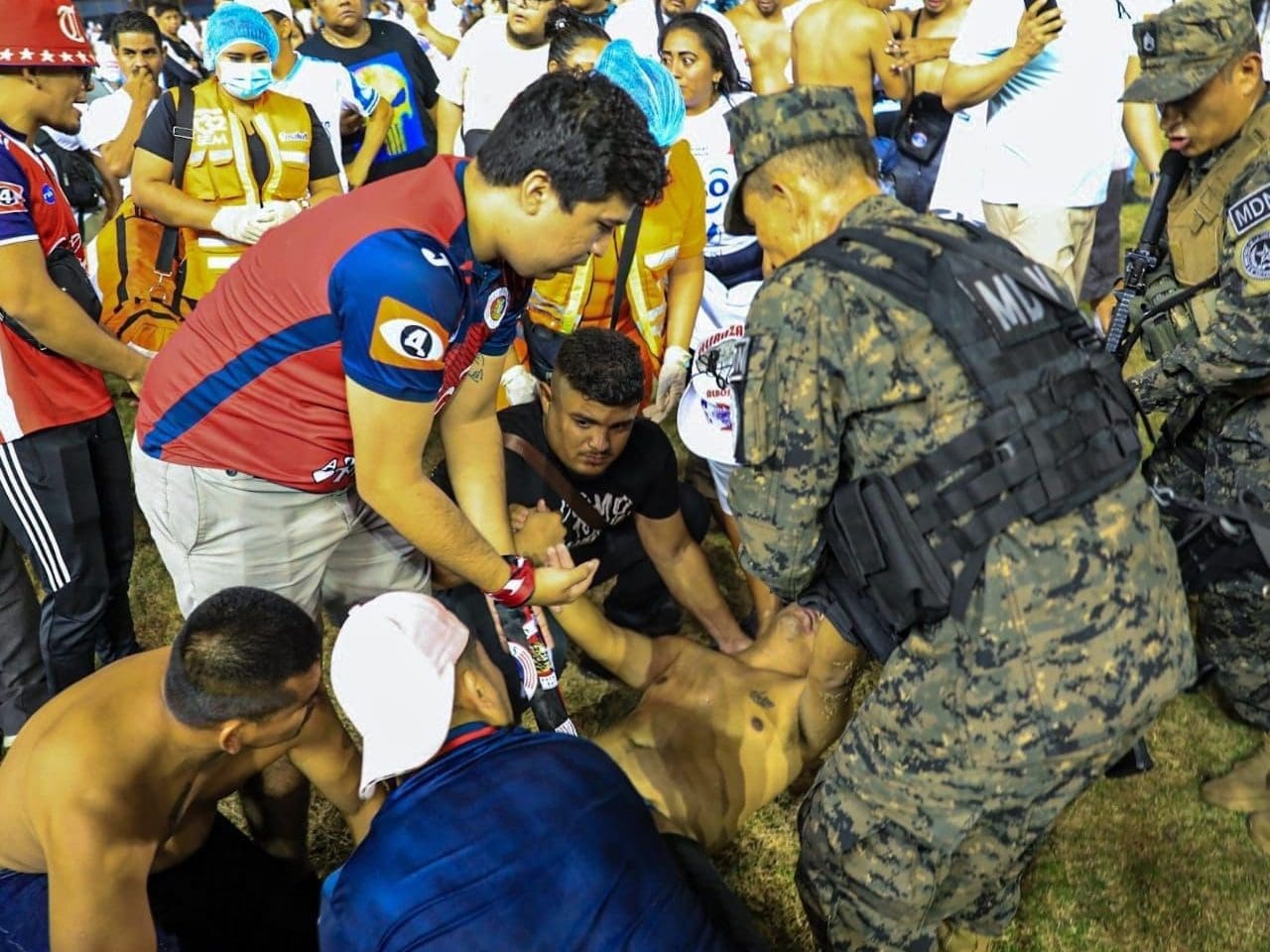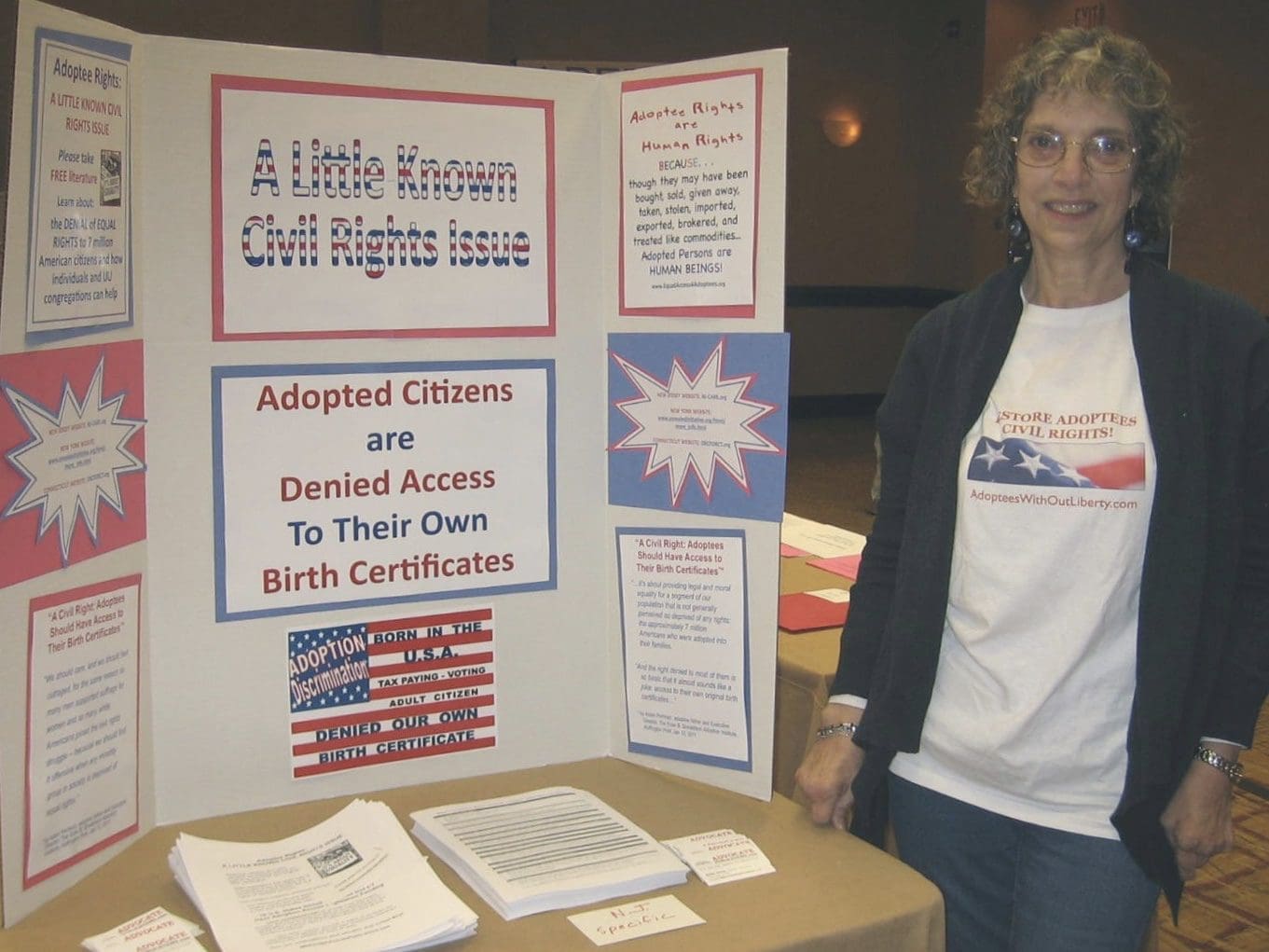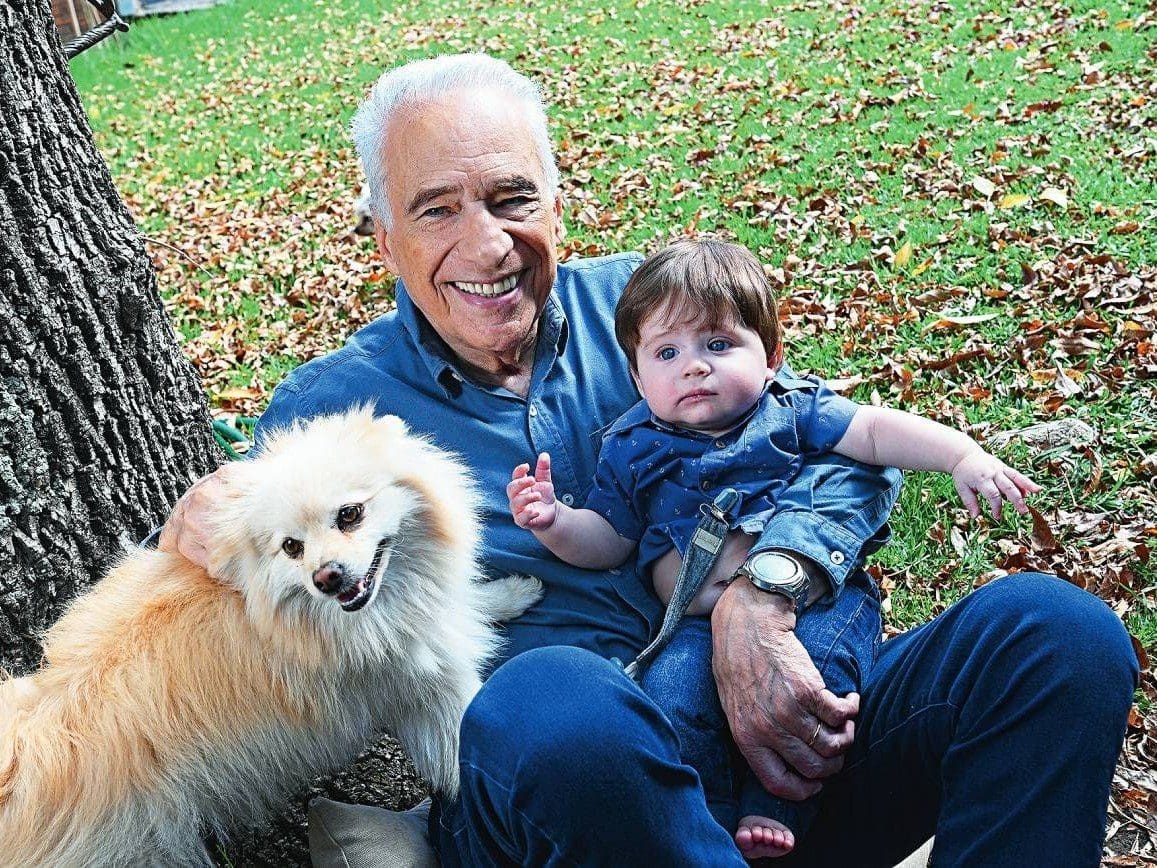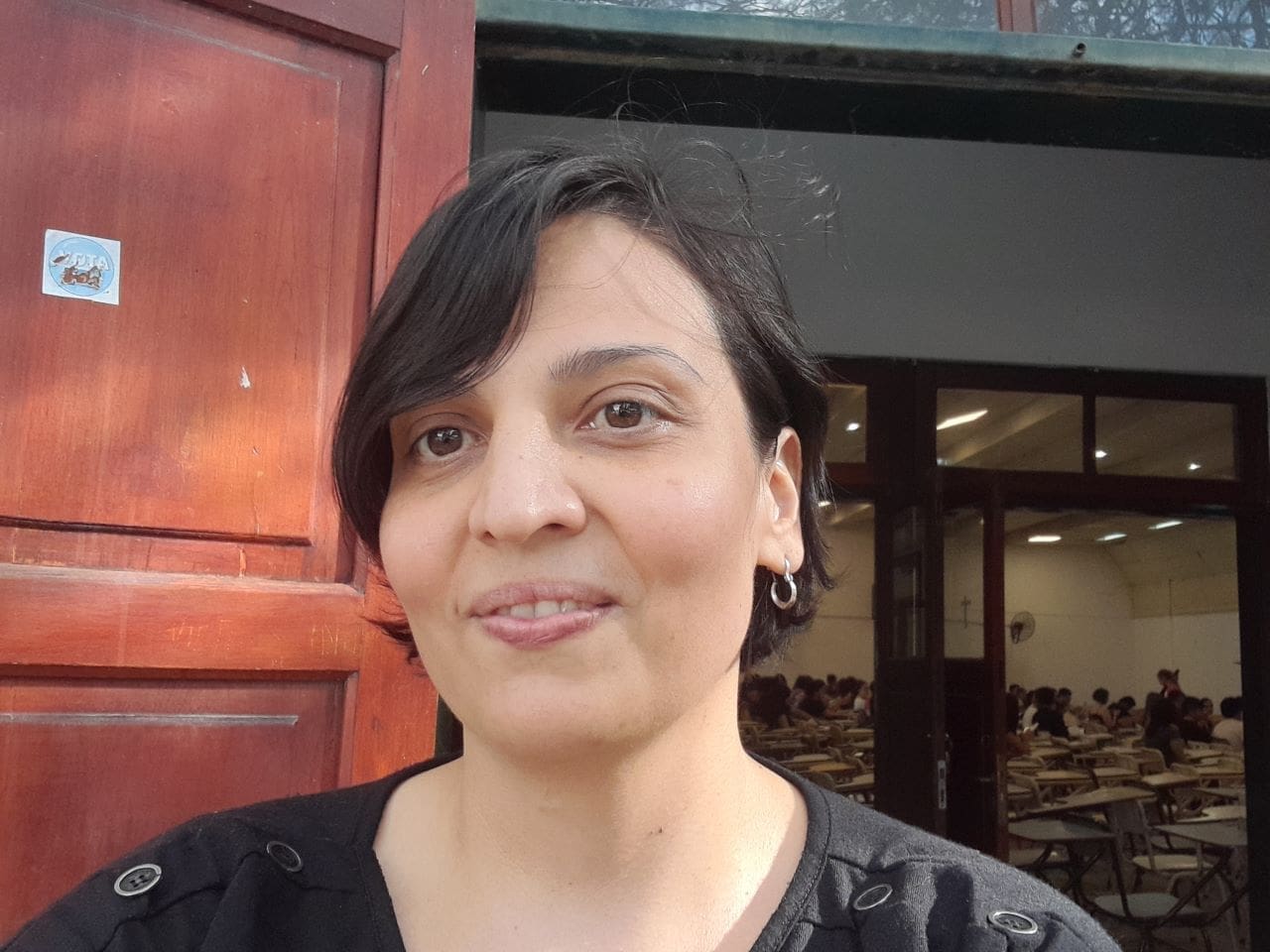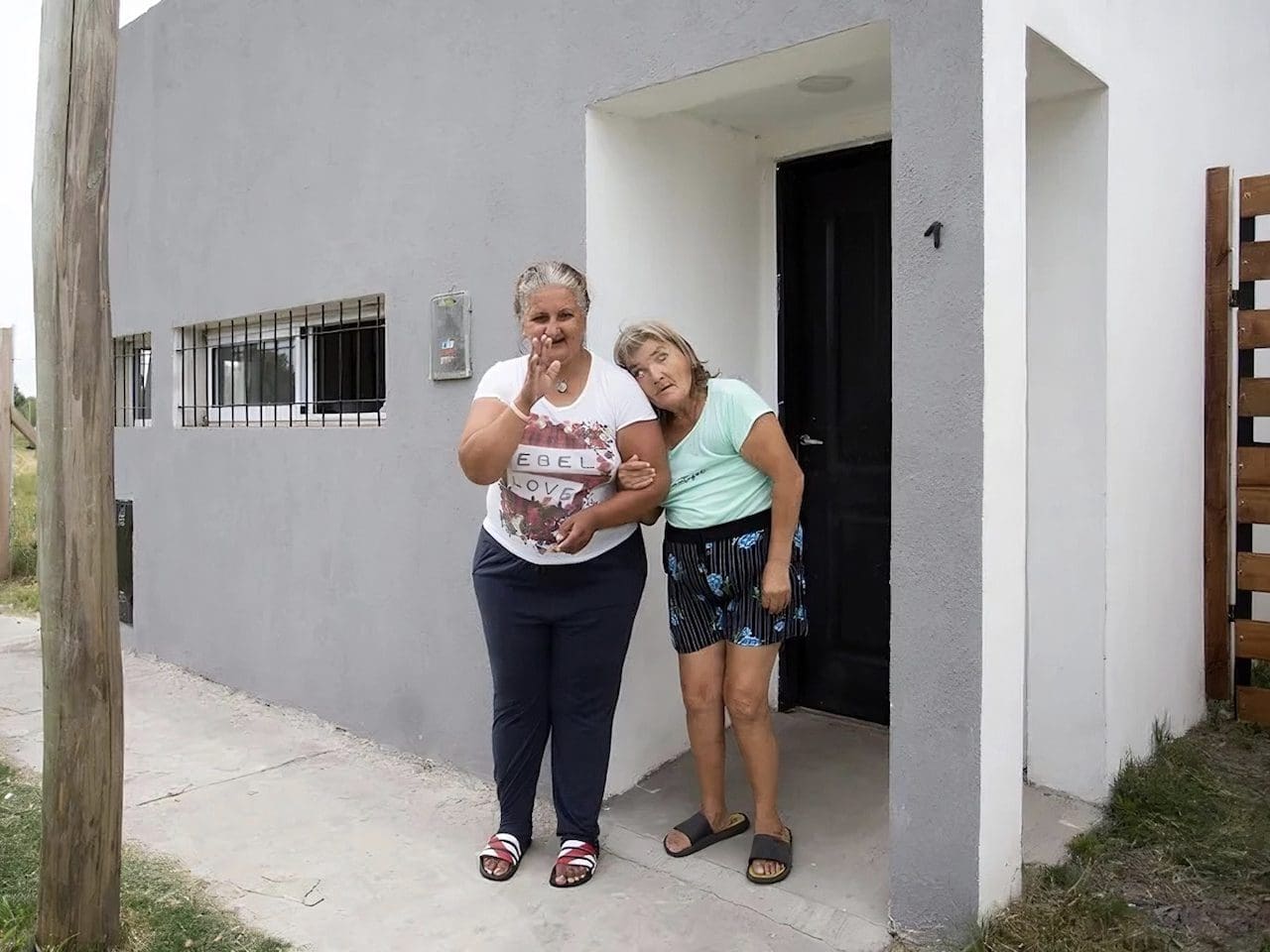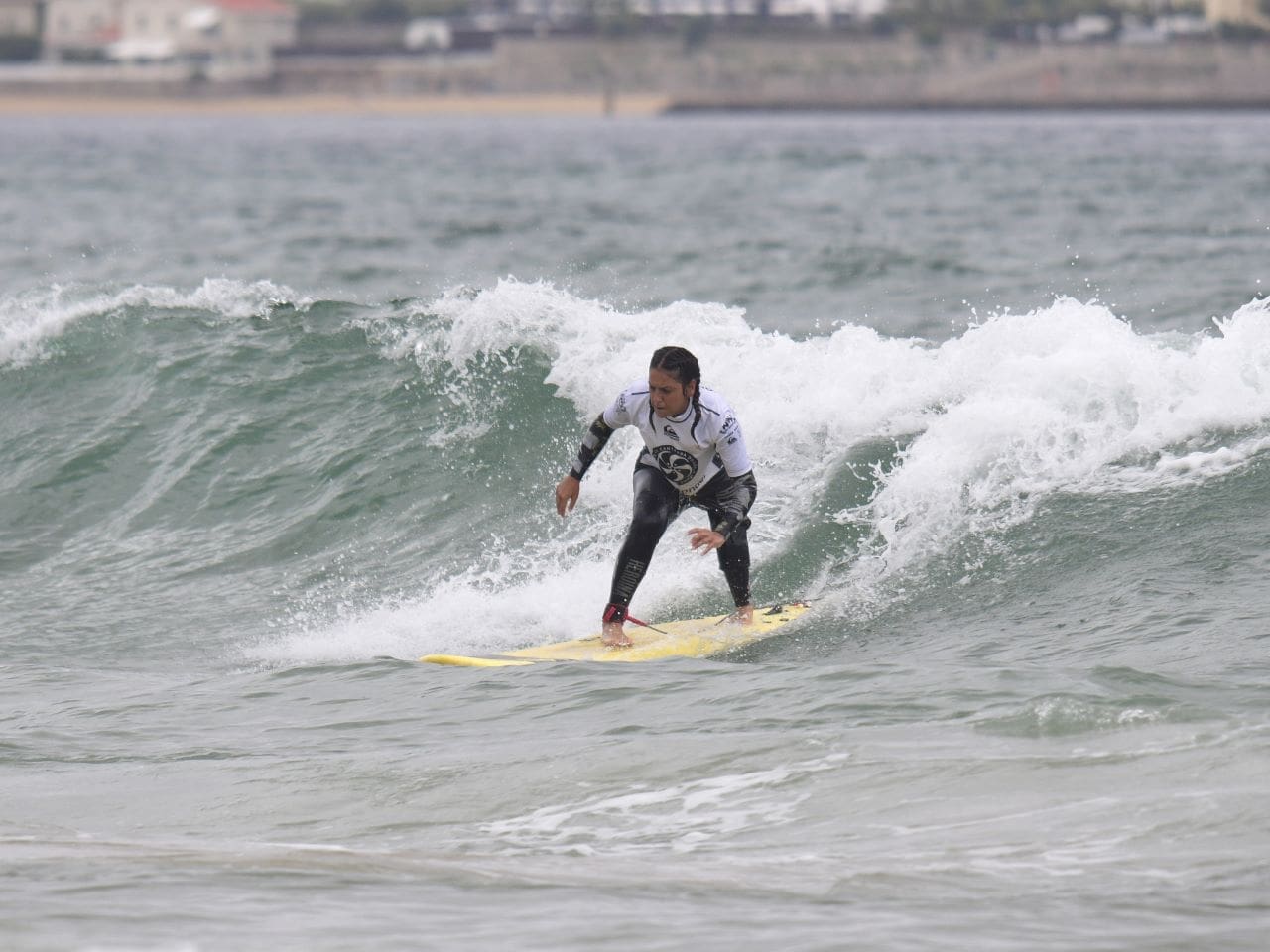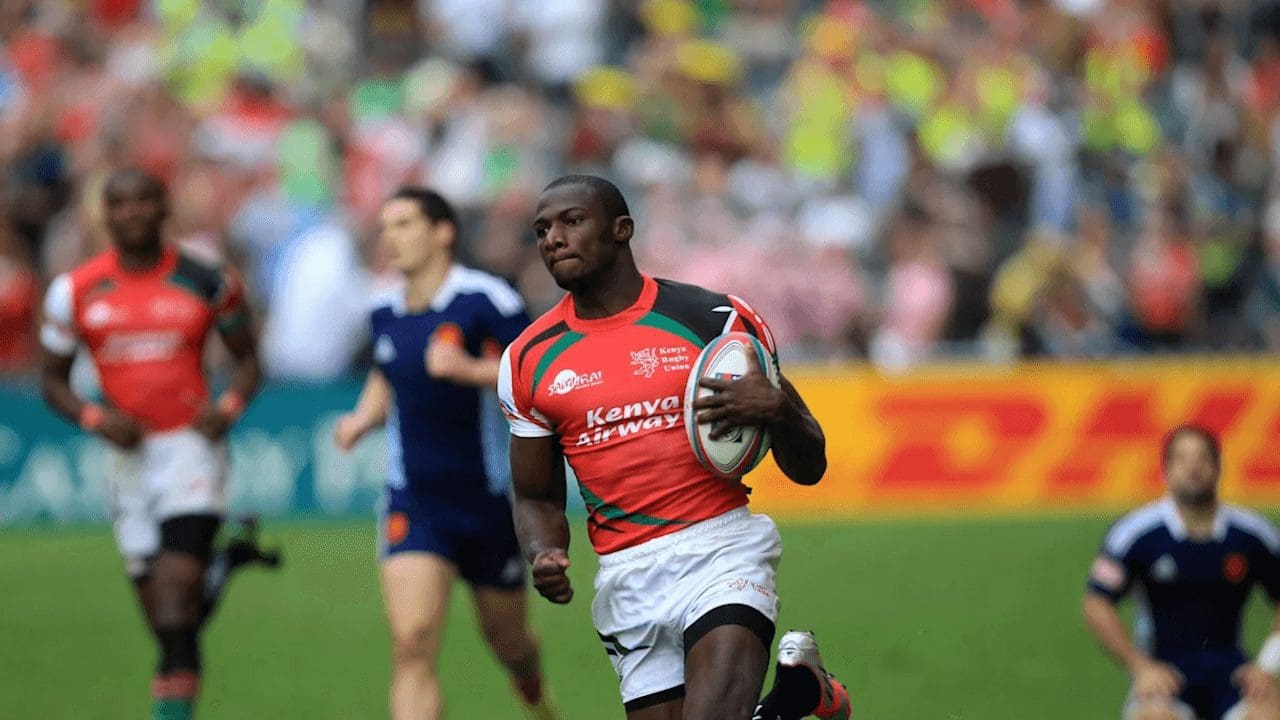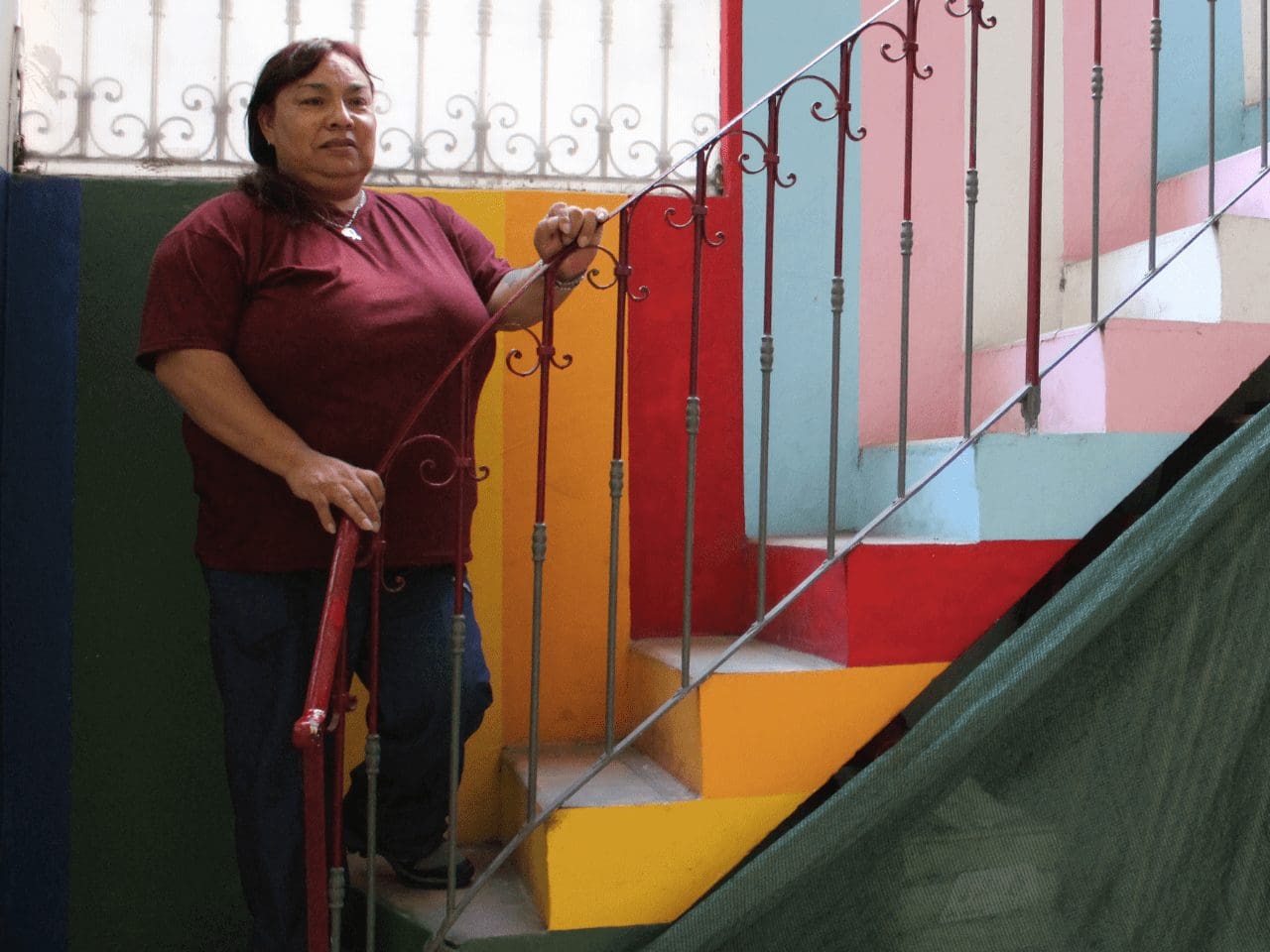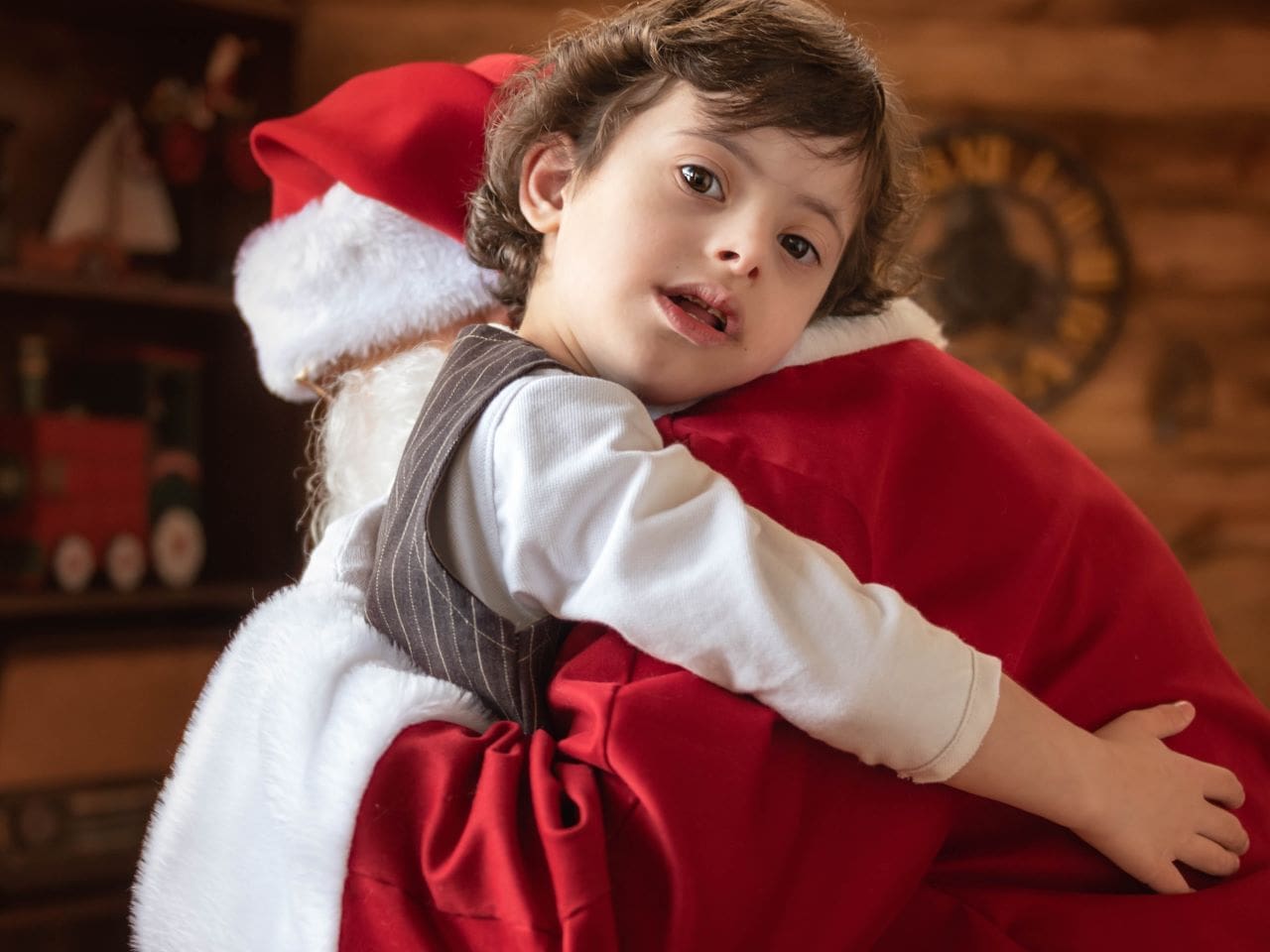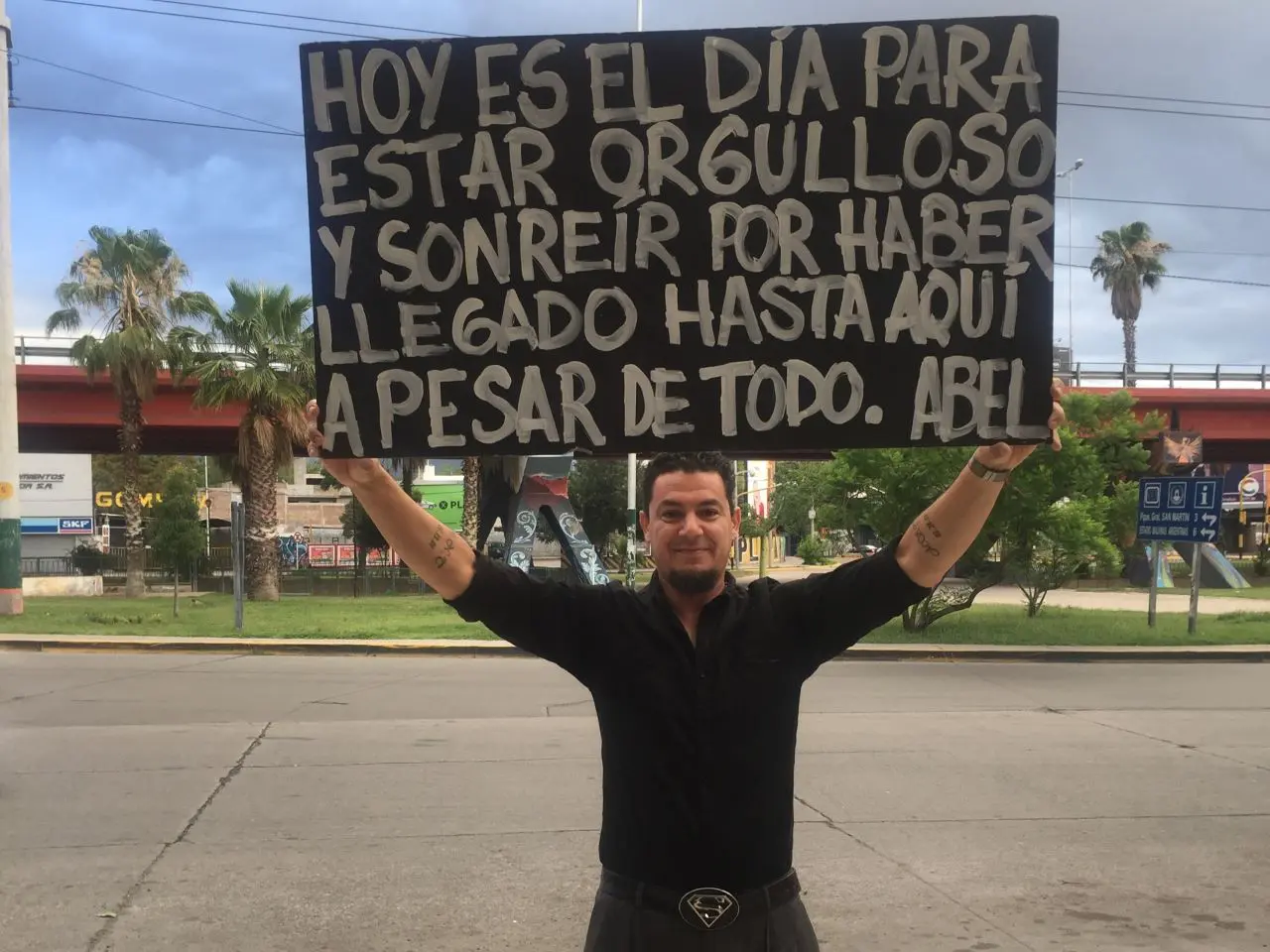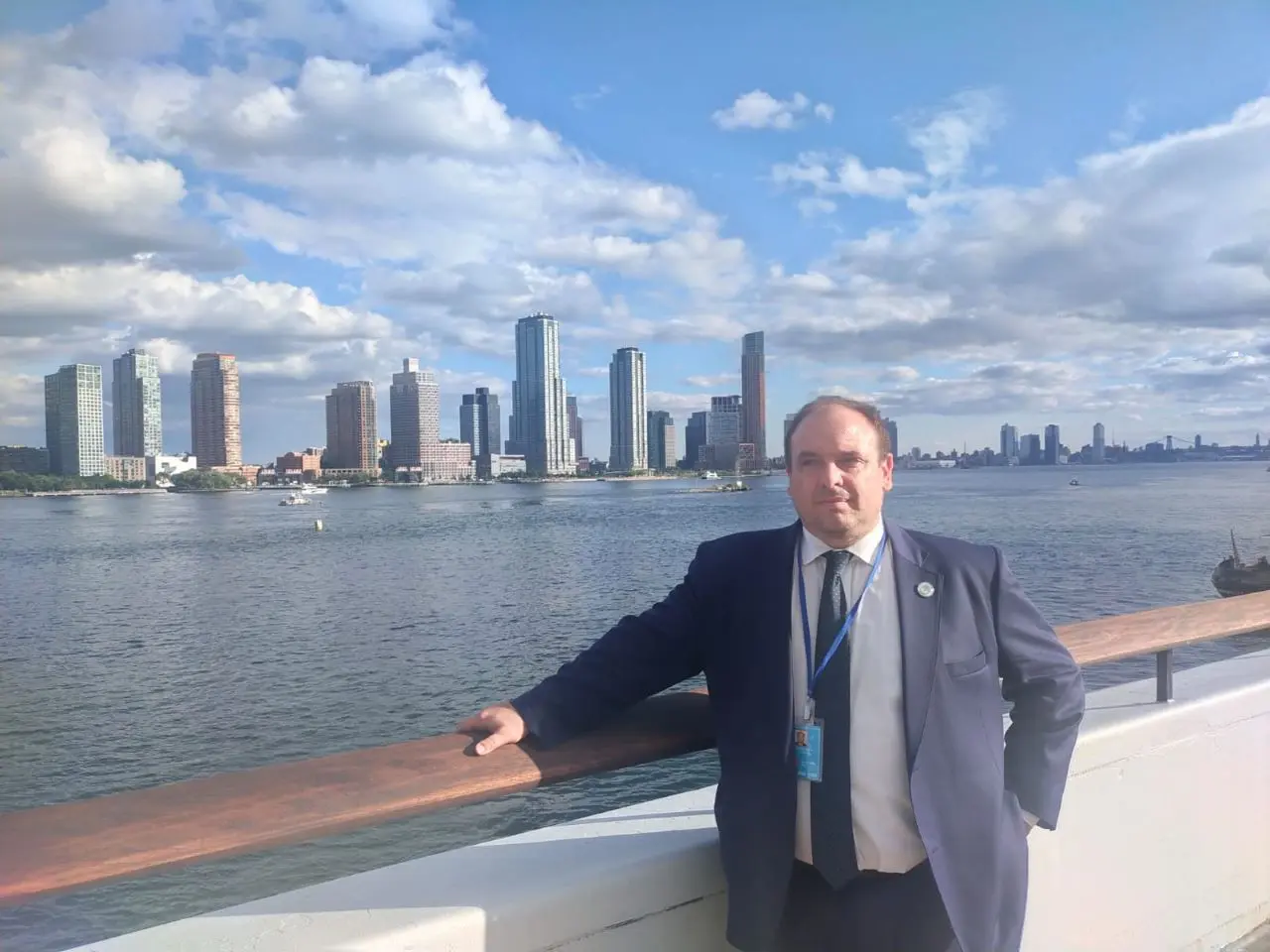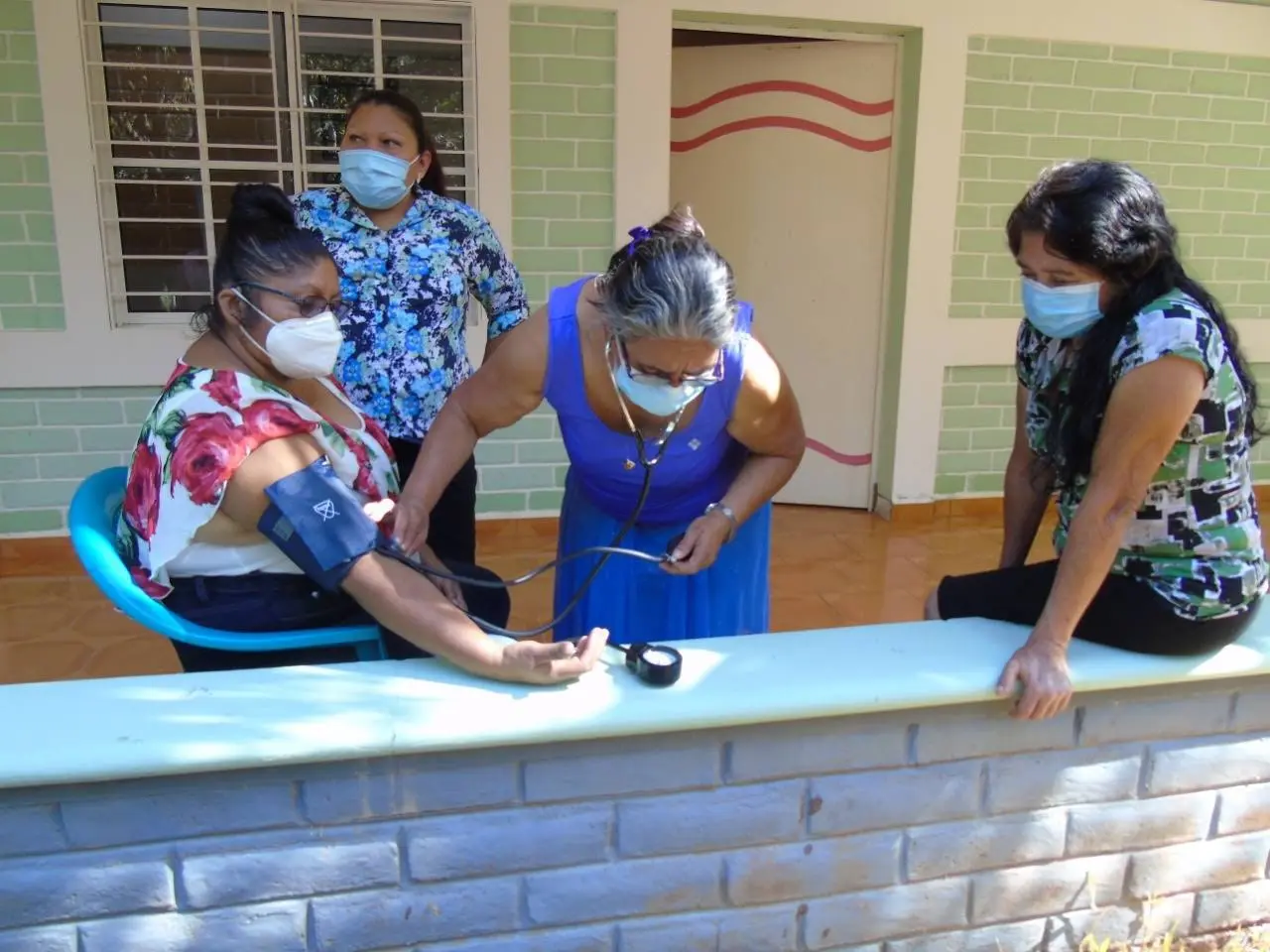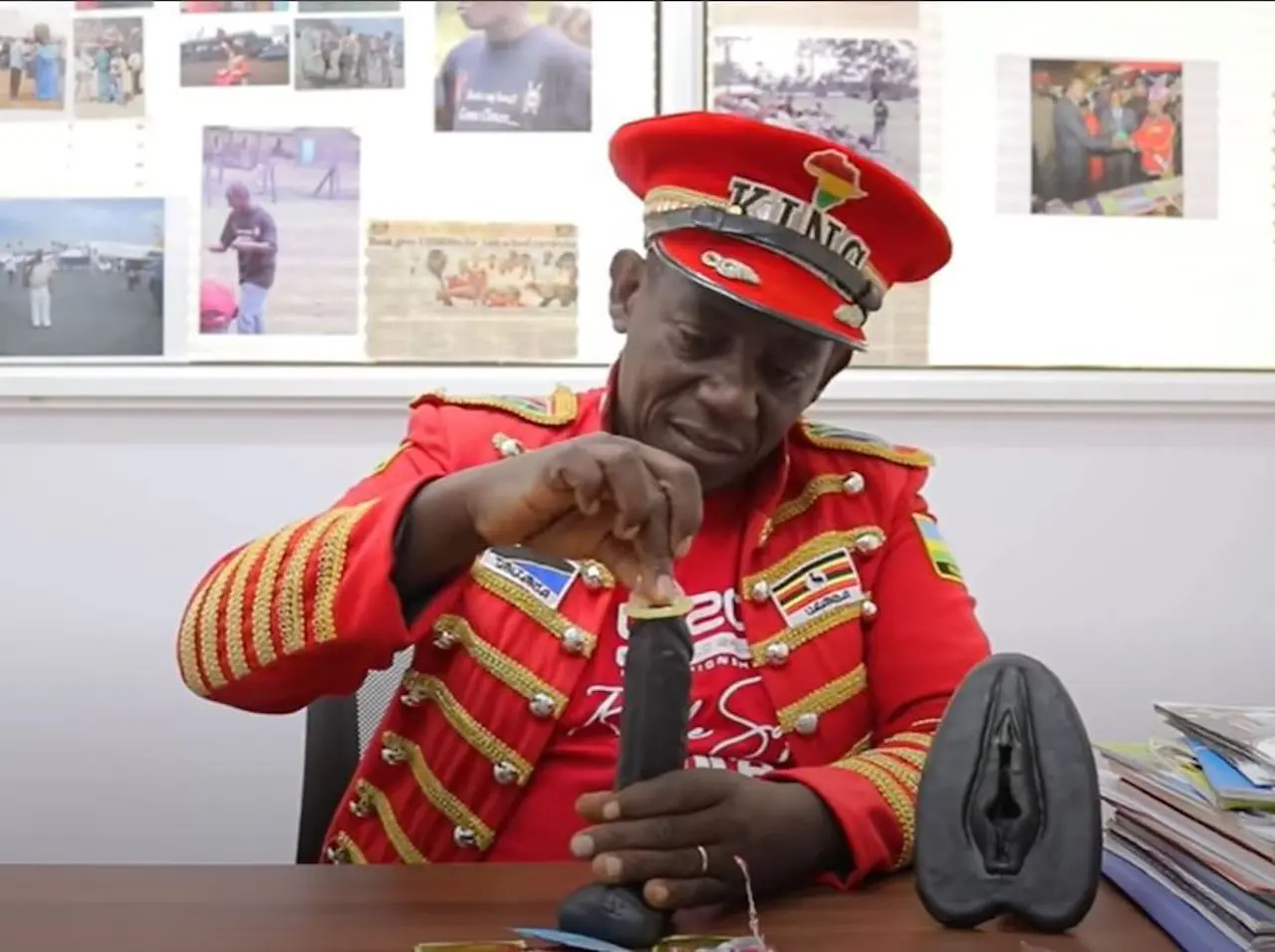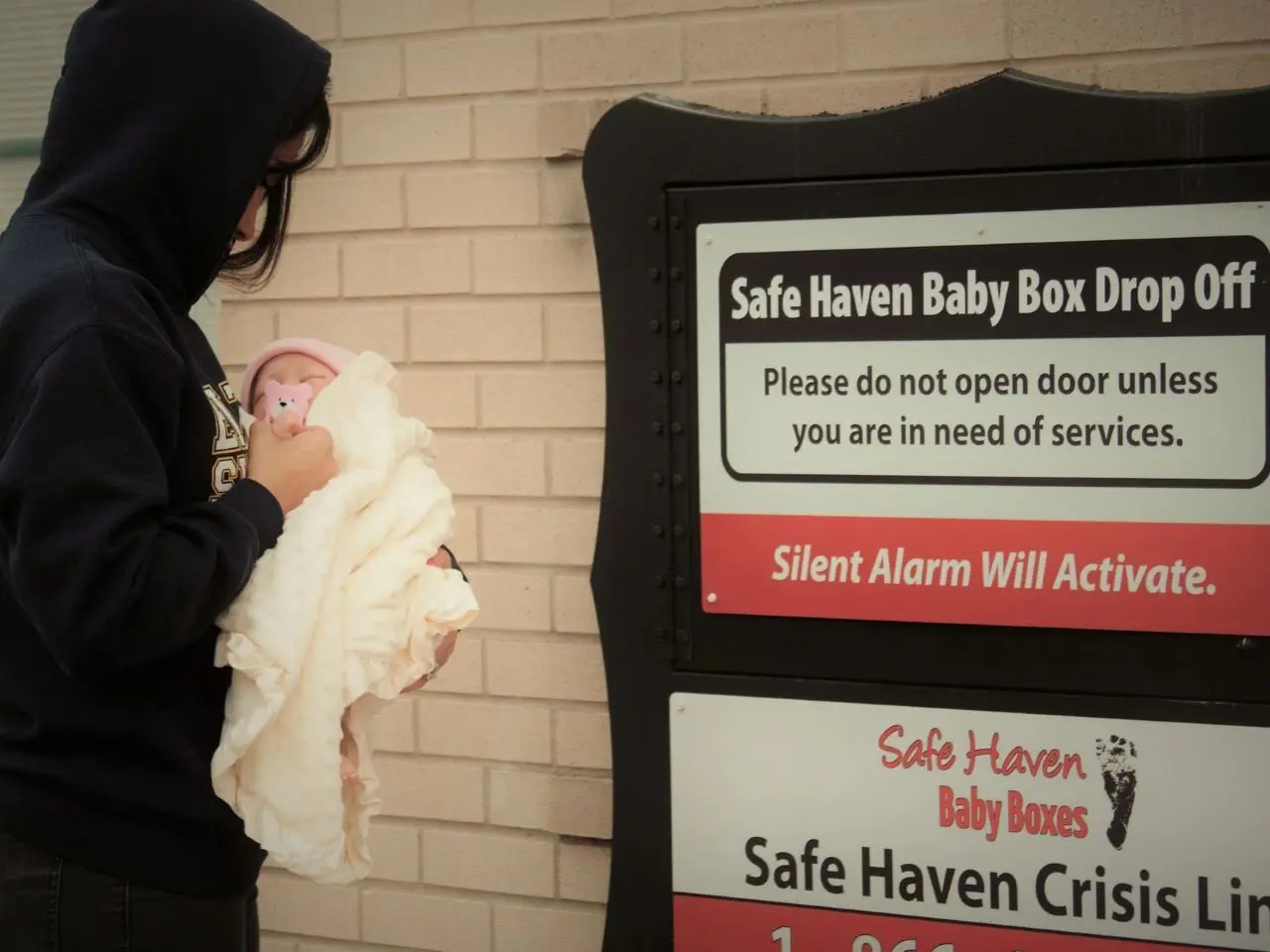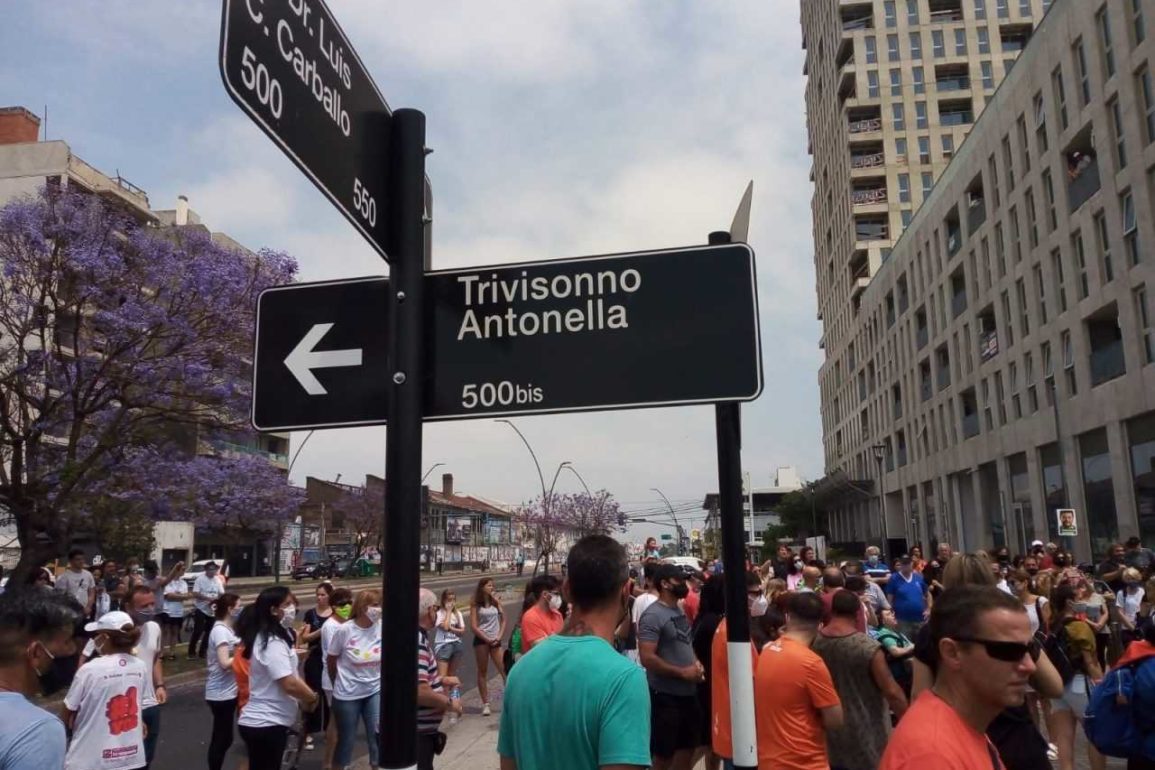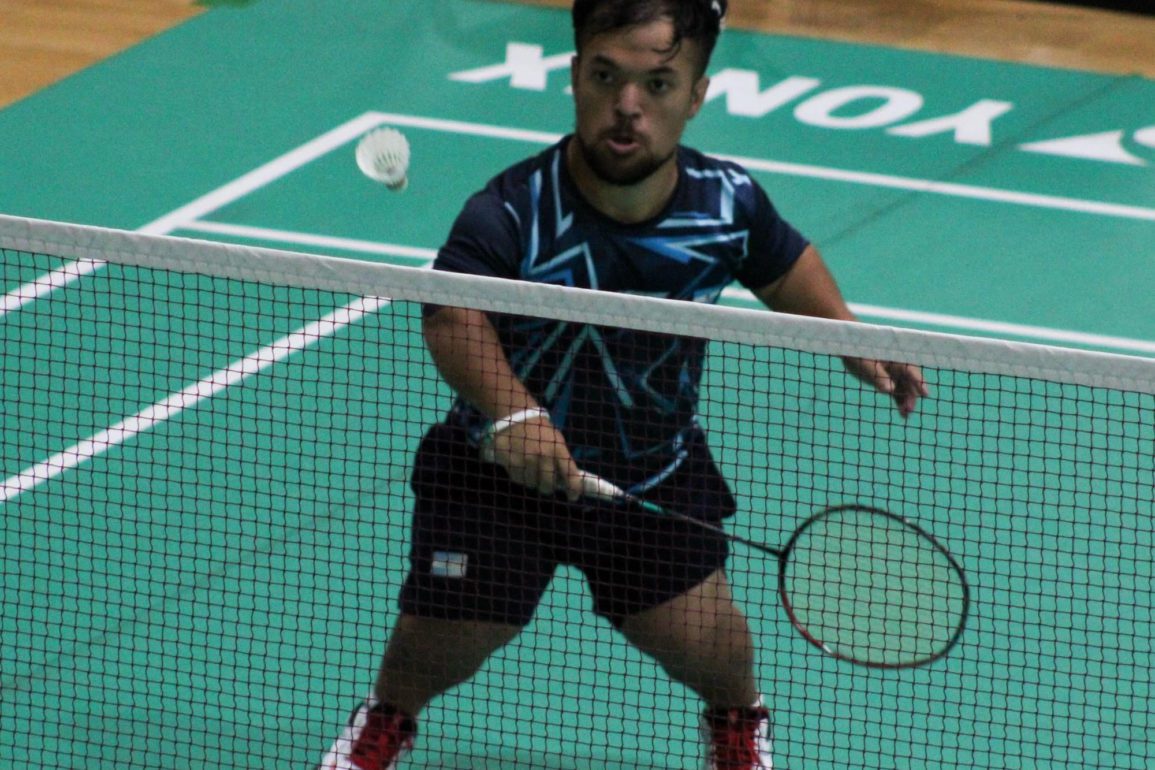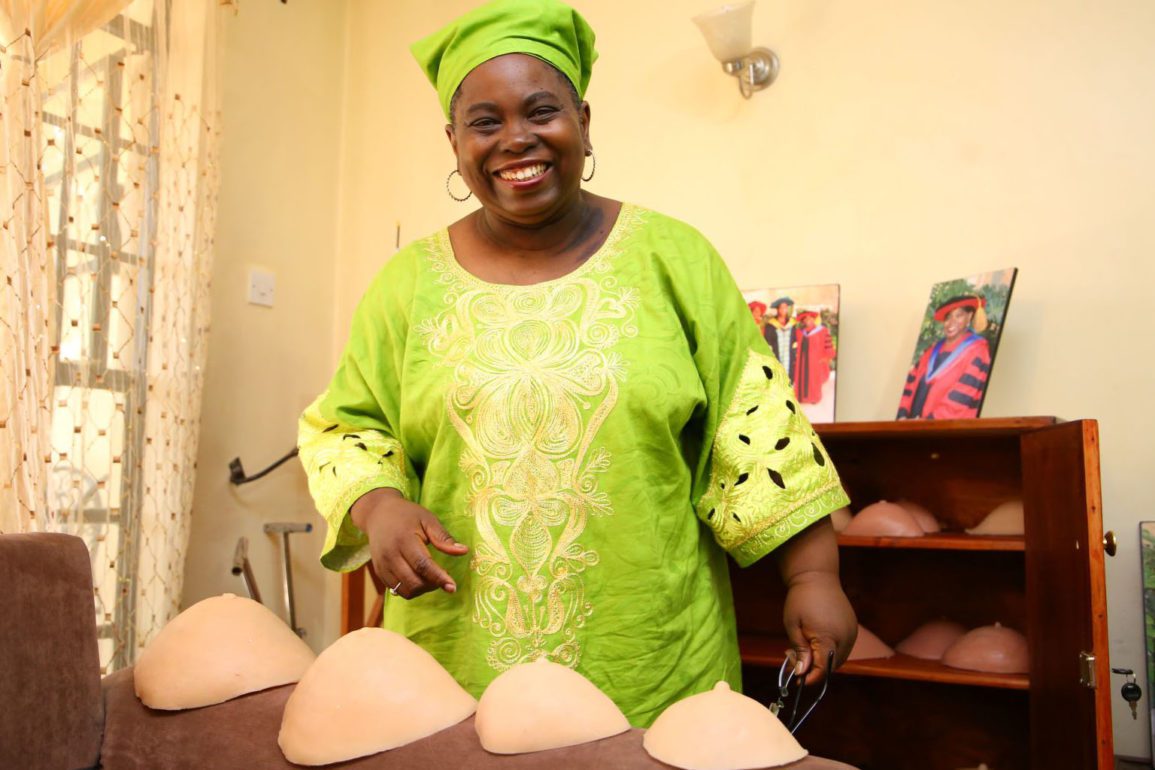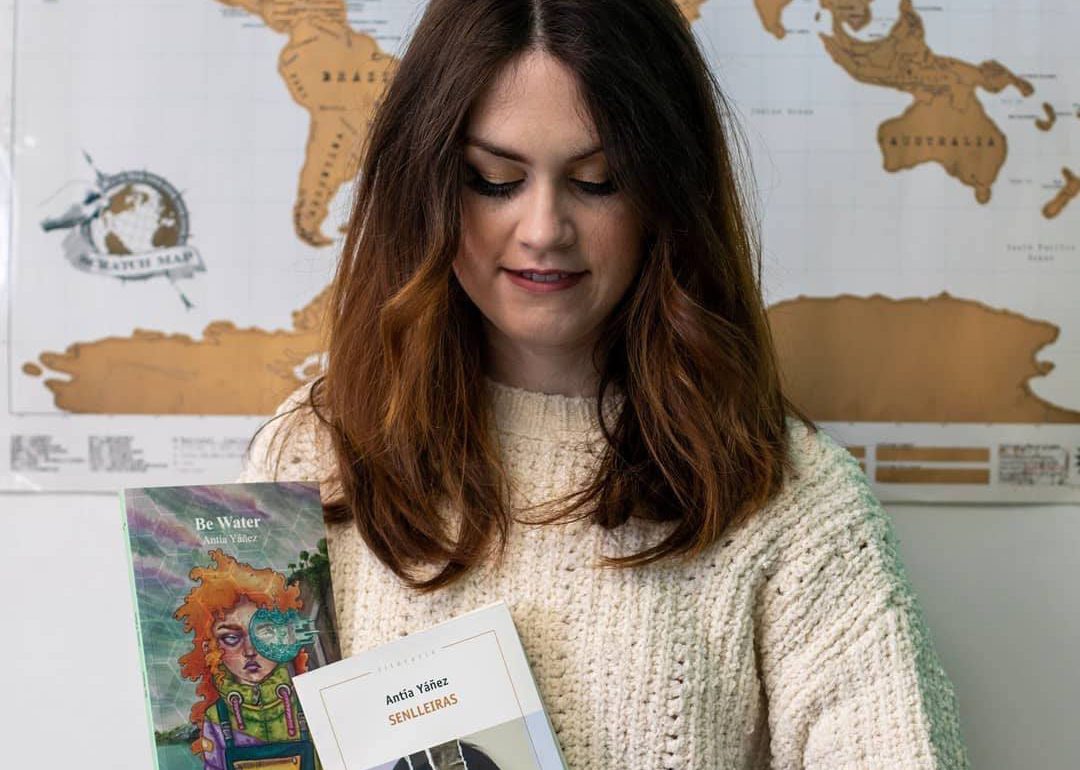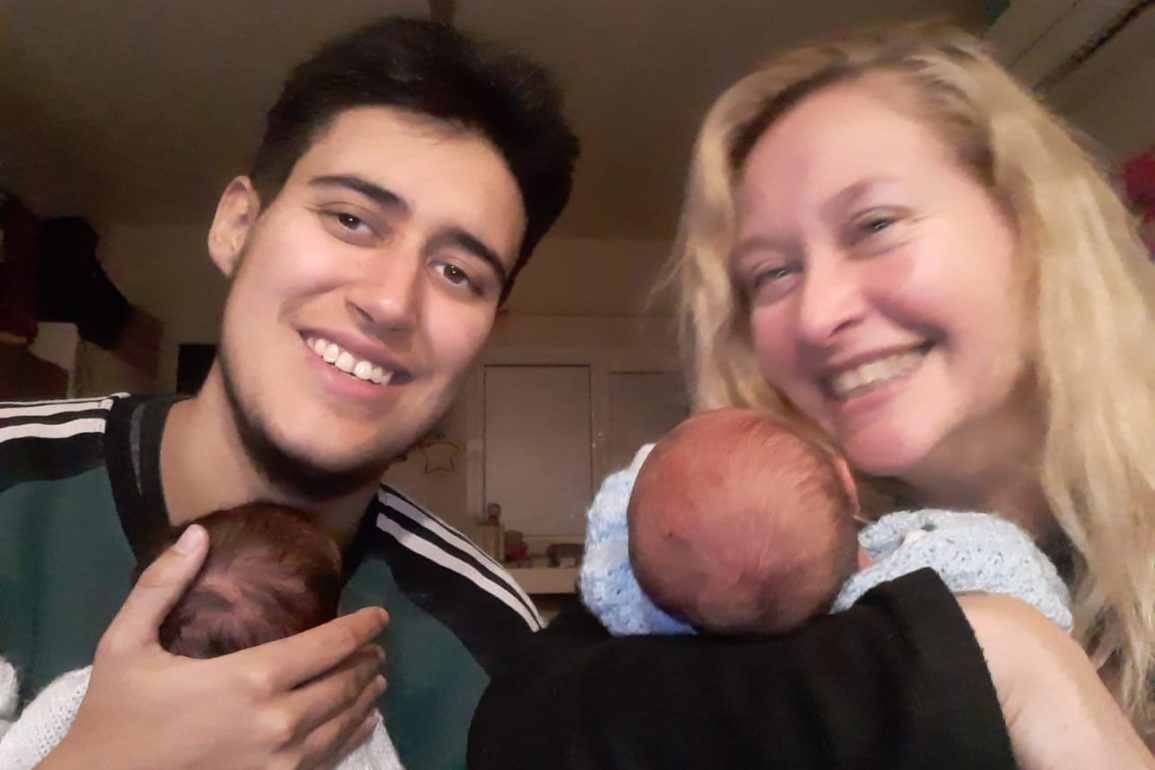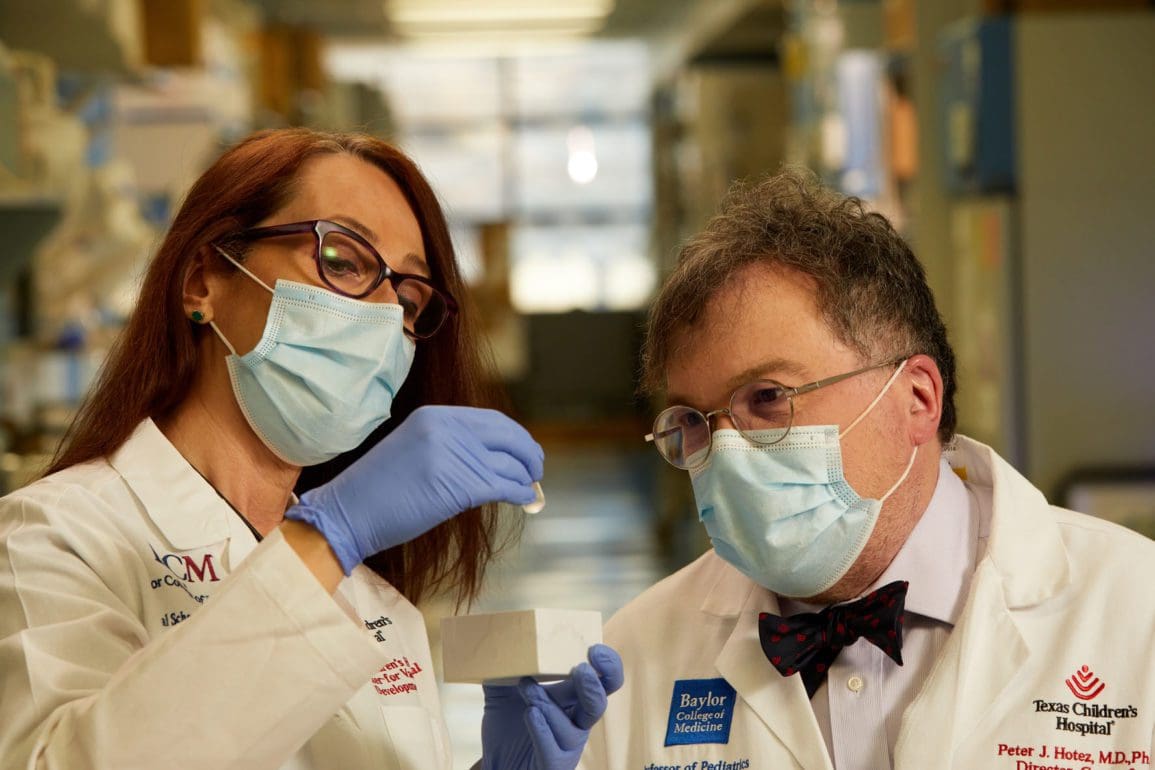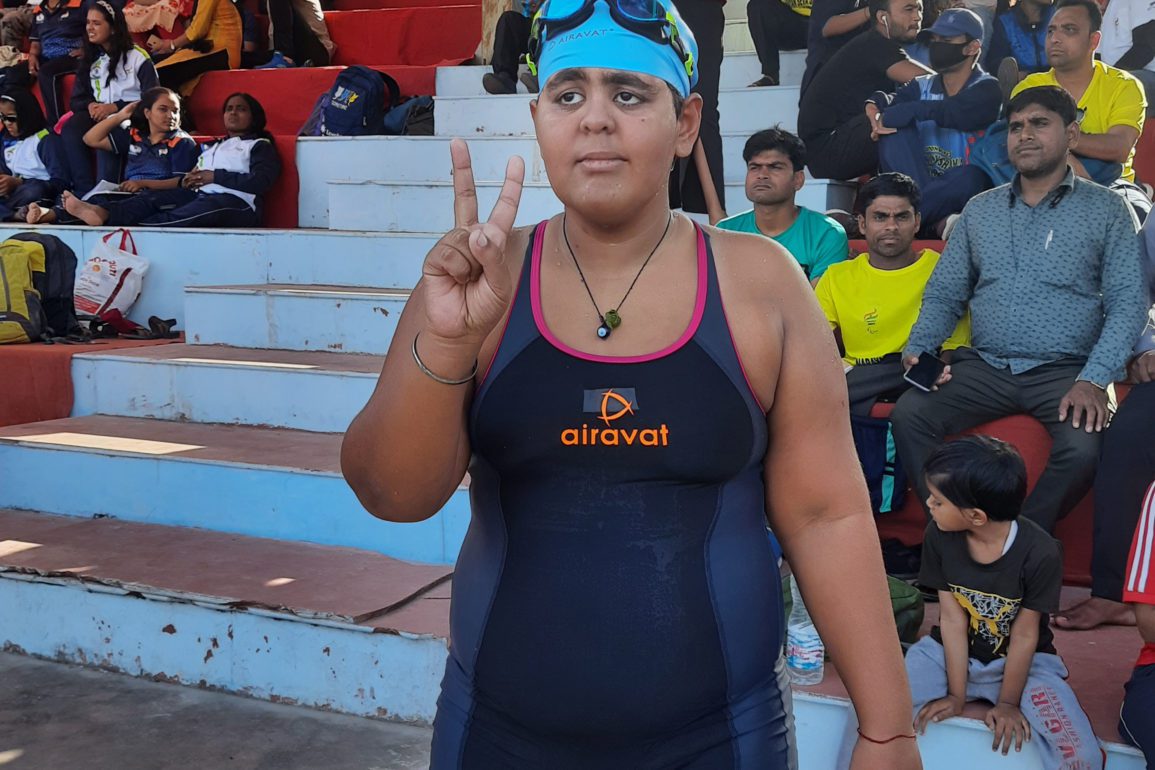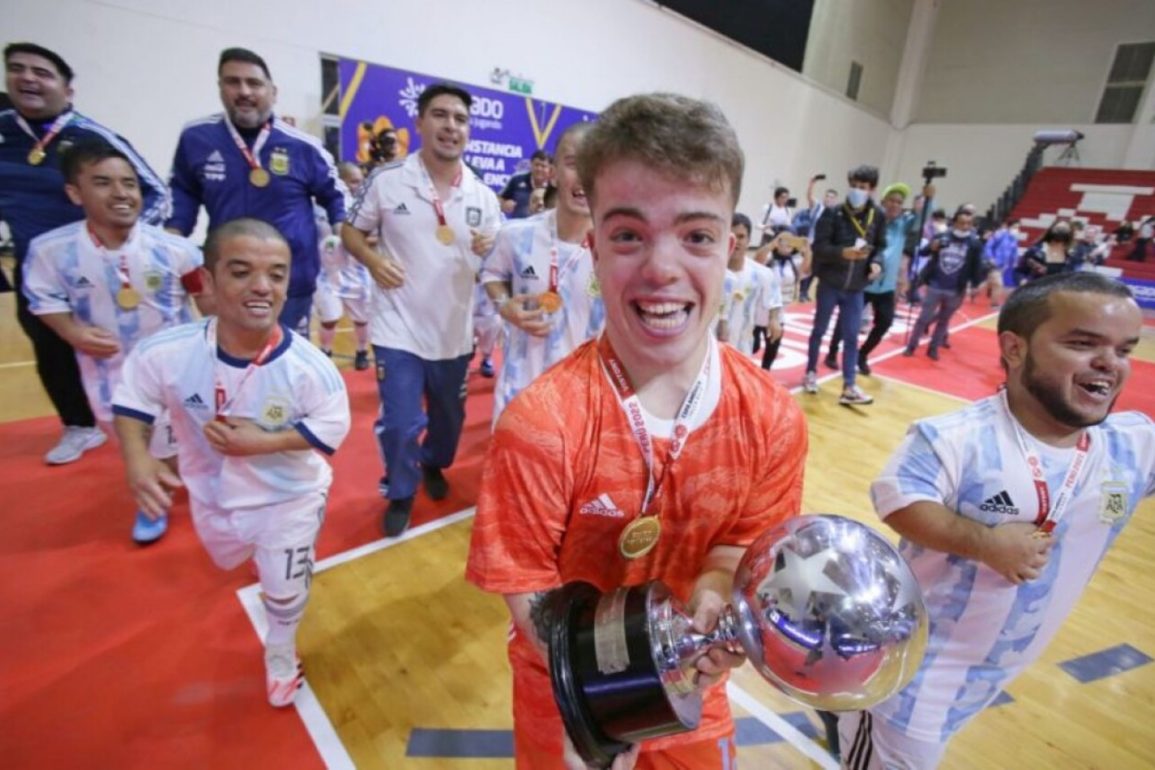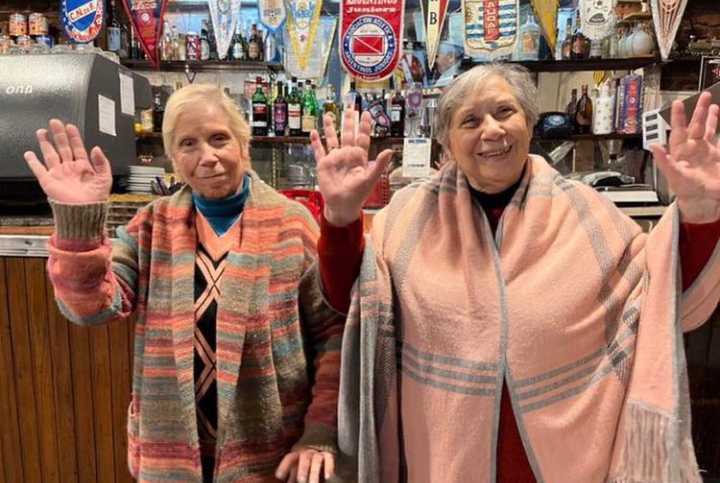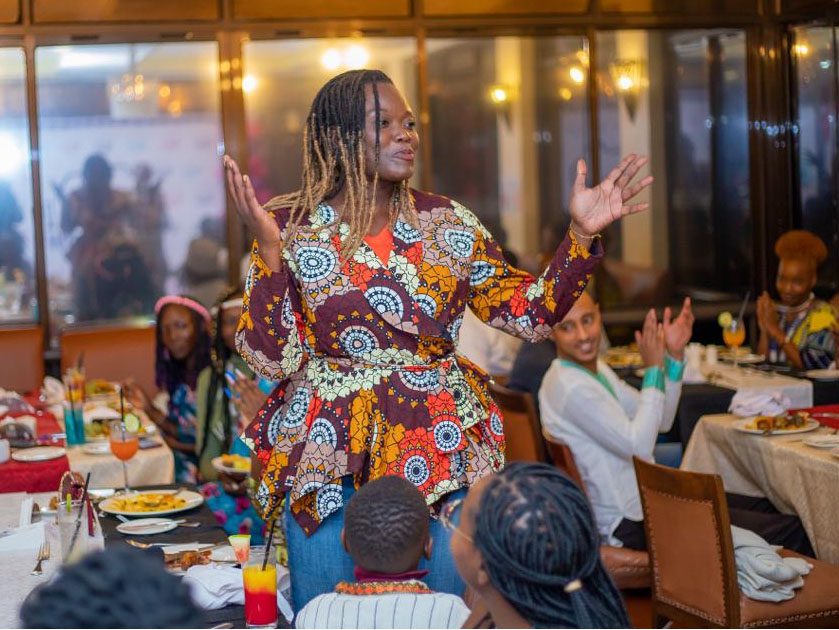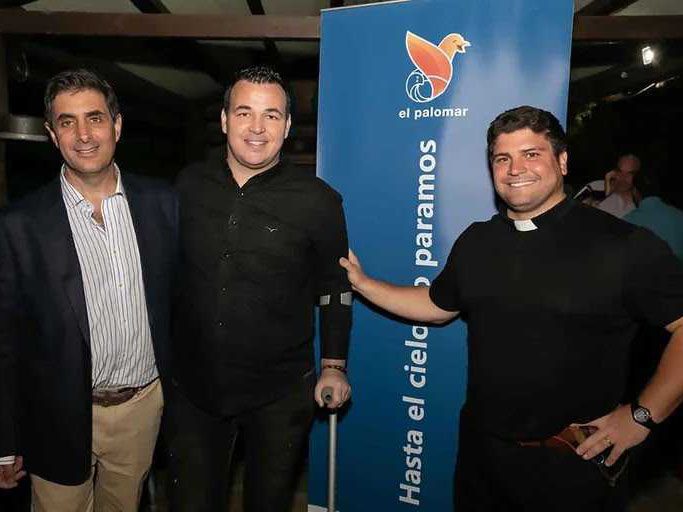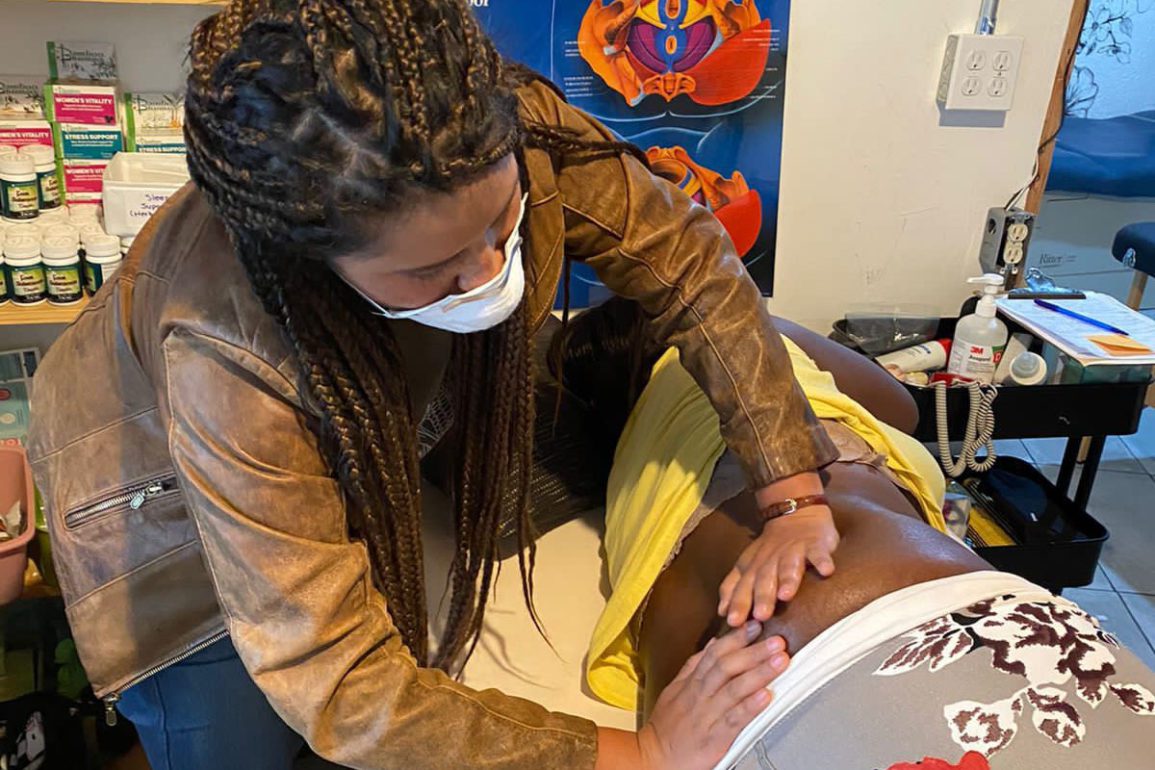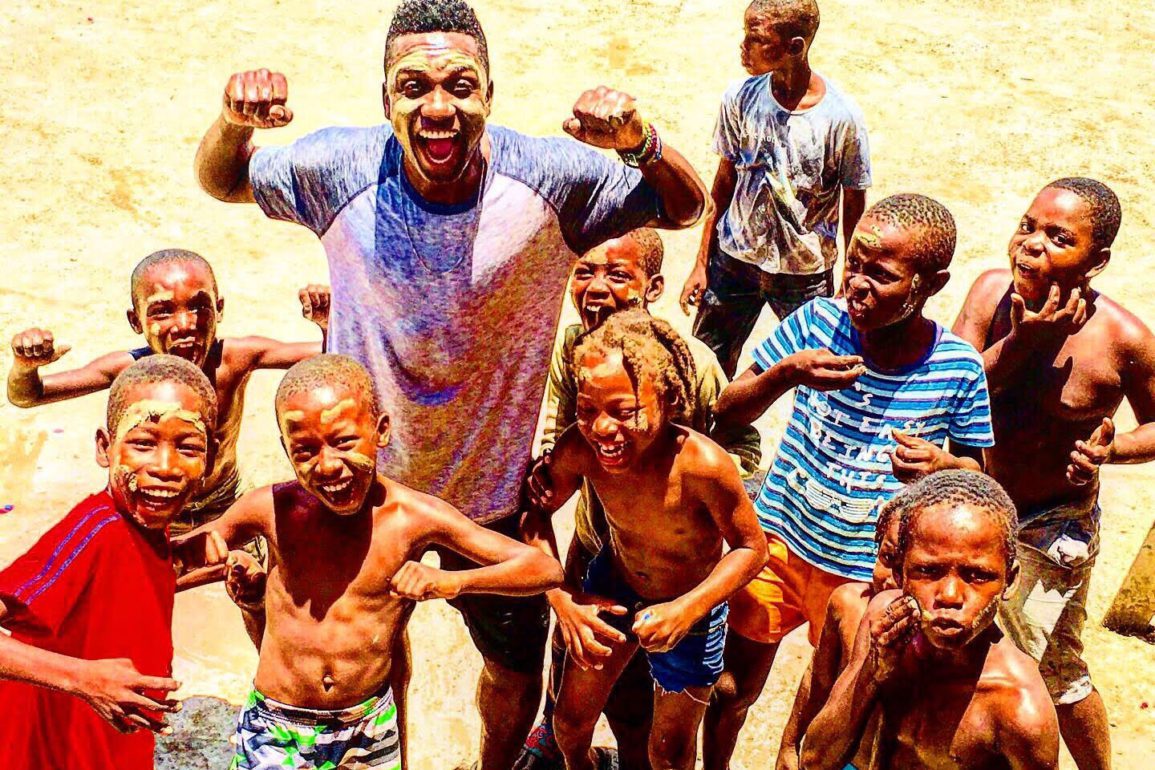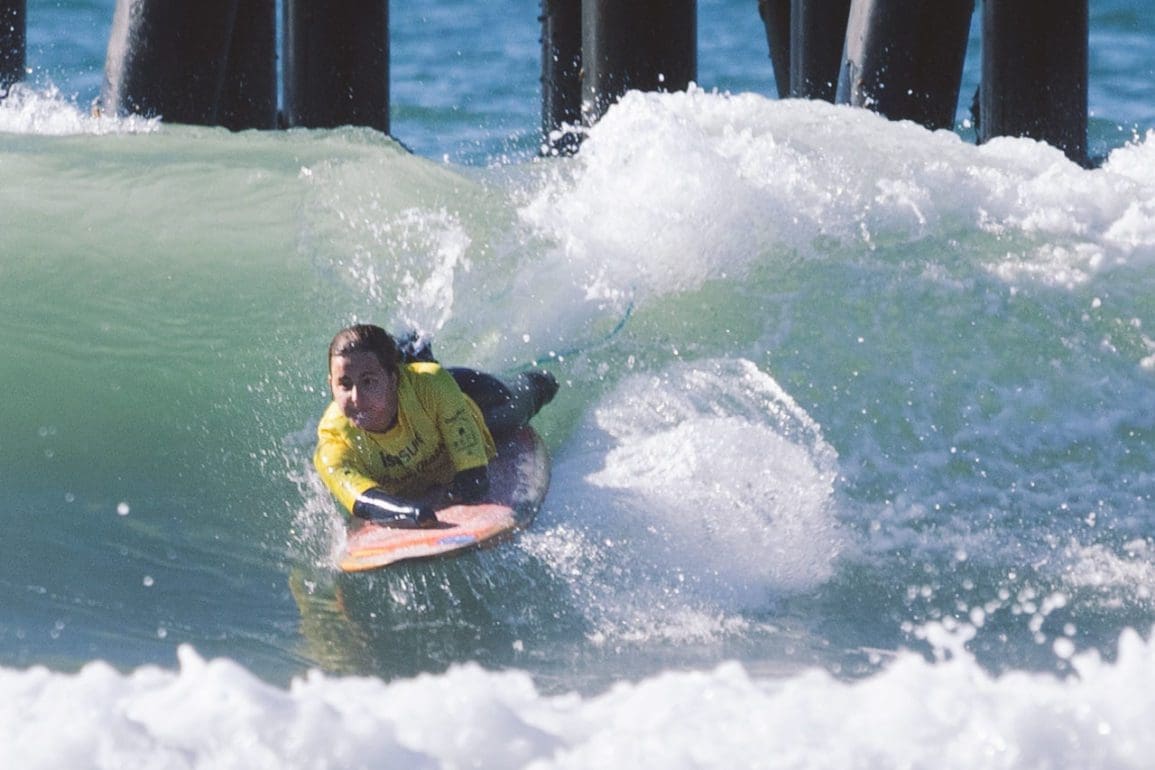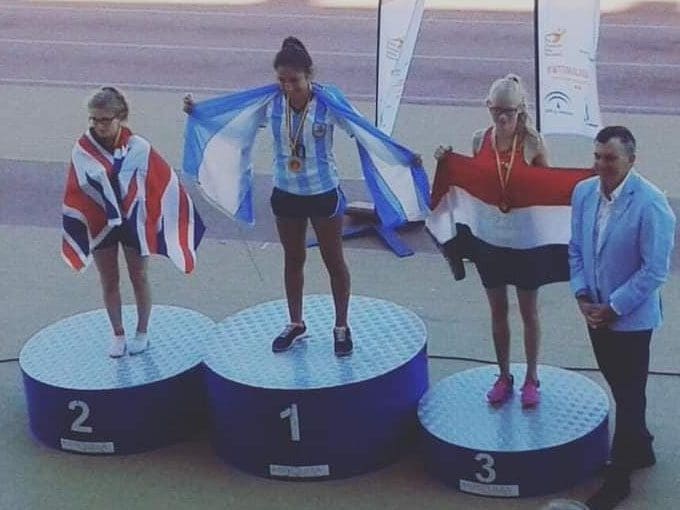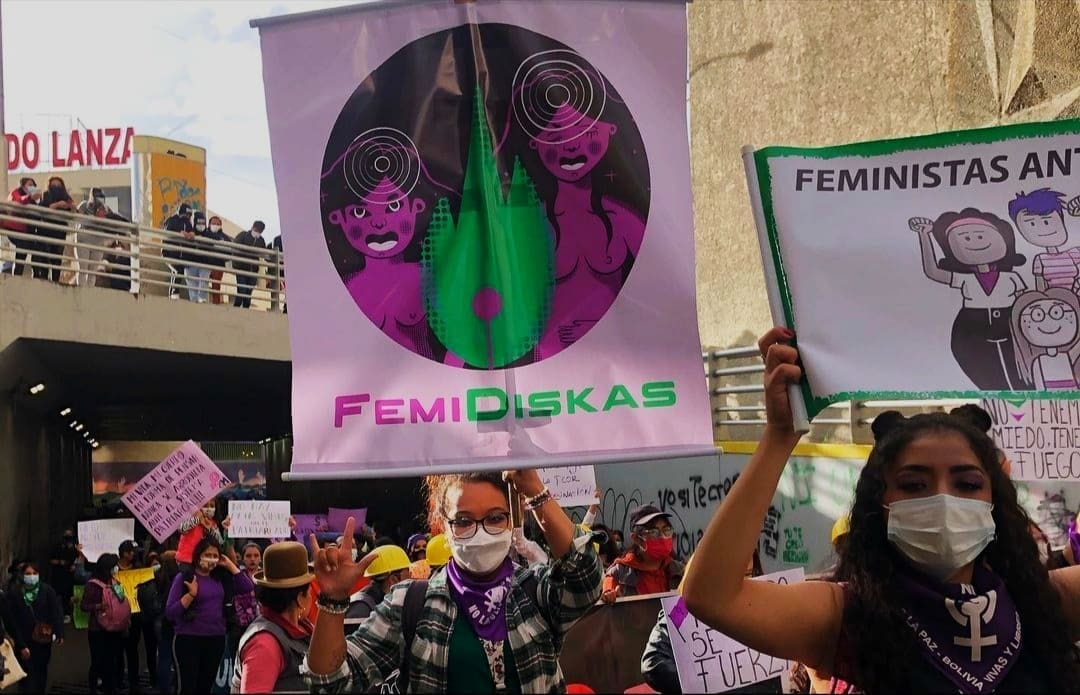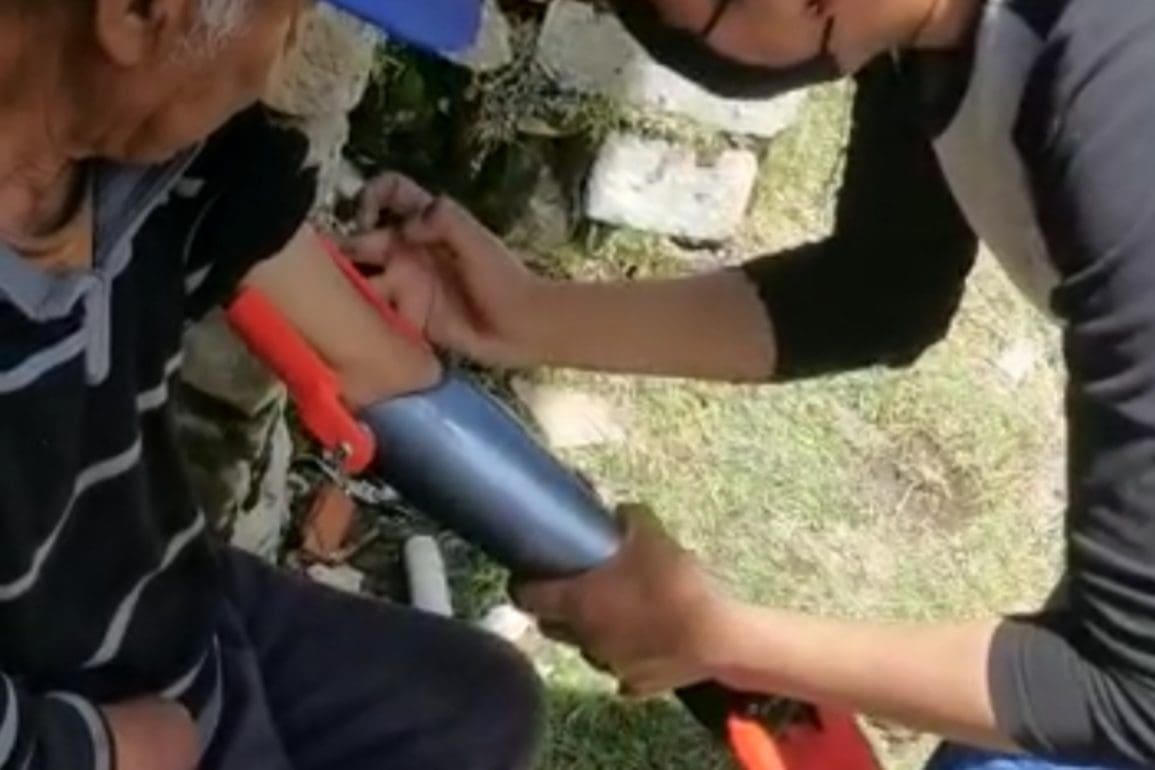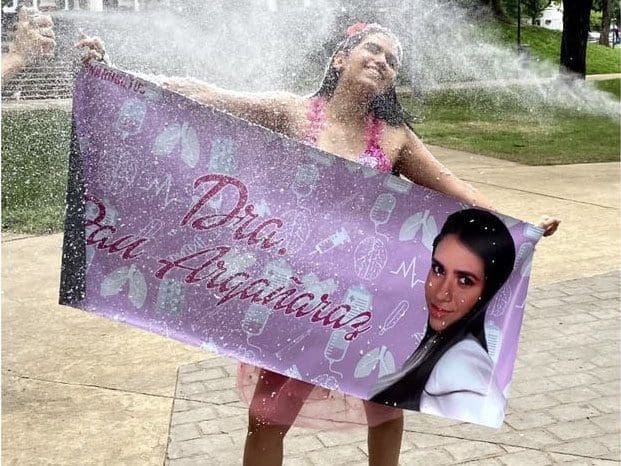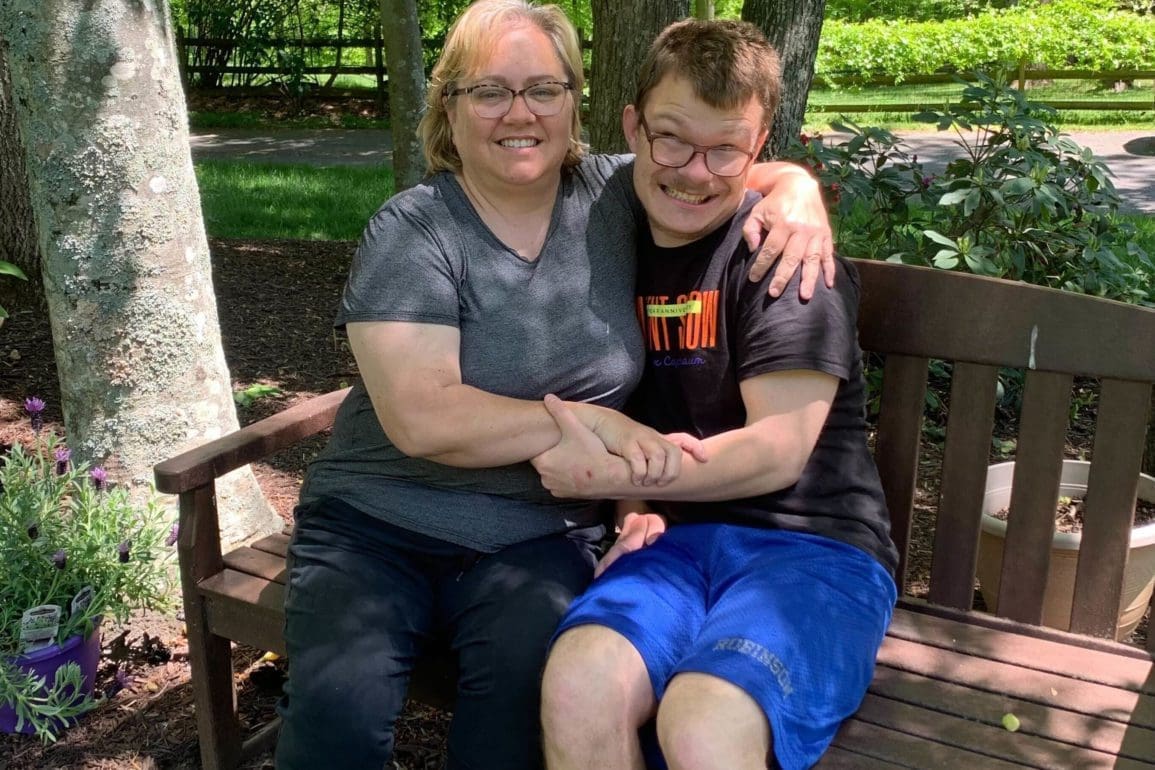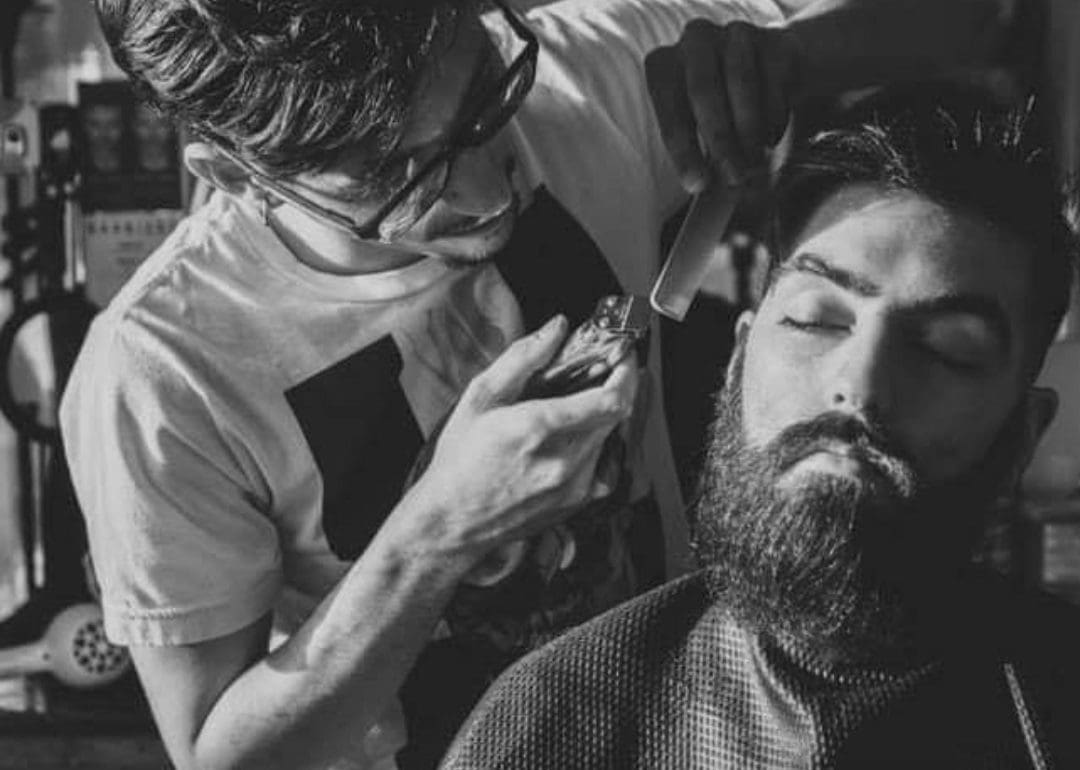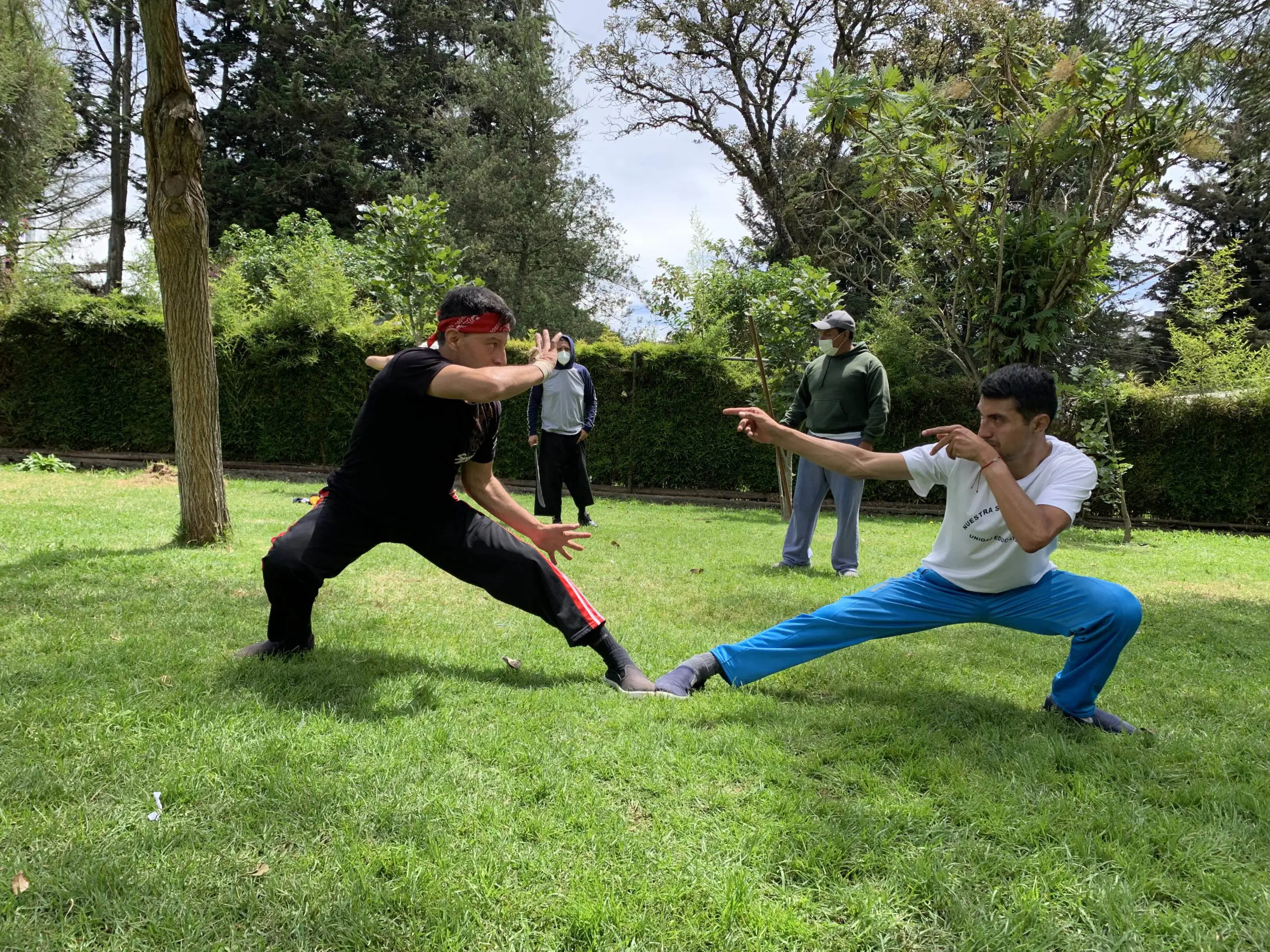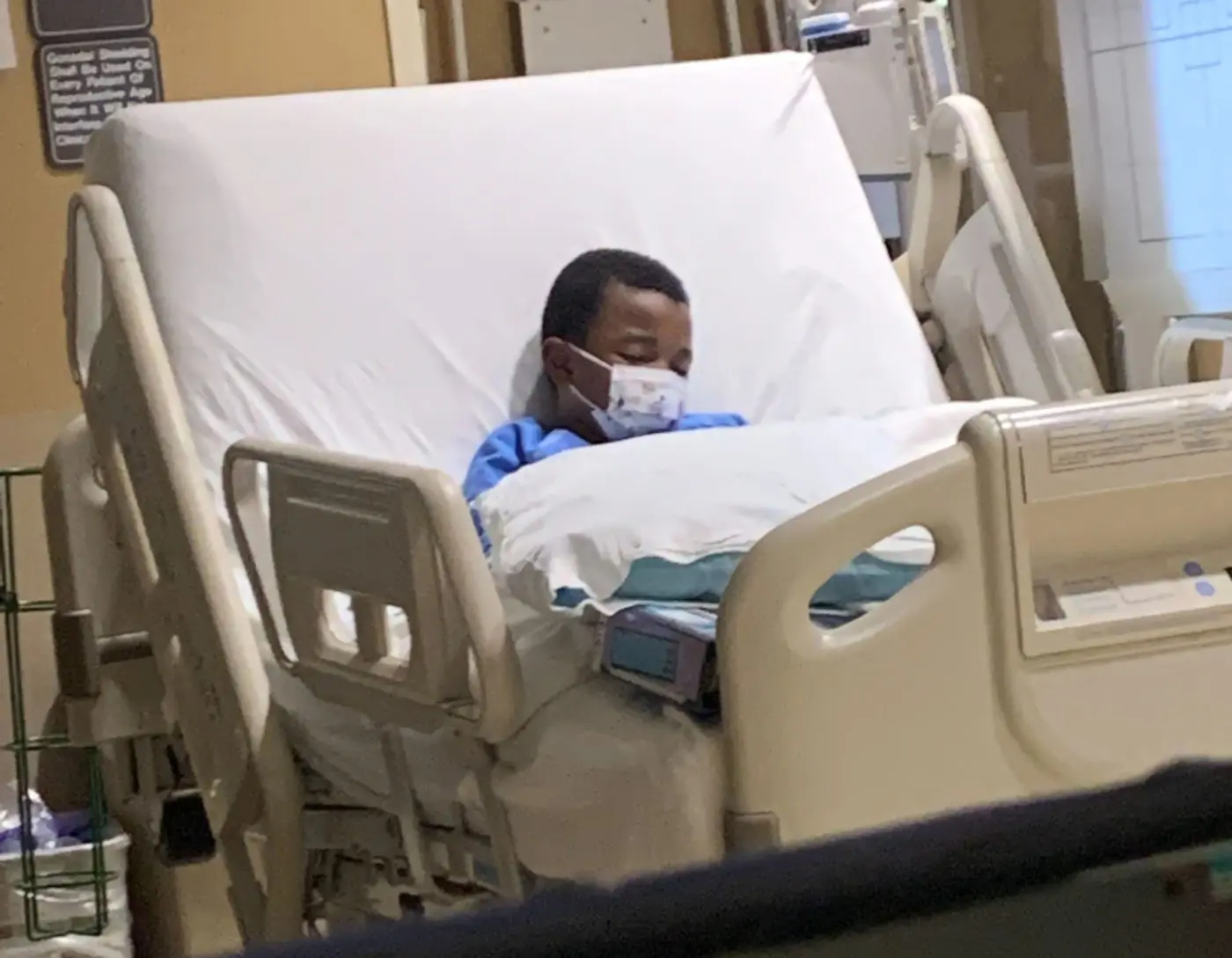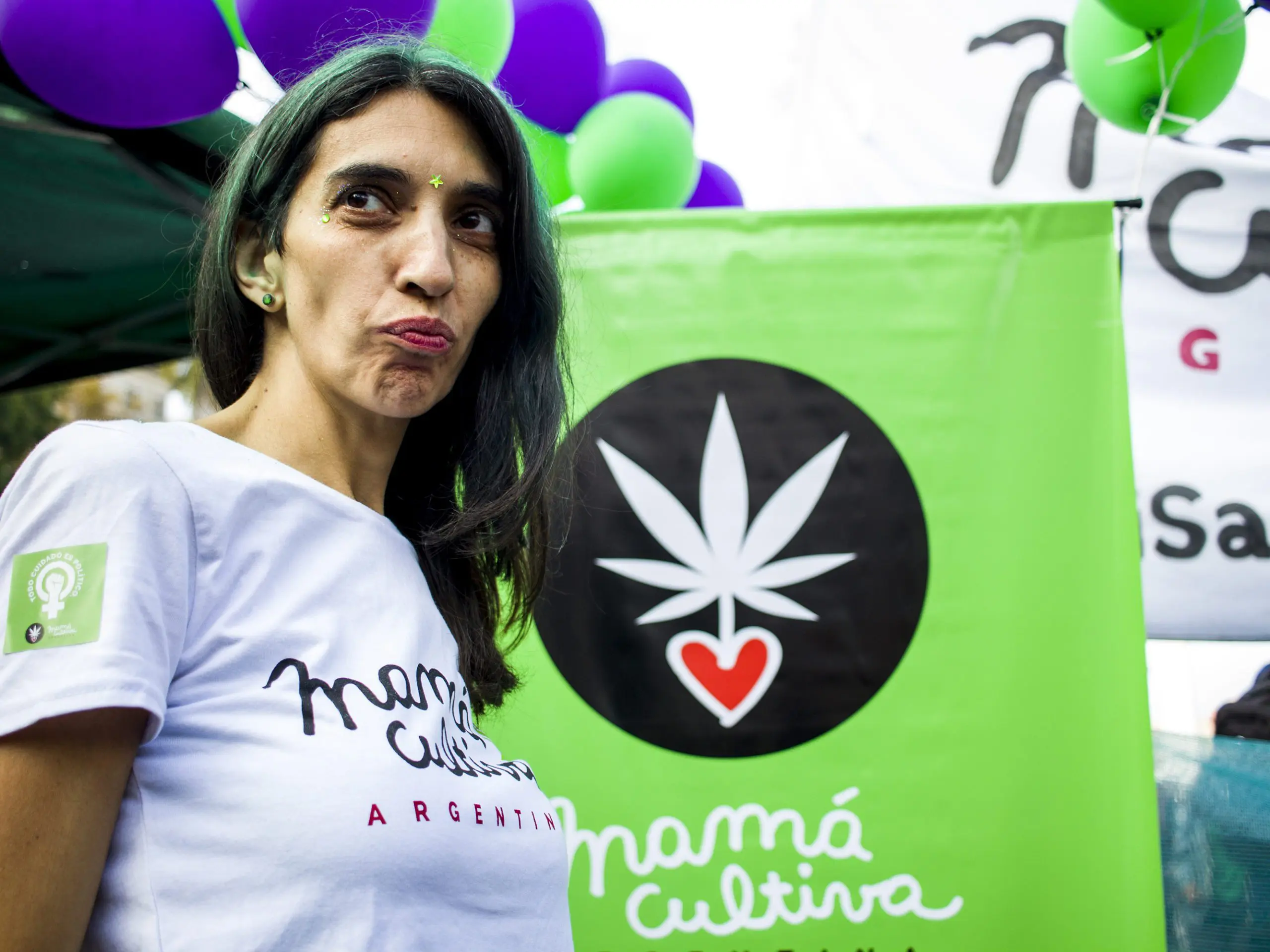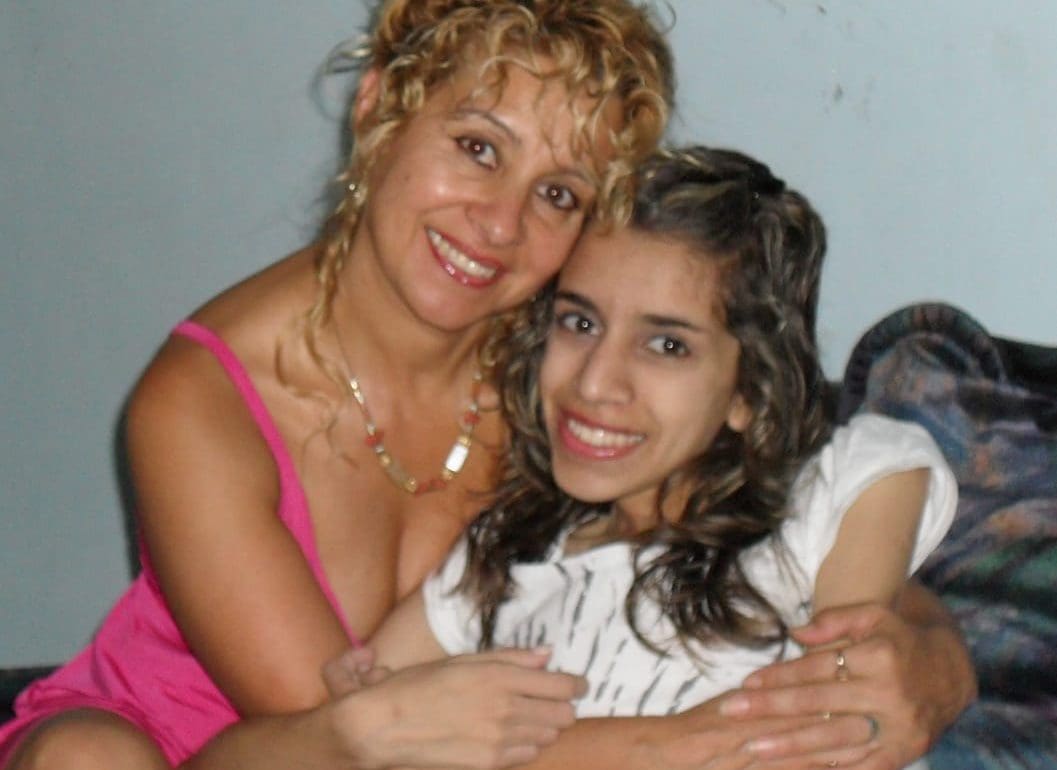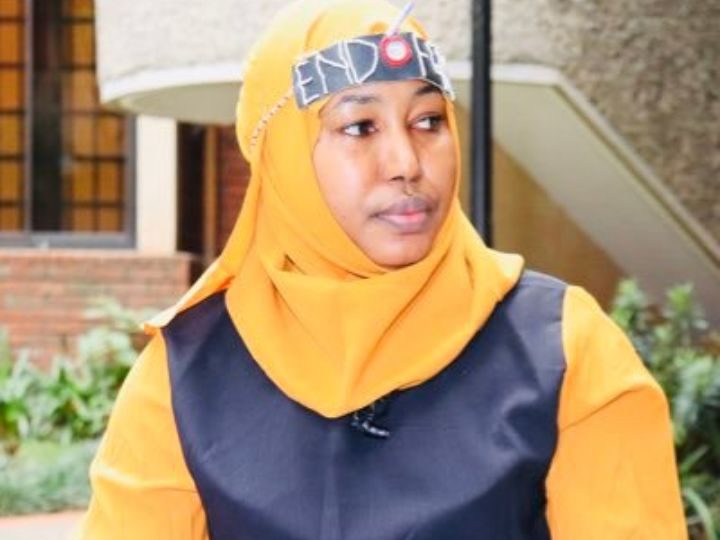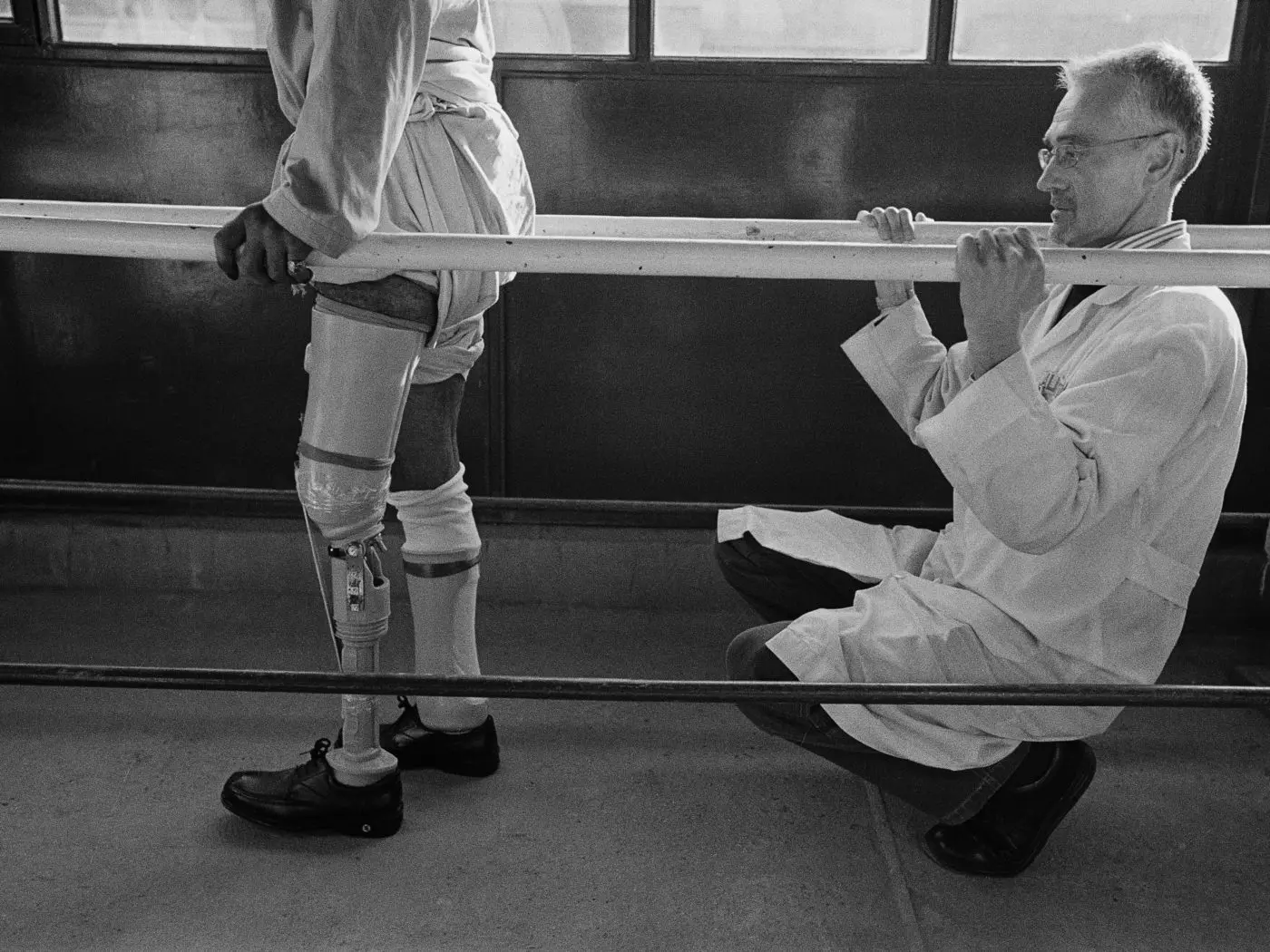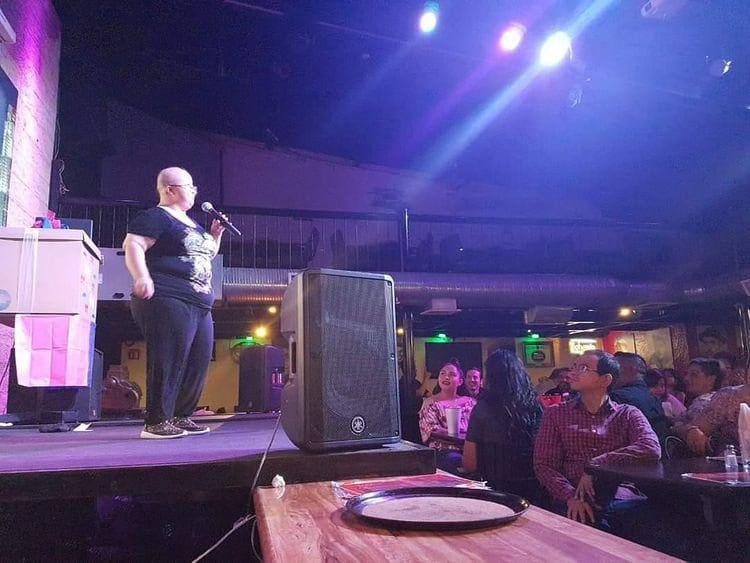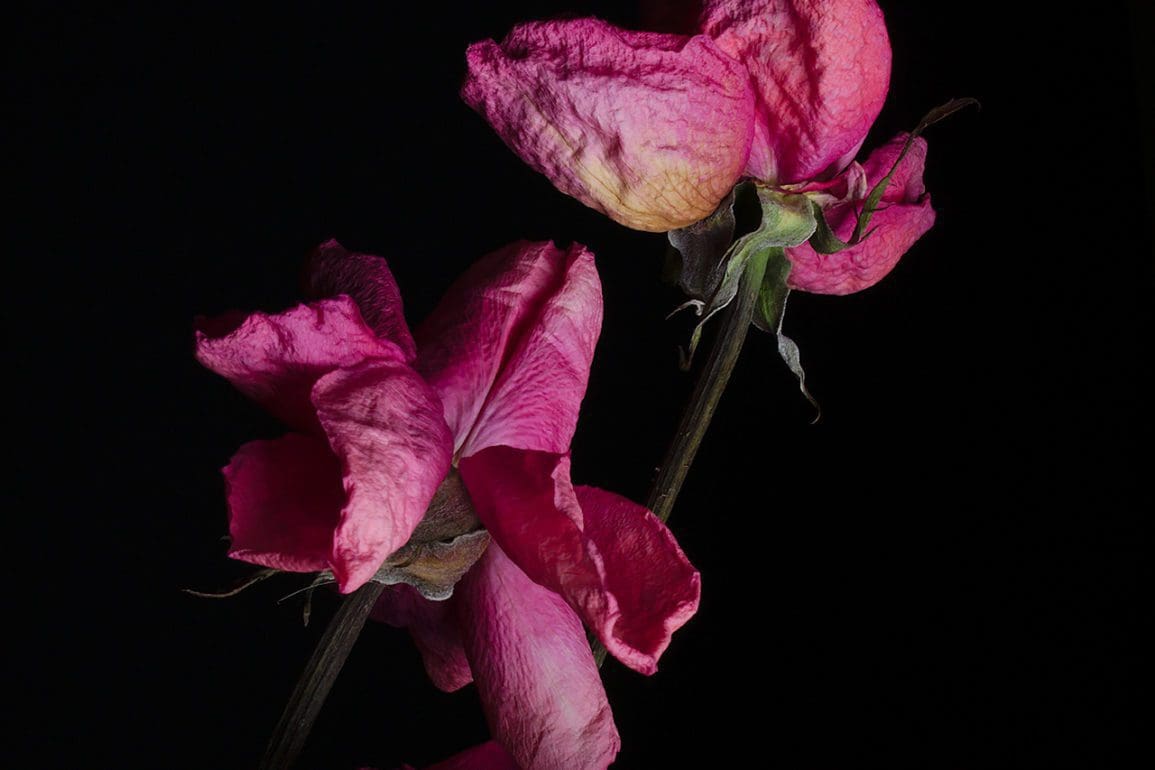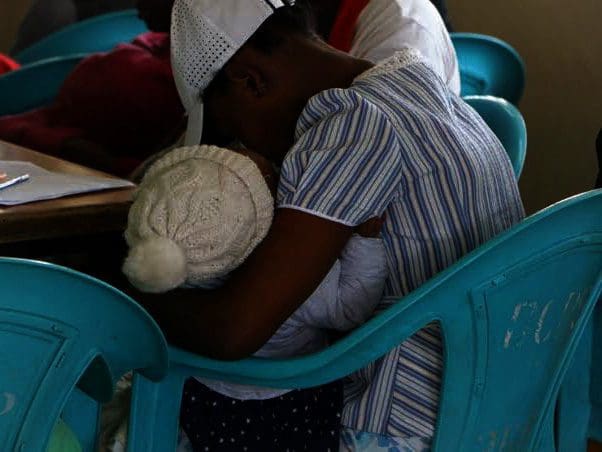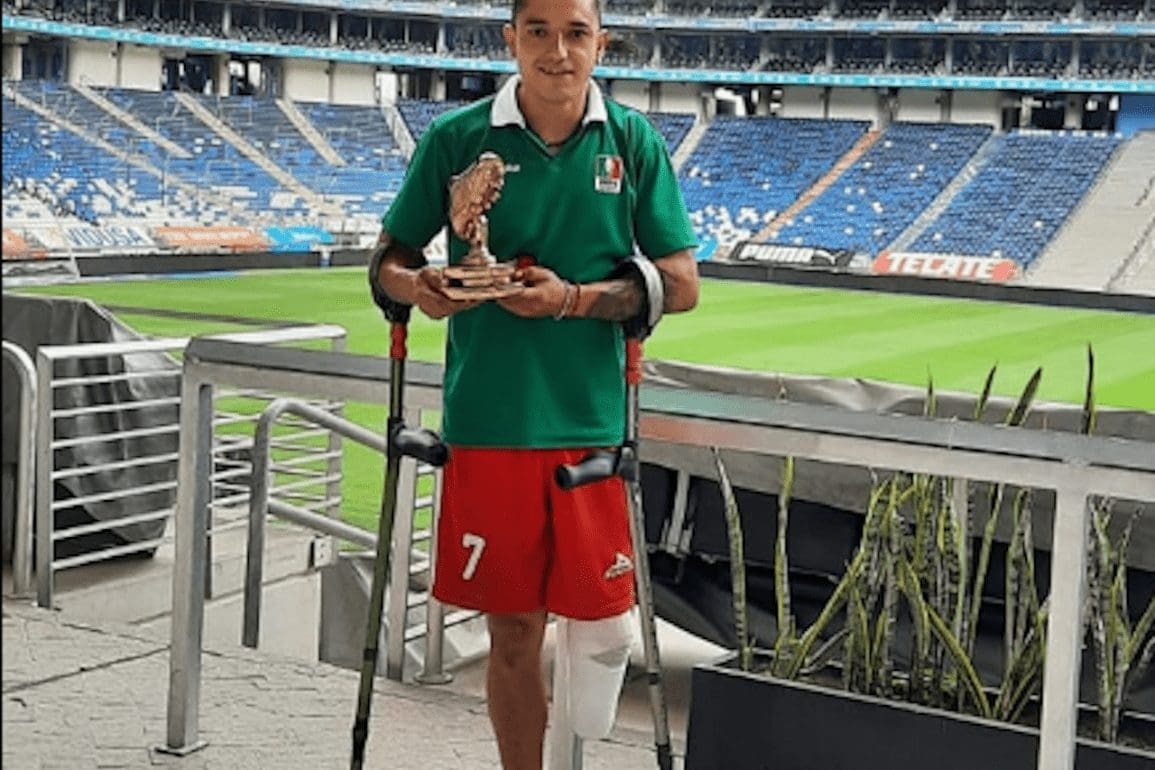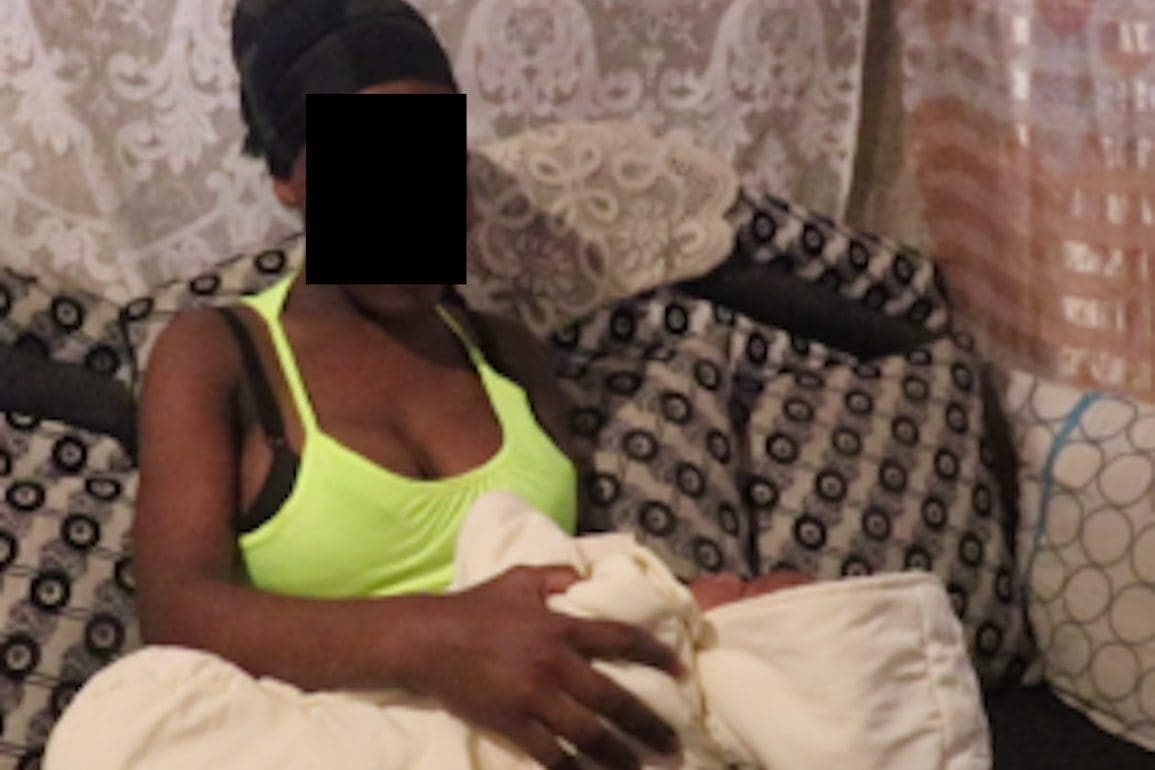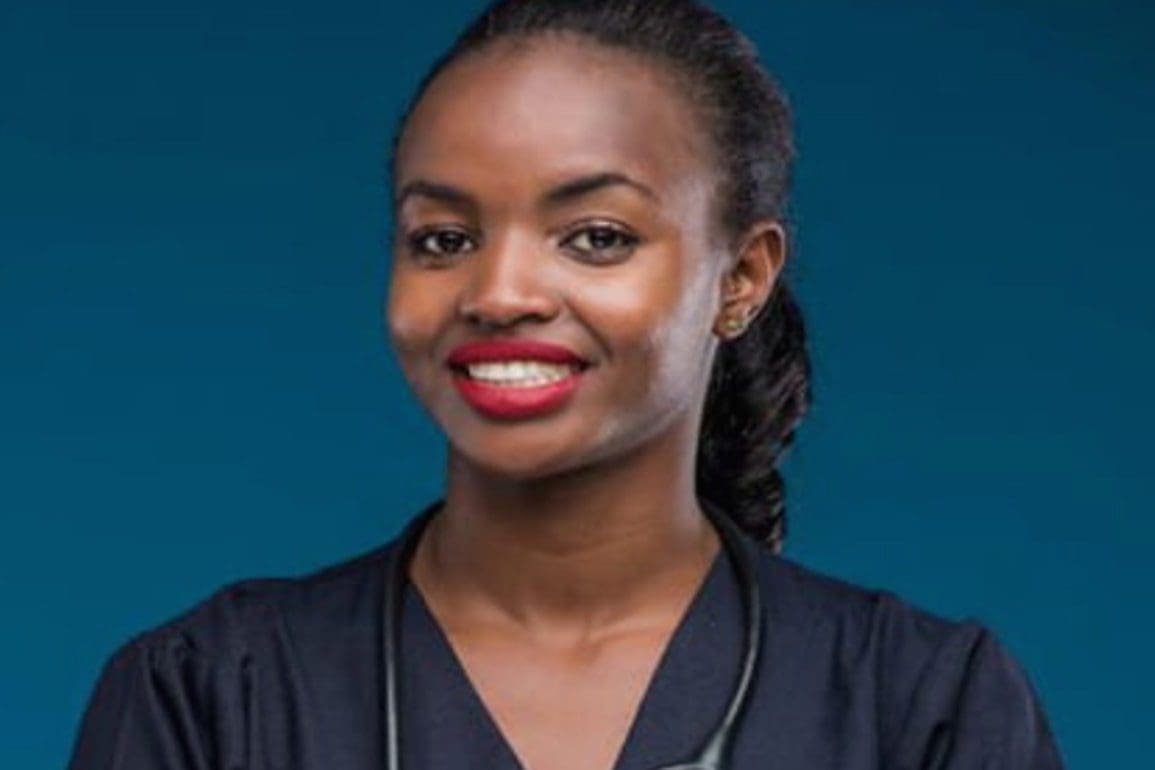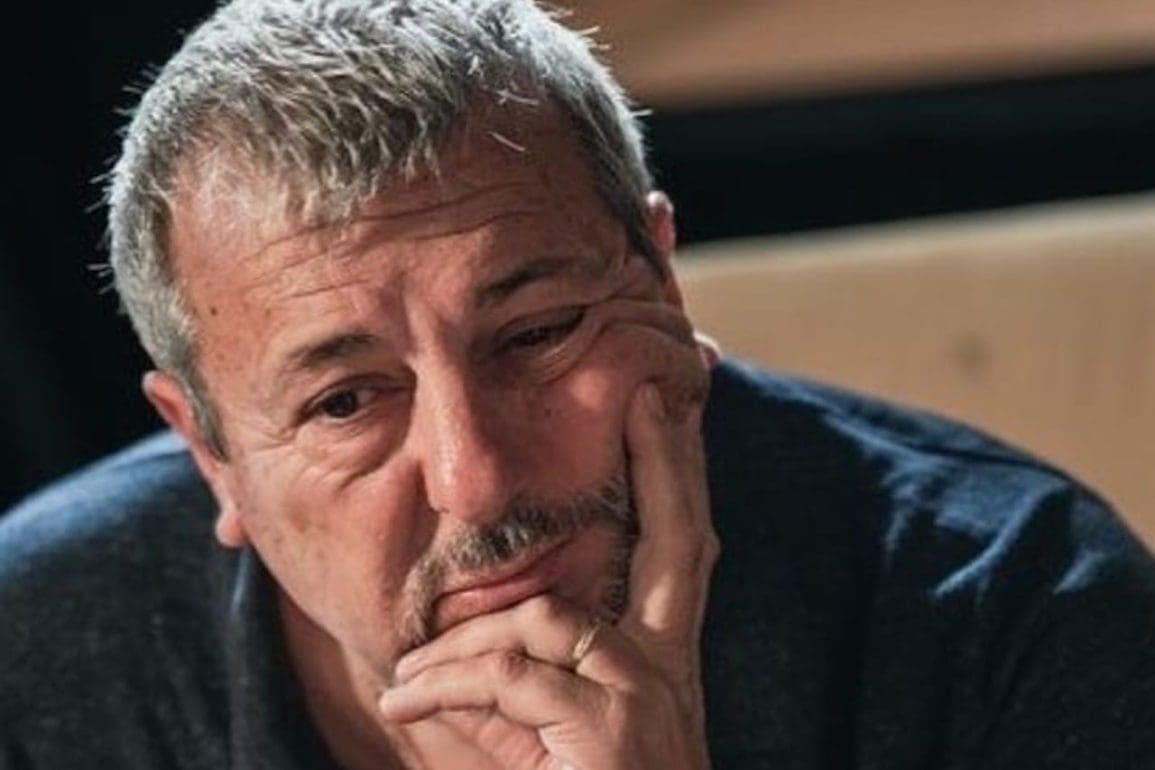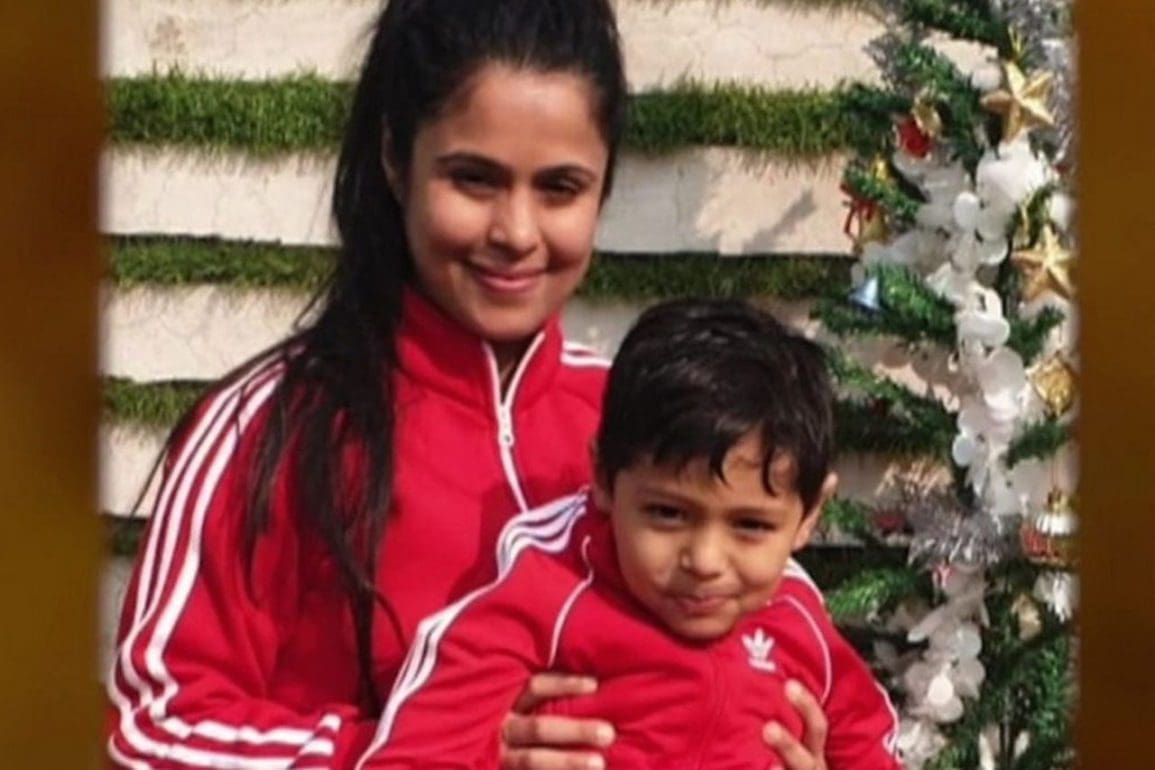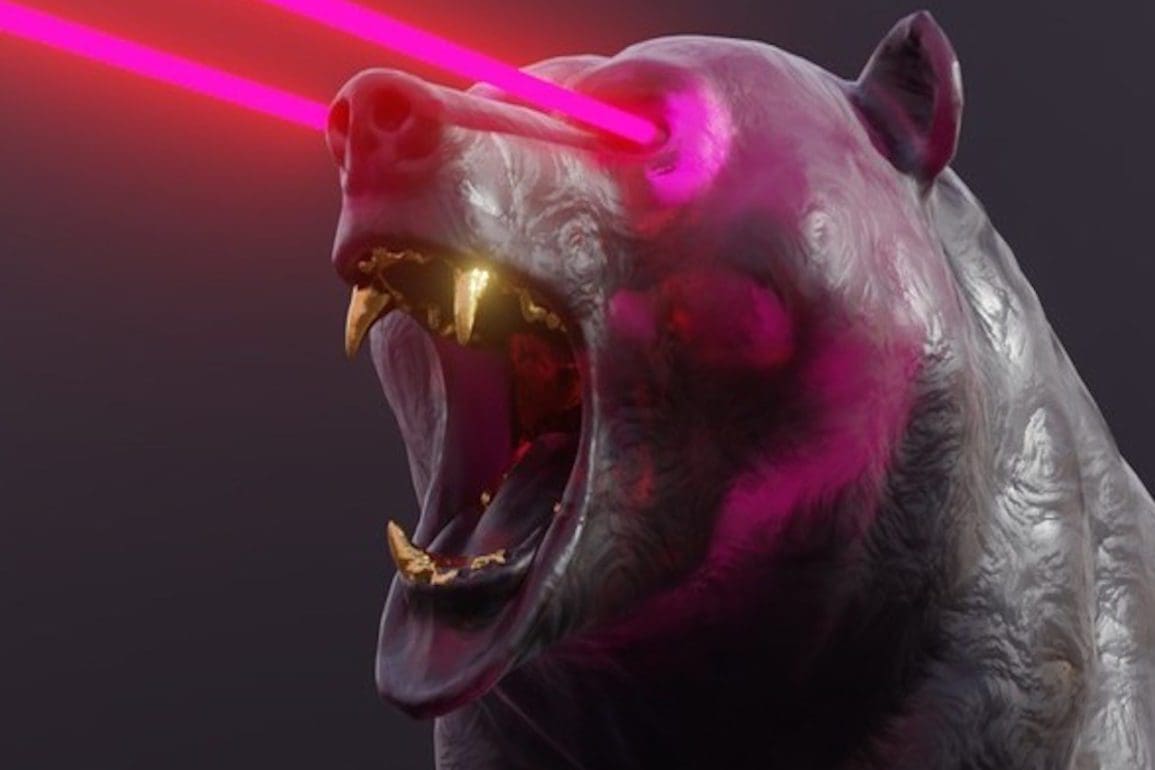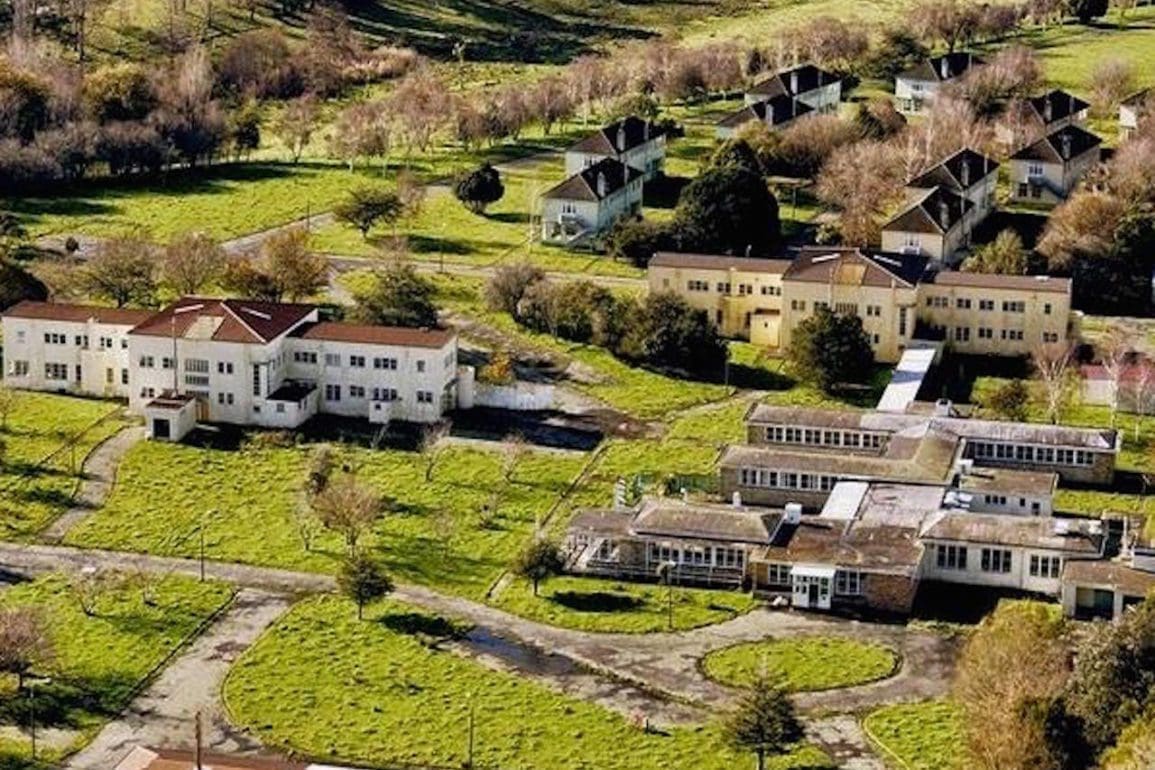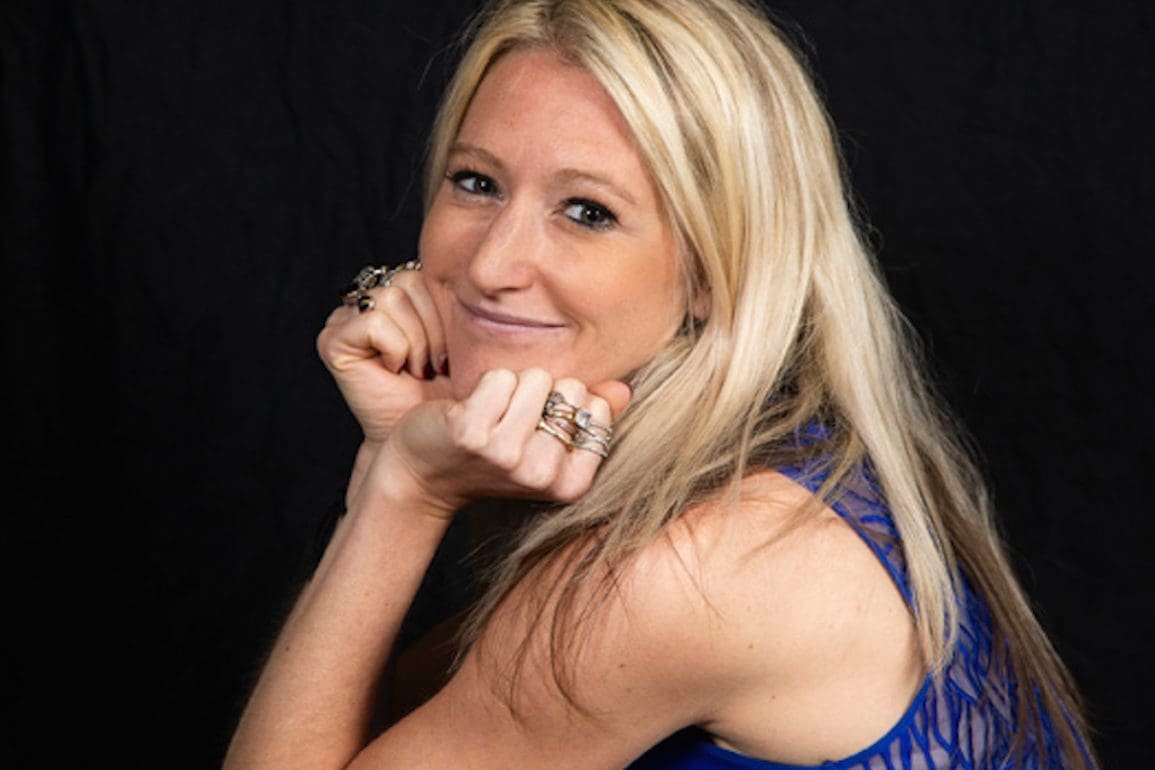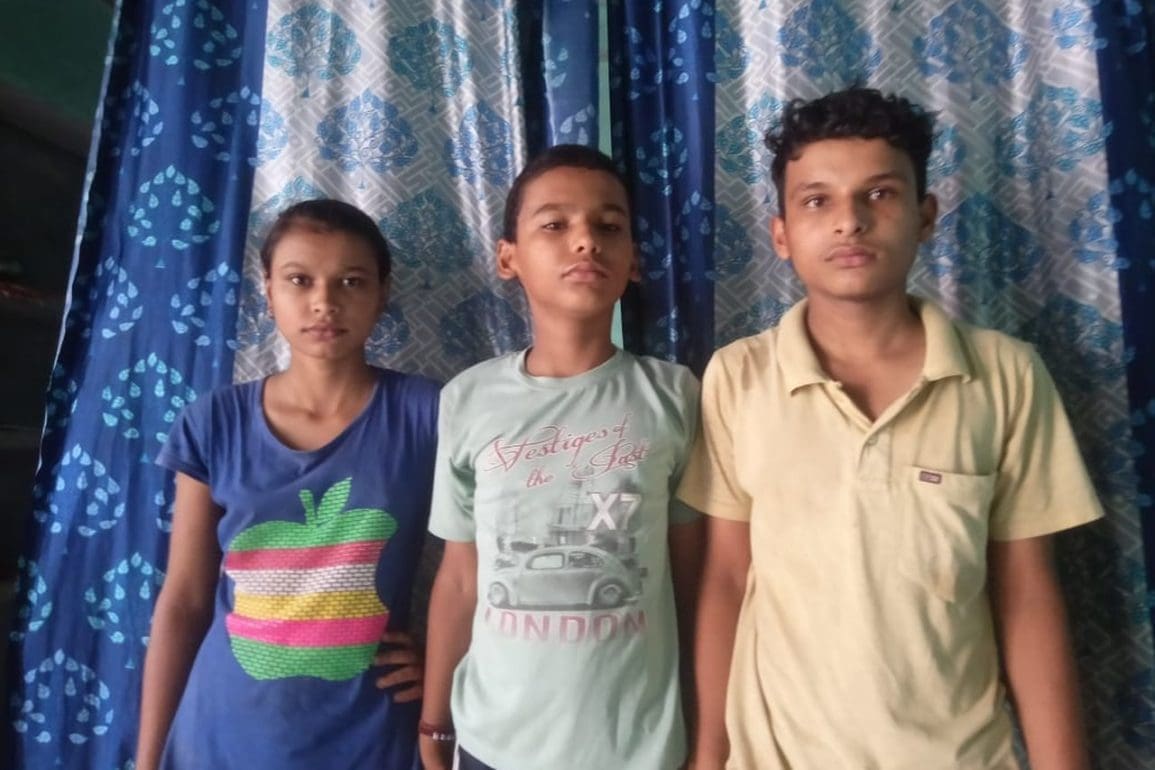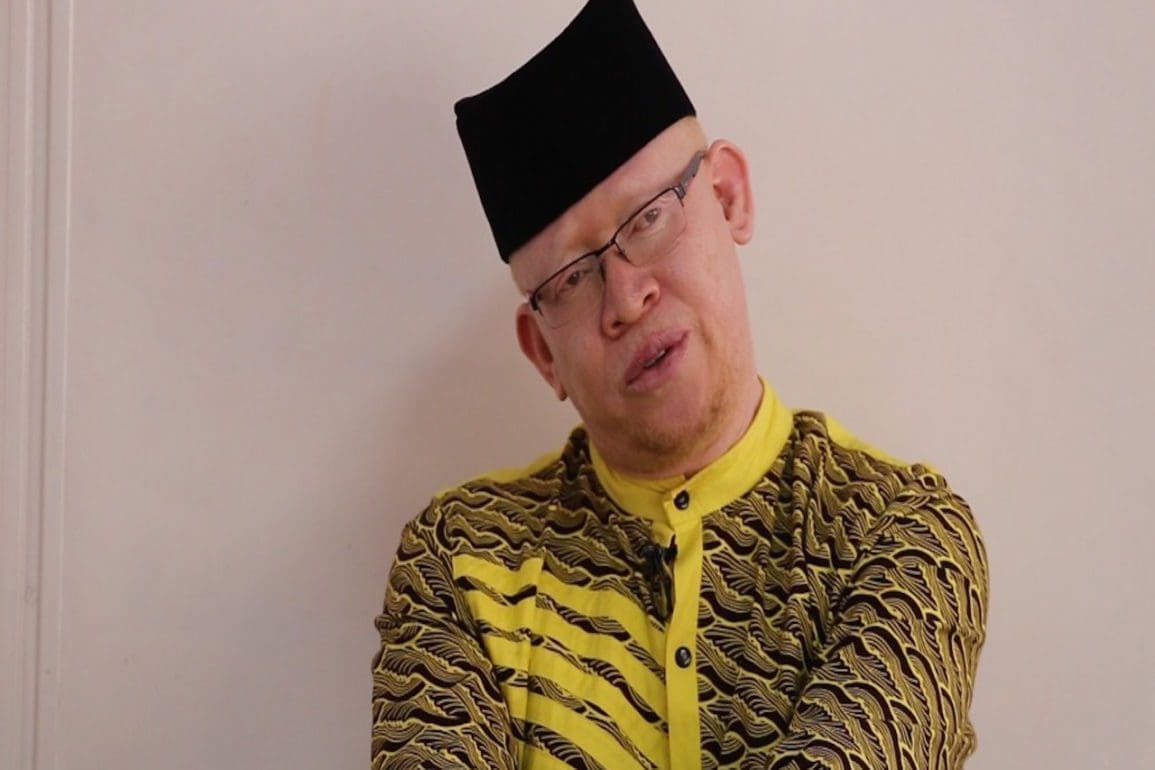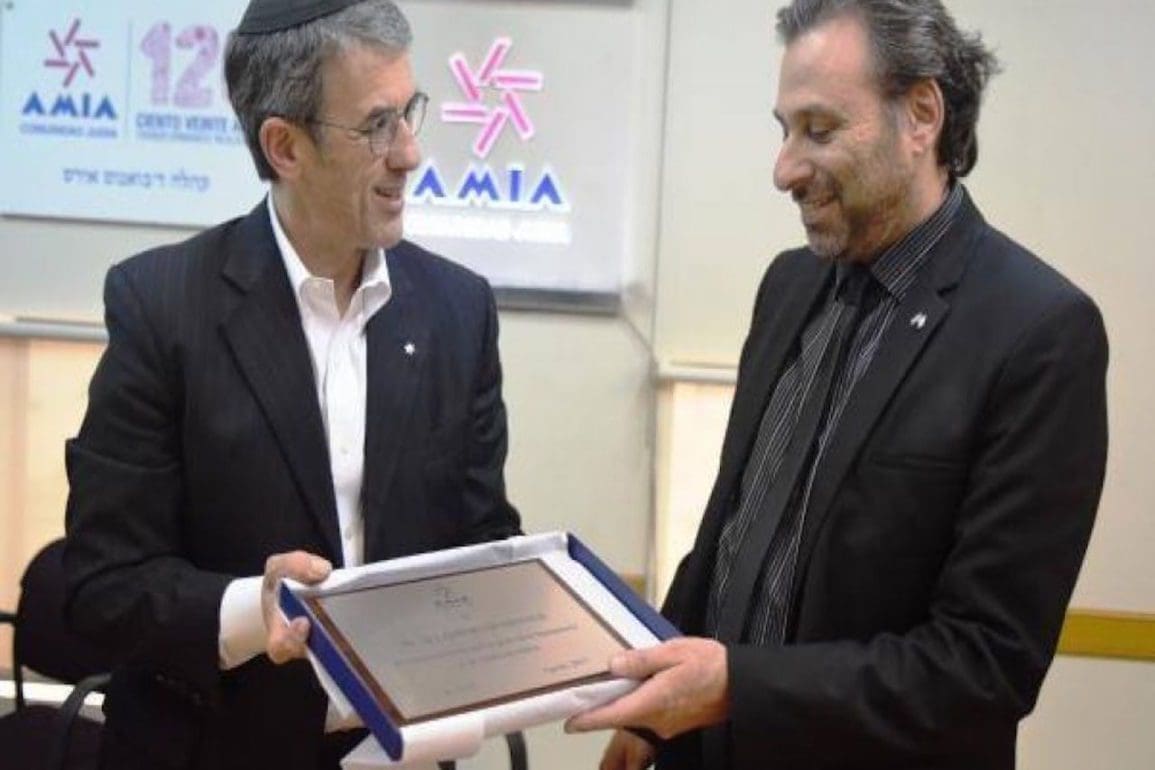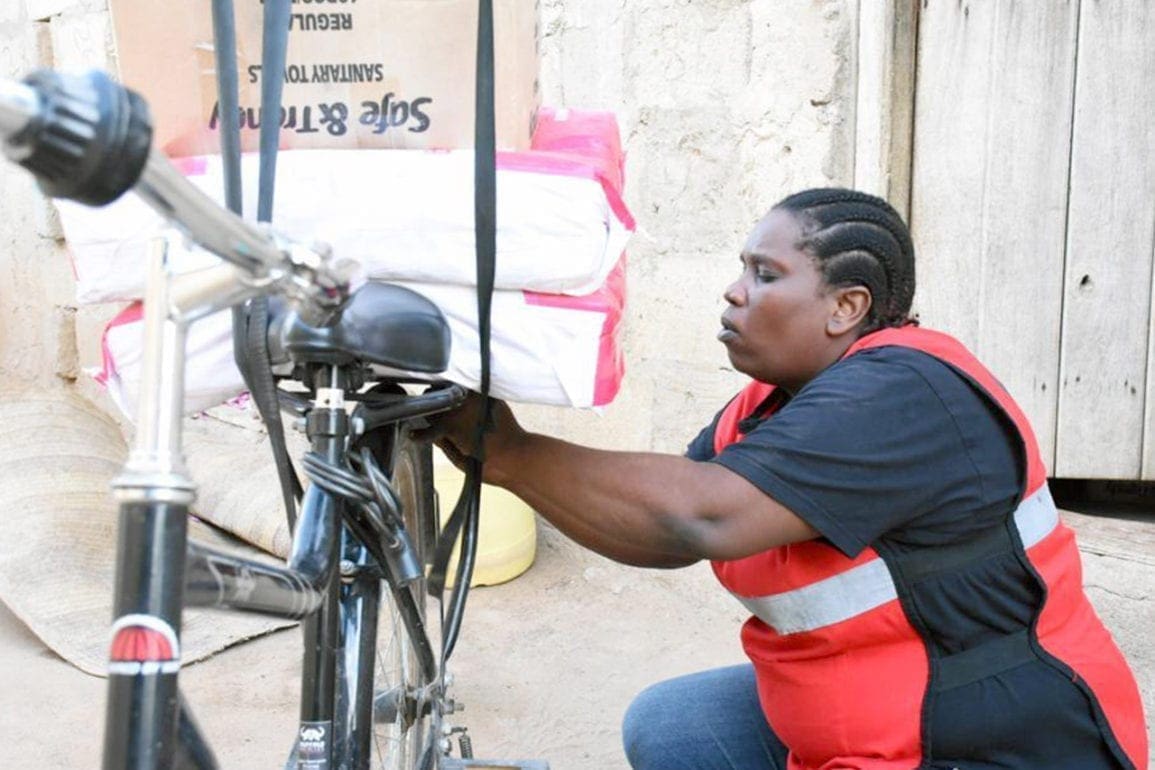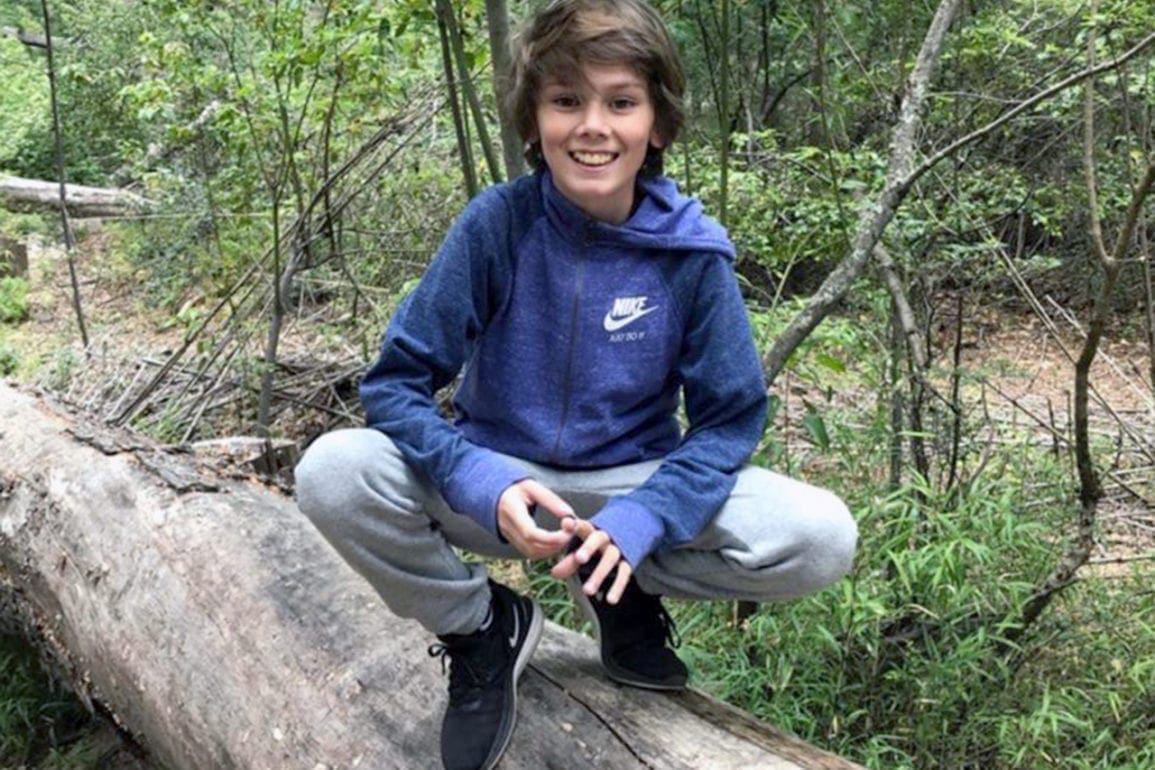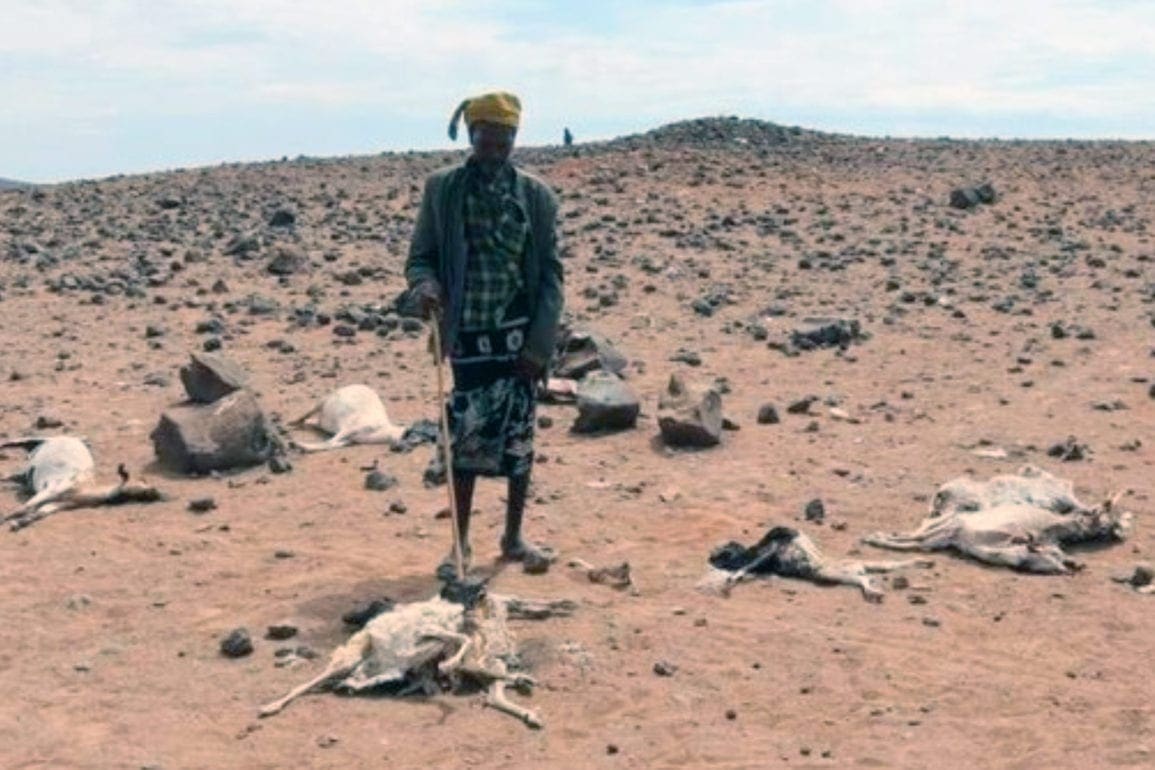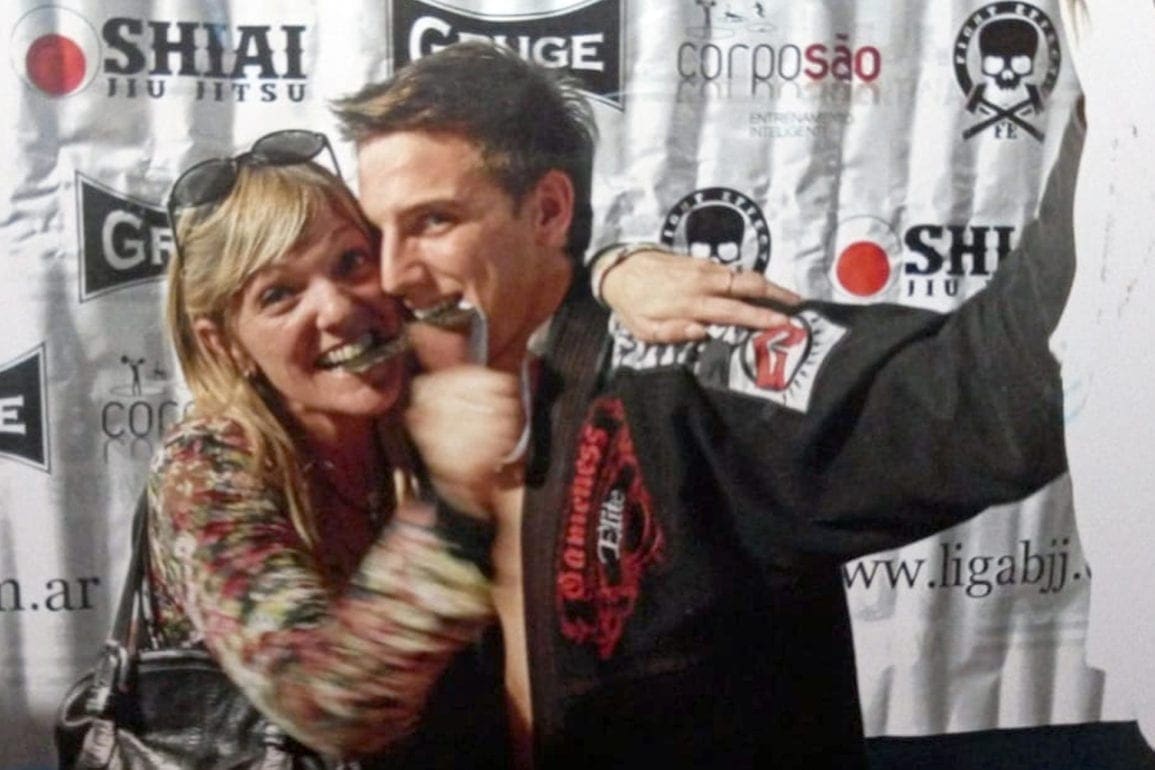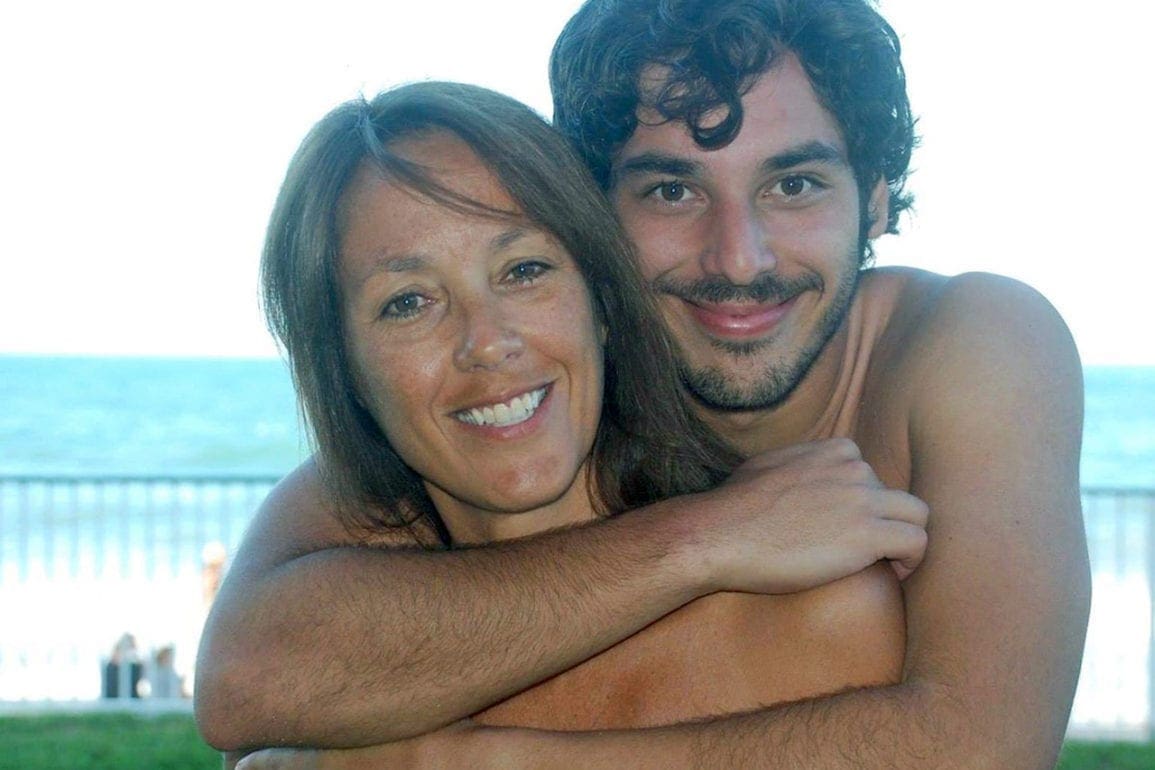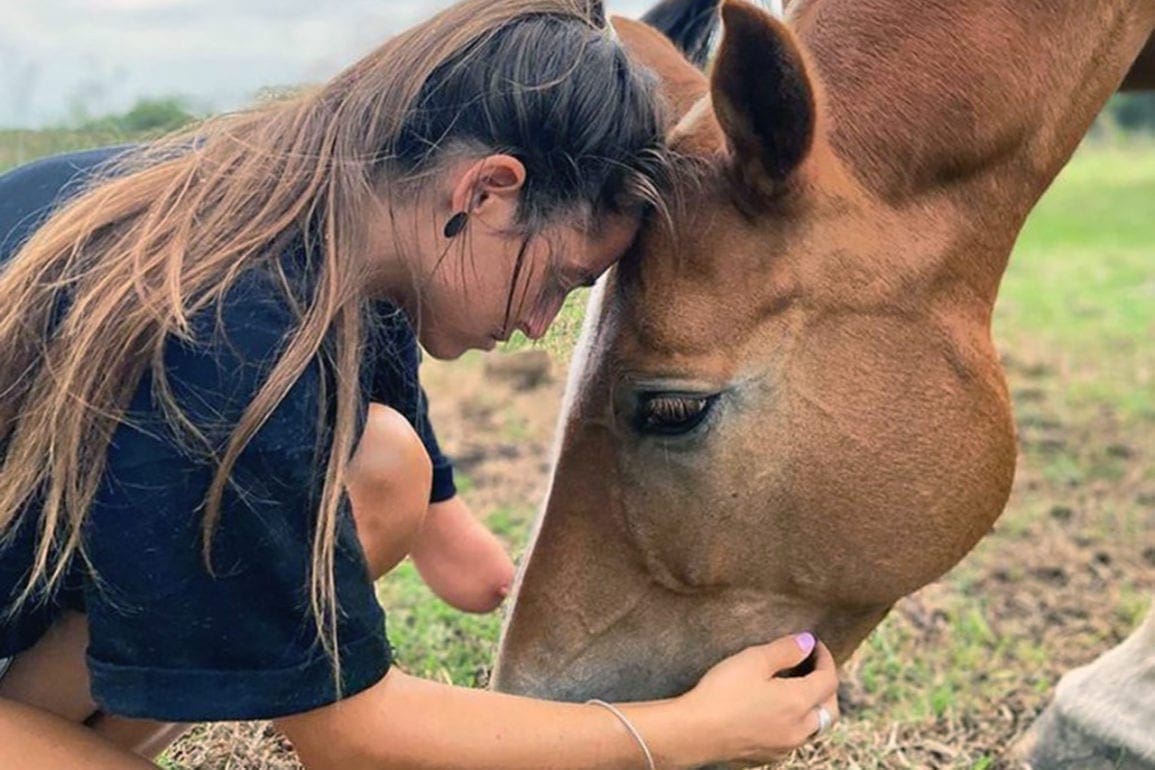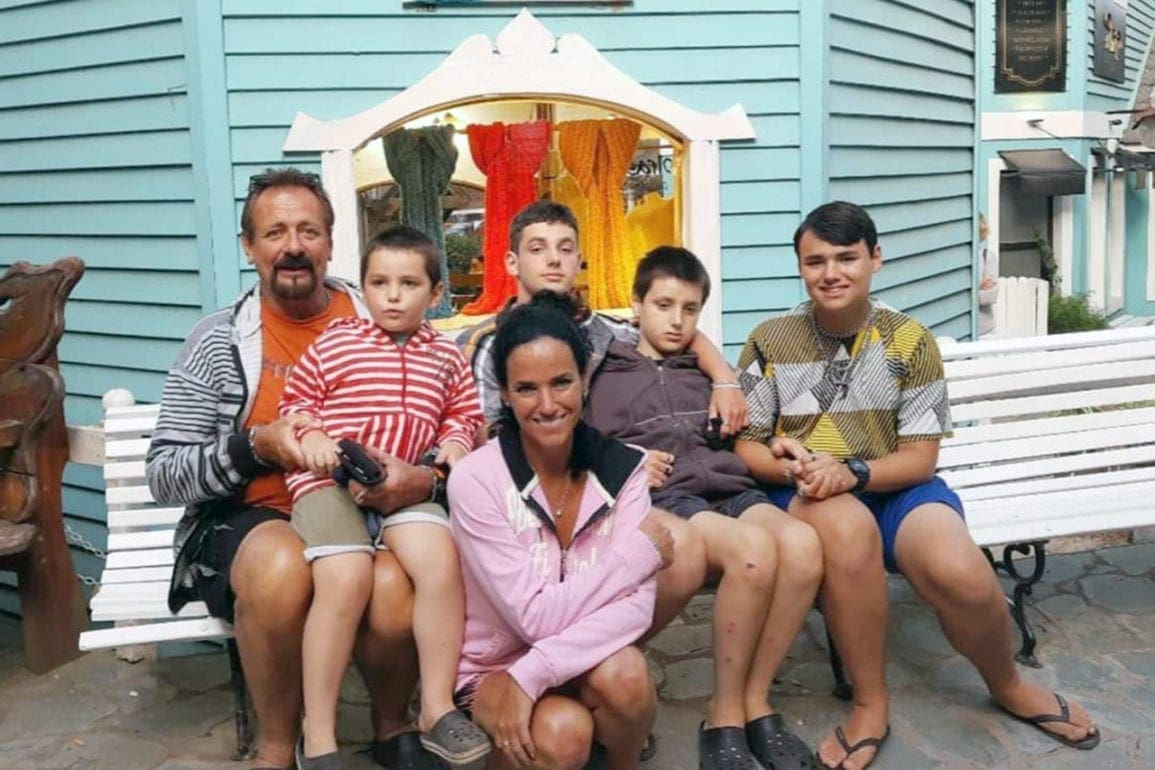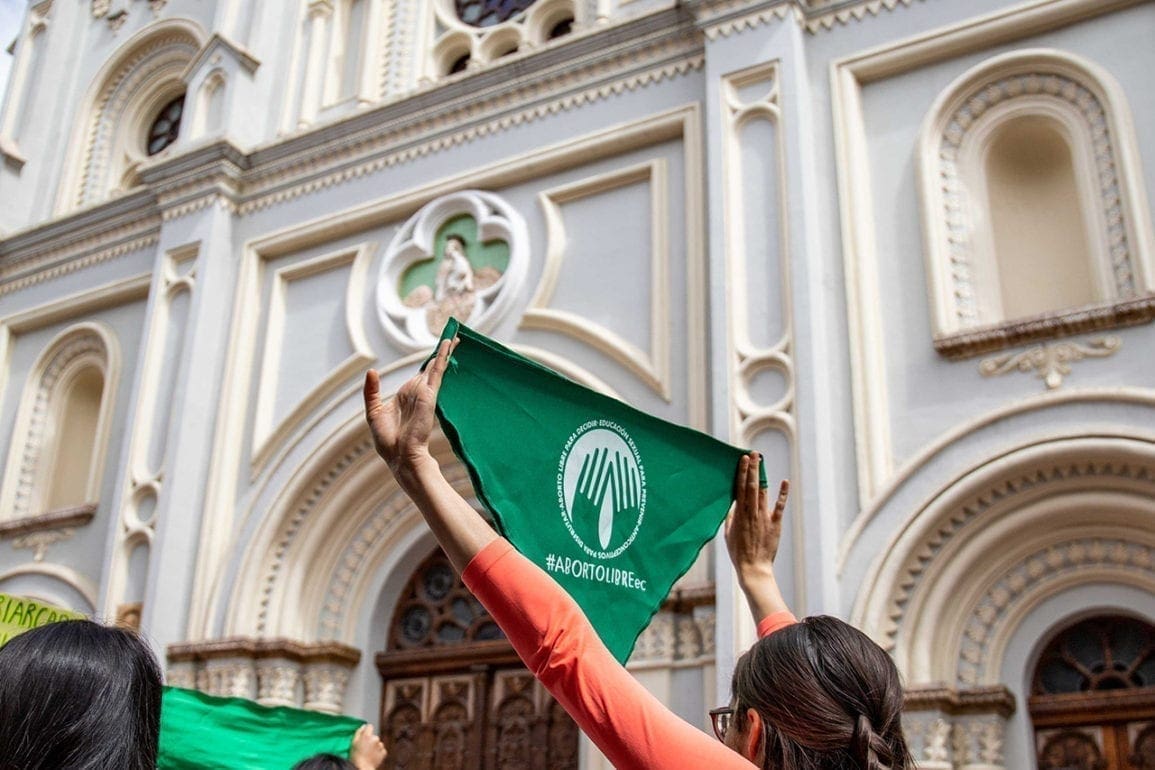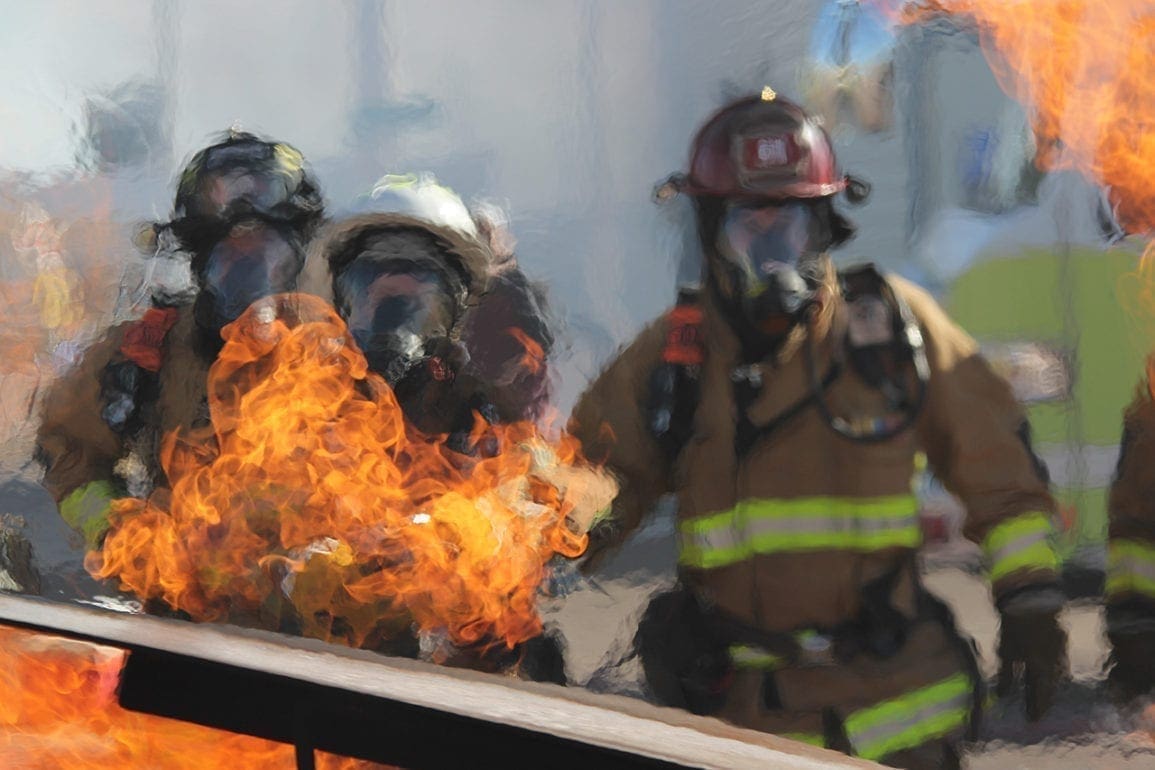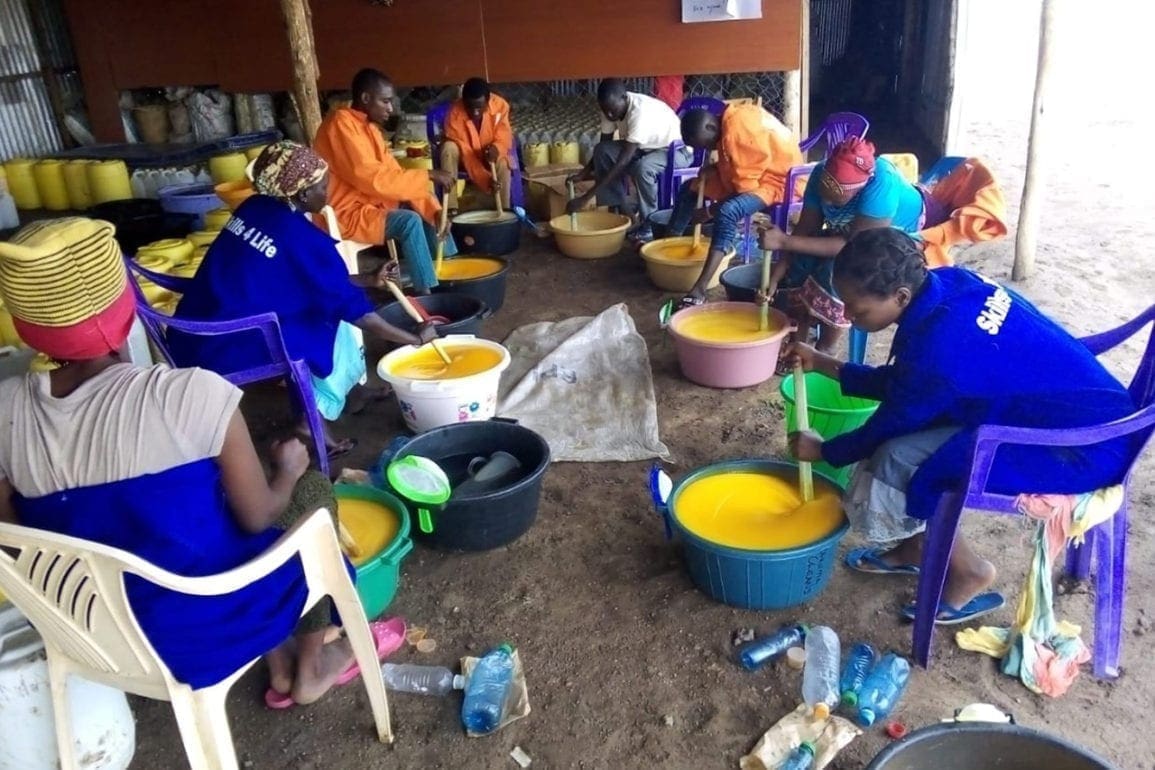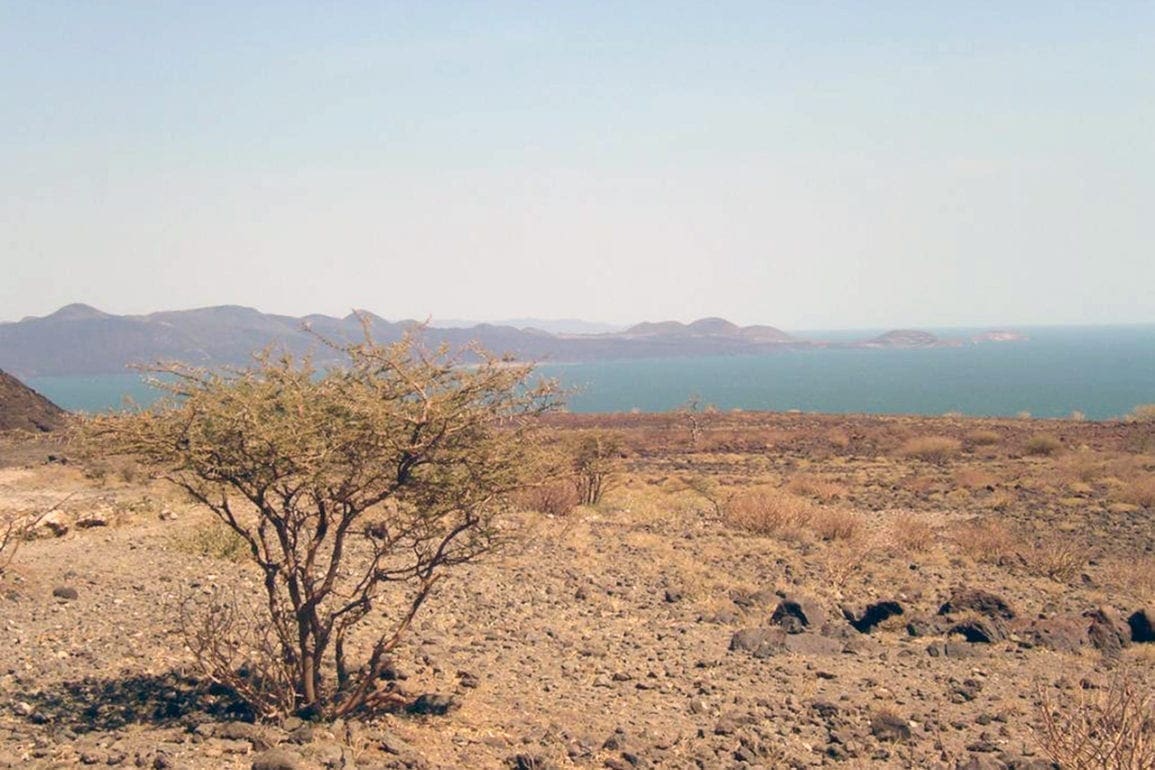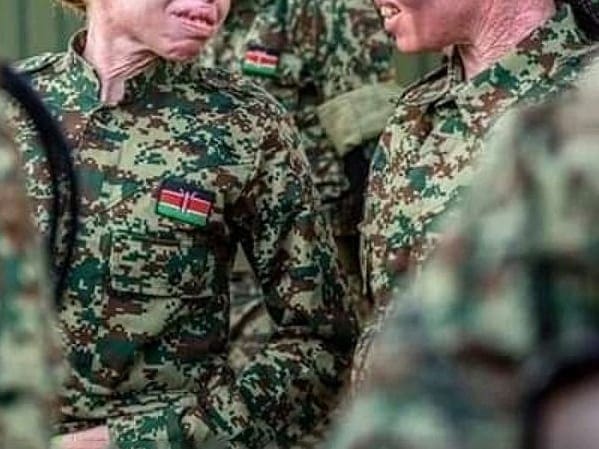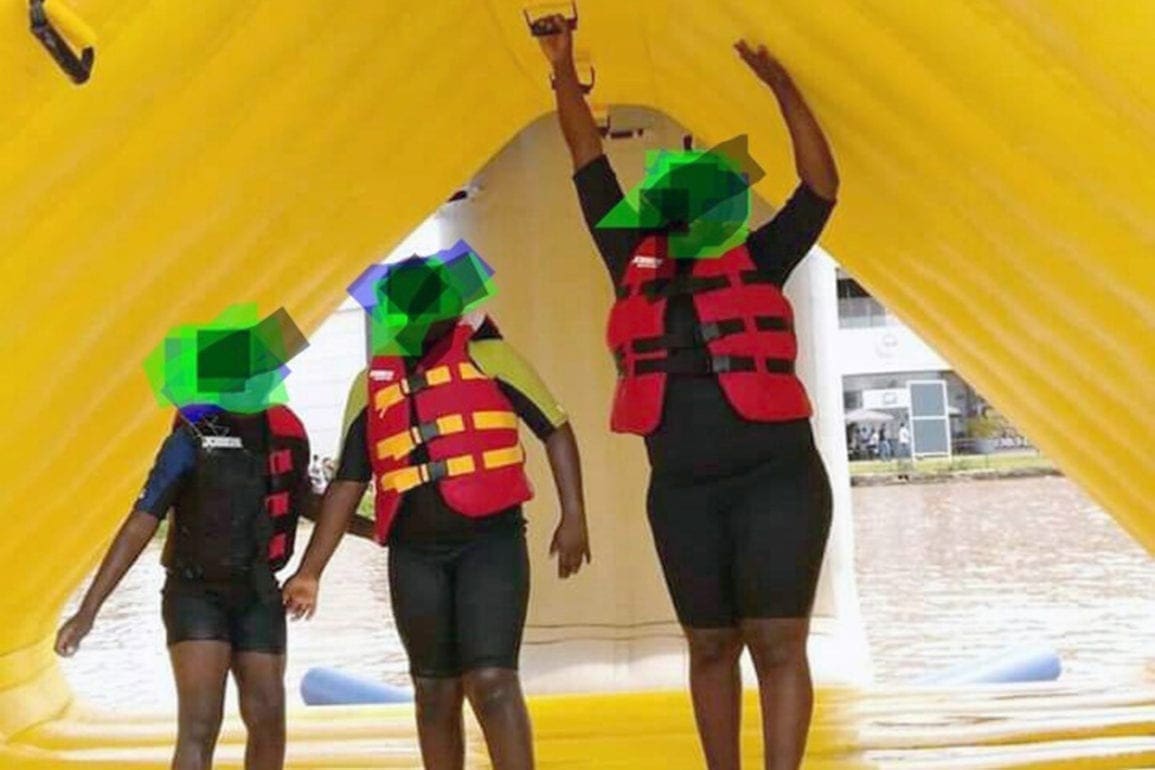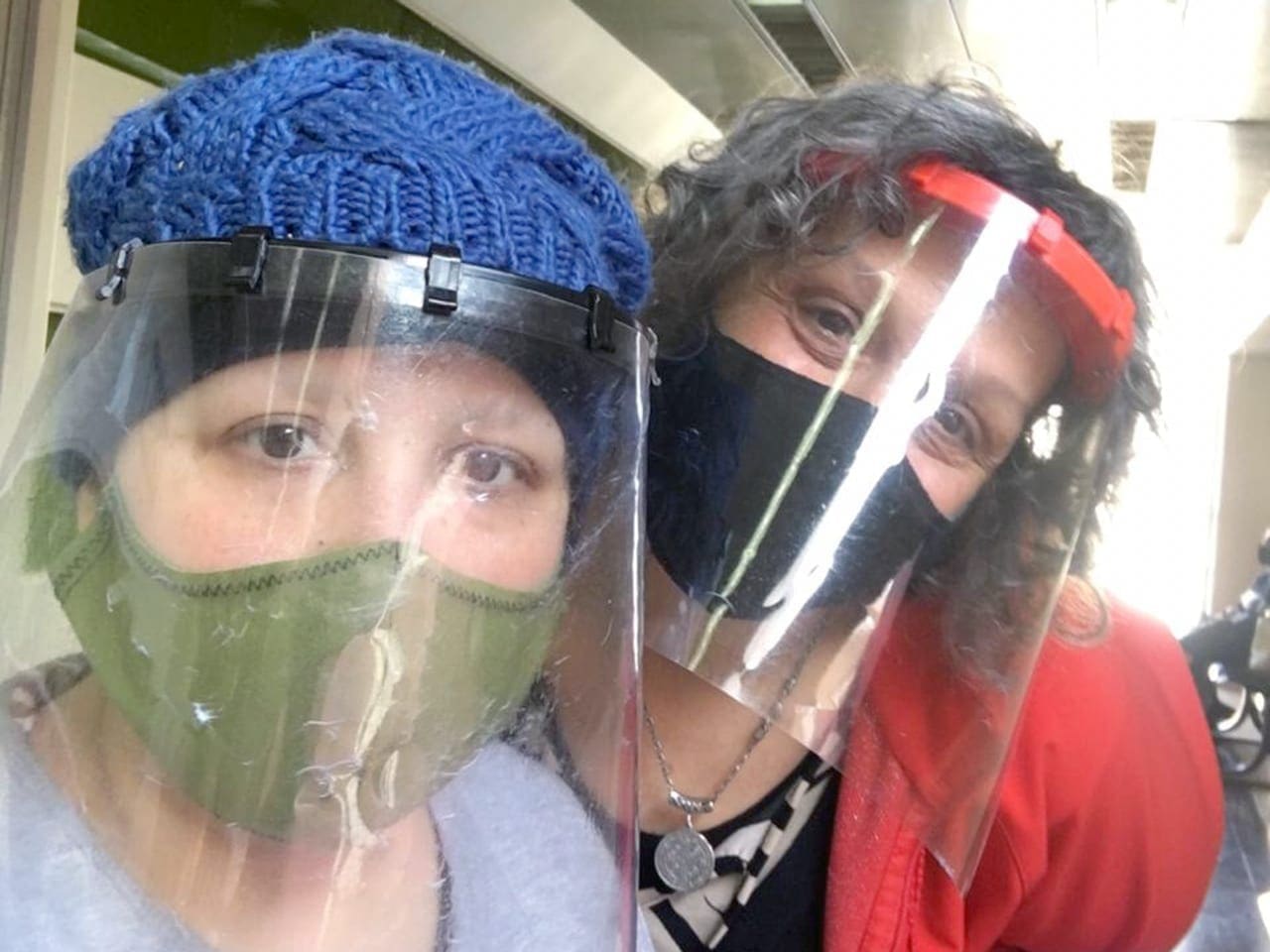The crime of pharmaceutical costs: Baby Nachito needed “the most expensive medication in the world” at millions of dollars per treatment
When we learned of Nachito’s positive result for SMA, it felt catastrophic. I rushed to my uncle’s house where the family had gathered and delivered the news. It looked like someone doused us in a bucket of cold water.
- 2 years ago
January 24, 2024
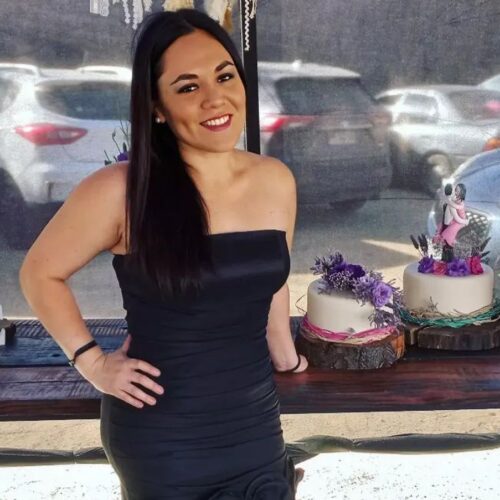
SANTIAGO, Chile ꟷ My nephew Nachito came as a surprise to my sister Camila and Joaquín. An incredibly healthy couple, we imagined little Nachito going to the gym and playing ball his father. We pictured him climbing hills with Cami and learning CrossFit. Yet, things took a surprising turn when Nachito was a month and a half old.
At a routine checkup, the doctors noticed he was lethargic and very thin. An urgent referral to a pediatric neurologist led to a landslide of evaluations, all of which showed good results. He had healthy organs and mentally, his development looked superb. However, something was wrong with Nachito’s muscles.
The doctor’s ordered a genetic test for Spinal Muscular Atrophy (SMA) 1. [SMA is a serious and rare condition of the nerves that causes muscle wasting and weakness.] We read everything we could and waited 10 long days for the results to arrive.
The medication that would save Nachito’s life cost millions of dollars per treatment
When we learned of Nachito’s positive result for SMA, it felt catastrophic. I rushed to my uncle’s house where the family had gathered and delivered the news. It looked like someone doused us in a bucket of cold water. We knew what the diagnosis meant, and we were devastated.
The phrase “terminal illness” haunted me. With no treatment available for SMA in children under six months of age, I read about problems of all kinds: emotional, physical, and psychological. We searched and searched for answers.
“If this is a disease,” we thought,” there must be a treatment!” Finally, we discovered information about a medication used for SMA, but our hope turned to worry when we saw the price tag. [In December 2021, The Journal of Market Access & Health Policy revealed that Zolgensma, a gene therapy for treating Spinal Muscular Atrophy, was estimated to cost 1.9 million euros or over two million U.S. dollars. At the time, it was deemed the most expensive medication in the world.]
In Chile, we began working our networks while Camila and Joaquín visited eight different neurologists hoping for a different diagnosis. In the end, it was irrefutable. Nachito had Spinal Muscular Atrophy. In time, I discovered FAME Chile, a group of people with family members diagnosed with SMA. Paulina, the president of the group, offered as the opportunity to enter Nachito into a free clinical study. At the Biogen laboratory, Nachito received Sinrasa, a medication delivered every four months directly in the spinal cord. At the same time, doctors denied us the necessary medication Zolgensma.
A little boy named Lucas died while awaiting the government’s evaluation
Throughout our journey, we met other families in the fight for their children’s lives who managed to raise the necessary money for Zolgensma. On November 1, 2022, my sister’s best friend urged us to make an Instagram. We crafted flyers and launched our campaign. The mayor and the people of Curicó offered immense support and we connected with the press, along with help from Joaquín’s family.
As we continued our efforts to raise money, we also took on political and judicial action. When I first began meeting with politicians in the area, I felt dismissed, but I remained insistent. Finally, we received an invitation to a public appearance of President Gabriel Boric. One of the President’s campaign slogans claimed “Bingo should not be necessary for good health,” so I made a poster that read, “Mr. President, we continue to play Bingo.”
I could hear the President’s speech as he talked about healthcare as I made my way through five security checkpoints. Finally, right there in the middle of his speech, I shouted, “Nachito needs to live!” This milestone brought significant political attention to our cause, and we gained support from some politicians.
When the State remained nonresponsive, we delivered a letter to the Minister. While the government remained open to solutions, commissioning experts to evaluate SMA cases, the five-month-long process had devastating effects. A little boy named Lucas died at six months old, before the evaluation was complete.
Ultimately, the commission denied Nachito and two other children their medication. Seeing my sister crying in our mother’s room, heartbroken for her son, strengthened my resolve. “I am stubborn,” I told her. “If I have a goal, I’ll see it to the end.” My conviction never wavered. “Negra,” I told her, “I don’t know how, but we are going to get the medication.”
The Chilean public health system was ordered to provide treatment to Nachito
We pushed back on the government’s decision through an appeal and placed our trust in the lawyer. Facing a lengthy judicial process, the waiting felt torturous. Then, in June of last year, the court heard our case and we won the State financing. An immeasurable happiness swept through us.
We did the math and in addition to our court win, we raised 800 million dollars through our campaign. Yet, we still felt desperate; time was not on our side. We needed to get Nachito started on his treatment. When the court ruled that Fonasa – the Chilean public health system – had to take responsibility for granting the medication, we were overcome with emotion. That Friday night, we cried our hearts out.
We spoke to the politicians who helped us and notified our campaign volunteers. The next day, we would go public on our social media page. Despite our heatfelt battle for Nachito’s life, we did get pushback. Some people on social media questioned our motives, insulted us for having private healthcare, and demanded to know what we would do with the money.
Many families rallied around us and we stayed positive. Camila and Joaquín even donated some of the funds to help other families at Christmas. Today, we look forward to the process. Little Nachito will have to be isolated for months while taking Zolgensma because it suppresses the immune system. His father Joaquín will stop working to remain home with his boy.
Thanks to the therapies so far, doctors feel positive about Nachito’s recovery. We still face a grueling process, but through our public campaign of hope, so many people have fallen in love with Nachito, and we look forward to a bright future.

